You don't need to like every episode of 'Doctor Who'. In fact, it's probably a good thing if you don't


© BBC



© BBC
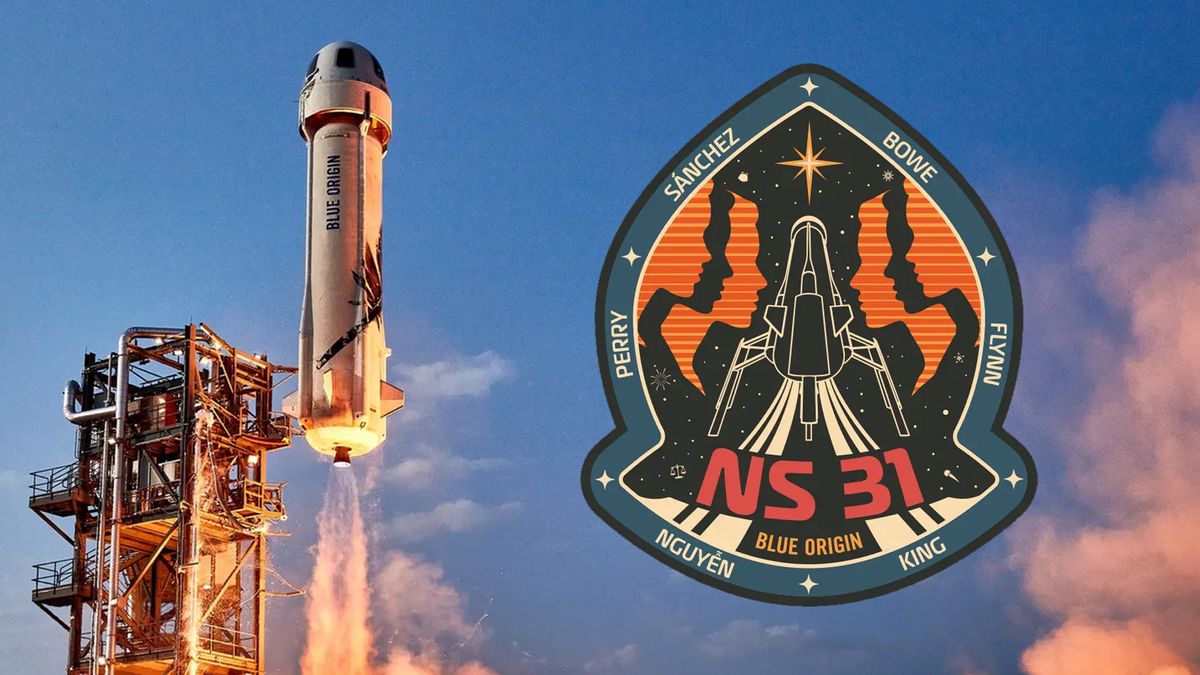


© Blue Origin
Author(s): Mark Buchanan
Observations link turbulence in the ionosphere—a region essential for communications—with far-away disturbances associated with Earth’s magnetic field.
[Physics 18, 81] Published Fri Apr 11, 2025
Author(s): Ryan Wilkinson
Improved methods for using electron spins to sense and control nuclear spins could benefit many quantum technologies.
[Physics 18, s38] Published Fri Apr 11, 2025
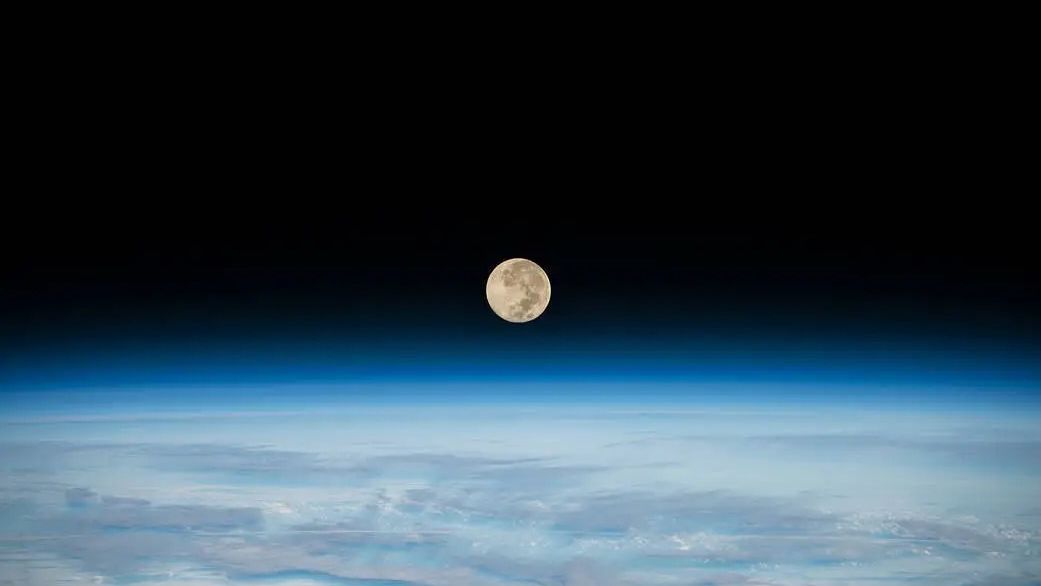


© NASA
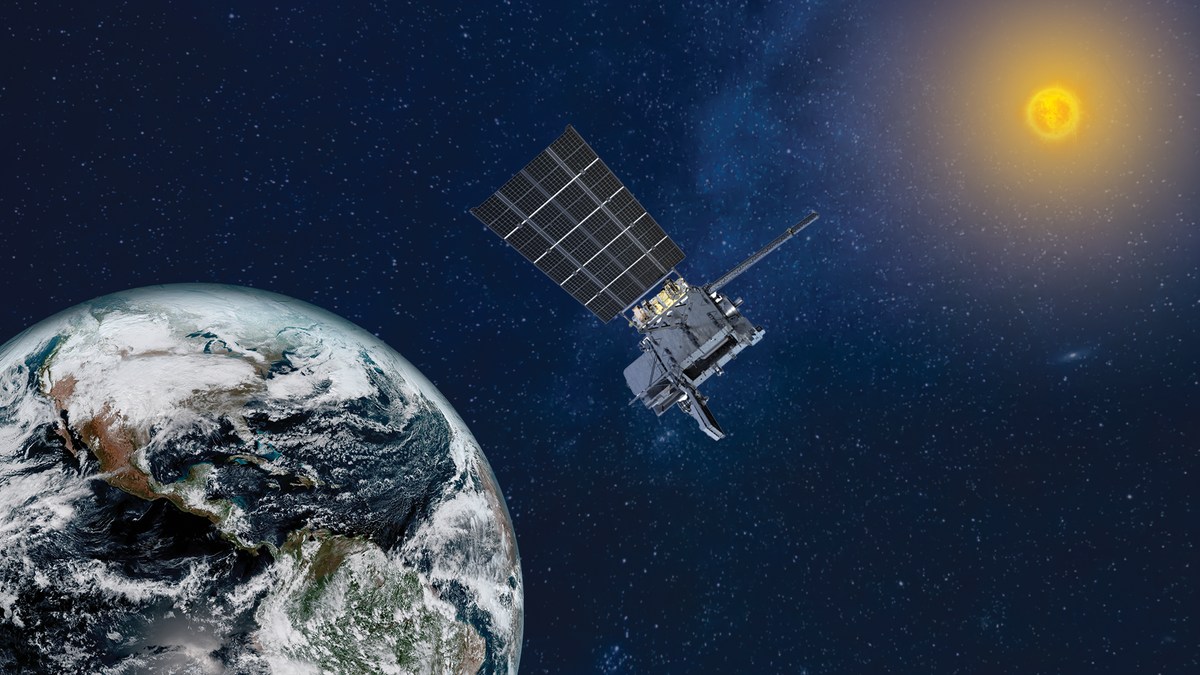


© NOAA



© Getty Images/Steinliland

NASA could see a 20 percent cut to its overall 2026 budget, with funding for its science division slashed in half, if a preliminary budget proposal from the White House is enacted. The cuts would, among other impacts, cancel several missions and shut down NASA’s Goddard Space Flight Center. The proposed cuts were laid outContinue reading "NASA faced with massive budget cuts in White House proposal"
The post NASA faced with massive budget cuts in White House proposal appeared first on Astronomy Magazine.

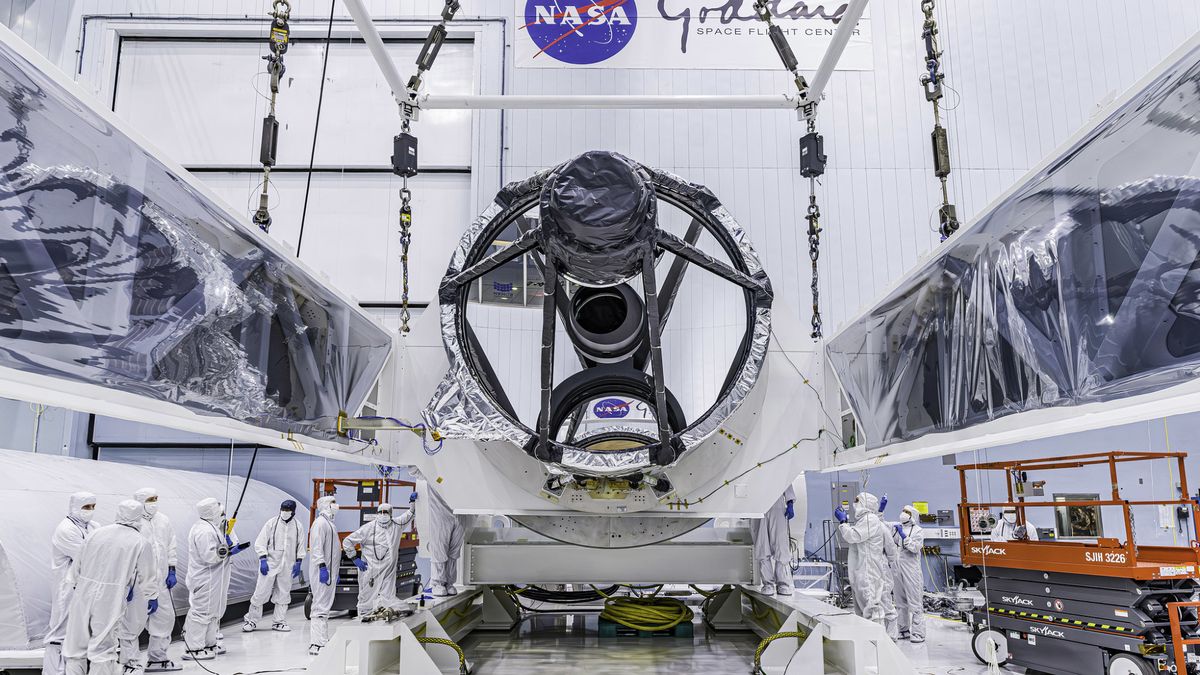


© NASA/Chris Gunn
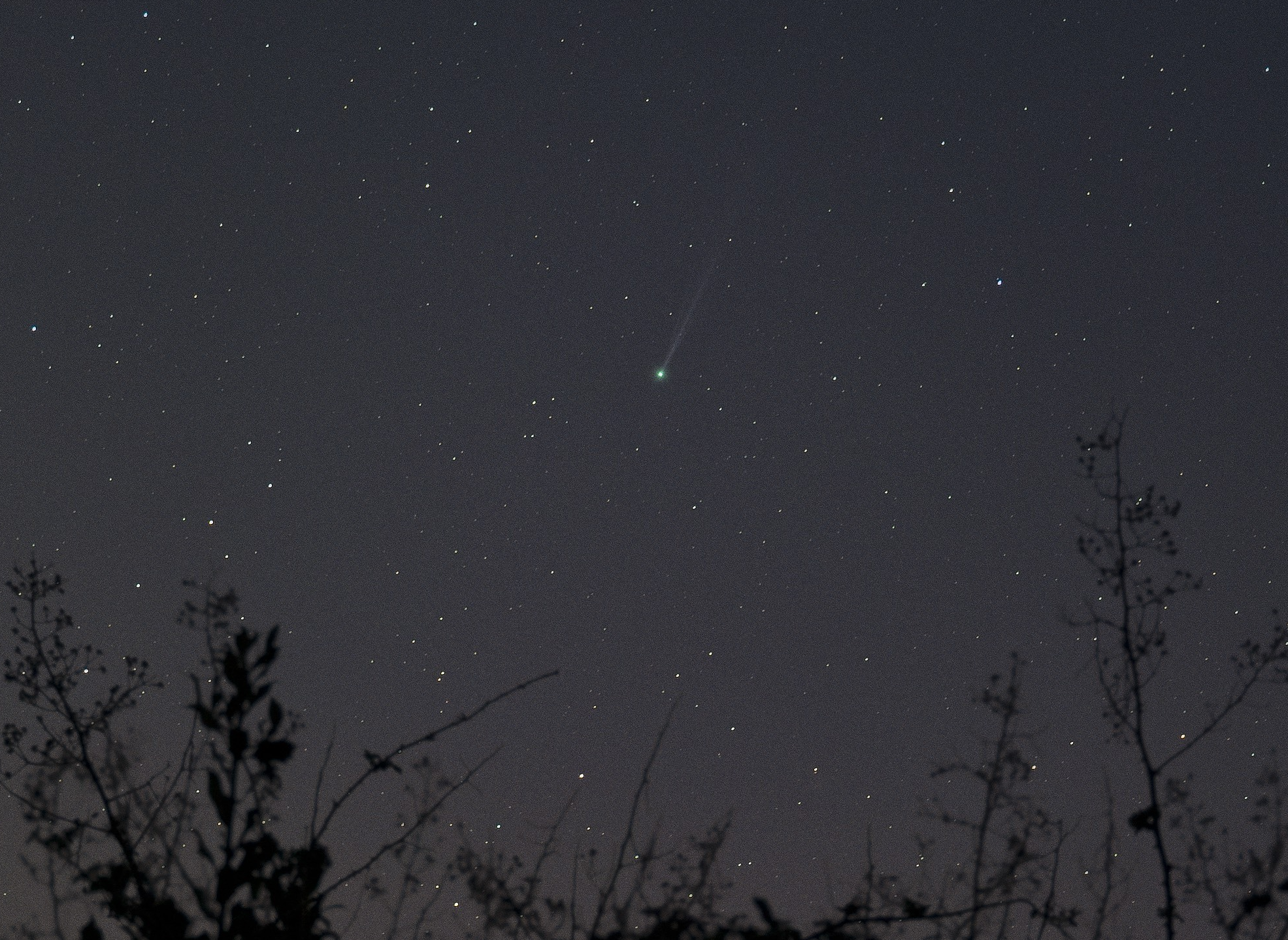
In late March, three amateur astronomers discovered Comet C/2025 F2 (SWAN). Immediately, predictions began appearing online stating the brightness this object might reach. But, as comet discoverer David Levy says, “Comets are like cats. They have tails and do what they want.” In other words, don’t bet the house that current predictions will come true.Continue reading "C/2025 F2 (SWAN): A new comet is in the spring sky"
The post C/2025 F2 (SWAN): A new comet is in the spring sky appeared first on Astronomy Magazine.

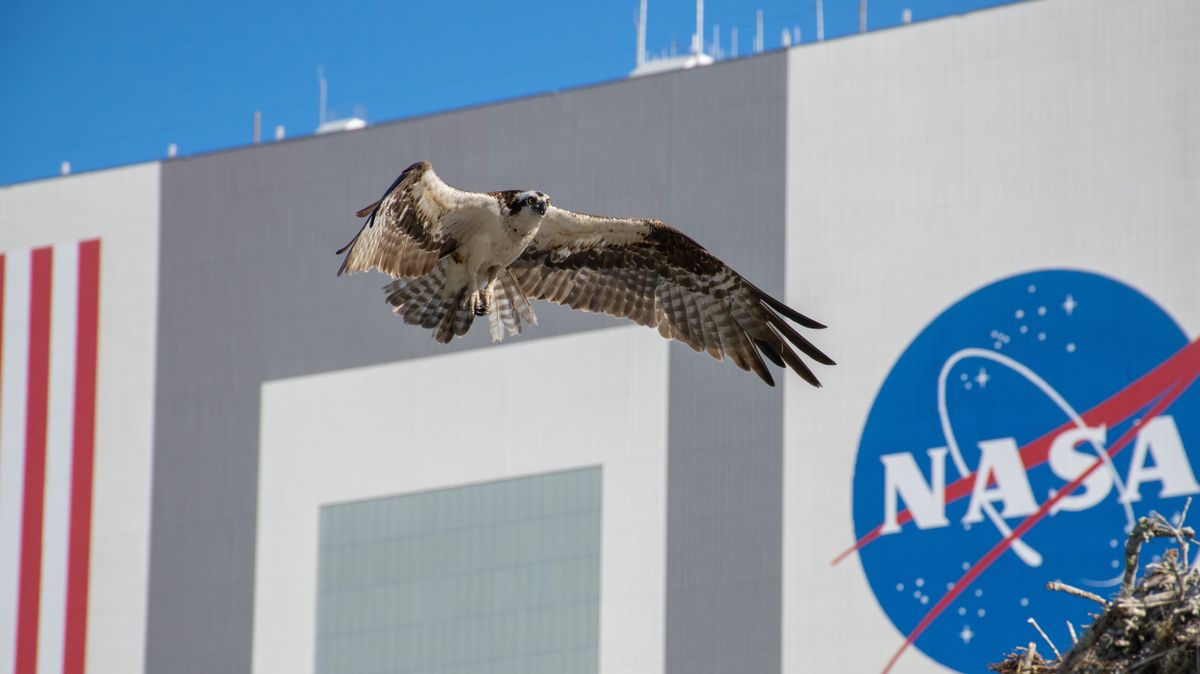


© Josh Dinner



© Marvel Studios



© Disney
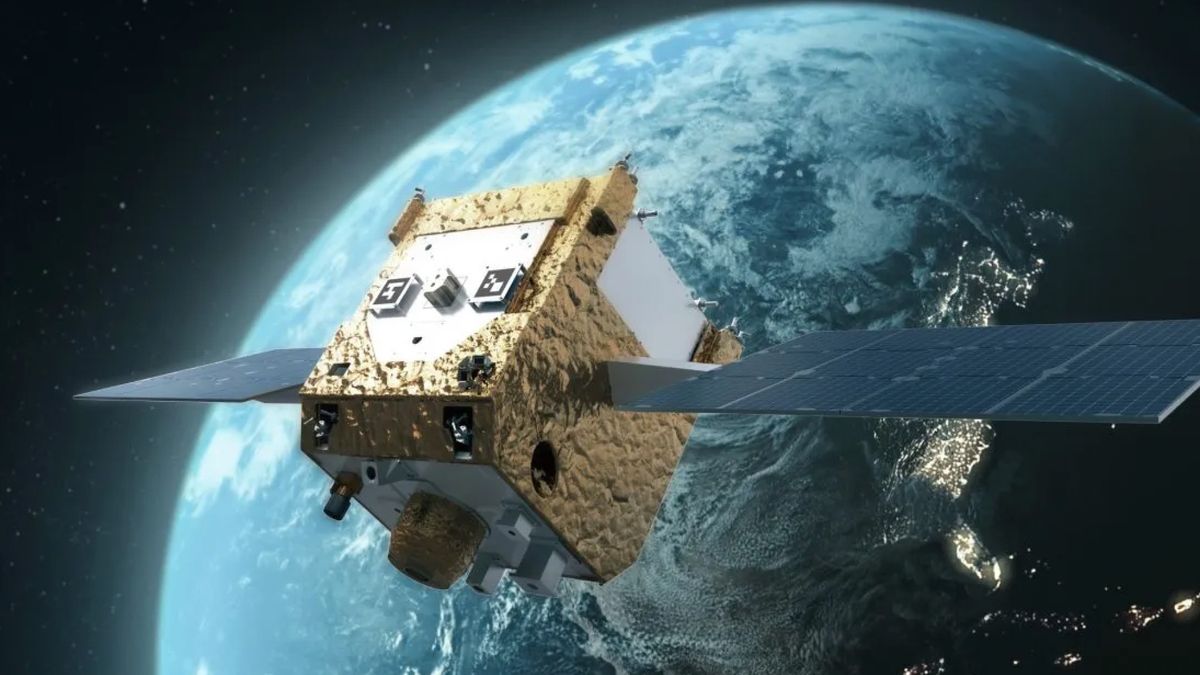


© Astroscale



© BBC Studios/Bad Wolf/James Pardon



© Robert Lea (created with Canva)
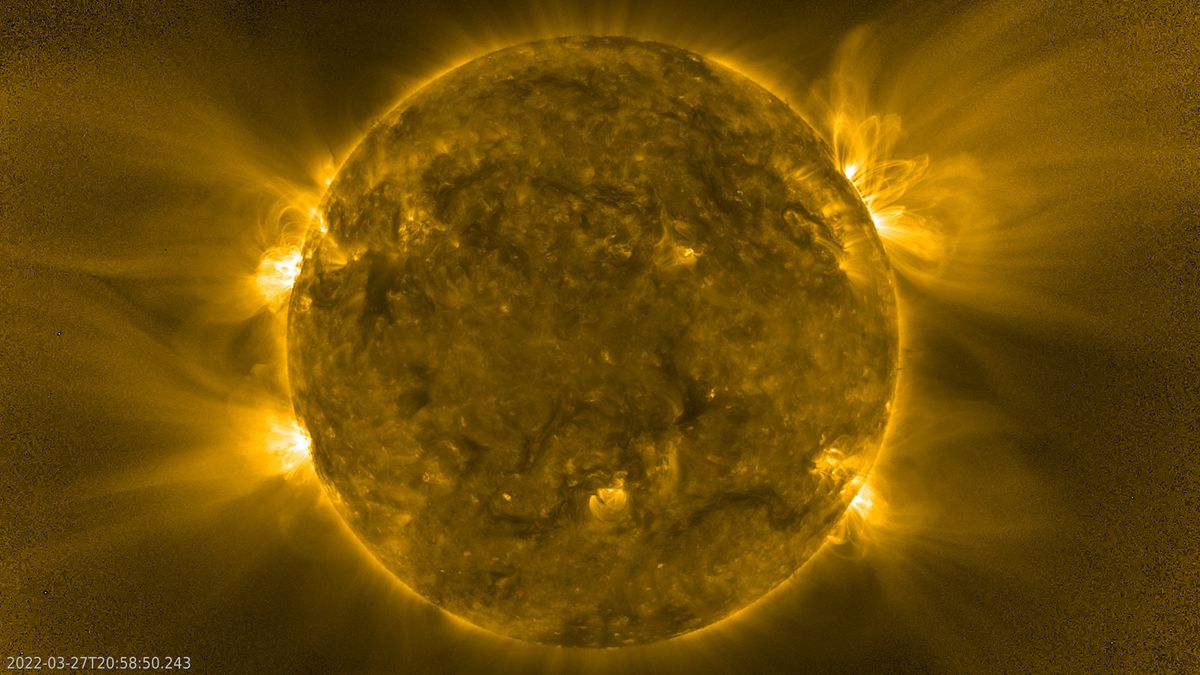


© ESA



© Simon Stålenhag / Skybound Books



© blue origin

Sky This Week is brought to you in part by Celestron. Friday, April 11An hour after sunset, the bright planet Jupiter stands out in eastern Taurus, forming a V with the two tips of the Bull’s horns, Zeta (ζ) Tauri and Gamma (γ) Aurigae. Below Jupiter shines Aldebaran, the Bull’s alpha star, a magnitude 0.9Continue reading "The Sky This Week from April 11 to 18: The April Full Pink Moon shines"
The post The Sky This Week from April 11 to 18: The April Full Pink Moon shines appeared first on Astronomy Magazine.

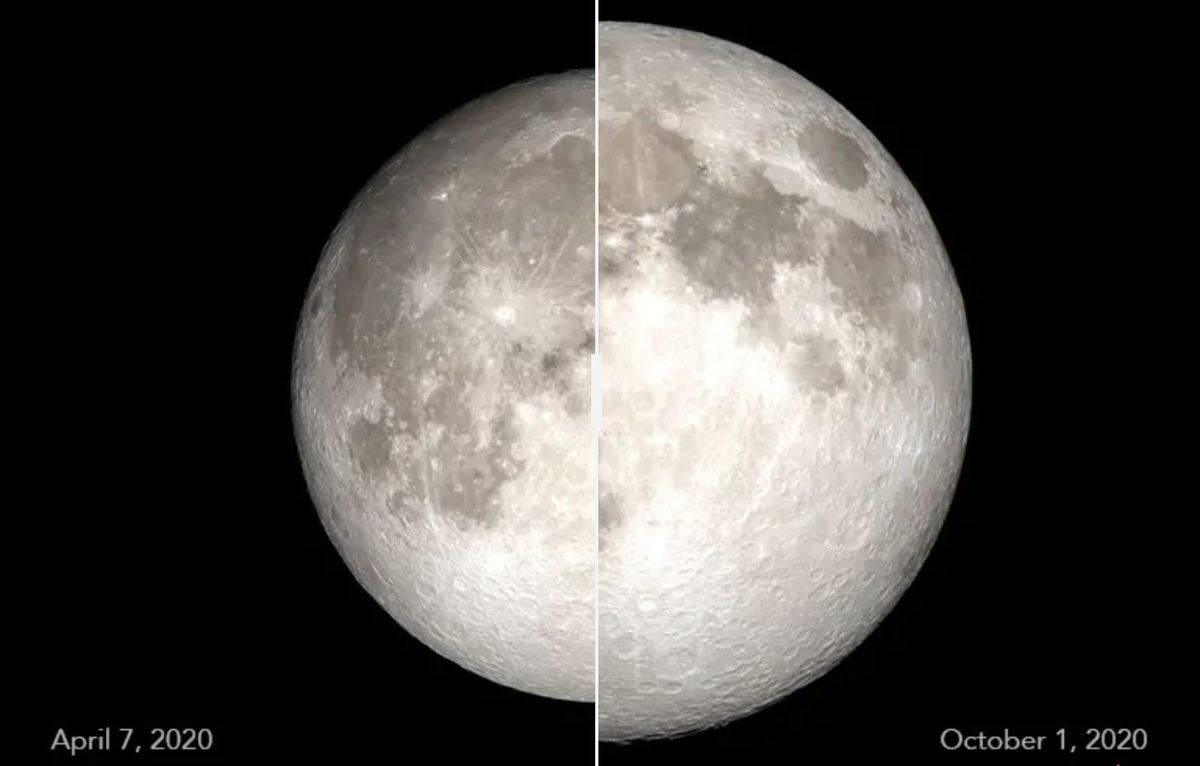


© NASA
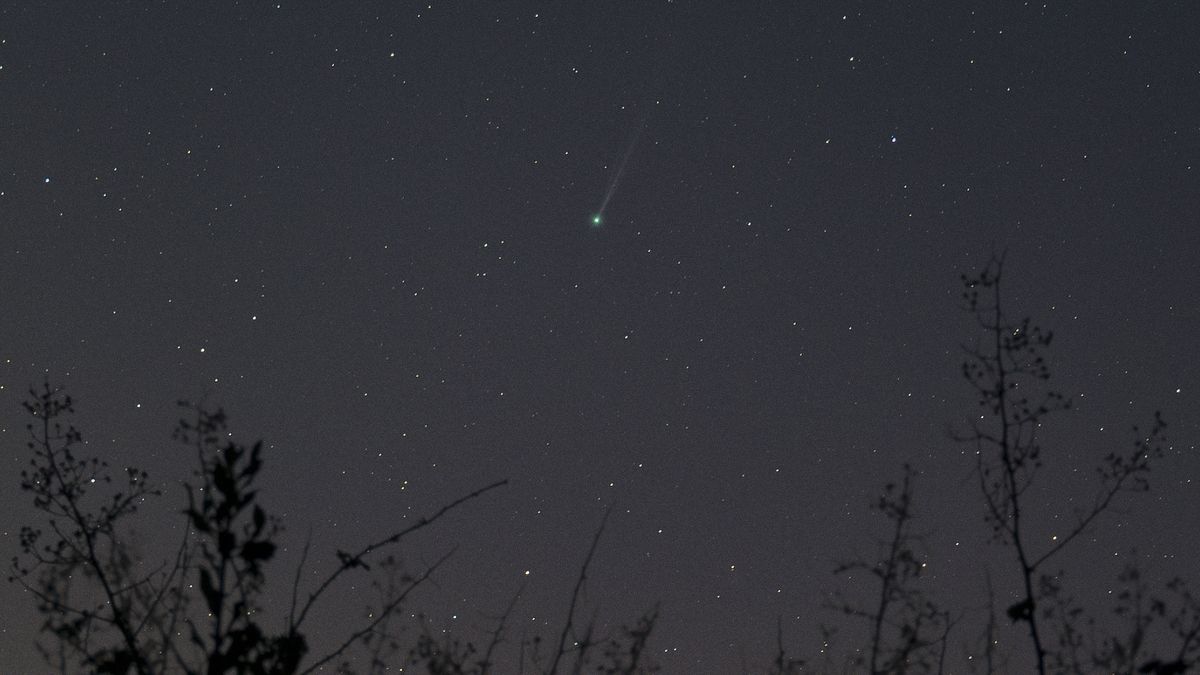


© Josh Dury



© Smithsonian/Dane Penland
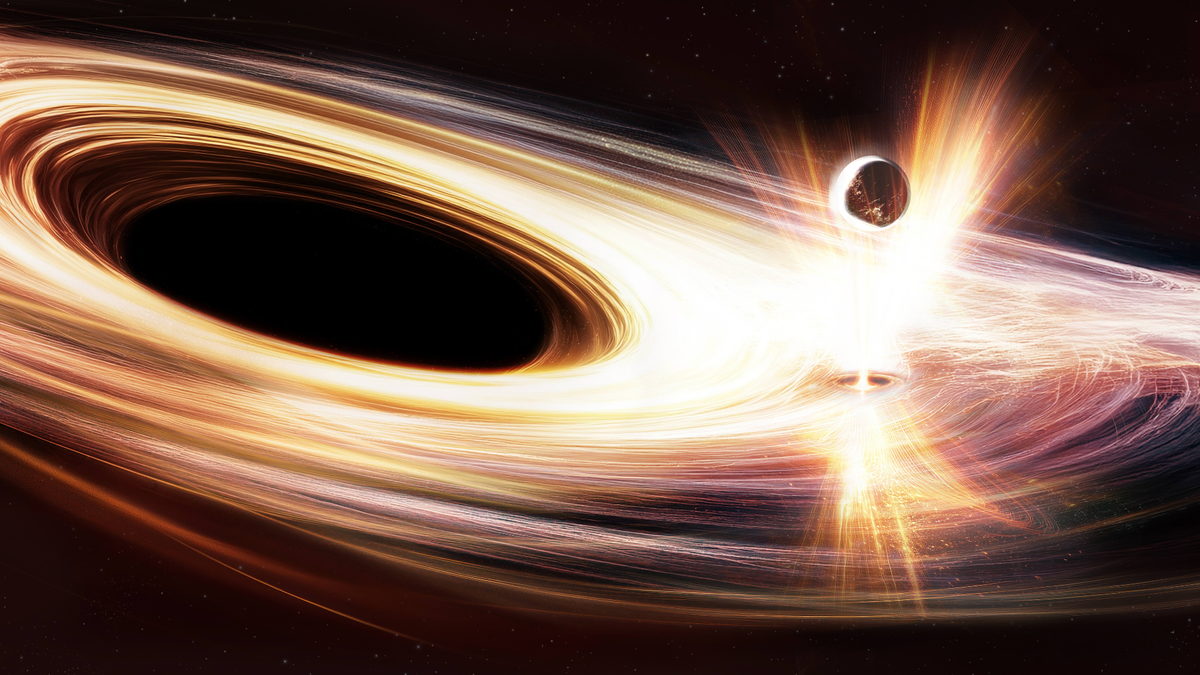


© ESA
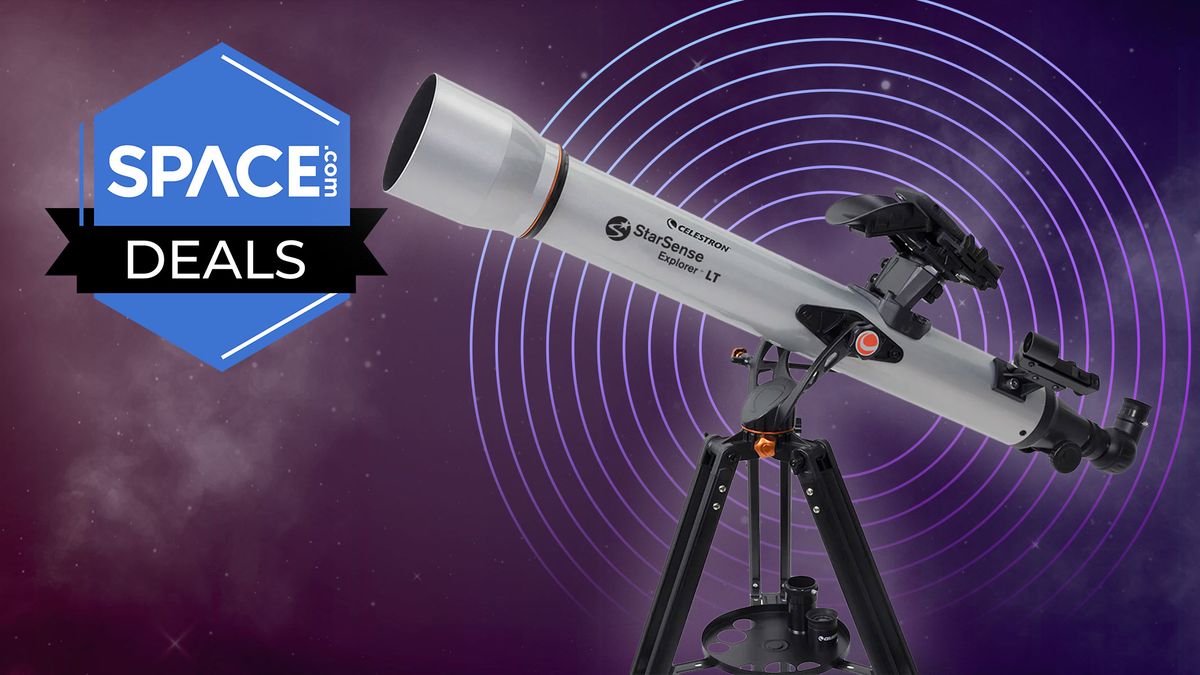


© Future, Celestron
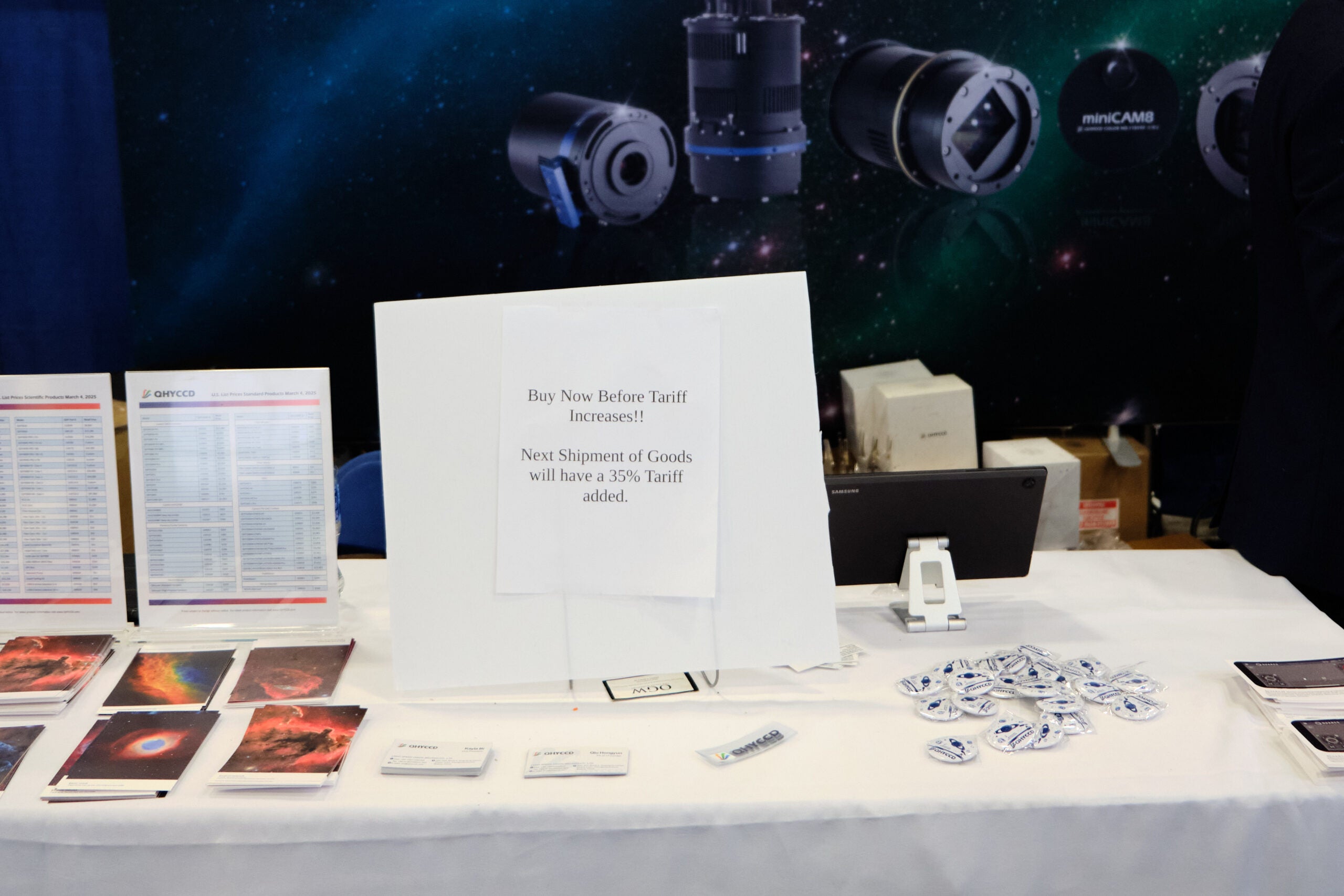
The telescope industry in the U.S. has been thrown into chaos as a result of the Trump administration’s escalating trade conflict with China, as manufacturers contemplate price hikes and worry about the possibility of slowing demand. In the latest round of tariffs, U.S. President Donald Trump announced April 9 that duties on goods imported fromContinue reading "Amateur astronomy industry grapples with tariff chaos"
The post Amateur astronomy industry grapples with tariff chaos appeared first on Astronomy Magazine.




© Craig T Fruchtman/Getty Images
Author(s): Rachel Berkowitz
A processor made of five-level, trapped-ion “ququints” captures the intricate particle–antiparticle interactions of quantum electrodynamics theory.
[Physics 18, 78] Published Thu Apr 10, 2025
Author(s): Charles Day
A new experiment challenges the notion that only exotic materials exhibit nonlinear transport phenomena.
[Physics 18, s44] Published Thu Apr 10, 2025
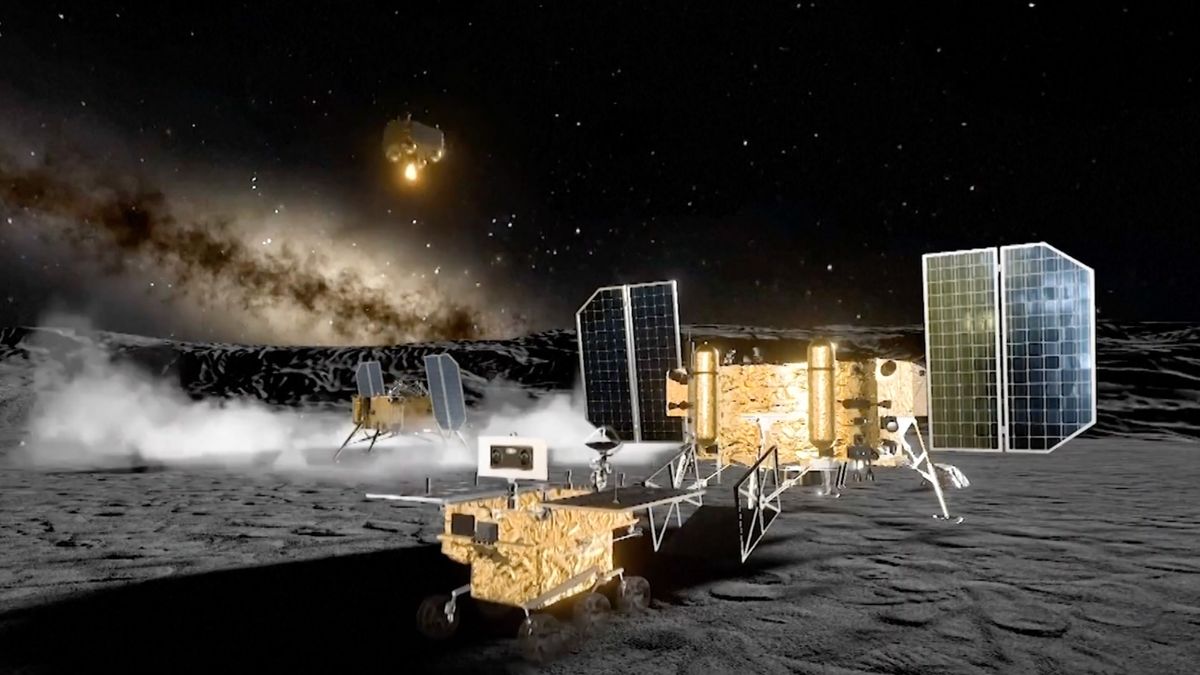


© CCTV



© Netflix
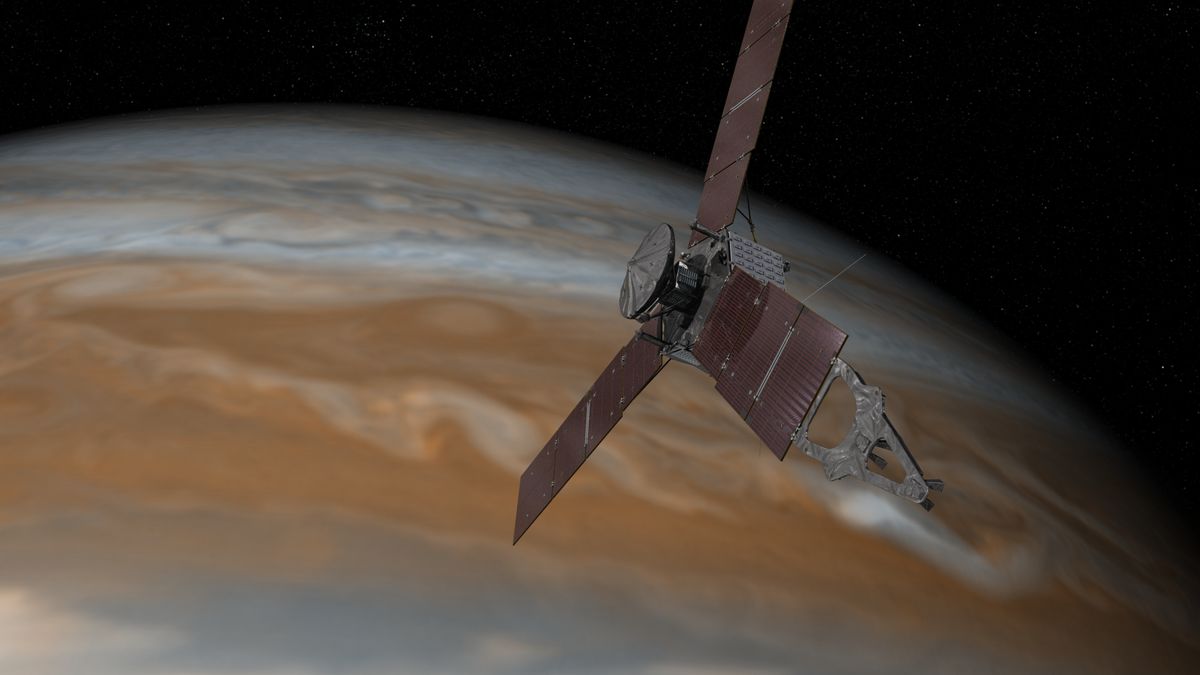


© NASA/JPL-Caltech

I’m leading another eclipse trip. No surprise there. I’ve traveled to observe 16 total solar eclipses, and on all but two of them I was the official astronomer. But this one’s special, even for me. First, it boasts the longest totality — 6 minutes 23 seconds — that anyone alive will be able to witness.Continue reading "Come with Astronomy associate editor Michael Bakich to Egypt"
The post Come with Astronomy associate editor Michael Bakich to Egypt appeared first on Astronomy Magazine.

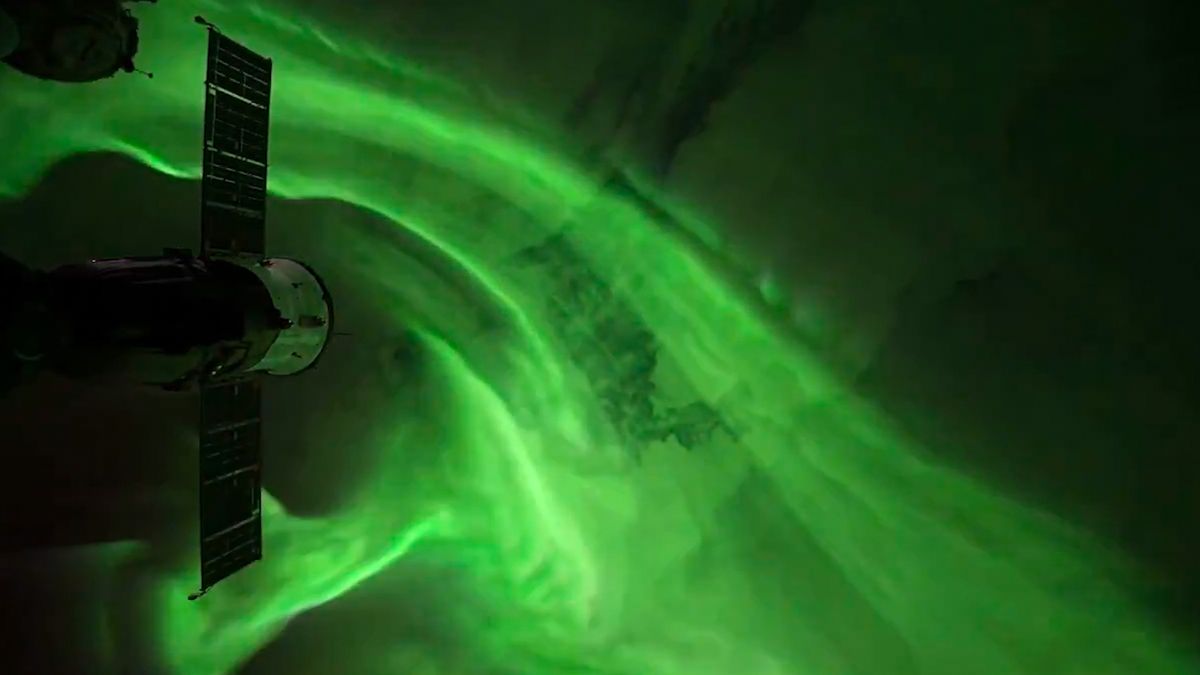


© Don Pettit/NASA
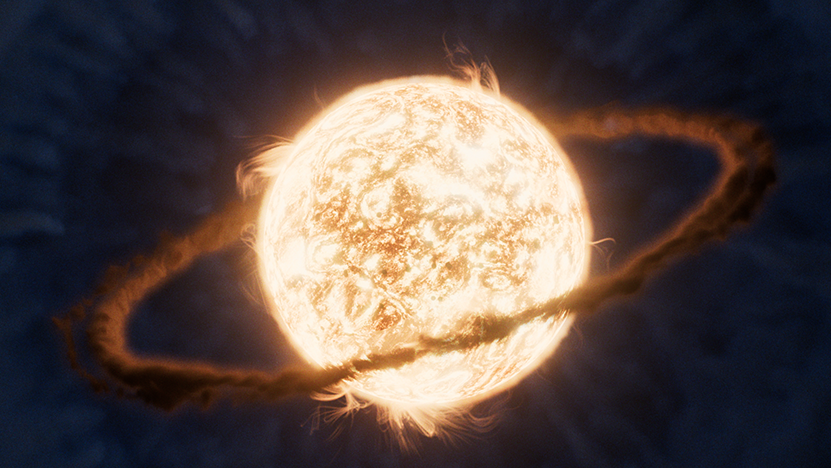


© NASA/ESA/CSA/Ralf Crawford (STScI)
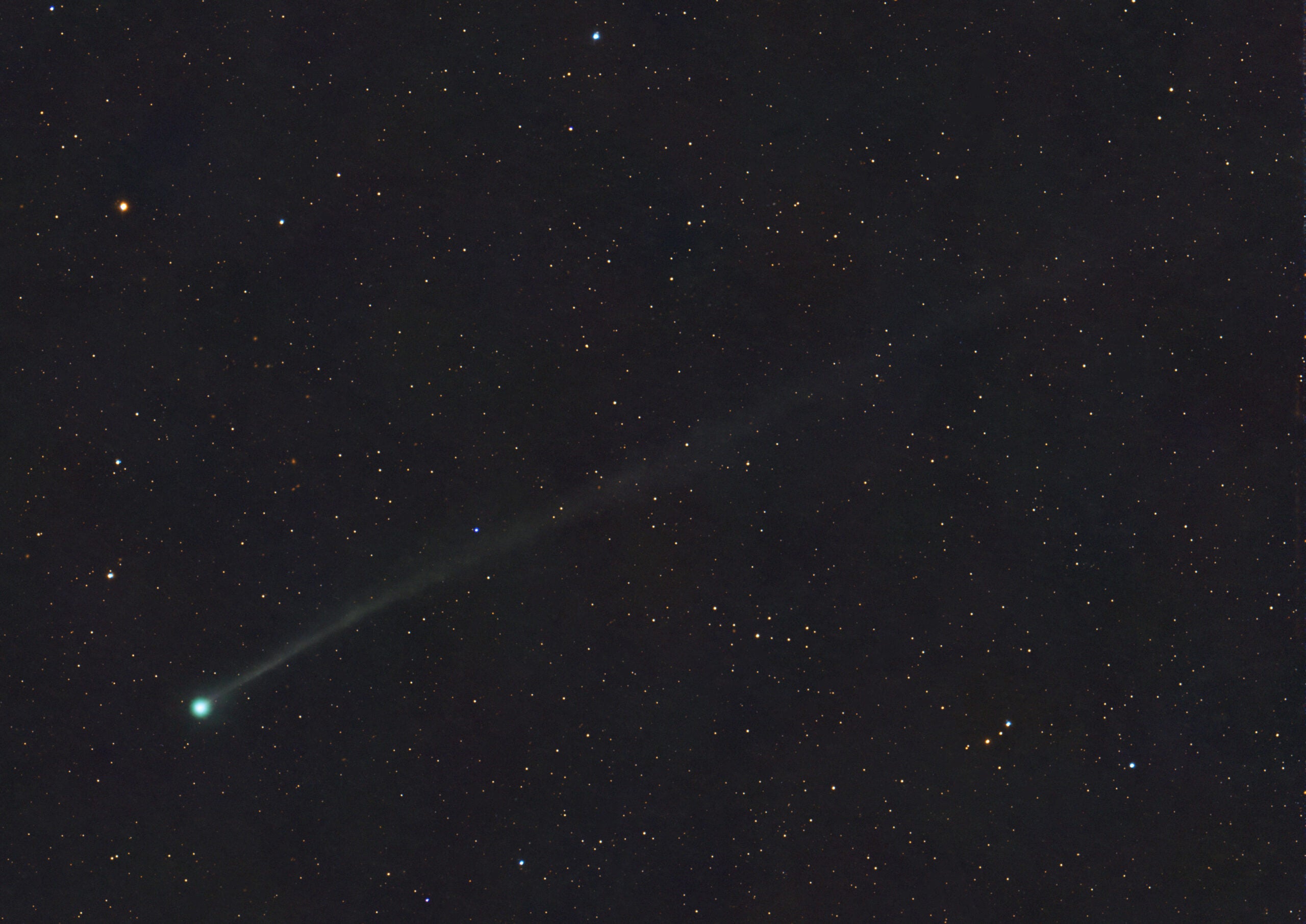
Chris Schur from Payson, Arizona Comet C/2025 F2 (SWAN), discovered March. 29 by amateur astronomers in public imagery taken by the Solar Wind Anisotropies (SWAN) camera on ESA’s Solar and Heliospheric Observer (SOHO) spacecraft, has reached magnitude 7.5. This imager caught the comet on April 8 in the morning sky with an 8-inch RASA scopeContinue reading "A fledgling SWAN"
The post A fledgling SWAN appeared first on Astronomy Magazine.




© NASA, ESA, Mélina Poulain, and STScI



© Apple TV+



© NASA


© 20th Century Studios / Hulu



© NASA/JPL-Caltech


© NASA


© Blue Origin
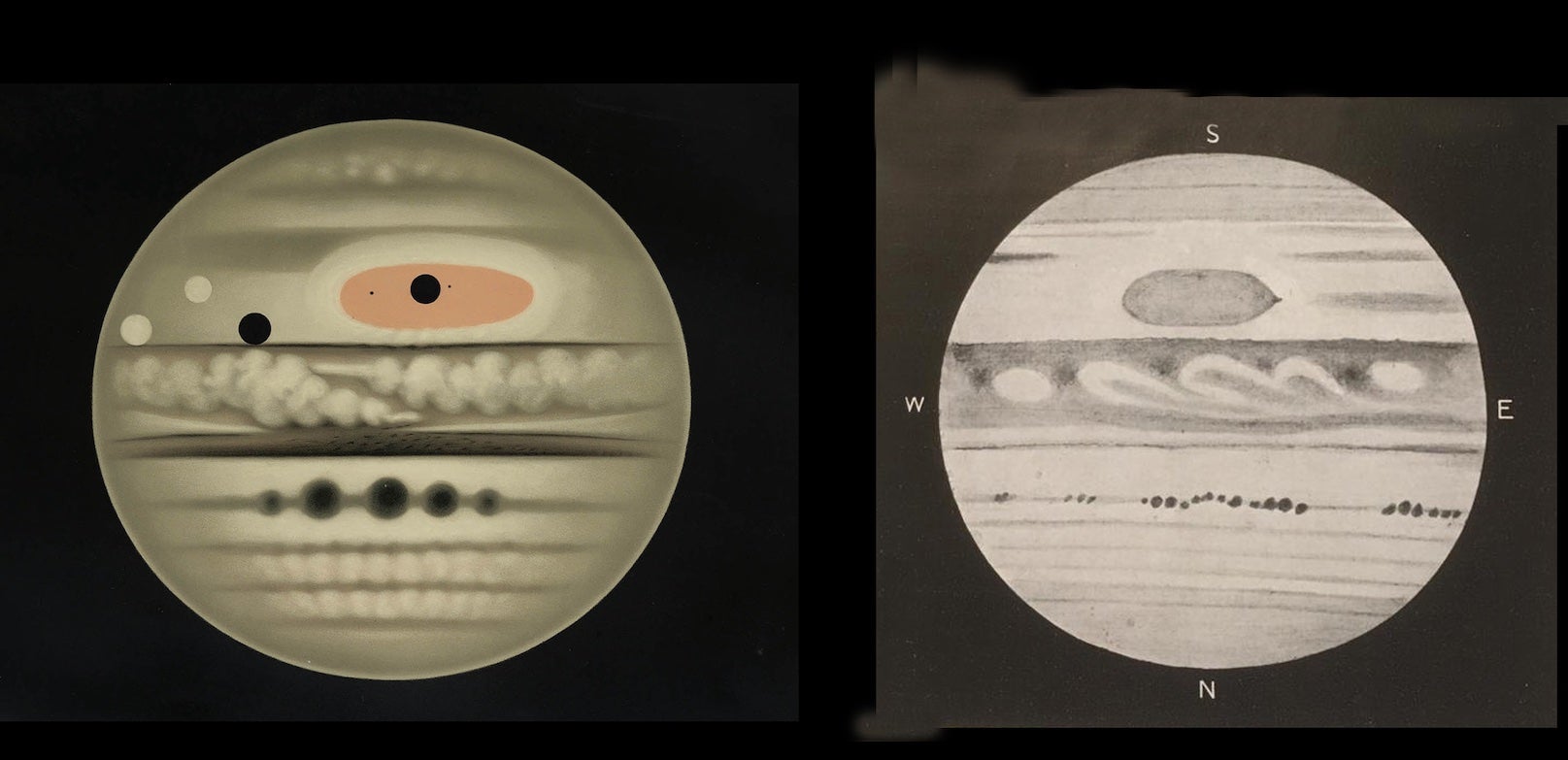
Lucky is the word I’d use for any telescopic observers who got to see one of the most stunning spectacles in nature when Comet Shoemaker-Levy 9 impacted Jupiter in July 1994. The collision left inky scars in the planet’s atmosphere that persisted for months, with the largest welts visible in even the smallest of telescopes.Continue reading "How you can observe impacts on Jupiter"
The post How you can observe impacts on Jupiter appeared first on Astronomy Magazine.




© NASA/Bill Ingalls
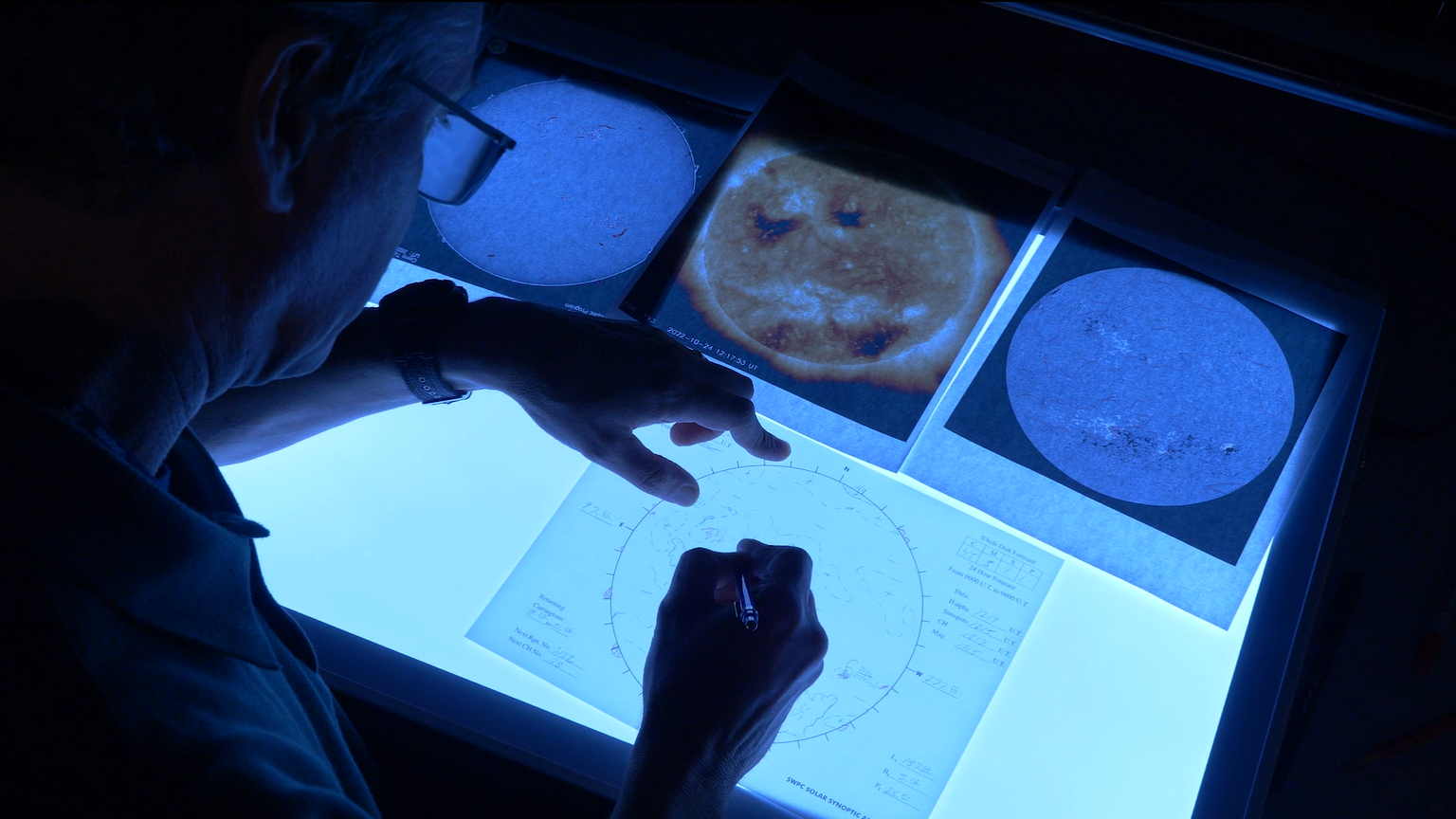

© SWPC
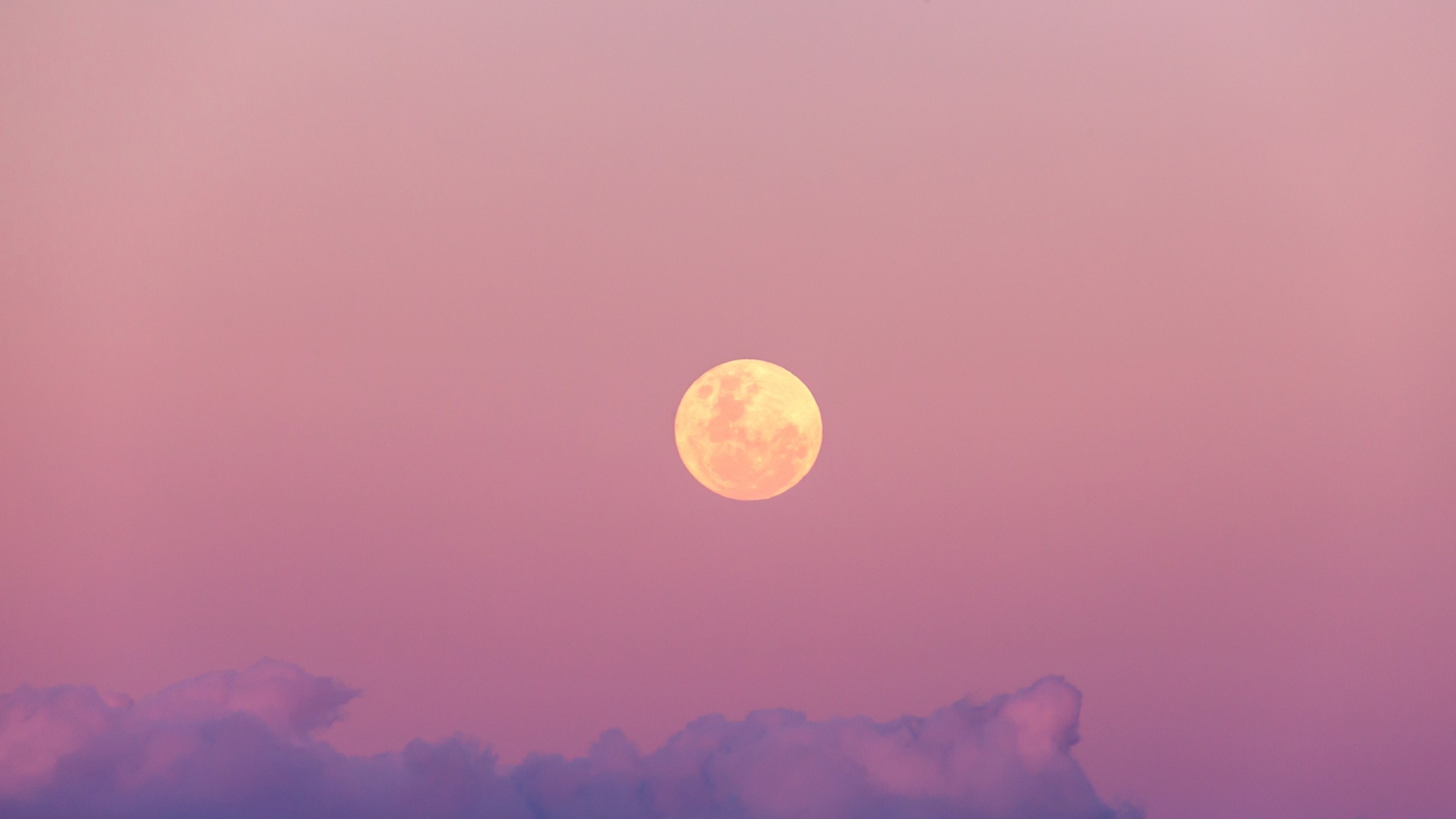

© Vicki Smith via Getty Images
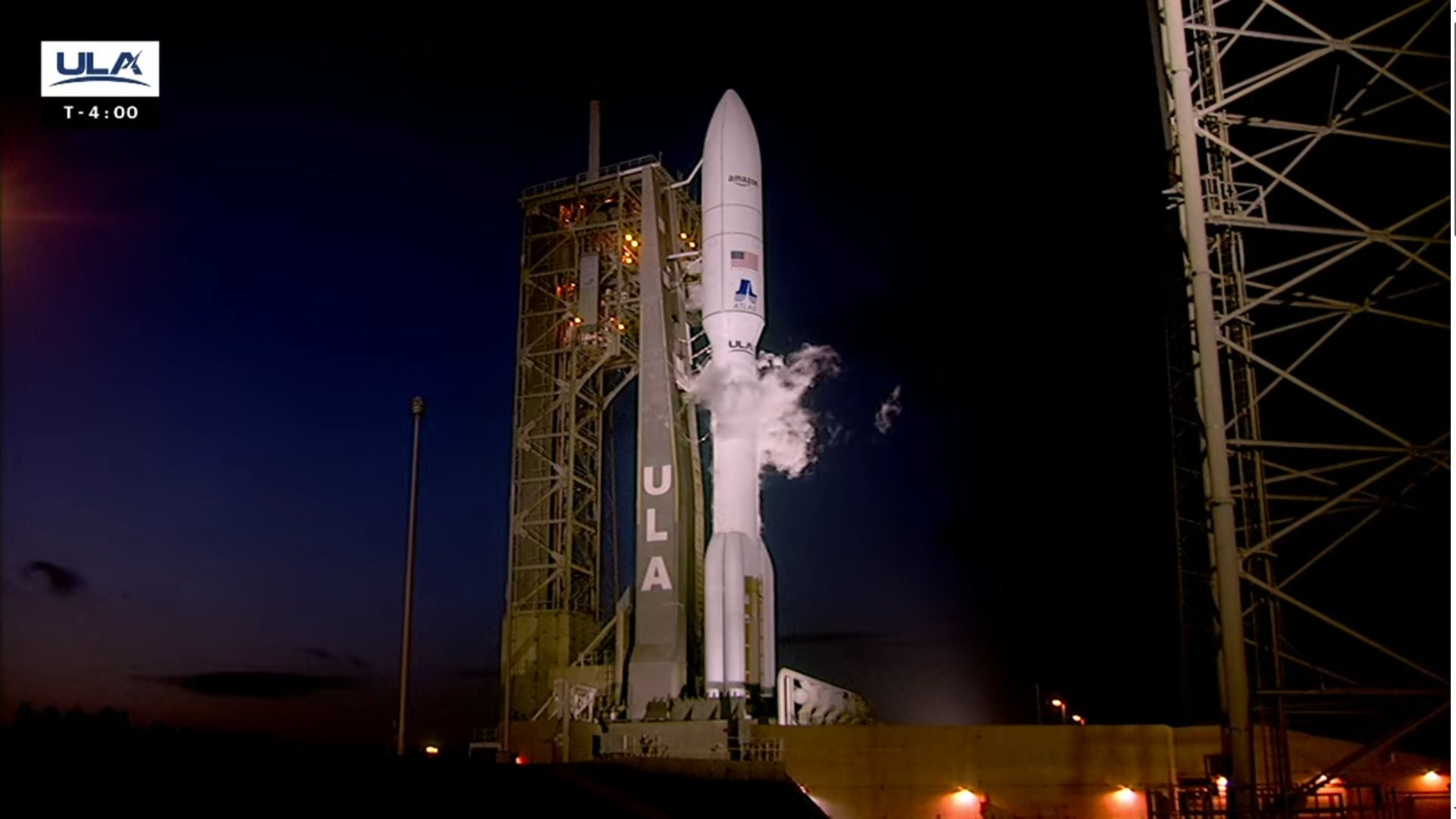

© United Launch Alliance
Author(s): Katherine Wright
A single molecule provides a controllable connection between a normal metal and a superconductor.
[Physics 18, 79] Published Wed Apr 09, 2025
Author(s): Agnese Curatolo
The interplay between microscopic and macroscopic dynamics in a brain-like network enhances the robustness of a state that optimizes the network’s performance.
[Physics 18, s54] Published Wed Apr 09, 2025
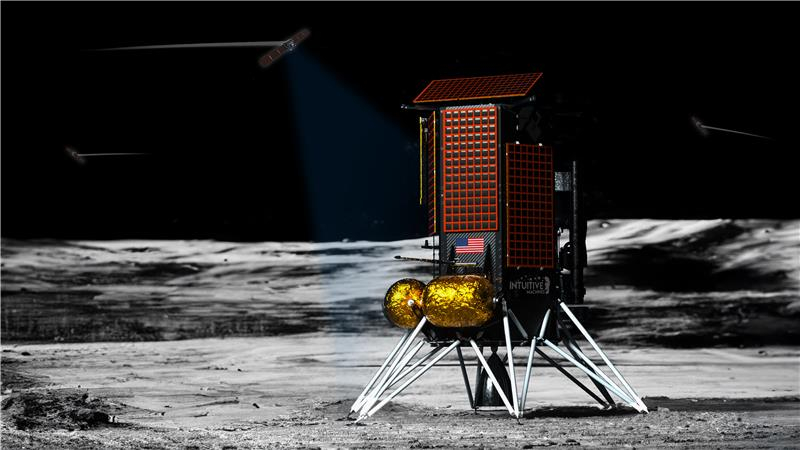

© Intuitive Machines
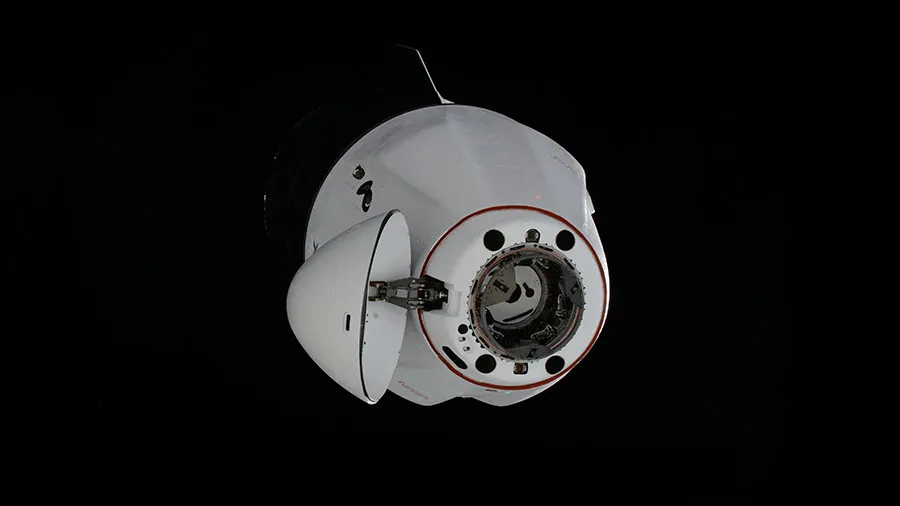

© NASA
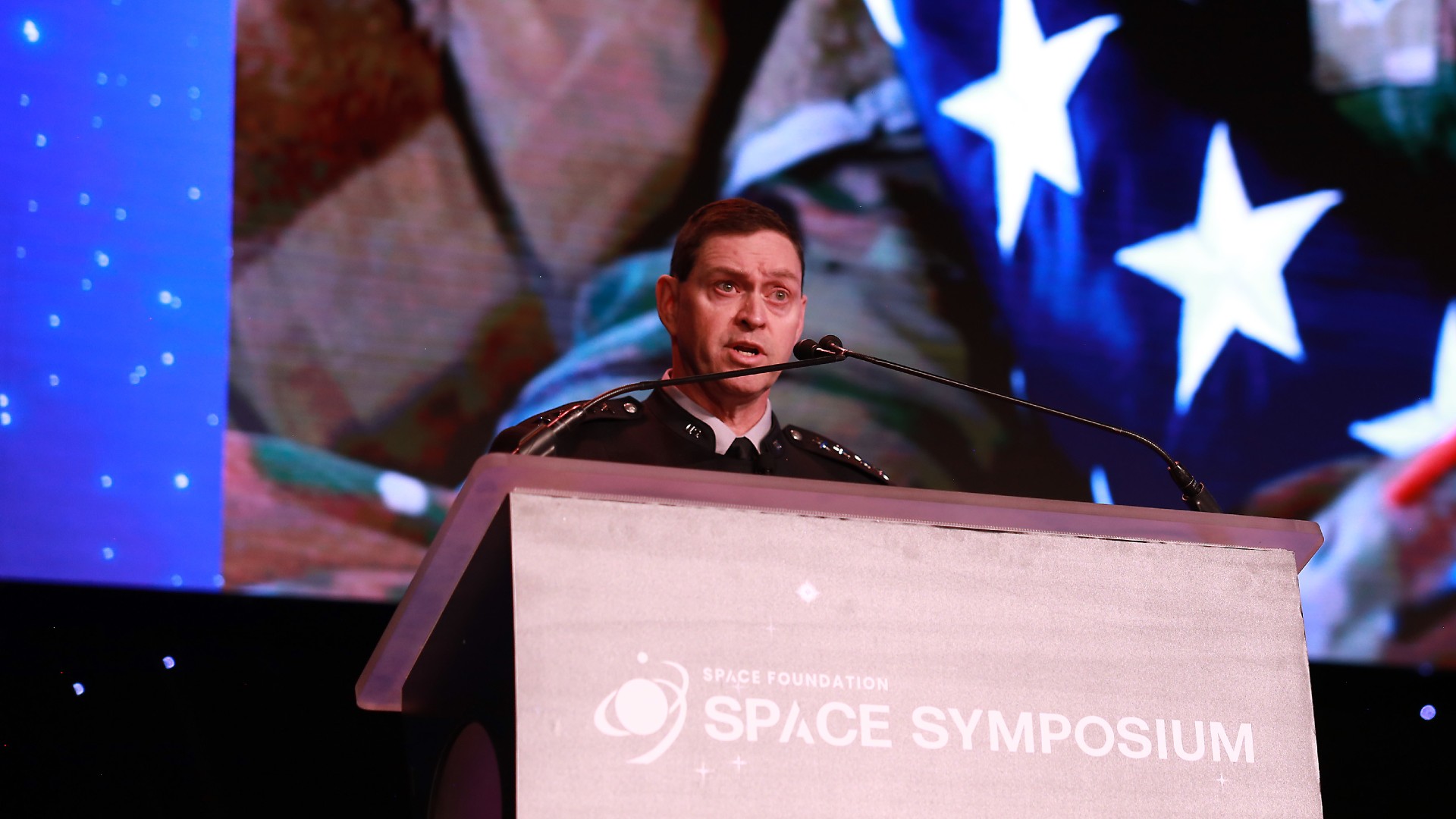

© Space Foundation


© CMSE


© NASA/Bill Ingalls
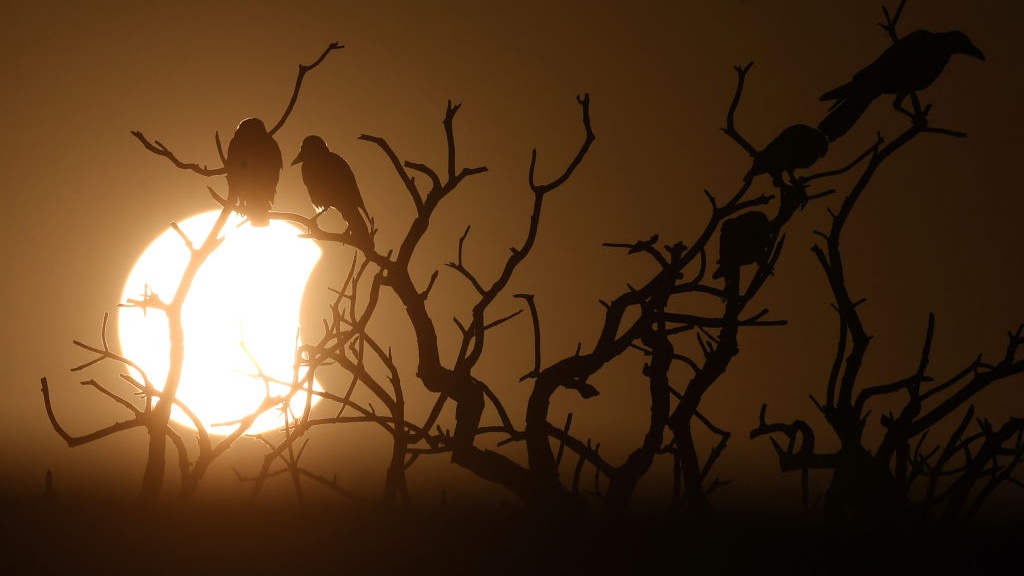

© ARIF ALI/AFP via Getty Images
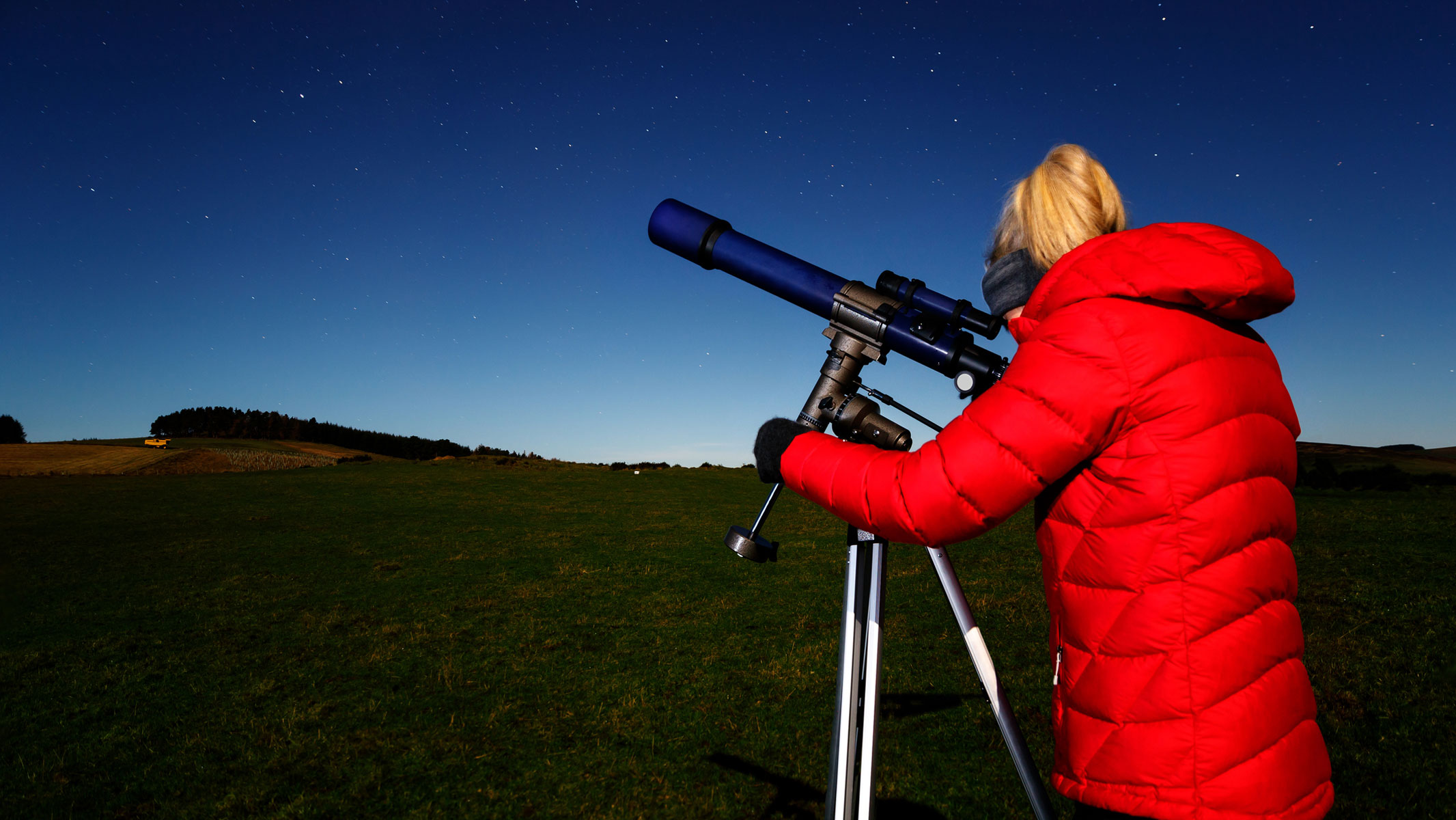

© Getty Images


© Space.com / Josh Dinner

As of 2025, astronomers have identified at least 14 stars within 10 light-years of the Sun. After the Alpha Centauri system, the next closest is Barnard’s Star, a solo red dwarf roughly 6 light-years away. And thanks to new observations, we now know that Barnard’s Star is orbited by four small, rocky exoplanets. But it’sContinue reading "Three new planets found around Barnard’s Star"
The post Three new planets found around Barnard’s Star appeared first on Astronomy Magazine.



© Space Foundation
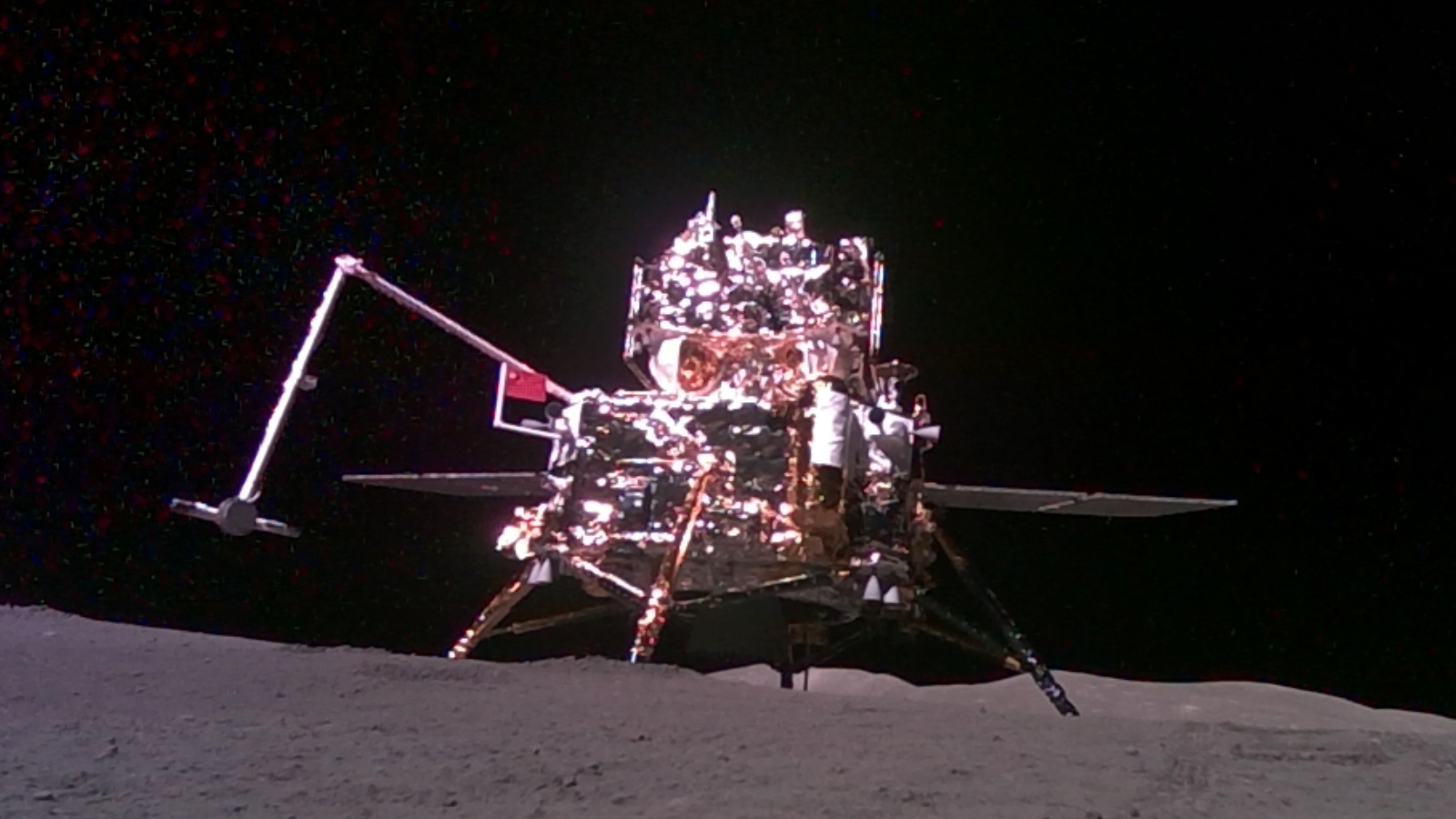

© CNSA
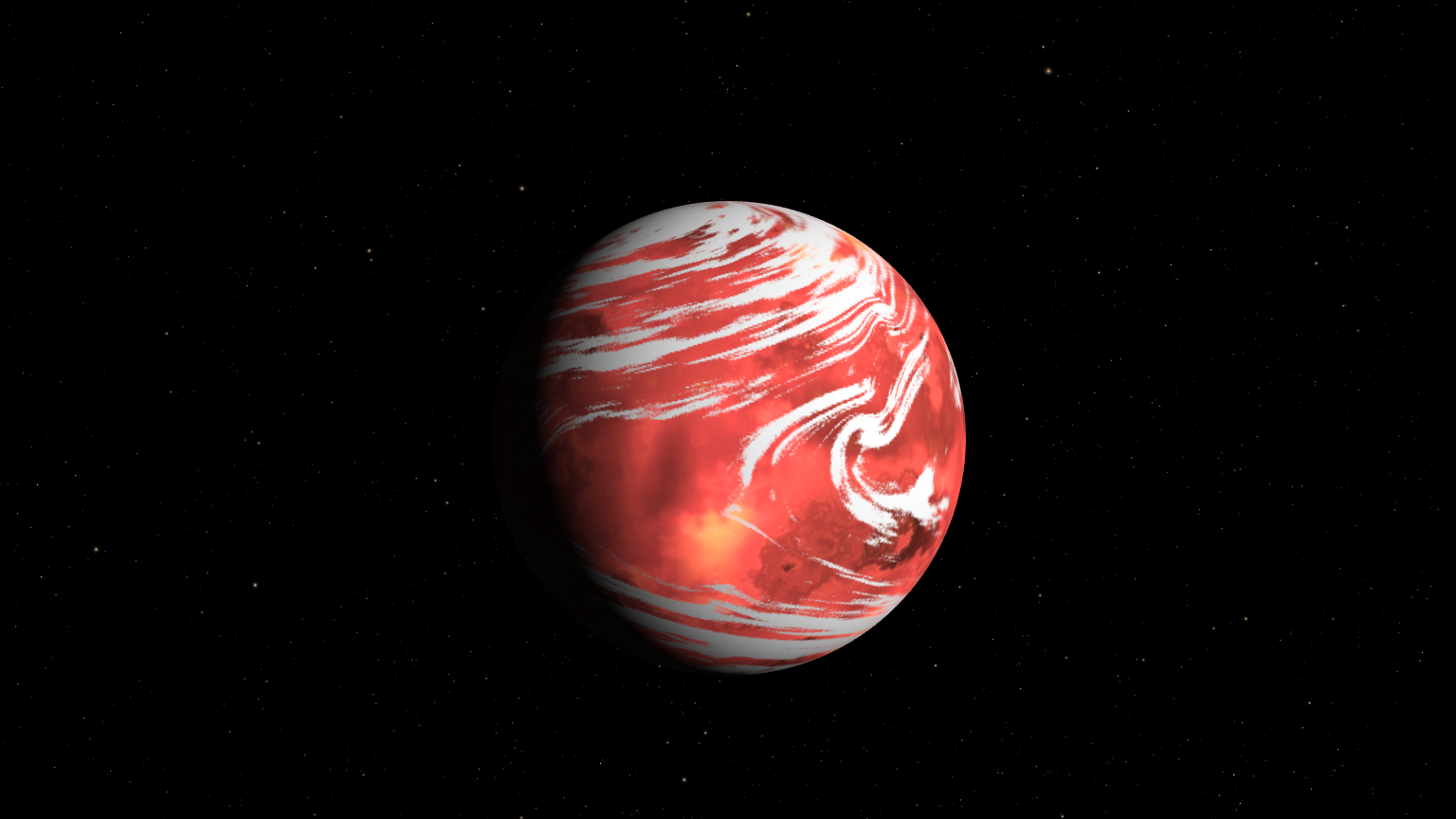

© NASA


© Nikon, Future


© 20th Century Studios
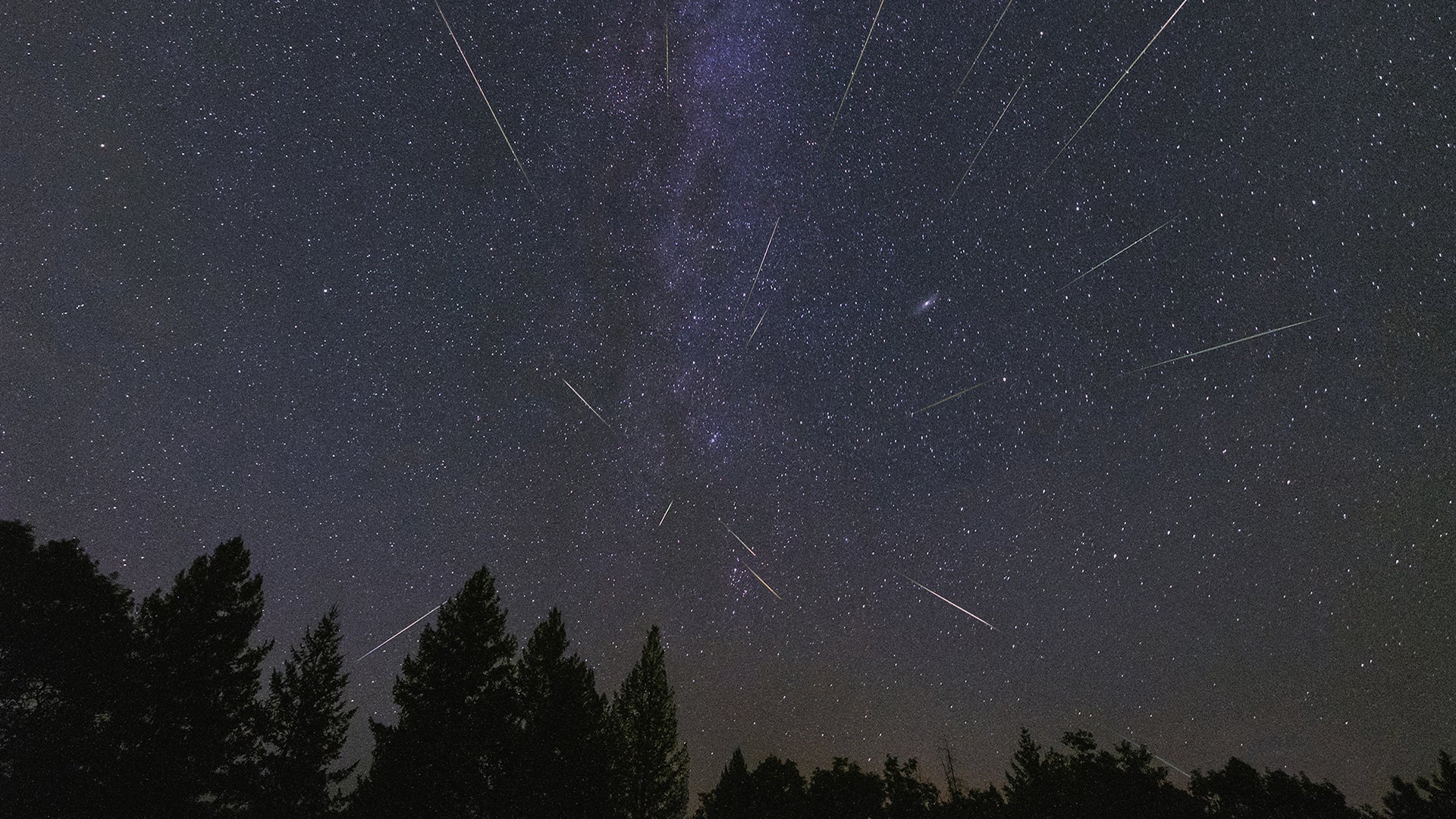
In this episode, Astronomy magazine Editor Dave Eicher invites you to head out and view the first major meteor shower of the spring, the Lyrids. Because more than one meteor shower originates from the constellation Lyra, these are the April Lyrids. This shower is visible from April 15 to April 29, with the peak coming on AprilContinue reading "This Week in Astronomy with Dave Eicher: The April Lyrid Meteor Shower"
The post This Week in Astronomy with Dave Eicher: The April Lyrid Meteor Shower appeared first on Astronomy Magazine.



© Future/Brett Tingley
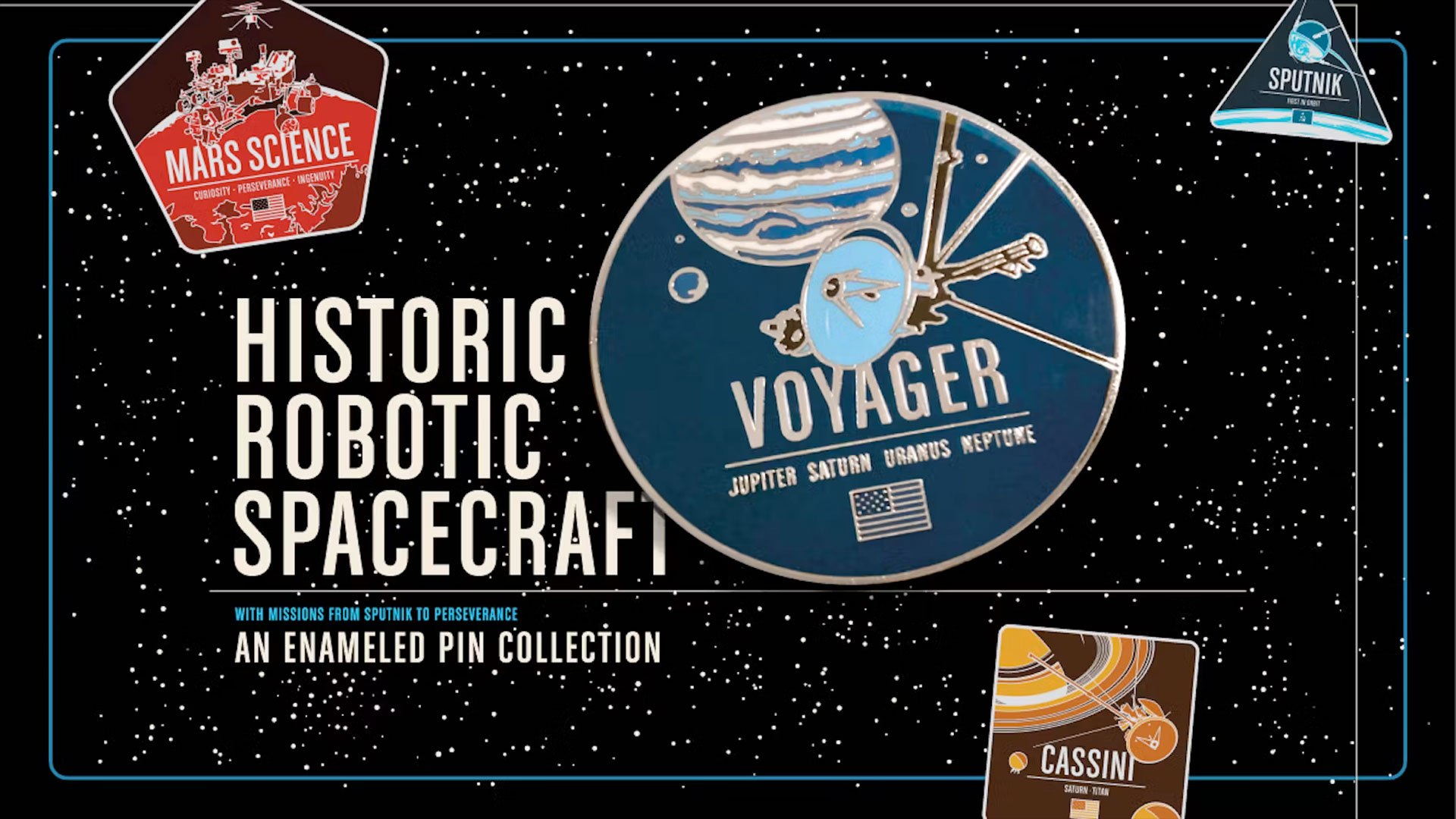

© Chop Shop
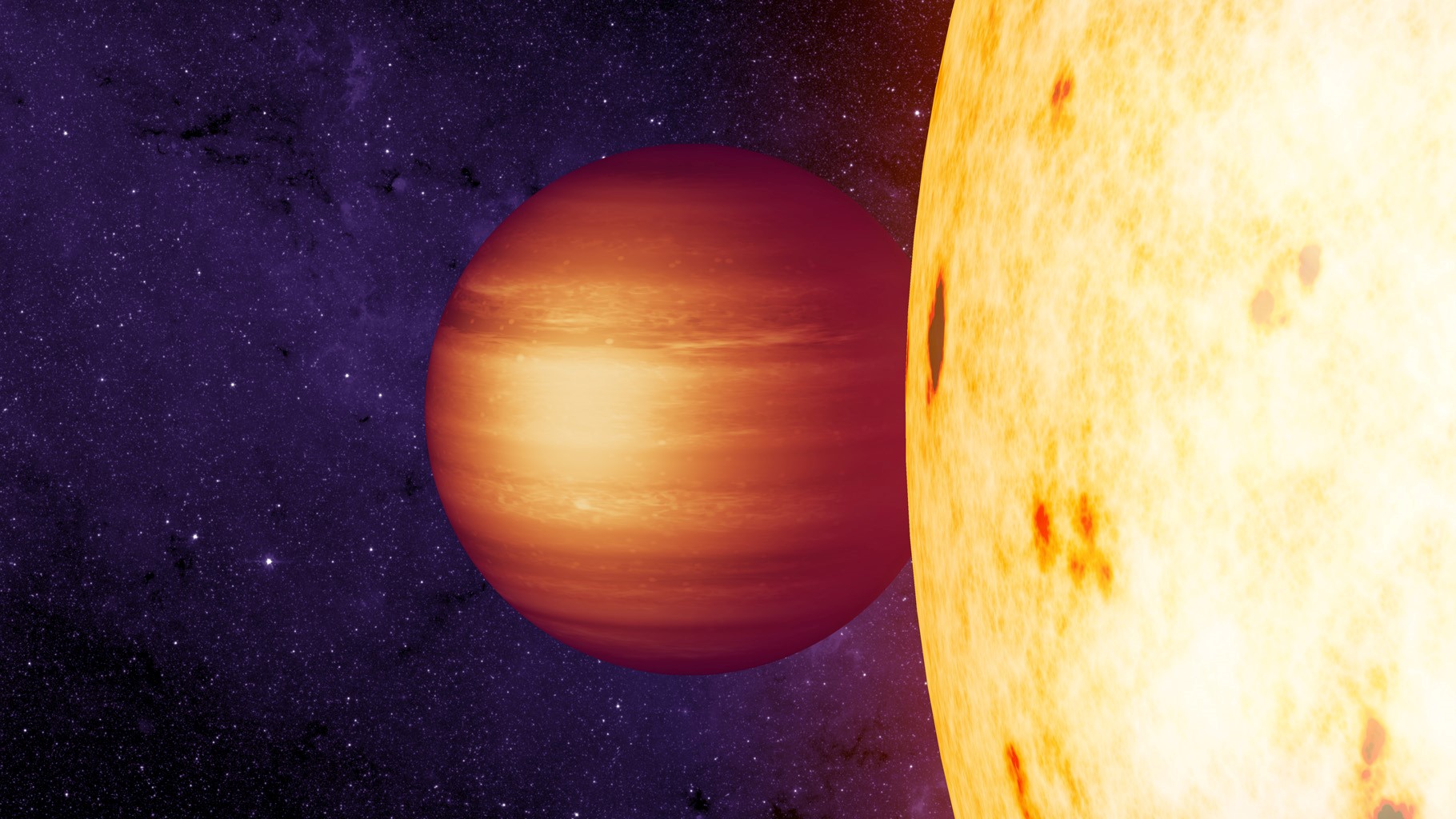

© T. Pyle (IPAC)/NASA/JPL-Caltech

In the century or so since Edwin Hubble discovered that the Milky Way is just one of countless galaxies in the universe, our understanding of our home galaxy has grown in leaps and bounds. But as recent research into a new type of cosmic object shows, there’s still plenty left to learn. Astronomers found twoContinue reading "Mystery ‘interstellar icy objects’ are carrying the seeds of life"
The post Mystery ‘interstellar icy objects’ are carrying the seeds of life appeared first on Astronomy Magazine.



© United Launch Alliance
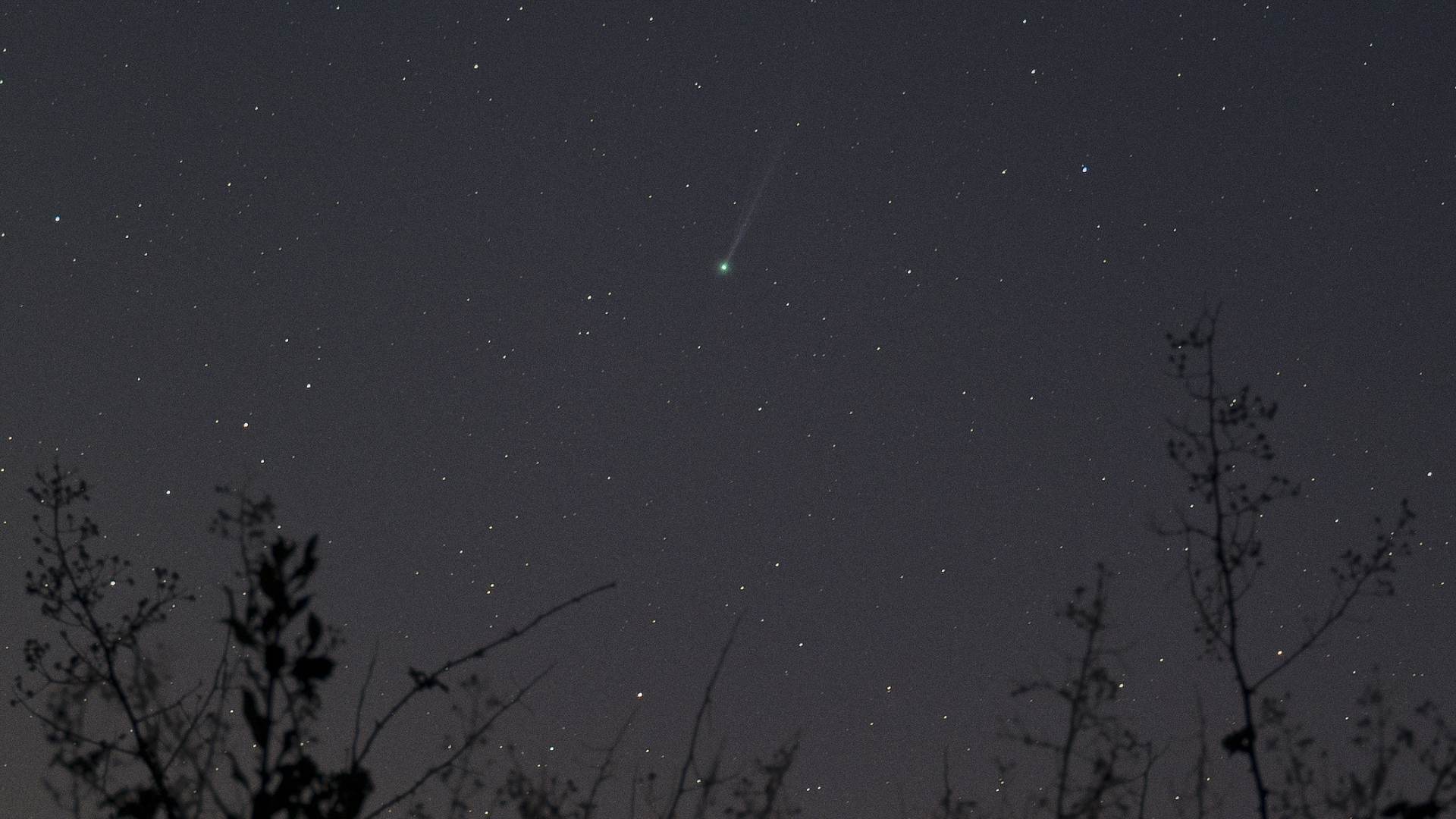

© Josh Dury
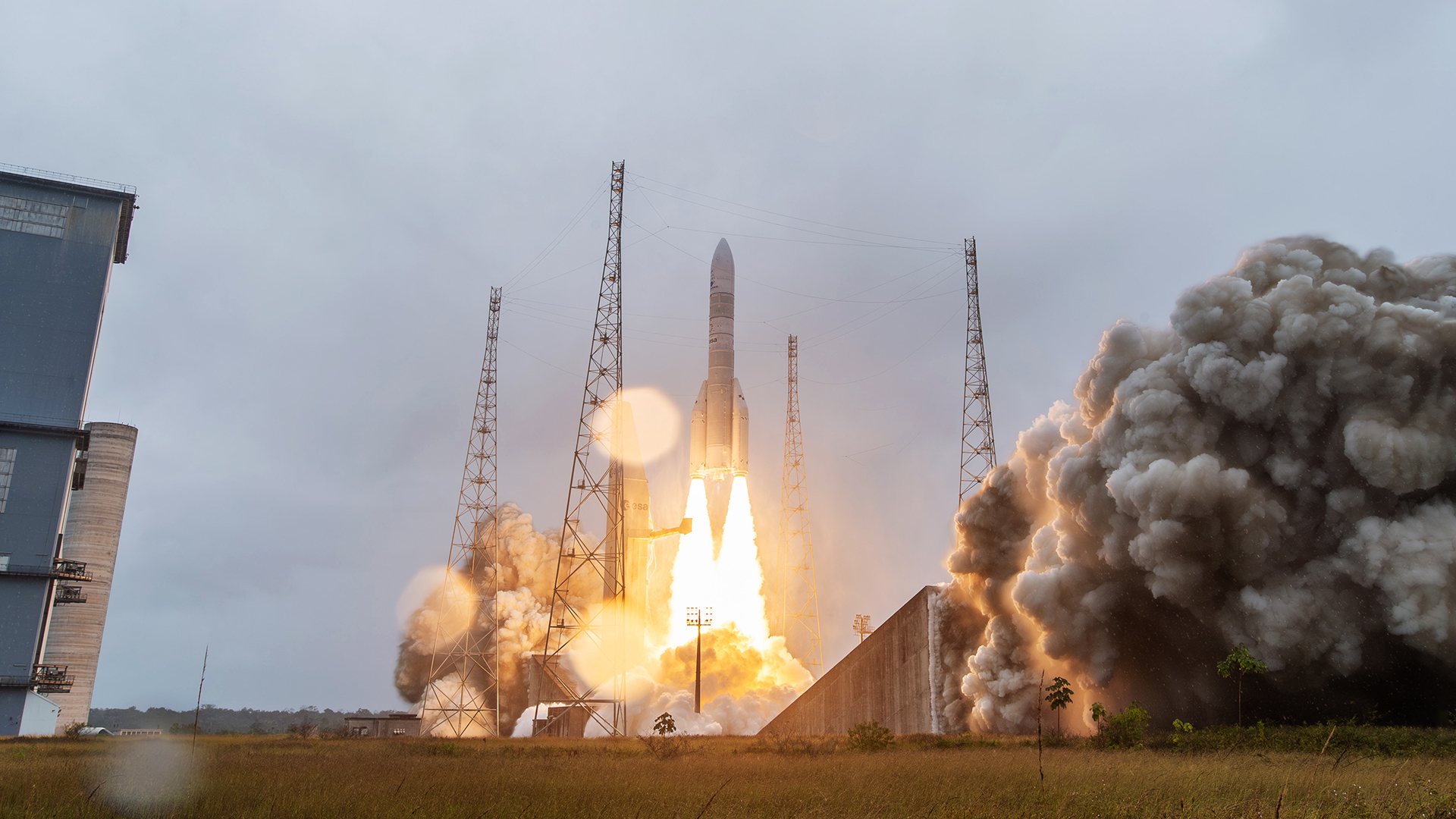

© Arianespace
Author(s): Katherine Wright
Researchers are developing highly reflective thin films that could be installed on small light-propelled spacecraft.
[Physics 18, 77] Published Tue Apr 08, 2025
Author(s): Ryan Wilkinson
Arranging nonmagnetic atoms on the surface of an unconventional superconductor could induce a novel phenomenon called altermagnetic superconductivity.
[Physics 18, s42] Published Tue Apr 08, 2025
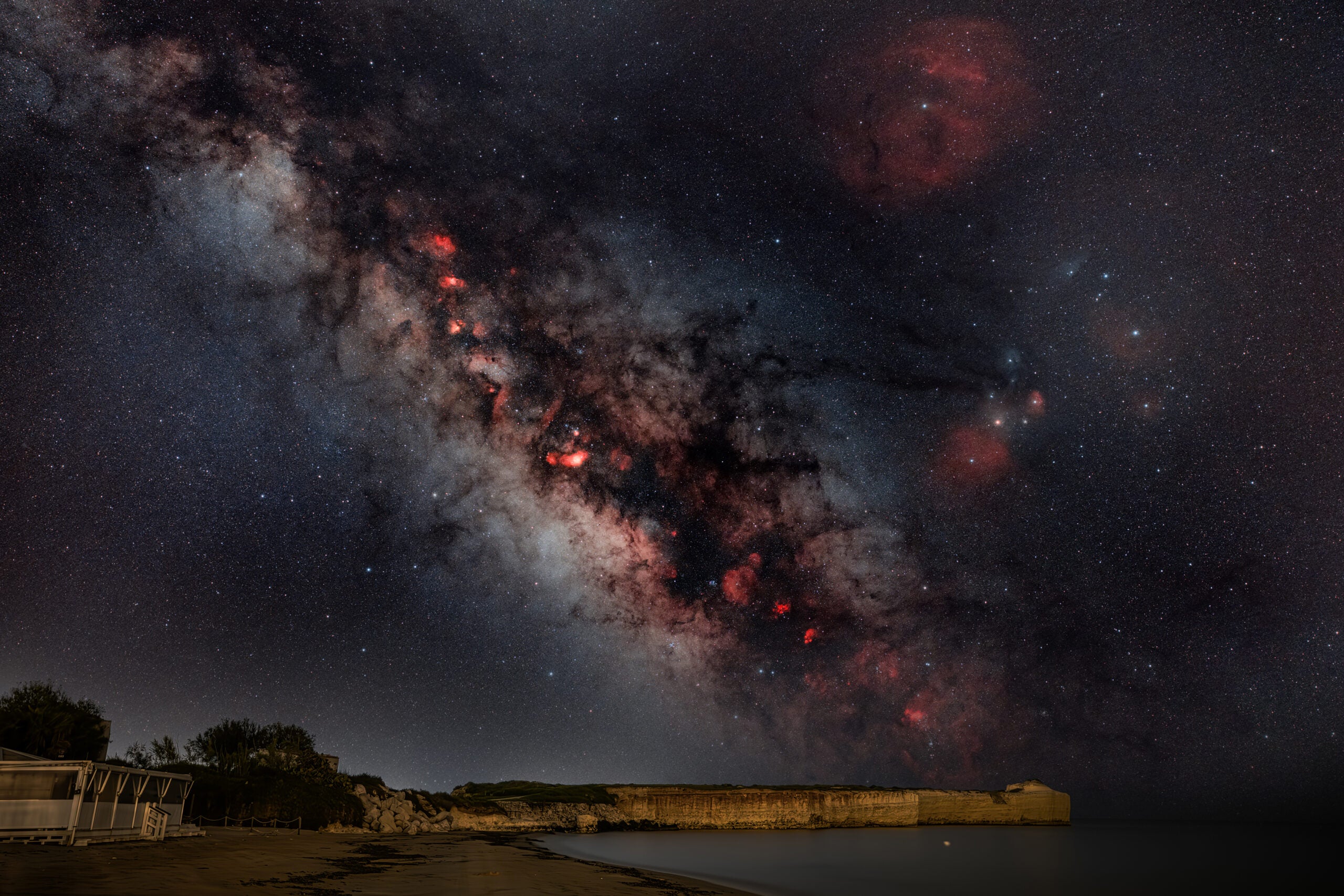
Gianni Tumino from Ragusa, Italy Evening views of the Milky Way’s central regions return to the Northern Hemisphere, as seen in this shot taken from Punta Castellazzo on the island of Sicily, Italy. To image the sky, the imager used a Canon EOS Ra and 28mm lens at f/3.2 with a dual-band filter to captureContinue reading "The summer Milky Way returns"
The post The summer Milky Way returns appeared first on Astronomy Magazine.

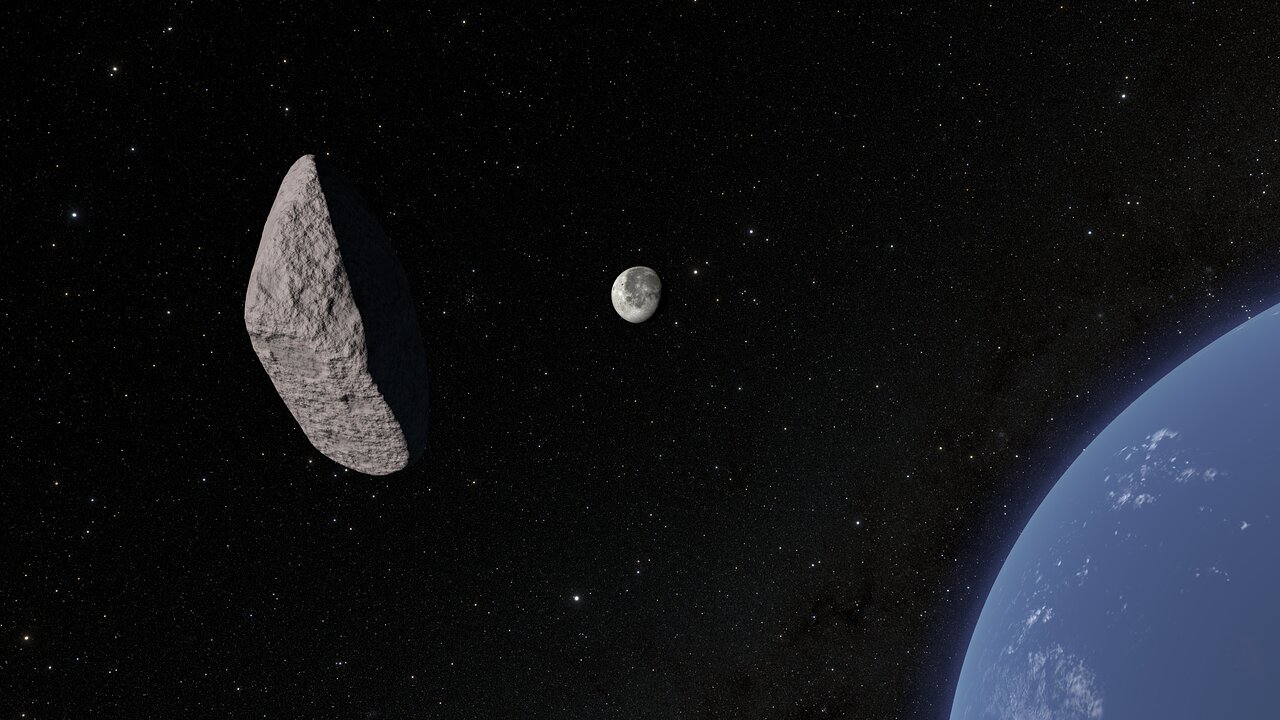

© NOIRLab/NSF/AURA/R. Proctor
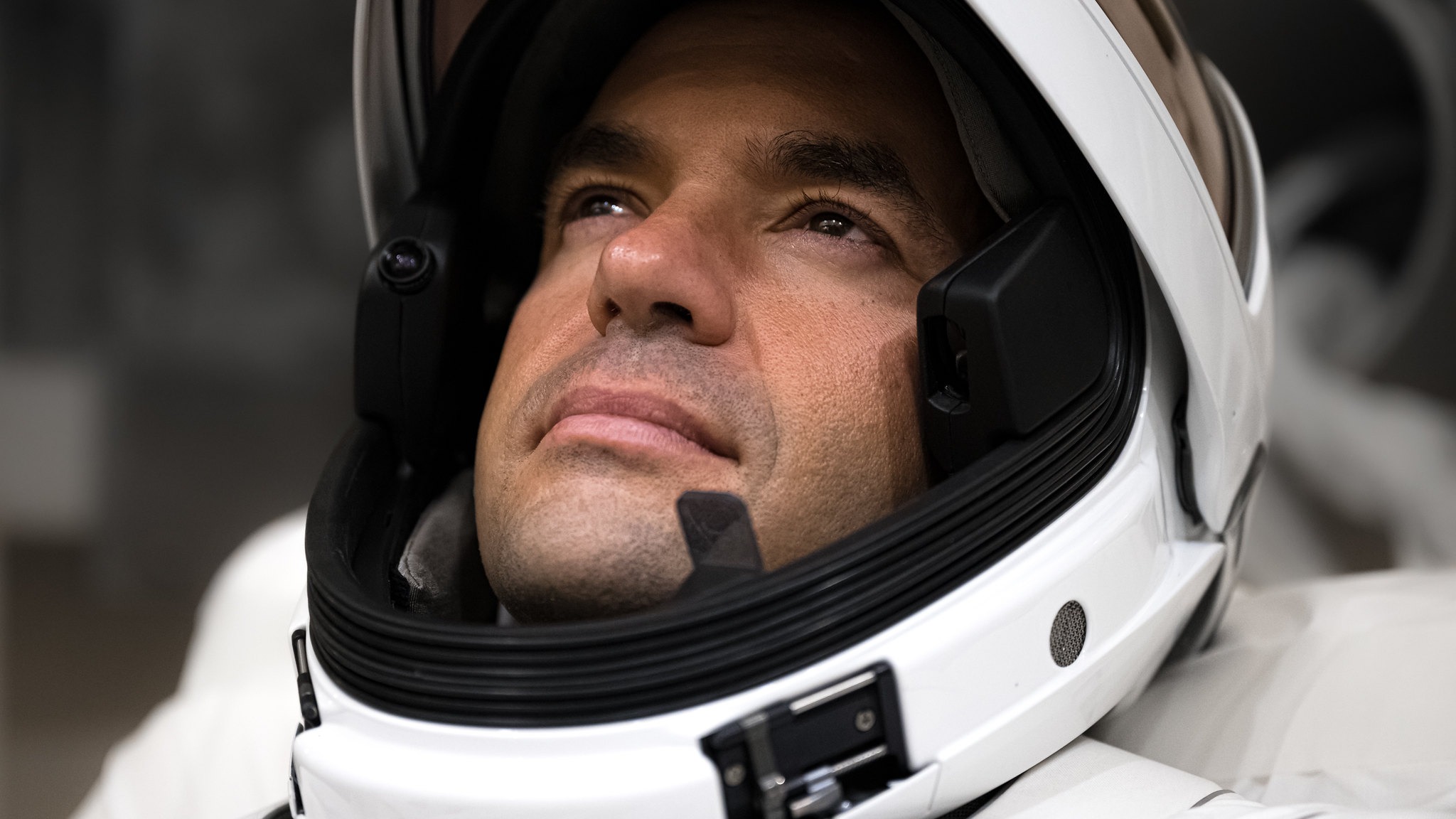

© Polaris Program / John Kraus
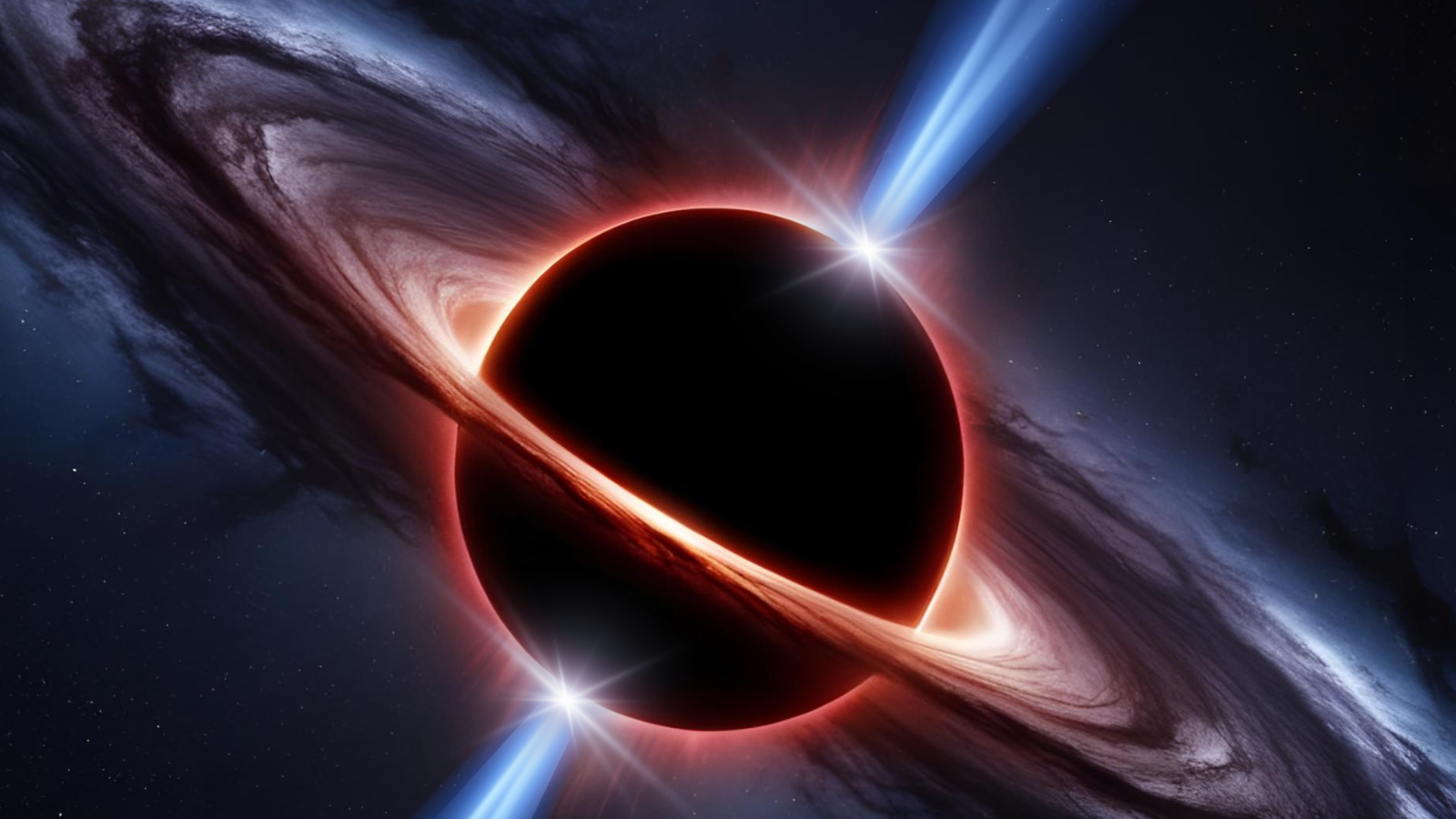

© Robert Lea (created with Canva)


© Space Foundation
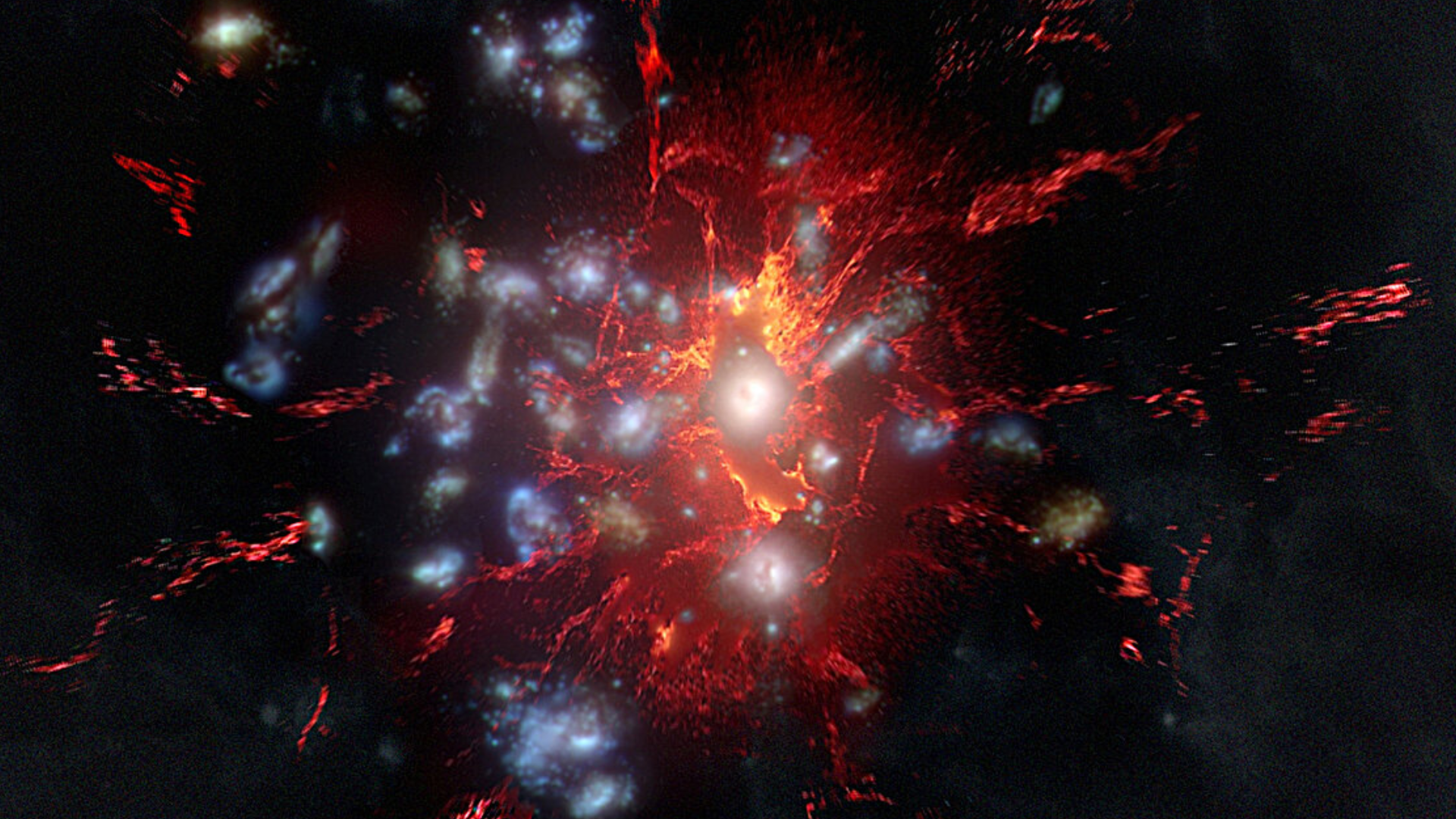

© MPIfR/N.Sulzenauer


© Space Foundation
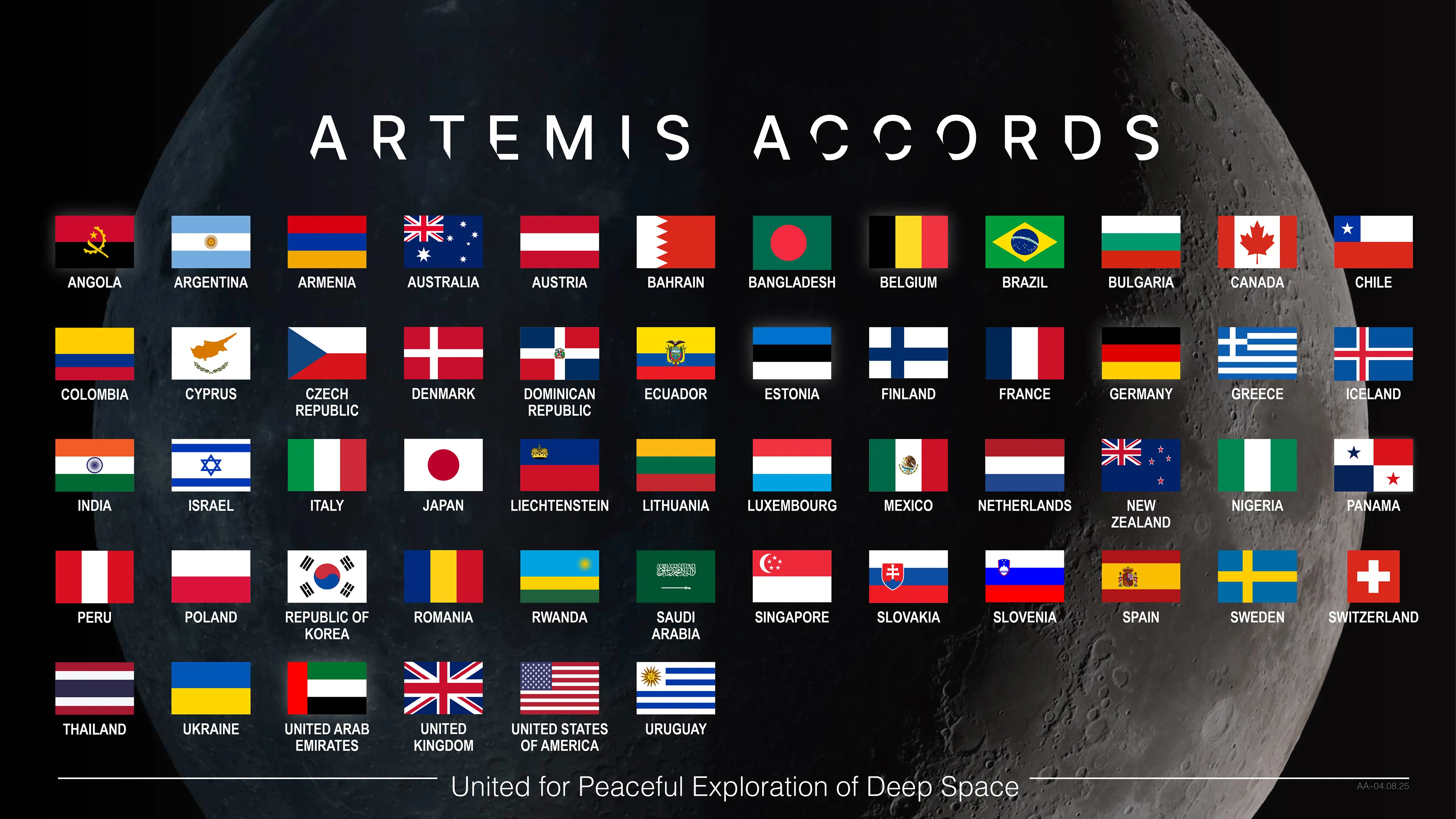

© NASA
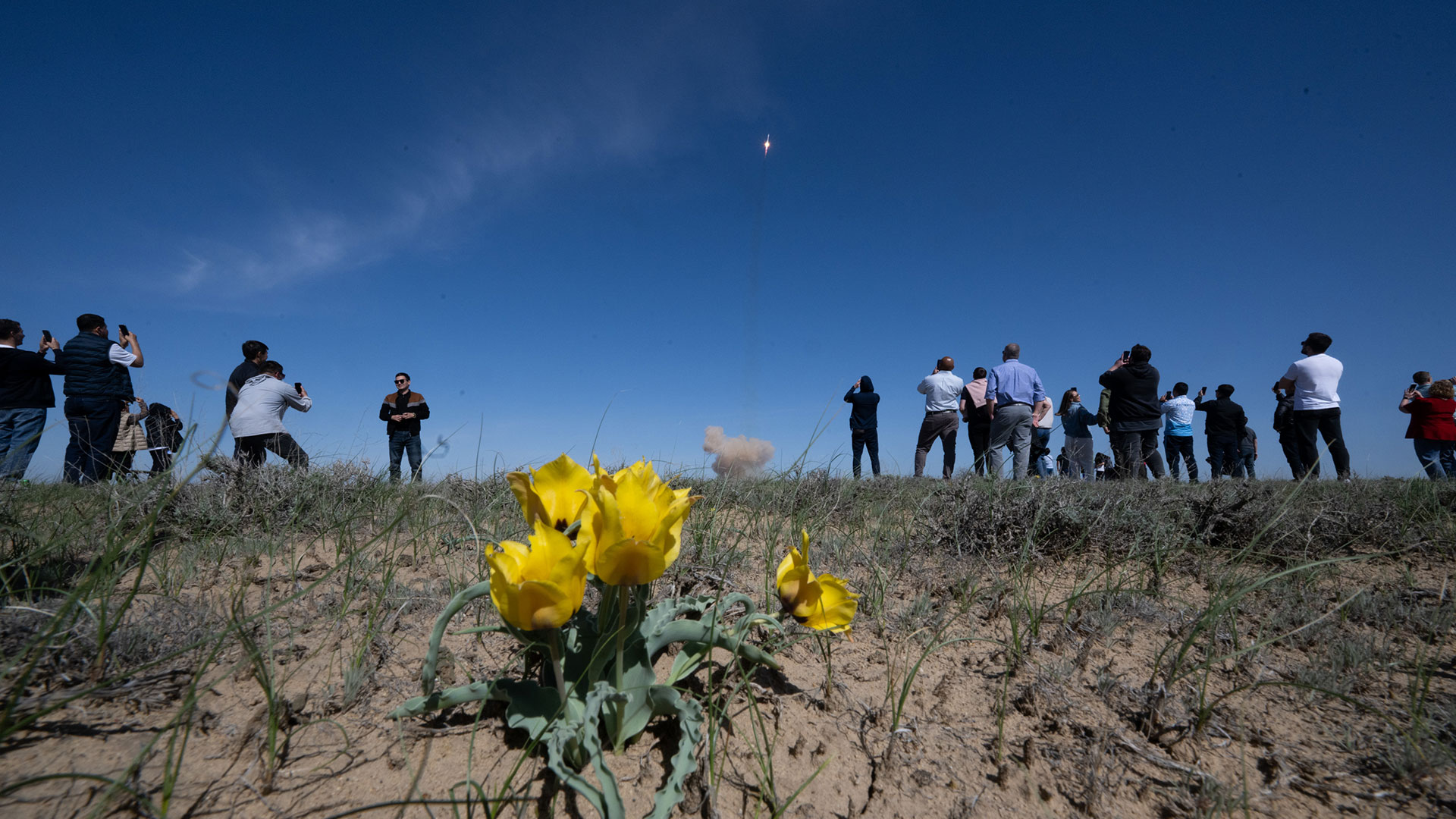

© NASA/Joel Kowsky
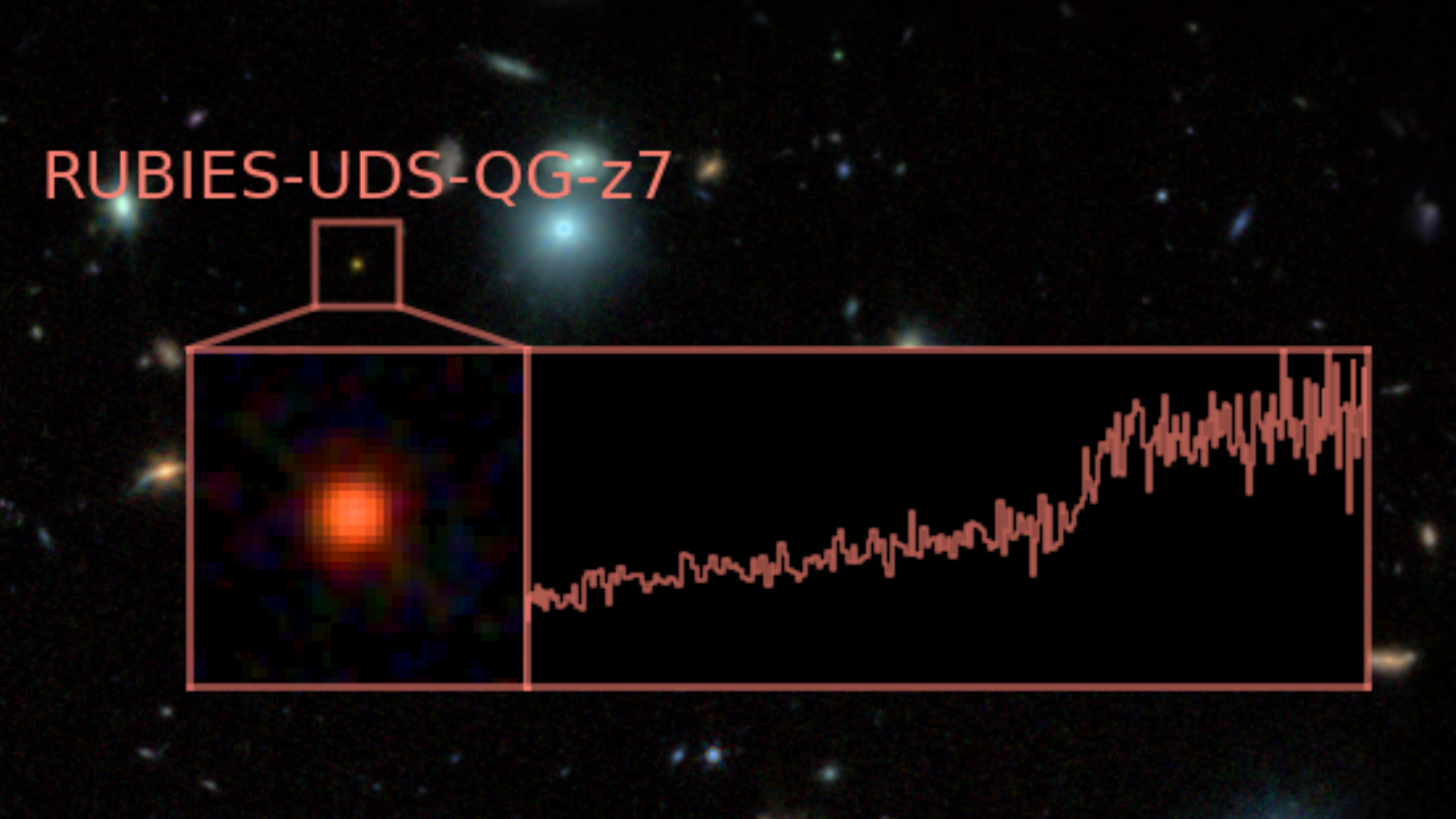

© NASA/CSA/ESA, A. Weibel, P. A. Oesch (University of Geneva), RUBIES team: A. de Graaff (MPIA Heidelberg), G. Brammer (Niels Bohr Institute), DAWN JWST Archive


© Disney
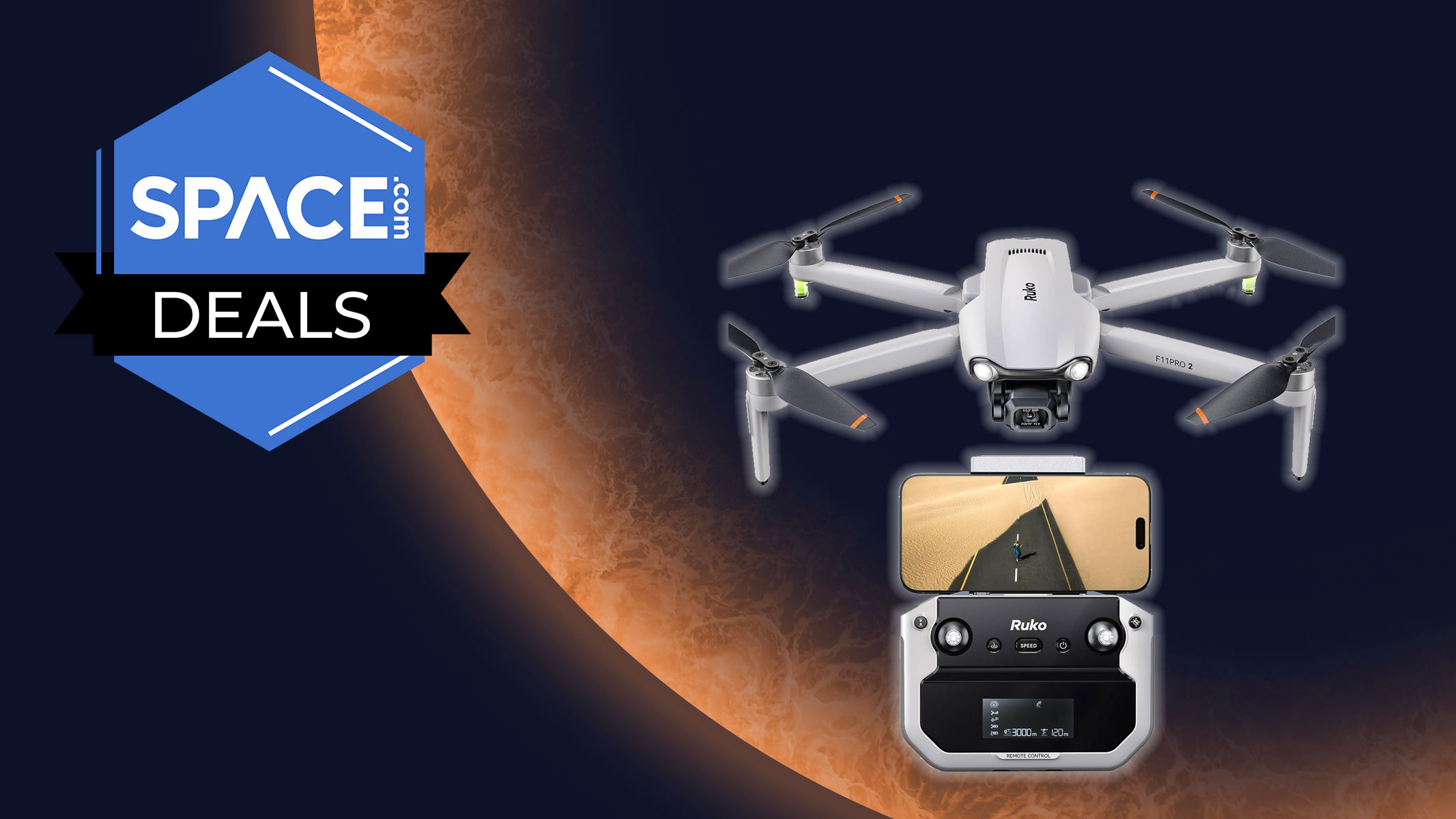

© Future/Amazon


© SpaceX via X


© Disney / Marvel

Launch providers SpaceX, Blue Origin, and United Launch Alliance — a joint venture between Boeing and Lockheed Martin Space — on Friday snapped up billions of dollars in national security launch contracts. Space Systems Command, the branch of Space Force responsible for development, acquisition, launch, and logistics, estimated the value of the National Security Space Launch (NSSL)Continue reading "SpaceX, Blue Origin, ULA win Space Force contracts worth up to $13.7B"
The post SpaceX, Blue Origin, ULA win Space Force contracts worth up to $13.7B appeared first on Astronomy Magazine.

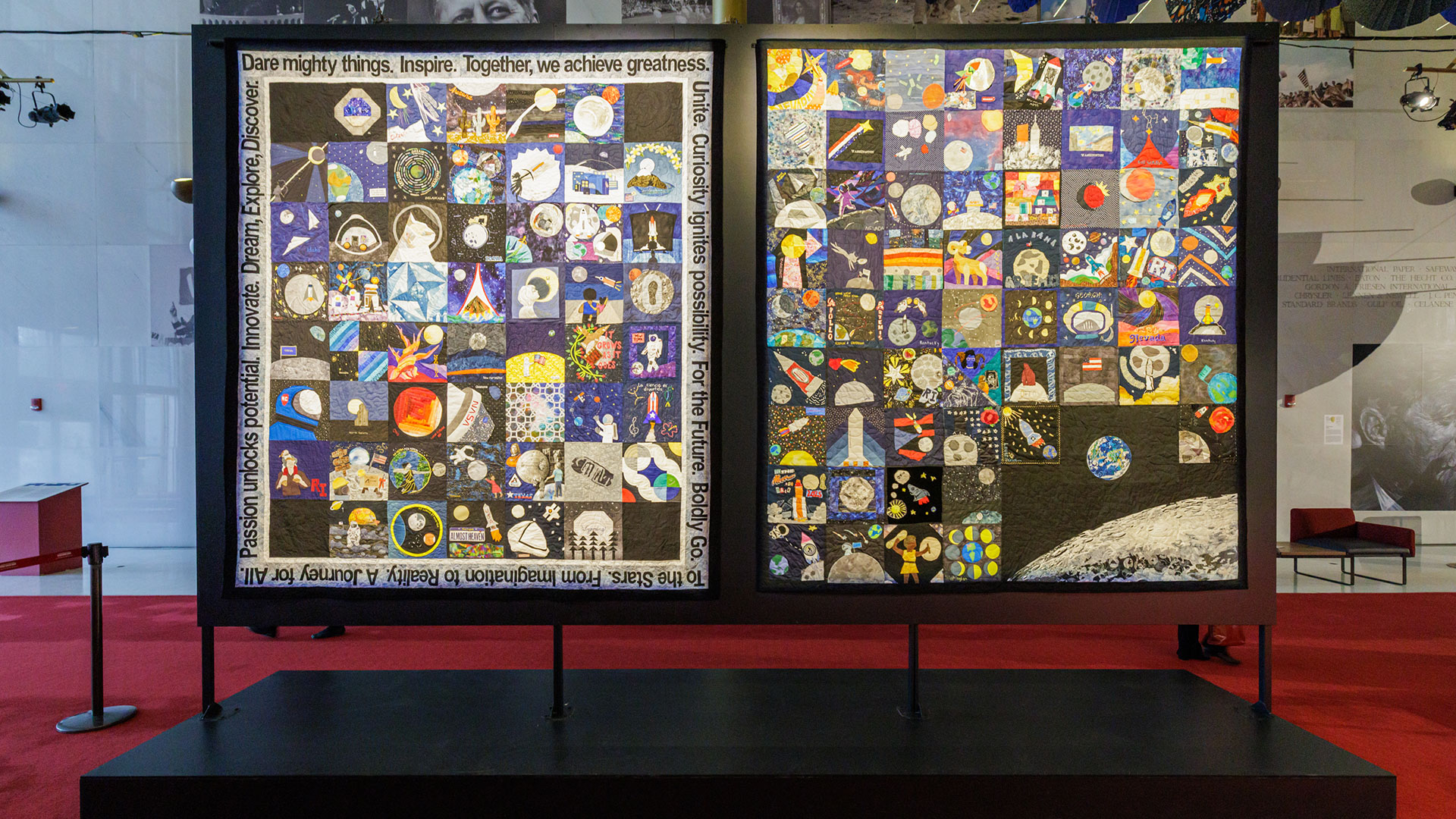

© Elman Studio
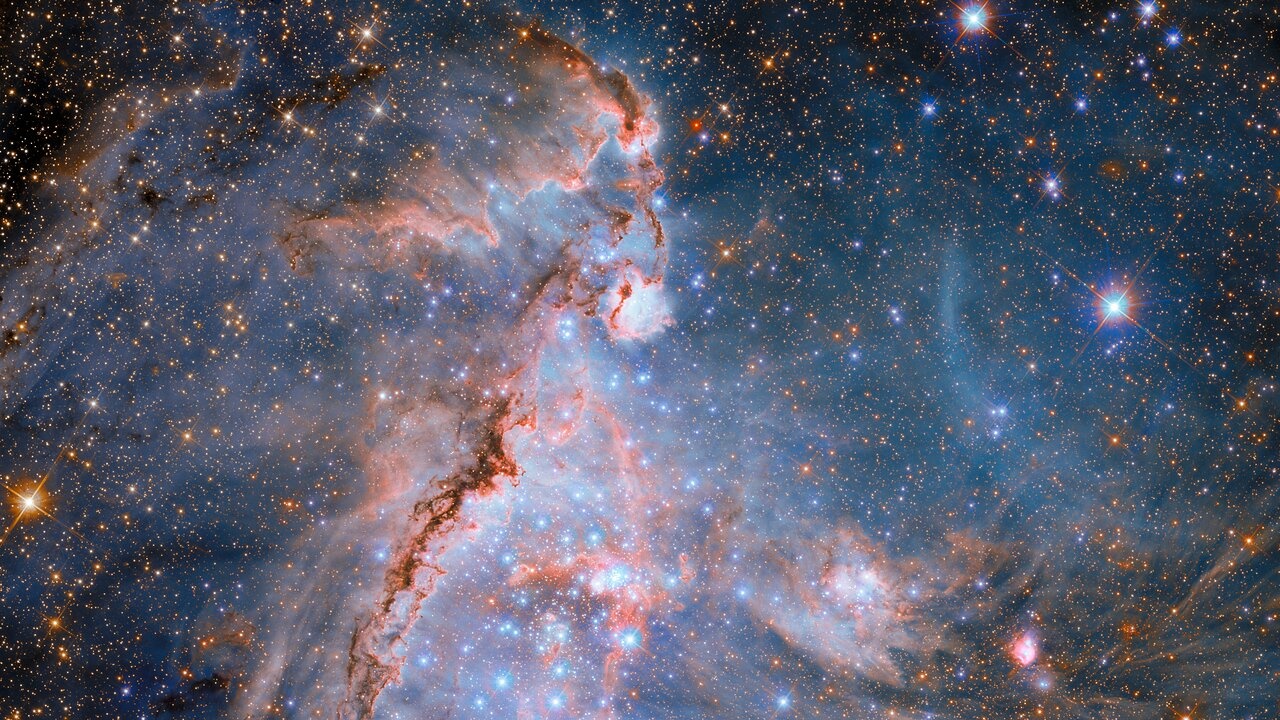

© ESA/Hubble & NASA, A. Nota, P. Massey, E. Sabbi, C. Murray, M. Zamani (ESA/Hubble)

A new study by the European Southern Observatory (ESO) contradicts corporate claims that a proposed hydrogen fuel facility would not harm observatories in Chile. Earlier this year, ESO alerted the astronomy community that its facilities at Paranal — with some of the world’s darkest skies — were threatened by the plans to build a 7,400-acreContinue reading "ESO report shows energy plant would cause ‘devastating and irreversible’ impact"
The post ESO report shows energy plant would cause ‘devastating and irreversible’ impact appeared first on Astronomy Magazine.

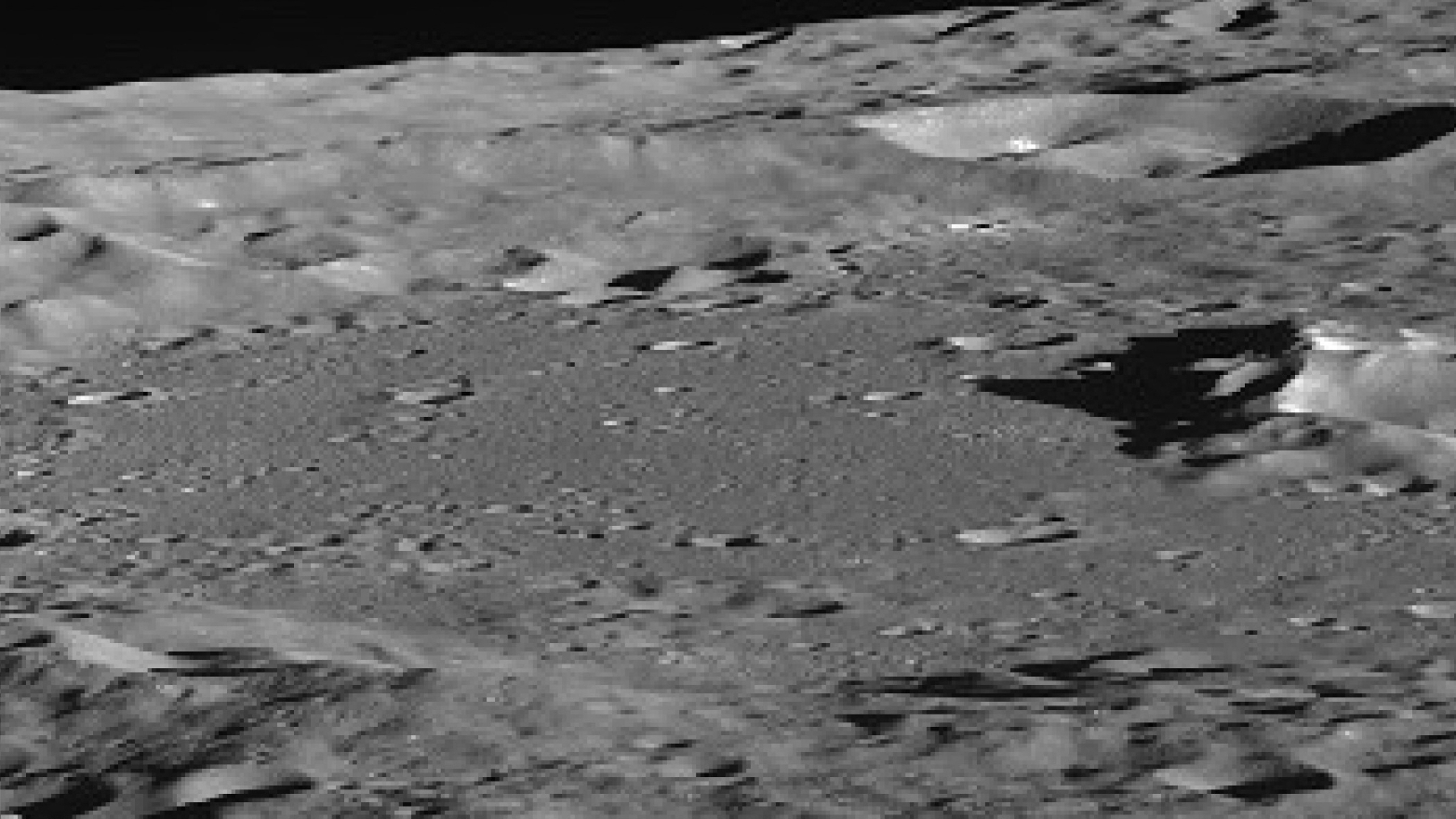

© KARI
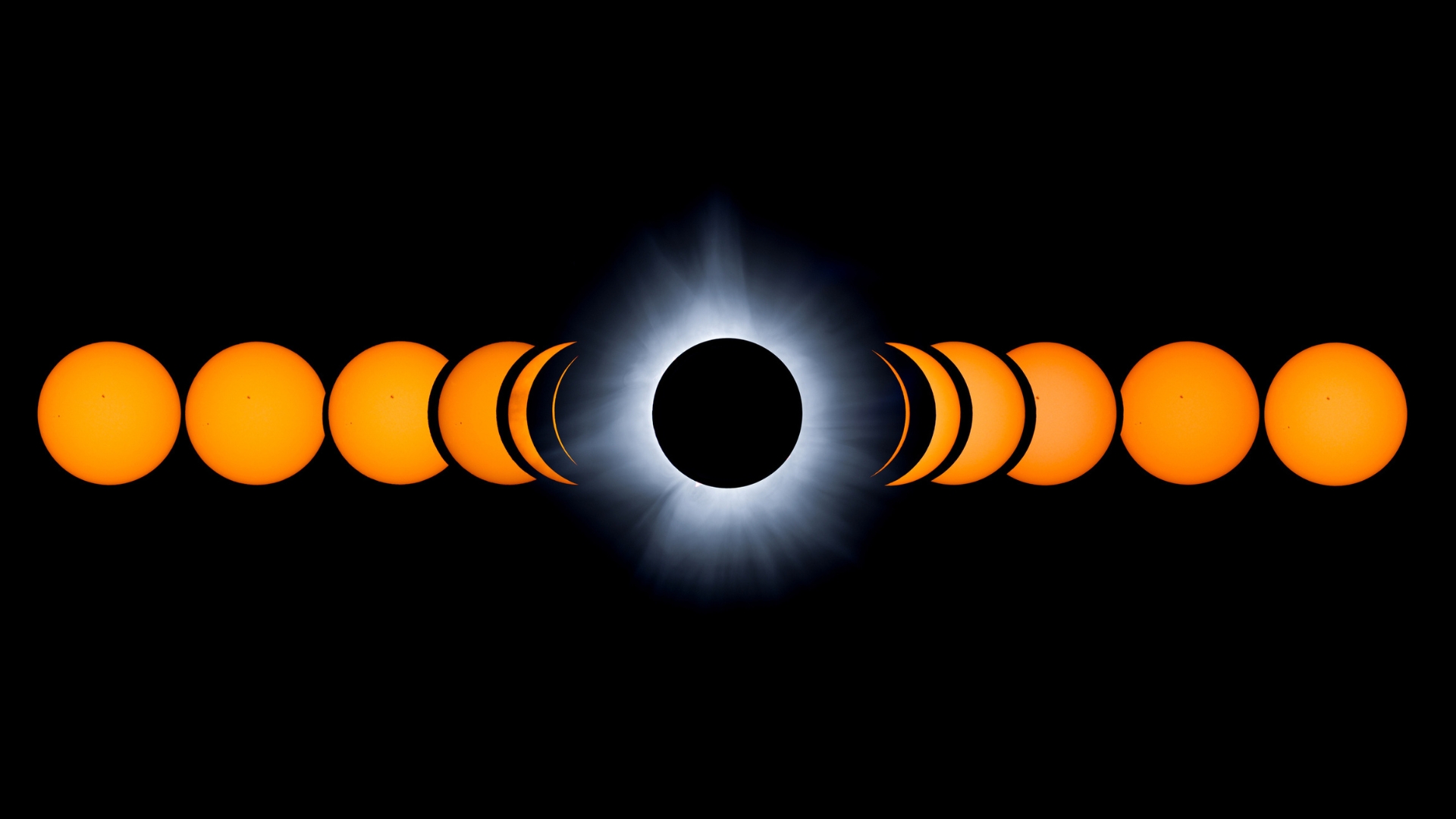

© Marc Guitard via Getty Images
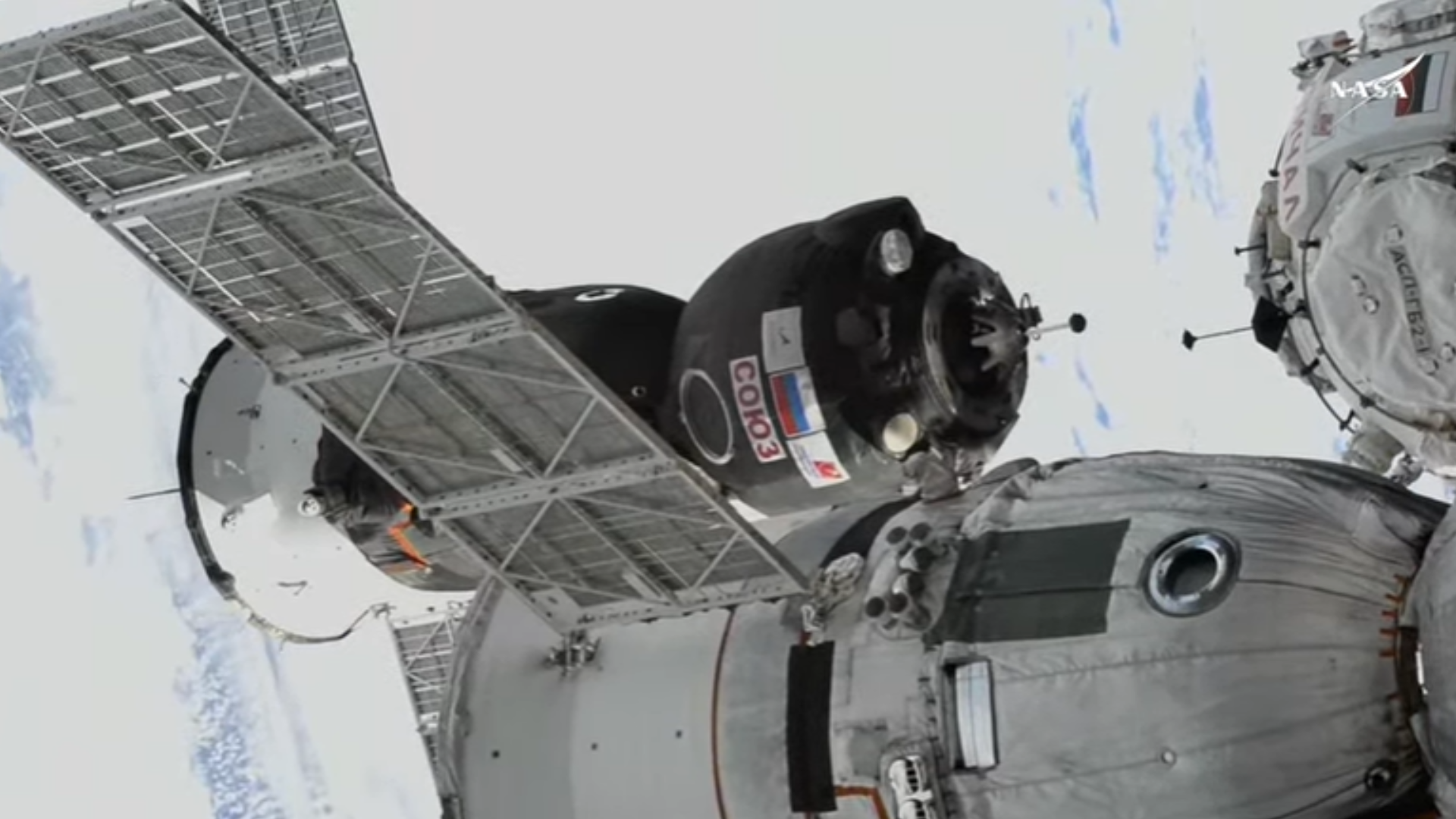

© NASA
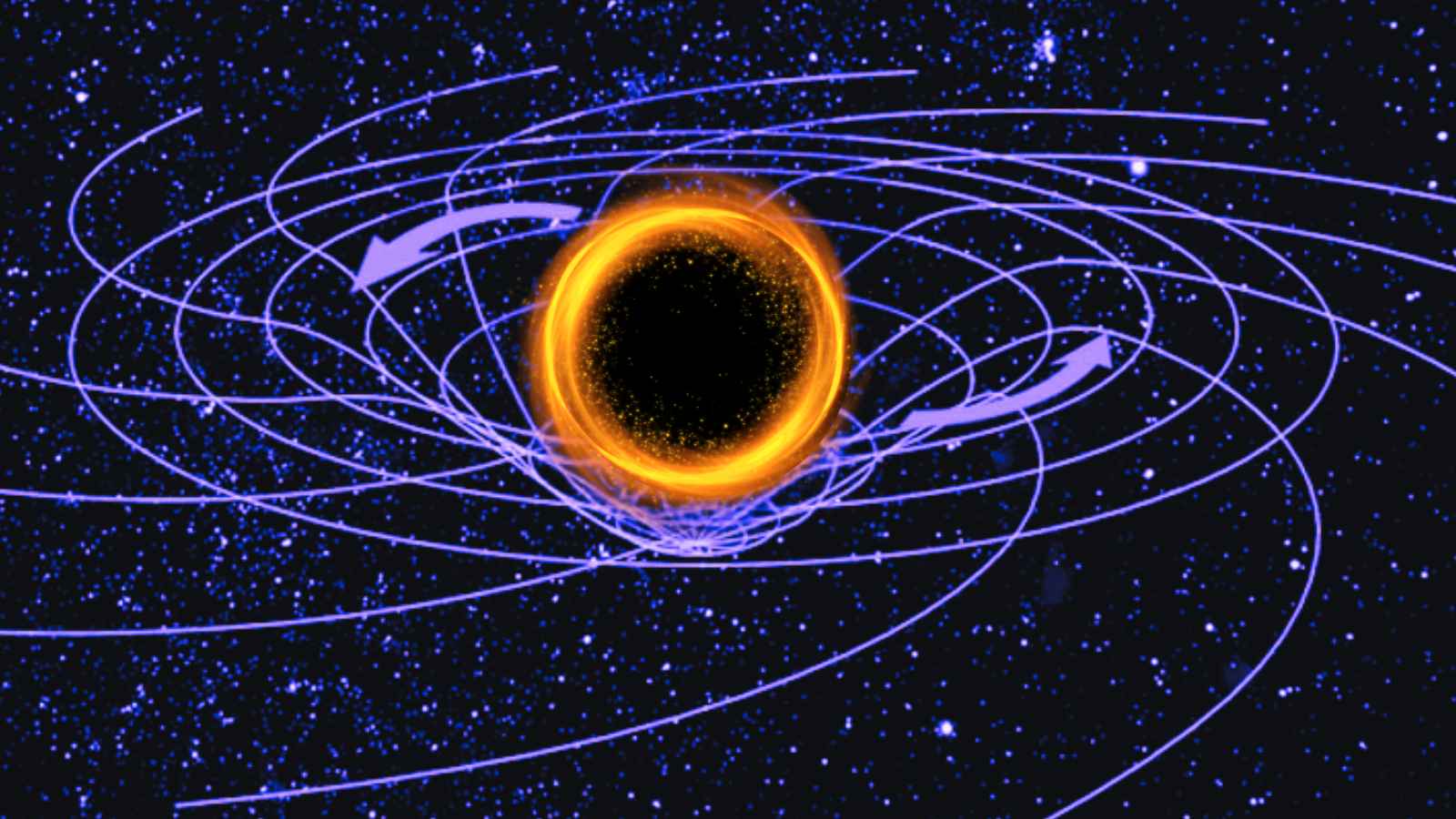

© Stanford University/Robert Lea (created with Canva)


© NASA/Roscosmos
Author(s): Niseem Magdy Abdelrahman
Top quarks and antiquarks have been detected in heavy-ion collisions at the Large Hadron Collider, showing that all six quark flavors were present in the Universe’s first moments.
[Physics 18, 75] Published Mon Apr 07, 2025
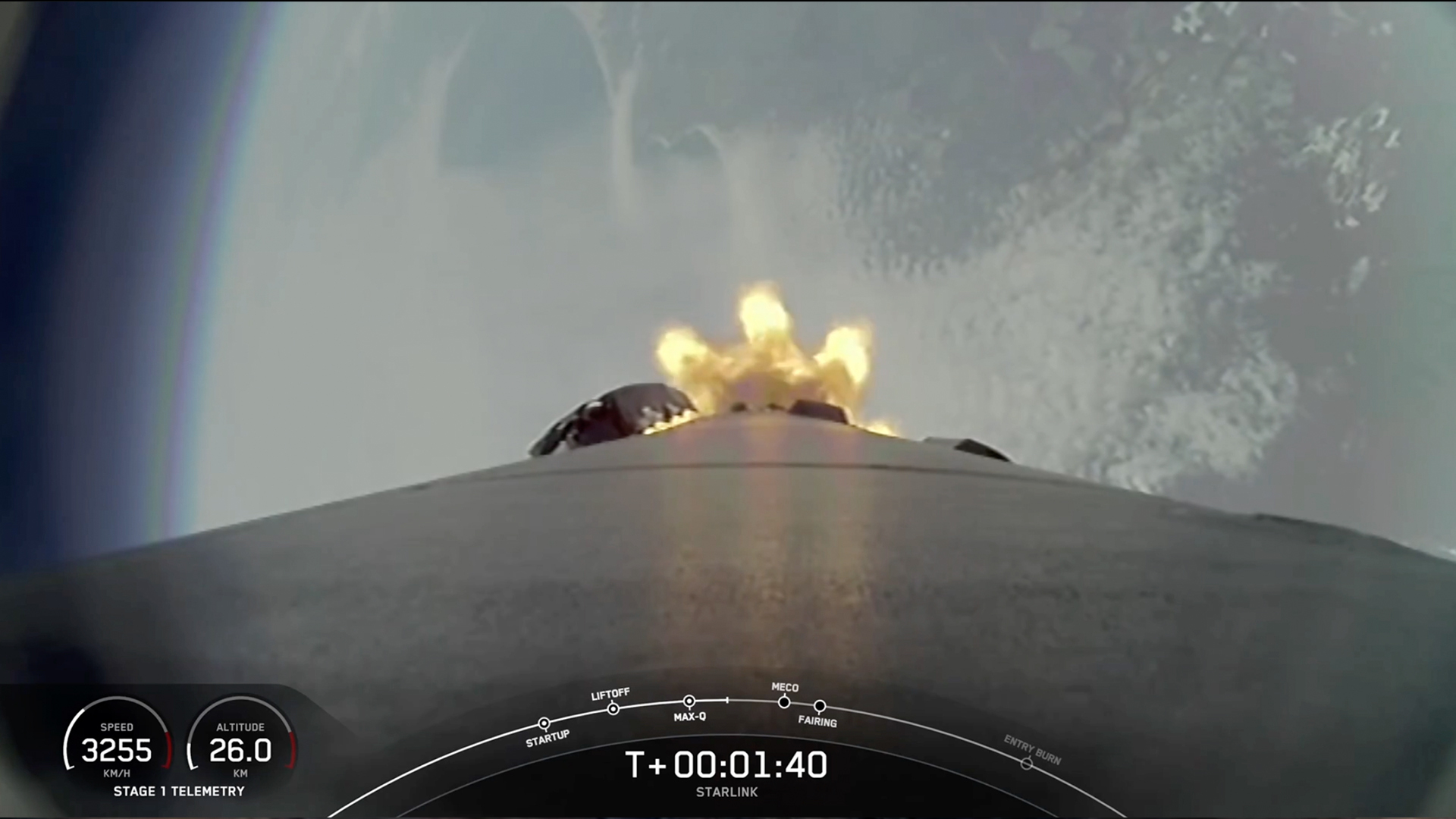

© SpaceX
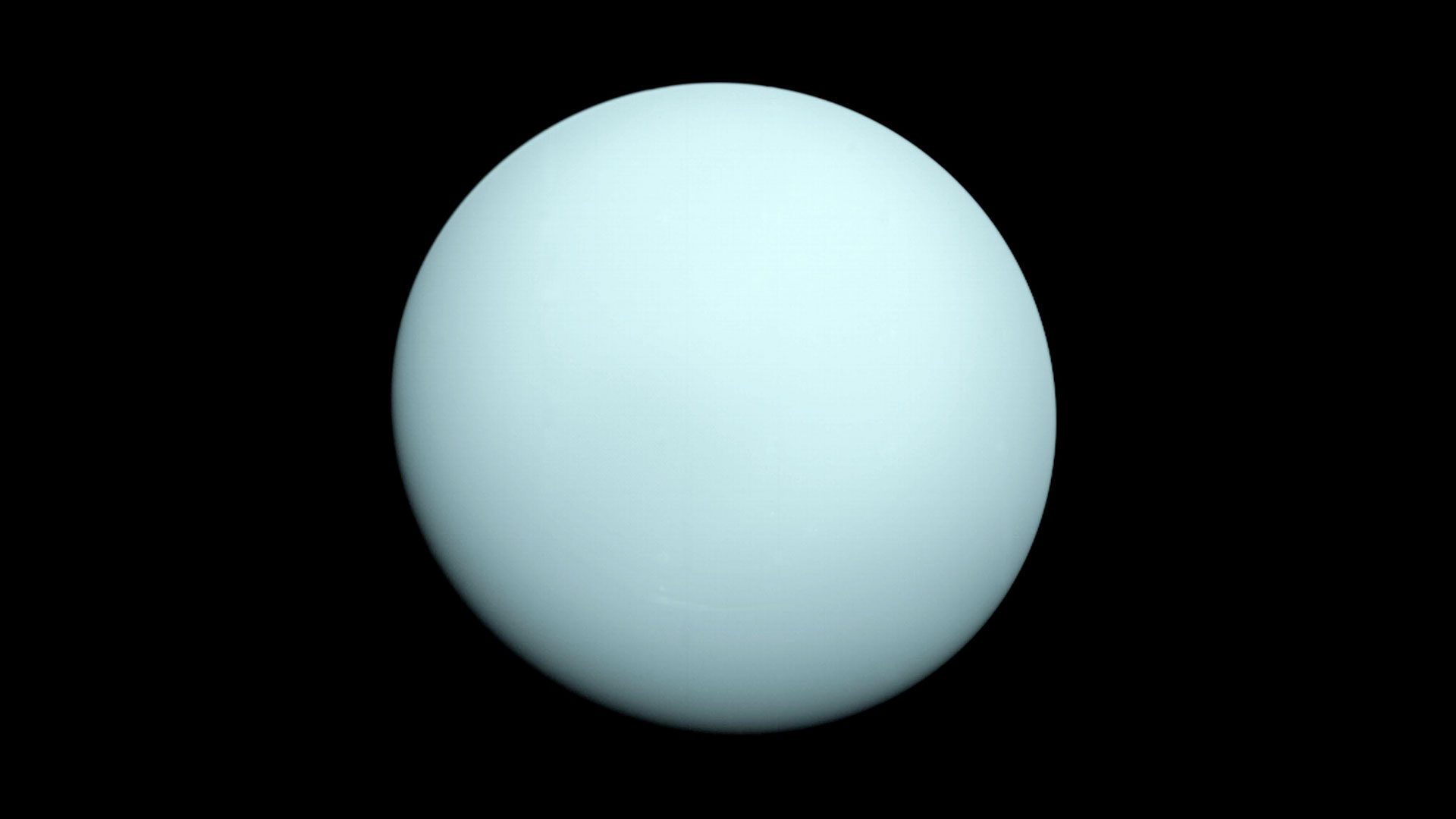

© NASA
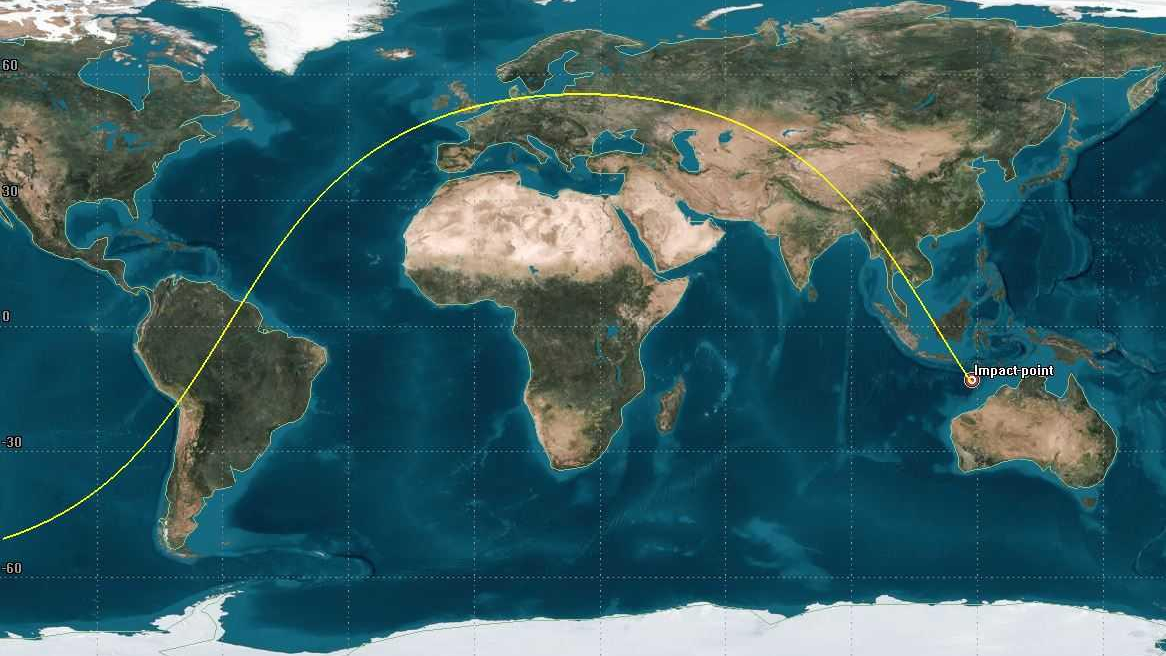

© ISRO

The annual Northeast Astronomy Forum (NEAF) was held over the weekend of April 5 and 6 at Rockland Community College in Suffern, New York. Organized by the Rockland Astronomy Club, NEAF is one of the world’s premier annual astronomy expos. It brings together amateur astronomers, professionals, and industry leaders for a weekend of discovery andContinue reading "The best new astronomy products we saw at NEAF 2025"
The post The best new astronomy products we saw at NEAF 2025 appeared first on Astronomy Magazine.



© USSF/Airman 1st Class Samuel Becker
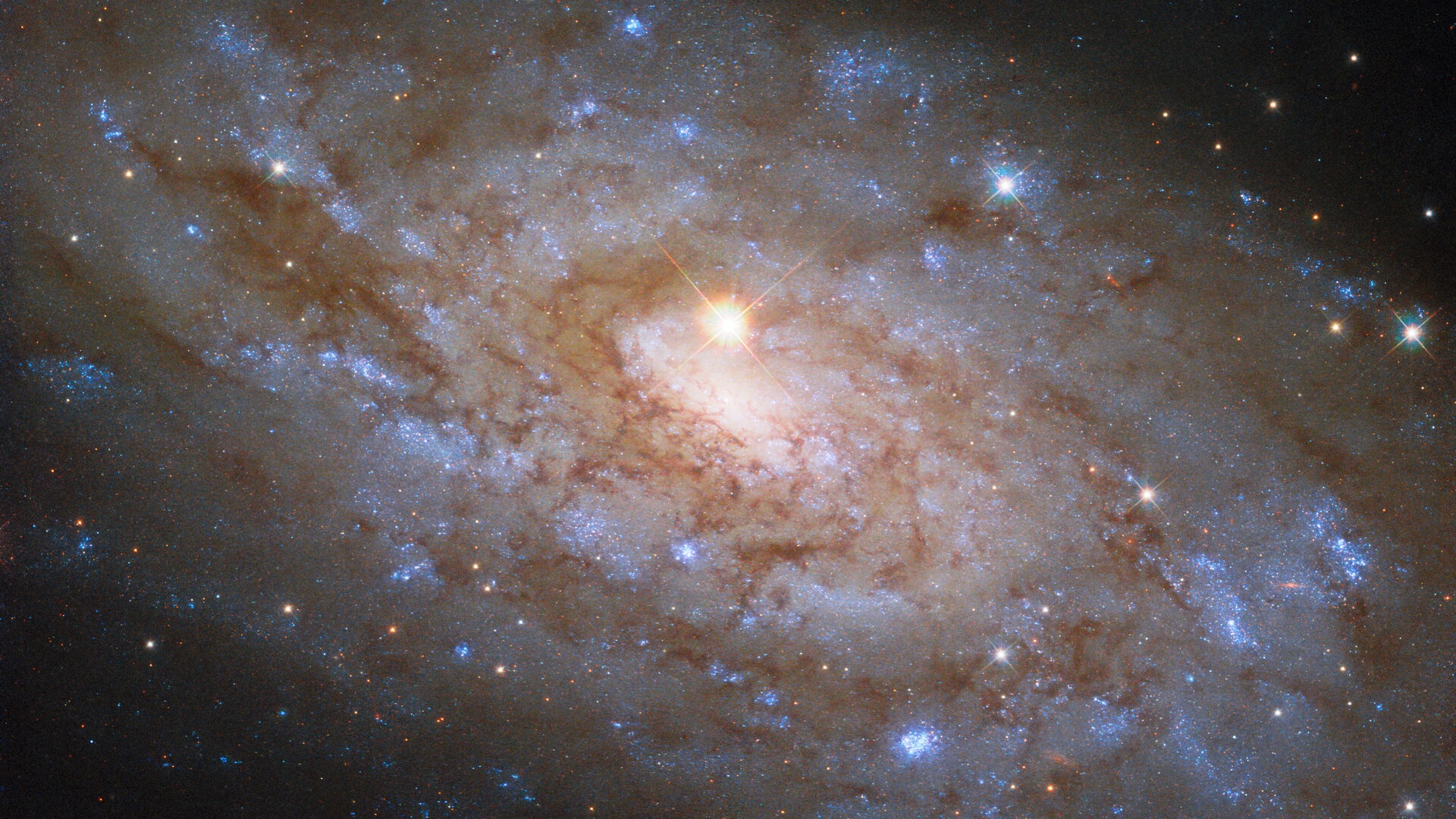

© ESA/Hubble & NASA, D. Thilker
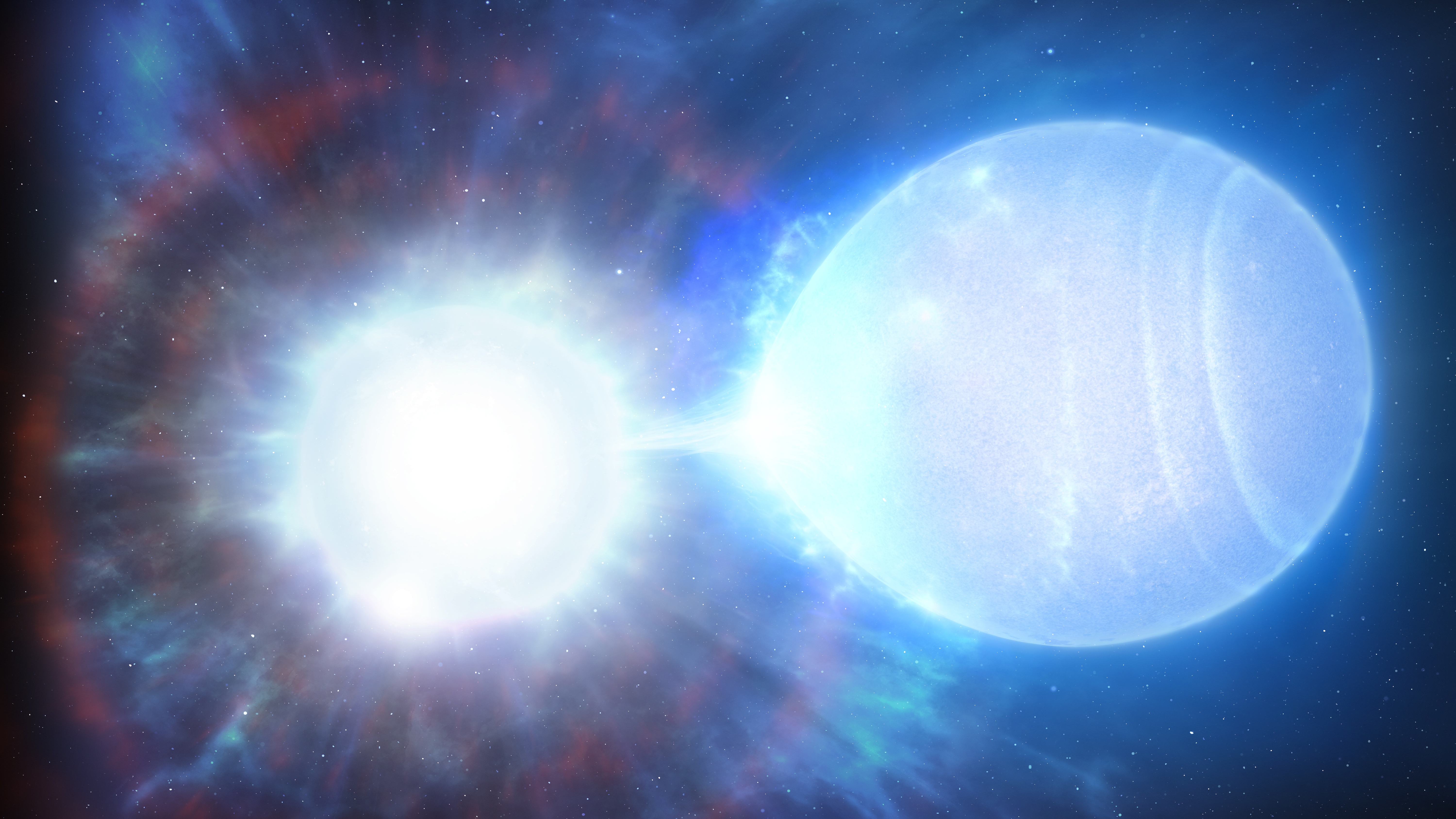

© University of Warwick/Mark Garlick


© DC
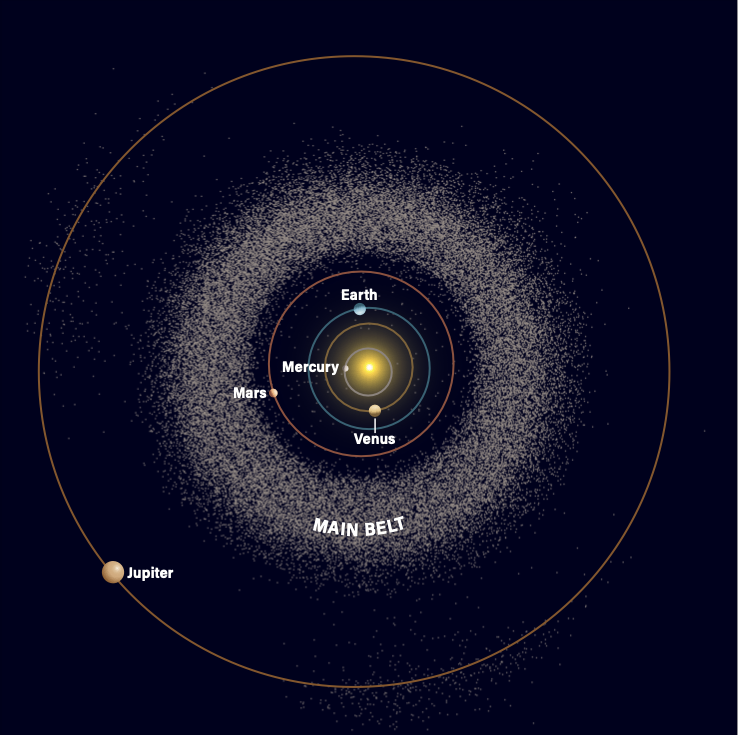
Is there evidence of a planet ever existing between Mars and Jupiter? MarkSmithtown, New York This splendid question gives us an opportunity to distinguish between what we know and what we believe might be true. First, we know that myriad small bodies orbit the Sun between Mars and Jupiter. These objects are the asteroids that comprise the mainContinue reading "Was there ever a planet between Mars and Jupiter? "
The post Was there ever a planet between Mars and Jupiter? appeared first on Astronomy Magazine.



© NASA/Kim Shiflett


© Wilhelm Conrad Röntgen / SpaceX/Fram2
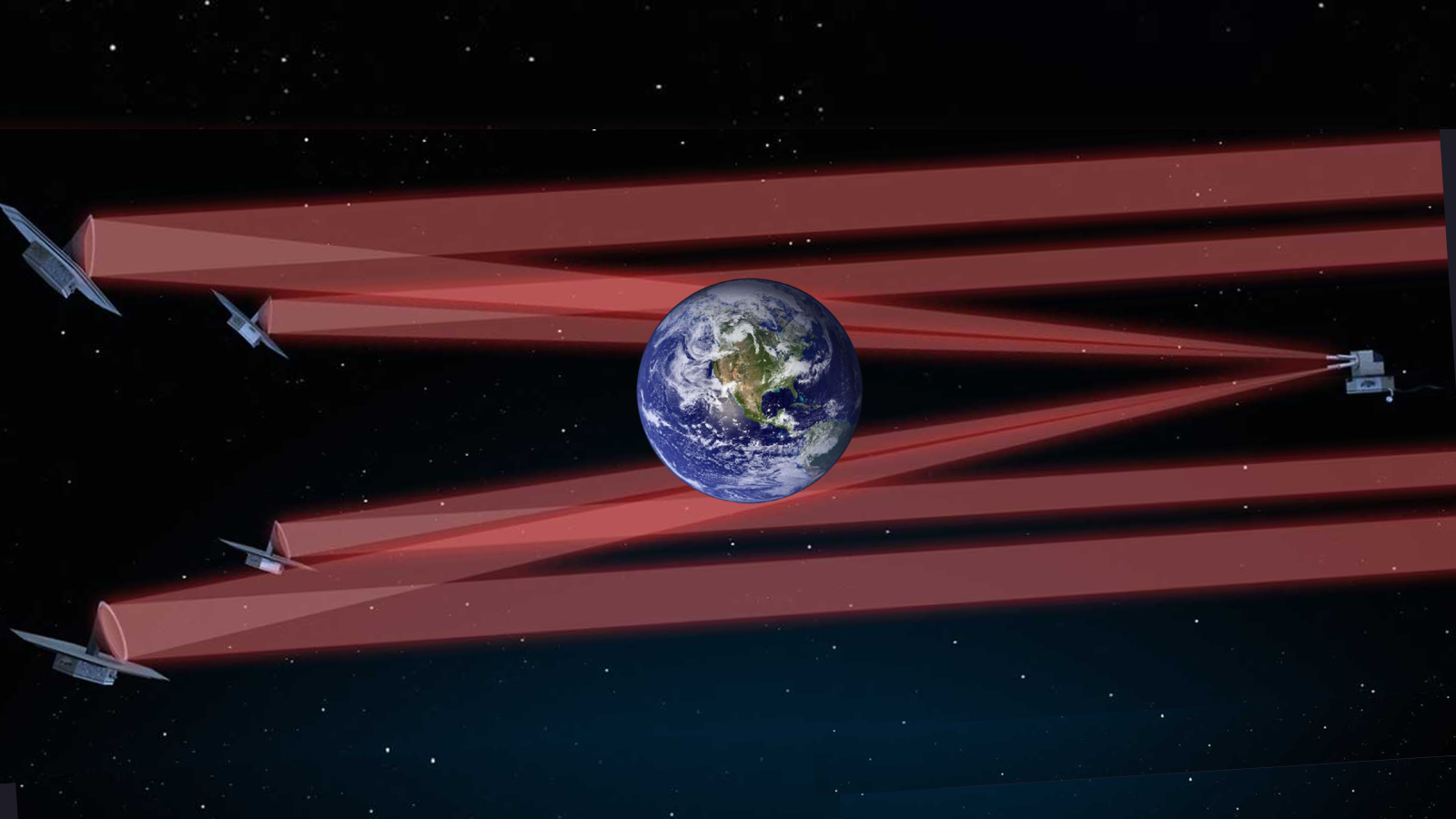

© ETH Zurich / LIFE initiative


© NOAA Climate
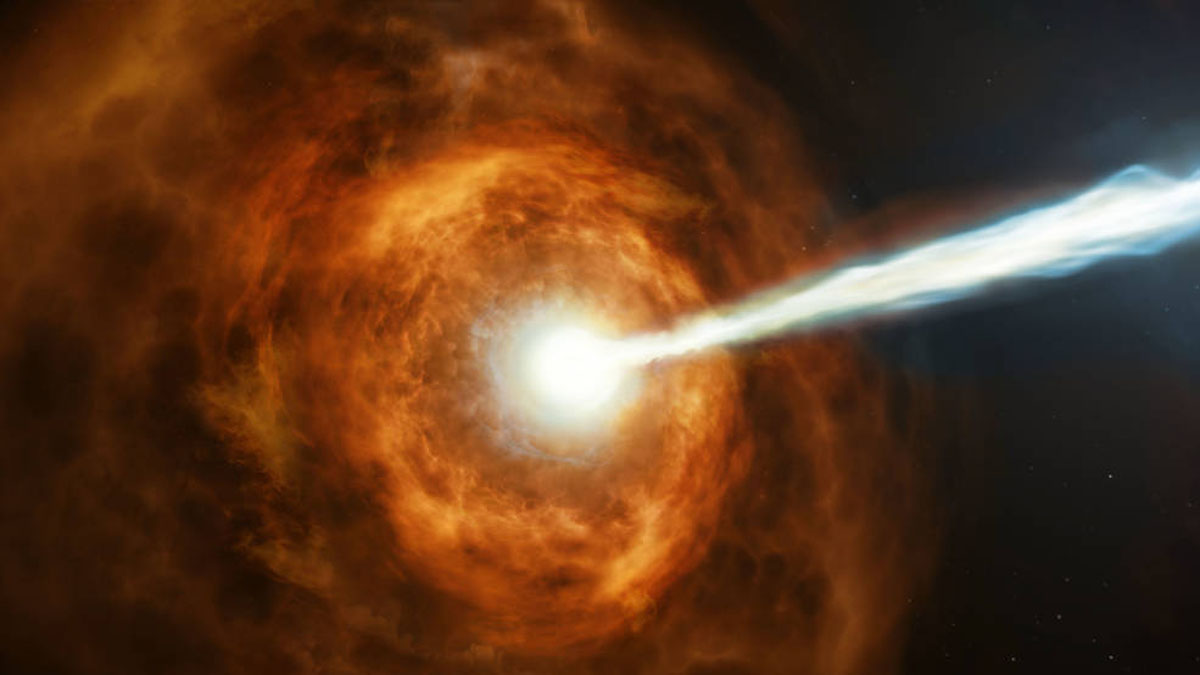

© NASA, ESA and M. Kornmesser

The new Hestia telescope by Vaonis is the third of the company’s innovative instruments I have reviewed, and once again, I’m impressed. Vaonis named their creation for the Greek goddess of the hearth and home, and released it after a successful 2023 Kickstarter campaign which raised $4.1 million in just a month. The Hestia isContinue reading "Review: Astronomy tests Vaonis’ Hestia telescope for your smartphone"
The post Review: Astronomy tests Vaonis’ Hestia telescope for your smartphone appeared first on Astronomy Magazine.



© m-gucci via Getty Images


© Gagarin Cosmonaut Training Center


© Lockheed Martin and U.S. Space Force


© Timothy Hodgkinson via Alamy


© Disney+
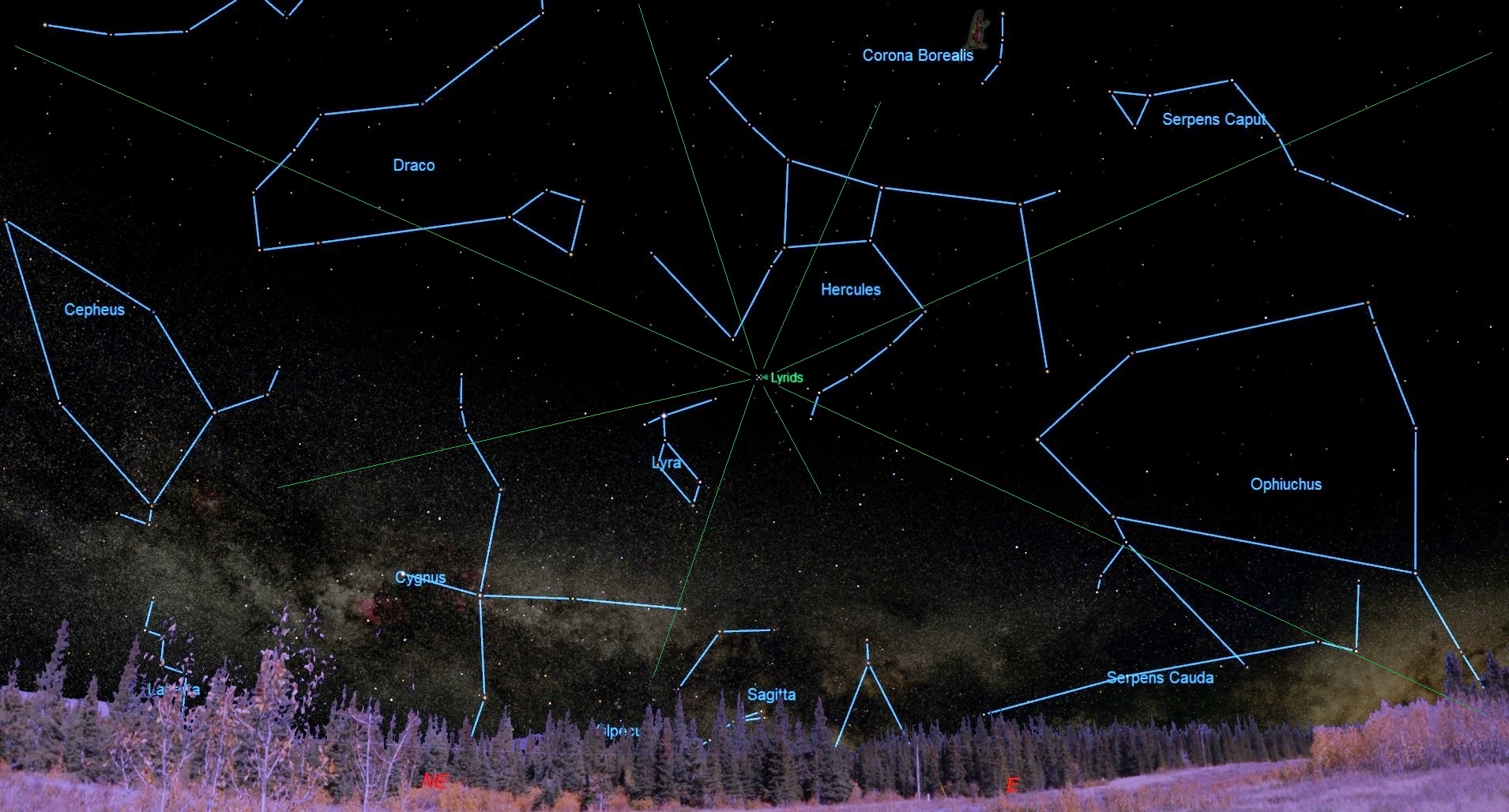

© Starry Night


© NASA


© Blue Origin


© Amogh Jadhav
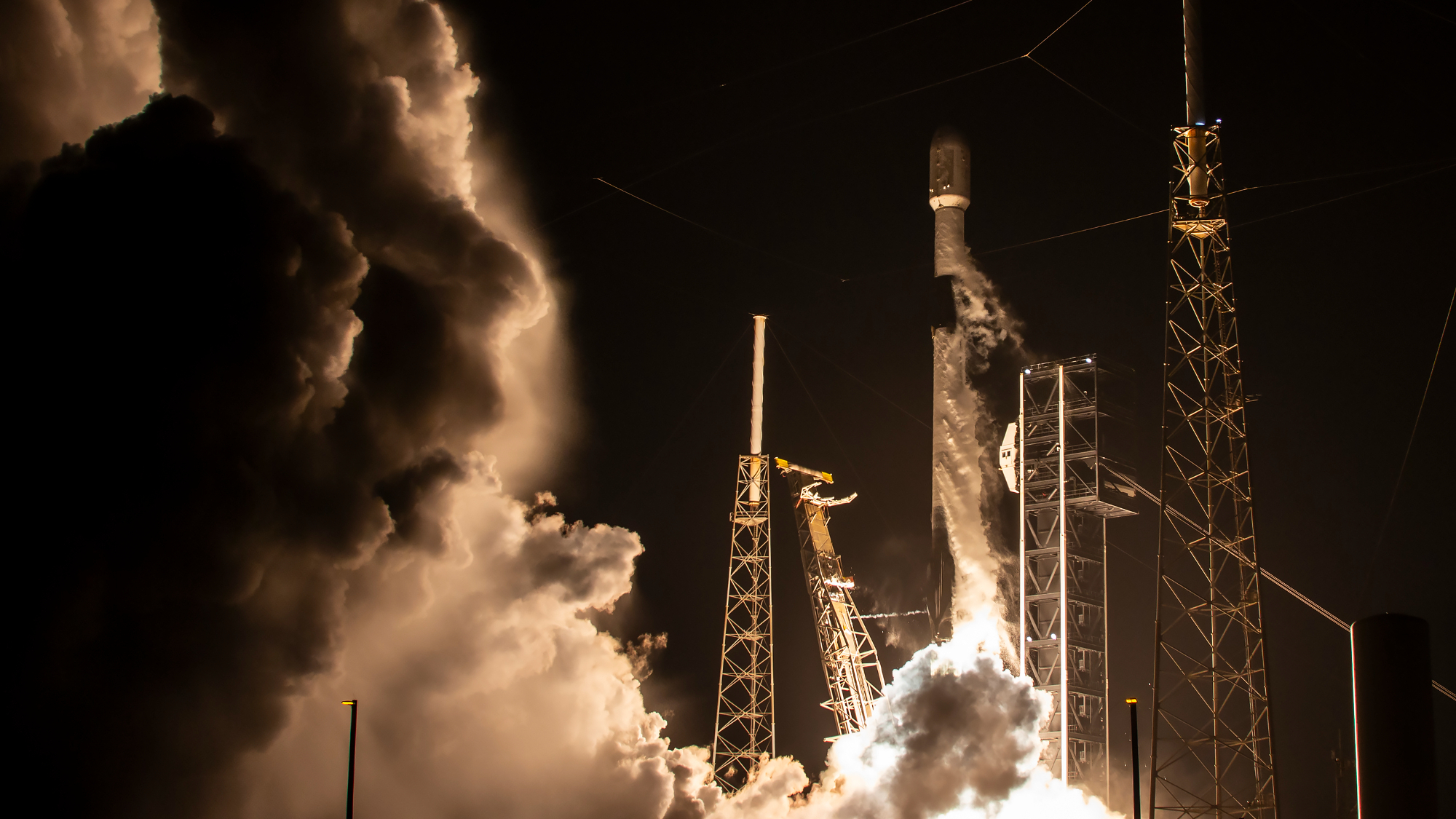

© SpaceX


© Moonshot Studios


© SpaceX


© Paramount


© TWiT
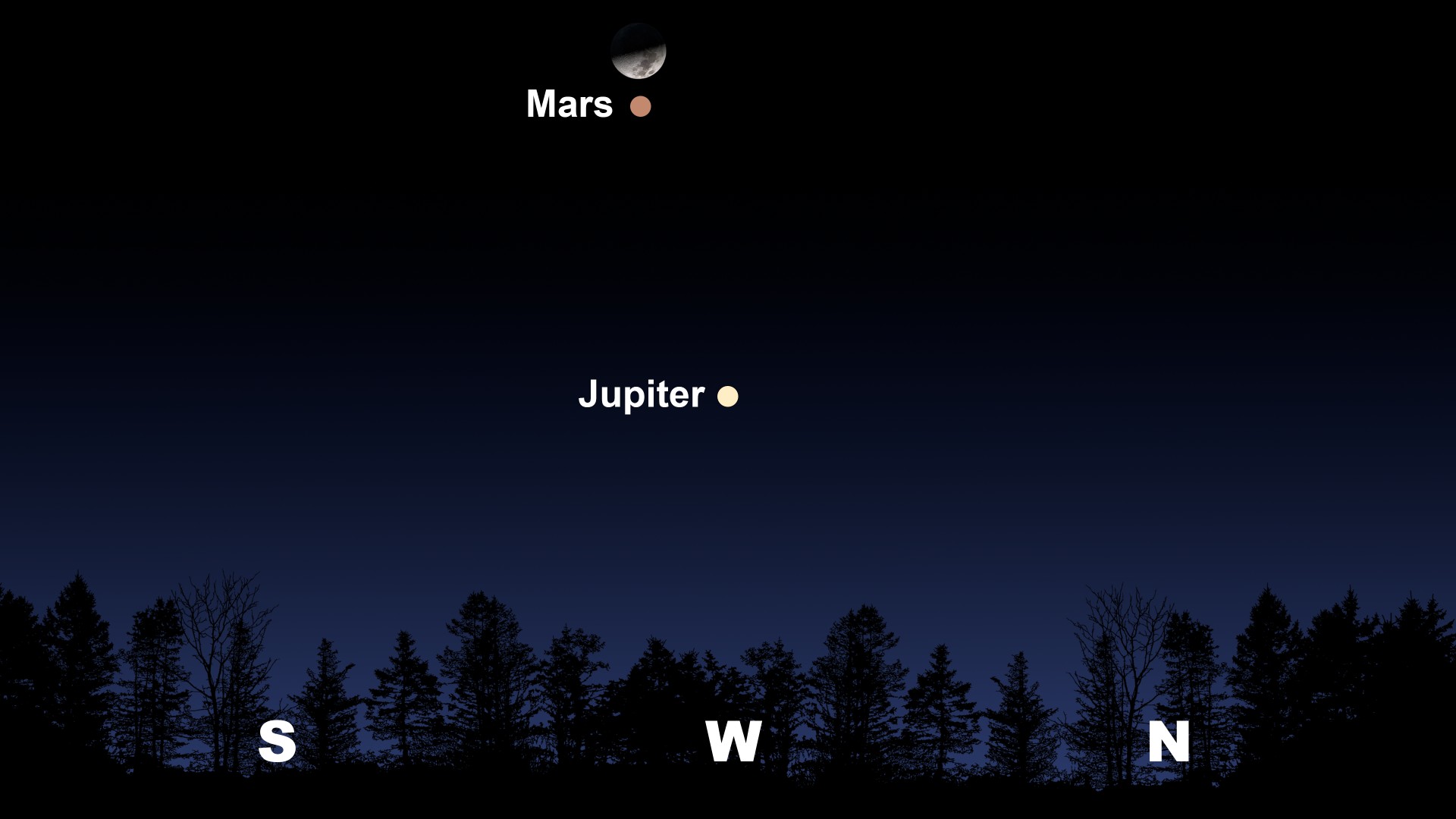

© NOIRLab/NSF/AURA/Stellarium/J. Davis

Sixty years ago, a fleet of sleek little spaceships paved the way for America to land a man on the Moon. Project Gemini was a series of two-man, Earth-orbital missions that pioneered rendezvous, docking, and maneuvering in-space, as well as spacewalking — all of which had to be perfected before there was any chance ofContinue reading "How Project Gemini changed spaceflight"
The post How Project Gemini changed spaceflight appeared first on Astronomy Magazine.

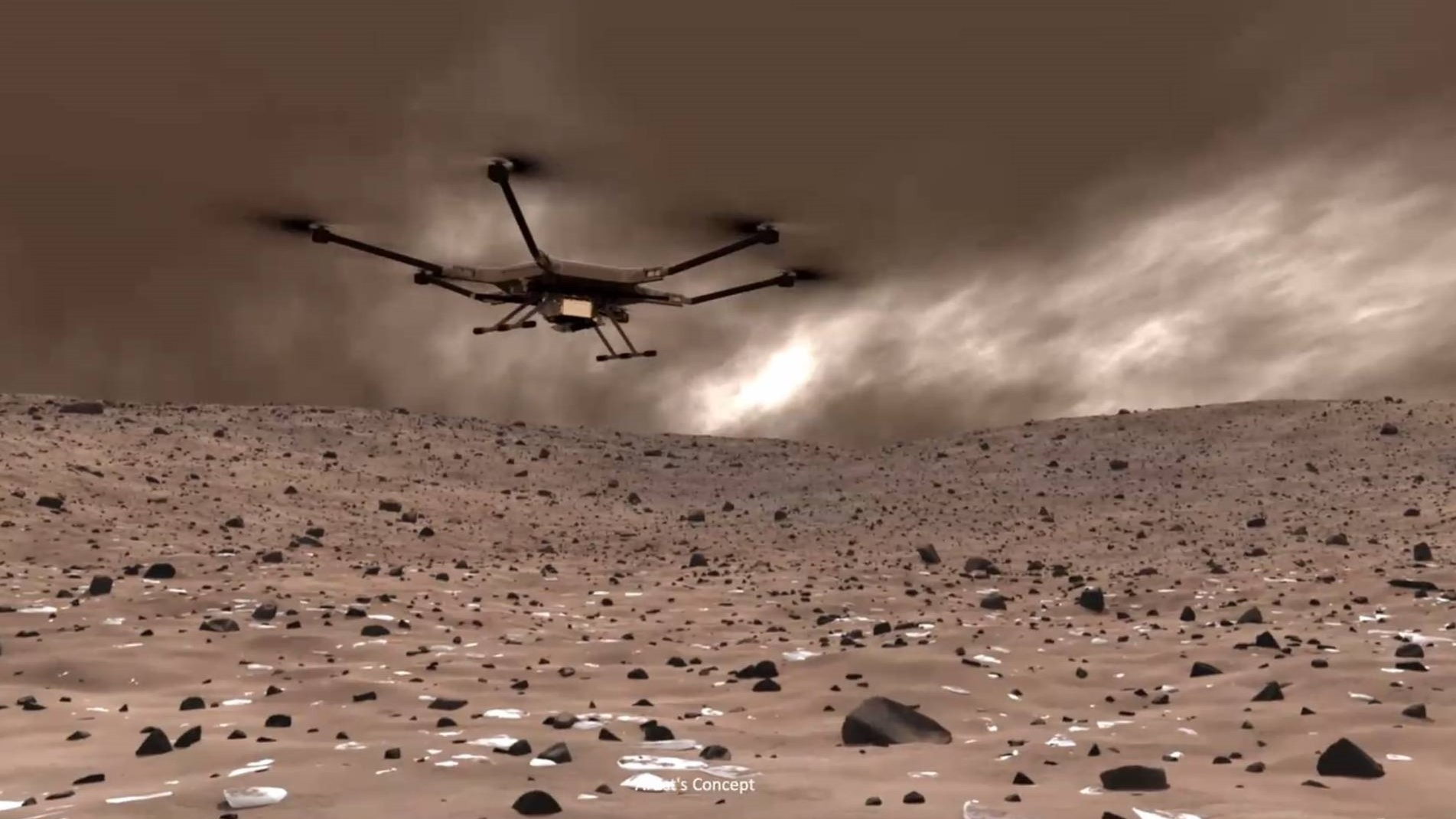

© NASA/JPL-Caltech/Theodore Tzanetos
Author(s): Katherine Wright
Elena Pinetti searches for dark matter using JWST calibration images that other researchers discard.
[Physics 18, 73] Published Fri Apr 04, 2025
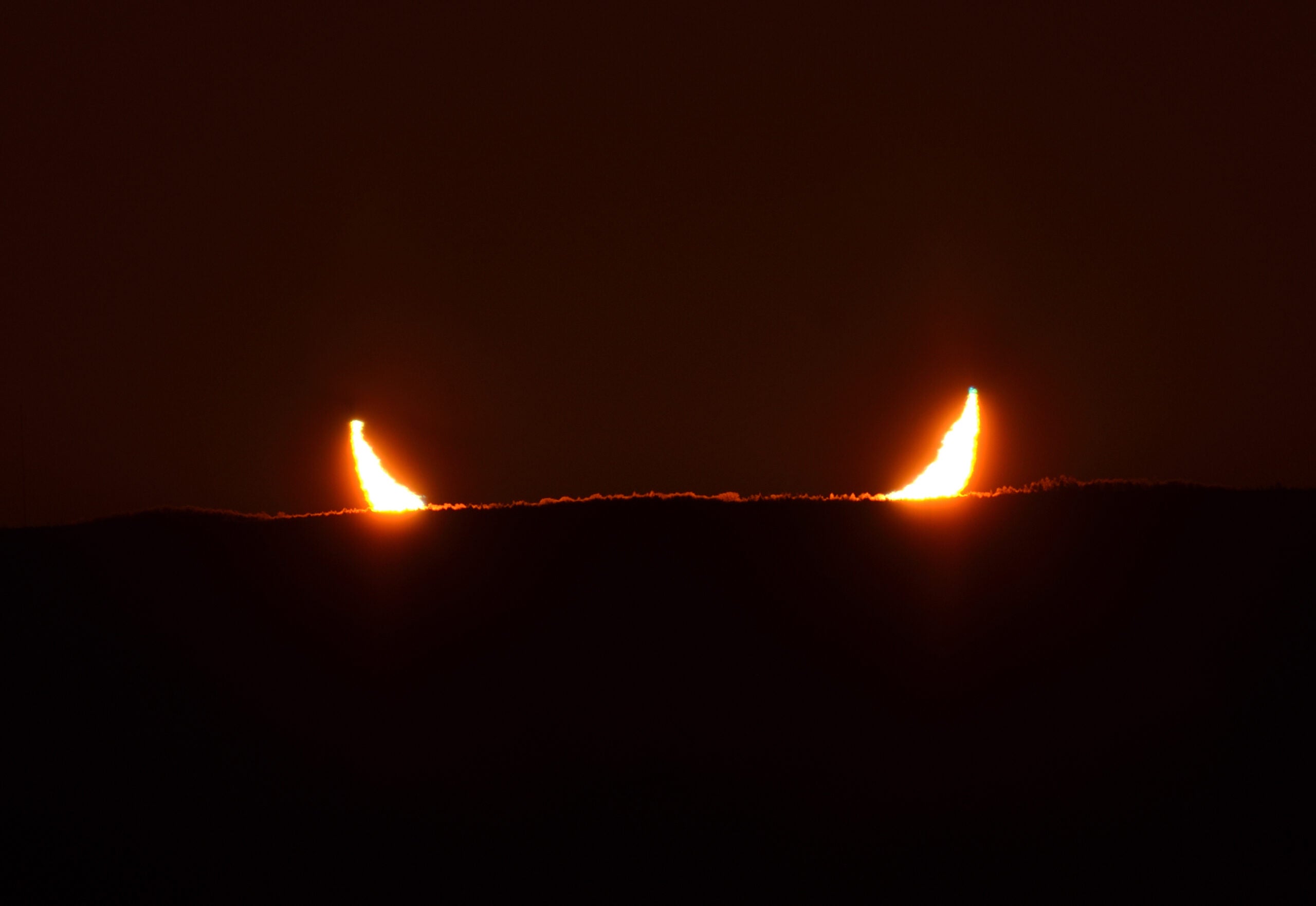
Fabrizio Melandri from Voltana, Italy The partial solar eclipse of March 29, 2025, gave viewers along the U.S. Eastern Seaboard a view of “devil’s horns” — the horns of a partially eclipsed Sun emerging from the horizon at sunrise. This photographer captured this phenomenon from Monticello, Maine, with a 4-inch f/7 refractor and Nikon DSLR.
The post Horns of the Sun appeared first on Astronomy Magazine.

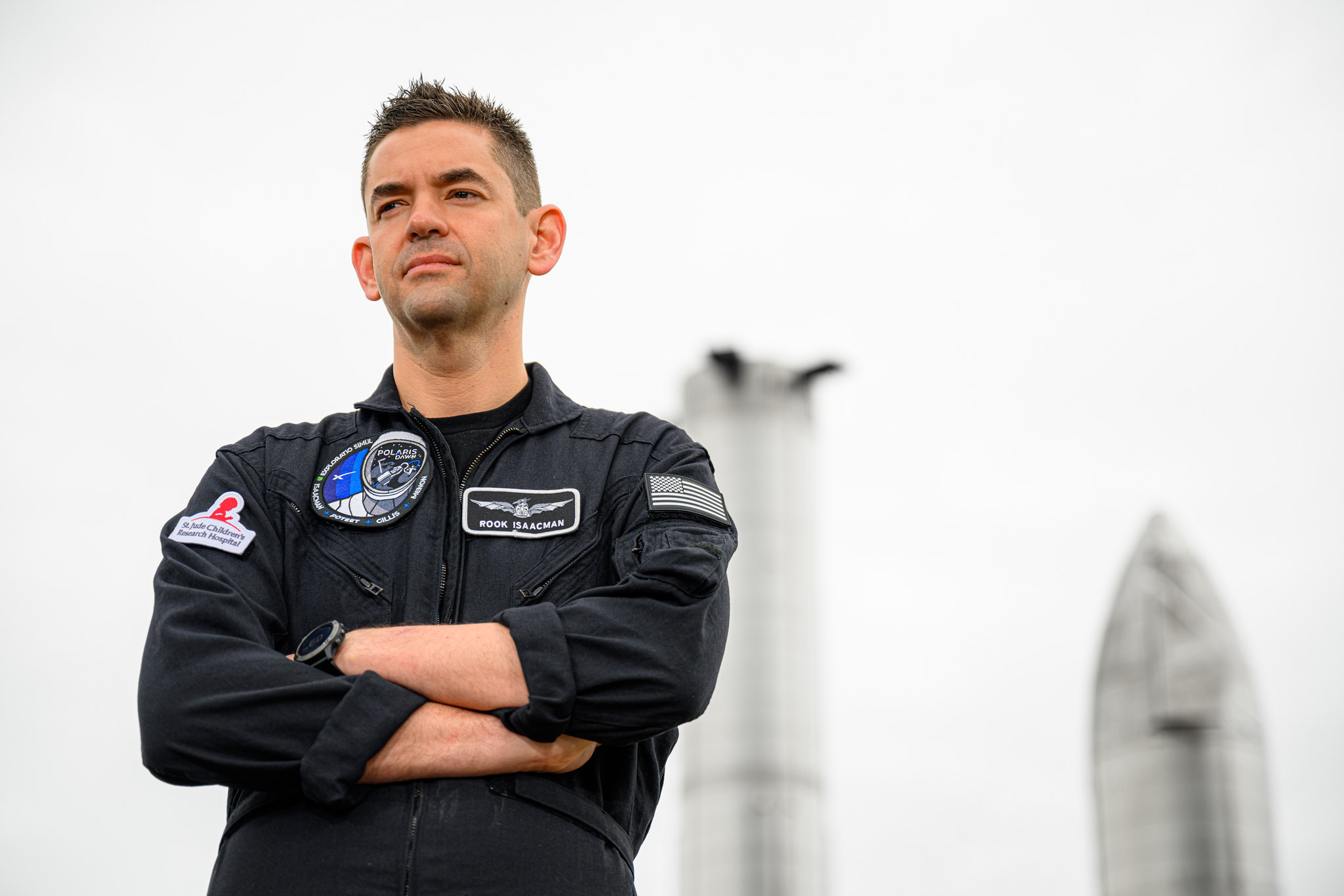

© Polaris Program
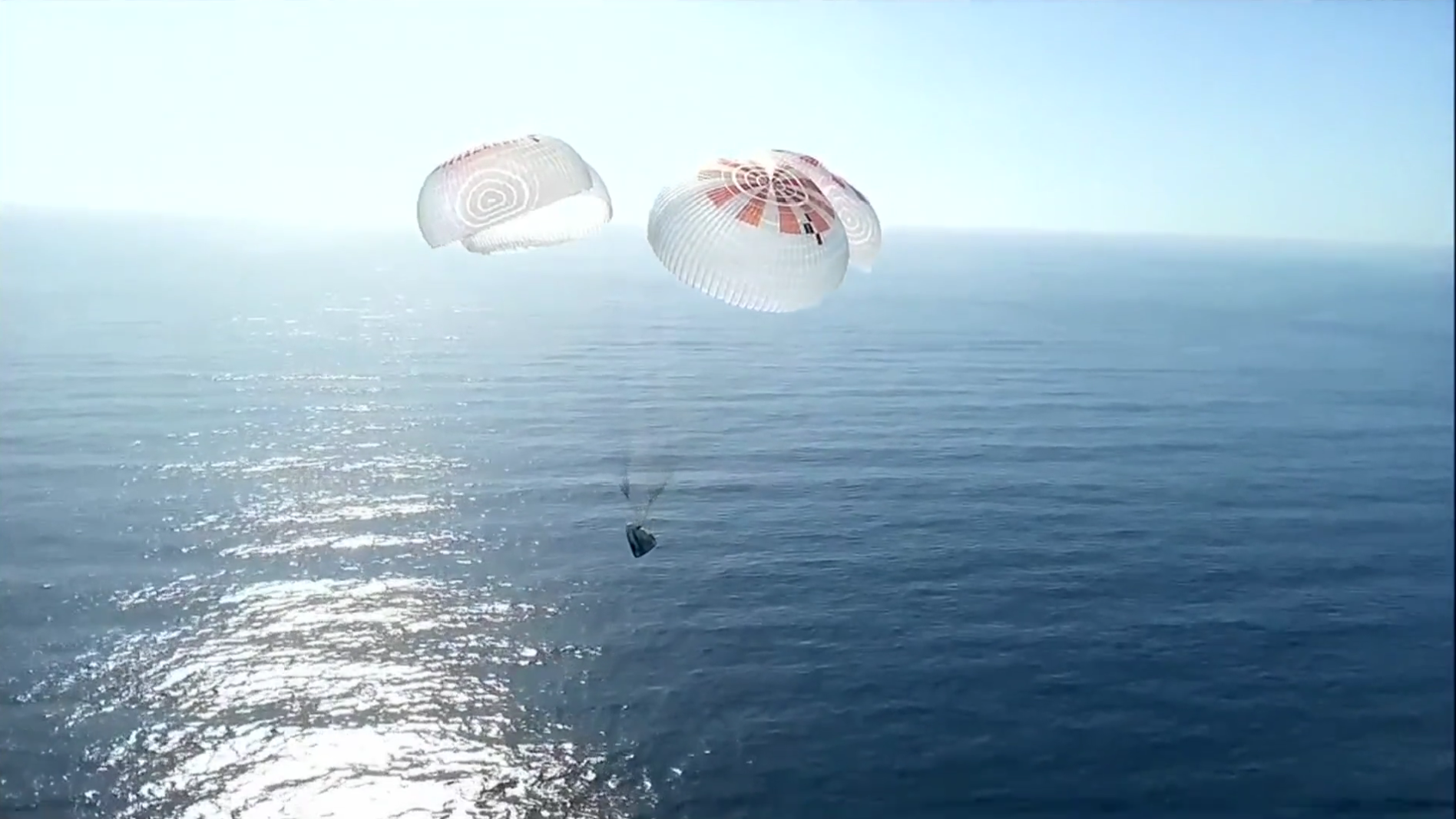
The first astronaut crew to fly directly over Earth’s poles splashed down safely on Friday after nearly four days on orbit. Civilian astronauts Chun Wang, Jannicke Mikkelsen, Rabea Rogge, and Eric Phillips — the international crew of SpaceX’s private Fram2 mission — landed around 12:19 p.m. EDT and exited their SpaceX Dragon capsule without assistance, allowing researchers to study how theContinue reading "Fram2 astronauts splash down after historic polar spaceflight"
The post Fram2 astronauts splash down after historic polar spaceflight appeared first on Astronomy Magazine.



© NASA/JPL-Caltech/LANL/CNES/CNRS/INTA-CSIC/Space Science Institute/ISAE-Supaero/University of Arizona
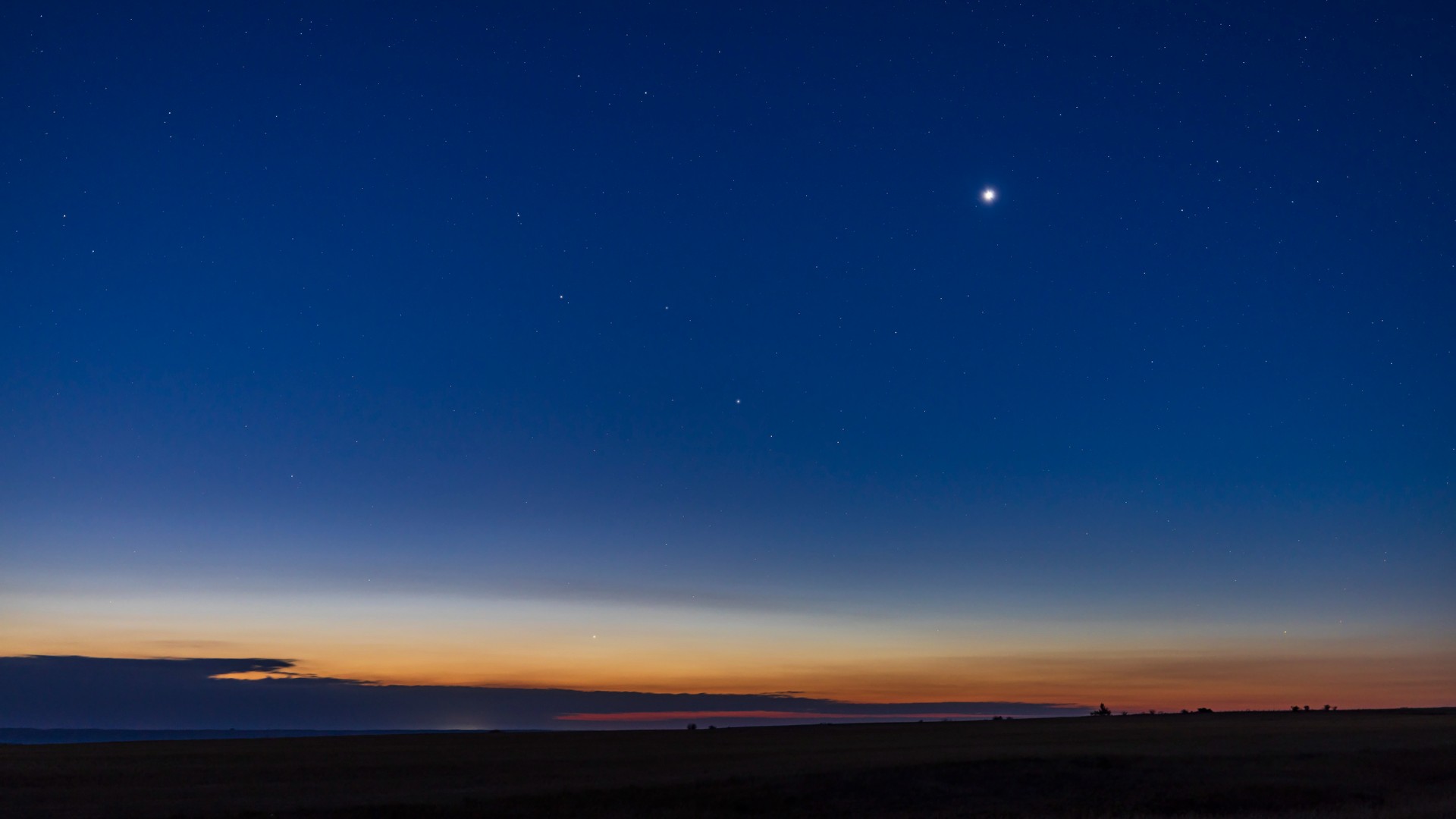

© Alan Dyer/Stocktrek Images/Getty Images
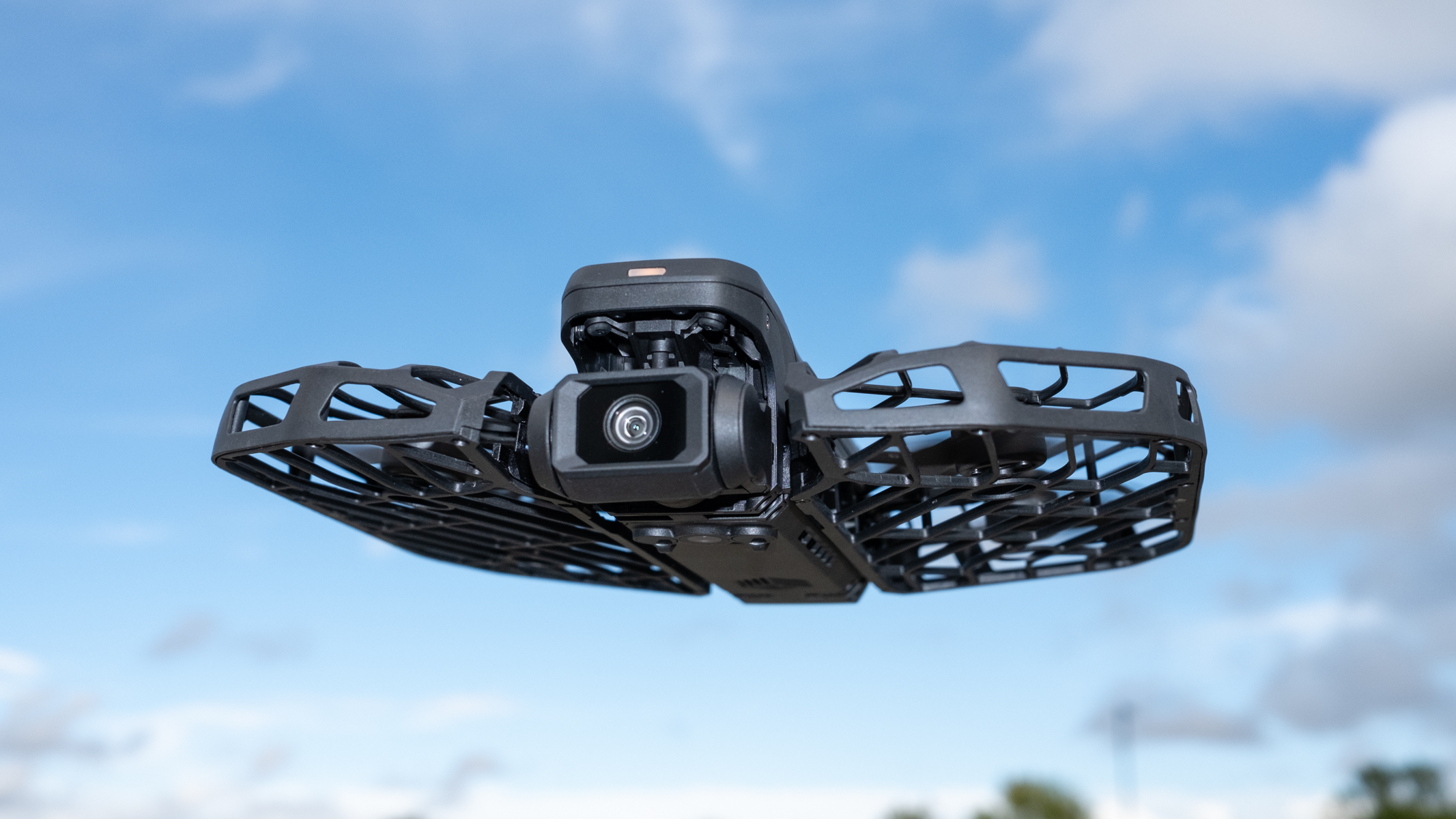

© James Abbott
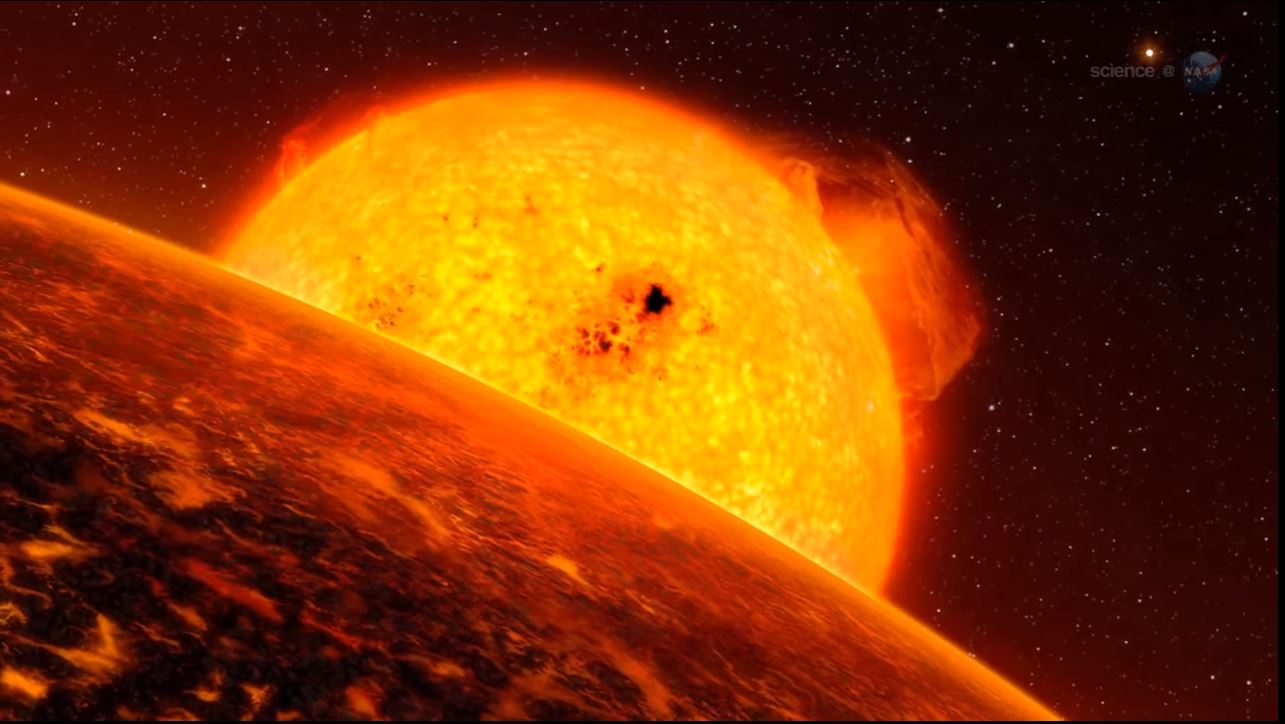

© Science@NASA


© Future
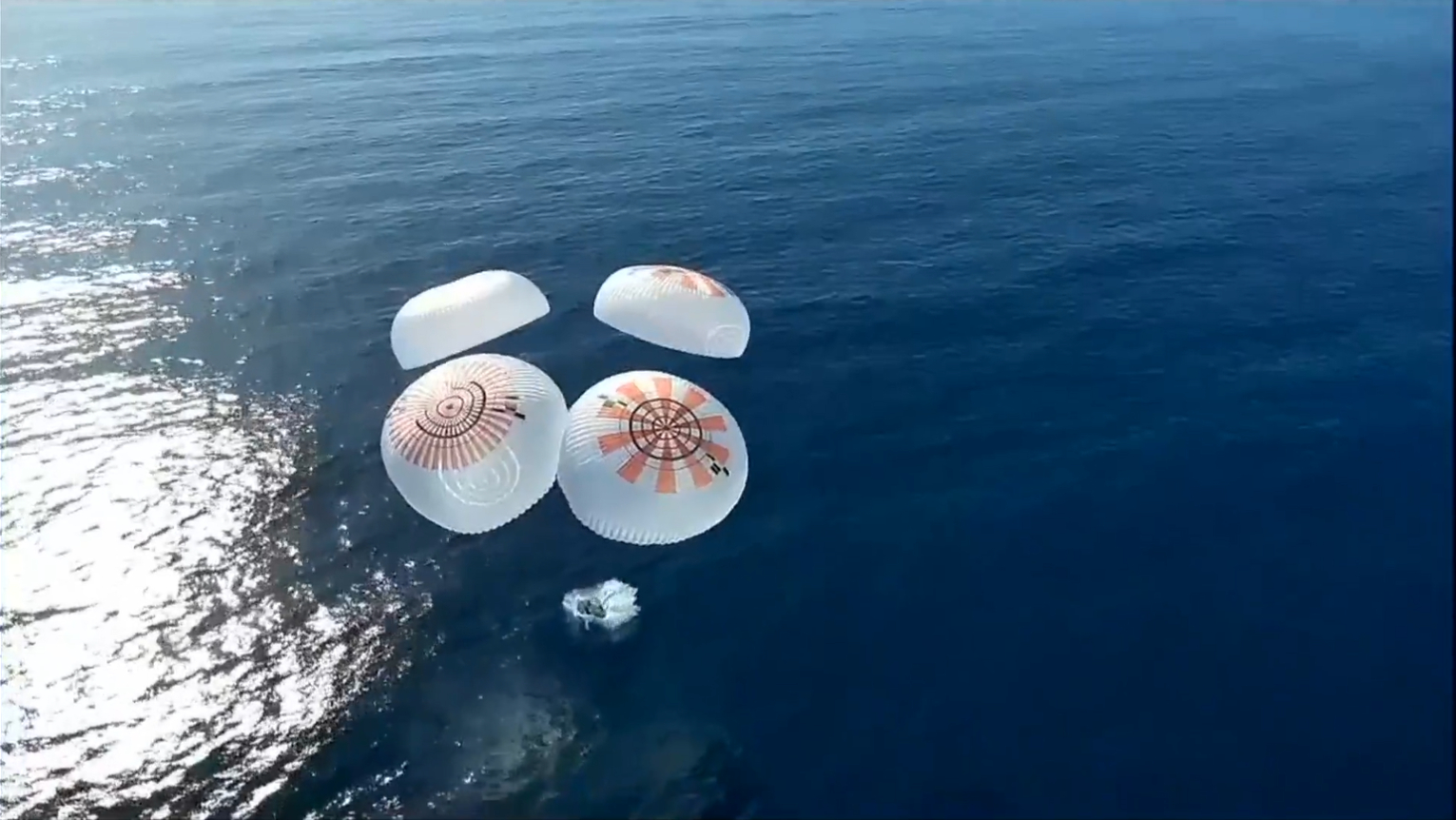

© SpaceX


© NASA/Josh Valcarcel
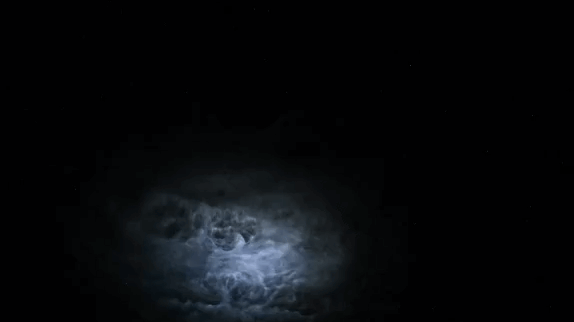

© Don Pettit/NASA
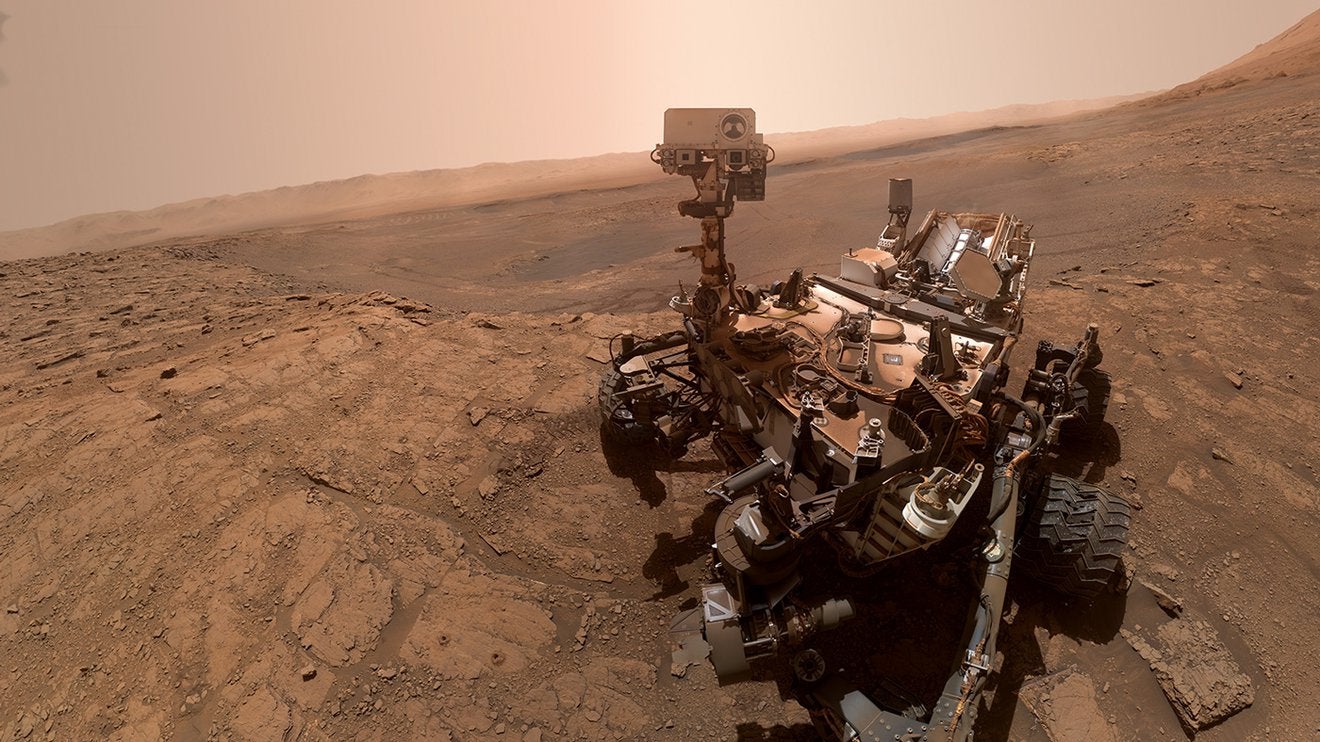
The Mars Curiosity rover has found the largest organic molecules yet on the Red Planet. Organic molecules are the building blocks of life, although they can also be produced by geological processes. While there’s currently no way to prove whether these particular molecules were formed from processes associated with life, their very discovery shows thatContinue reading "Curiosity discovers largest organic molecules yet on Mars"
The post Curiosity discovers largest organic molecules yet on Mars appeared first on Astronomy Magazine.



© System Era Softworks
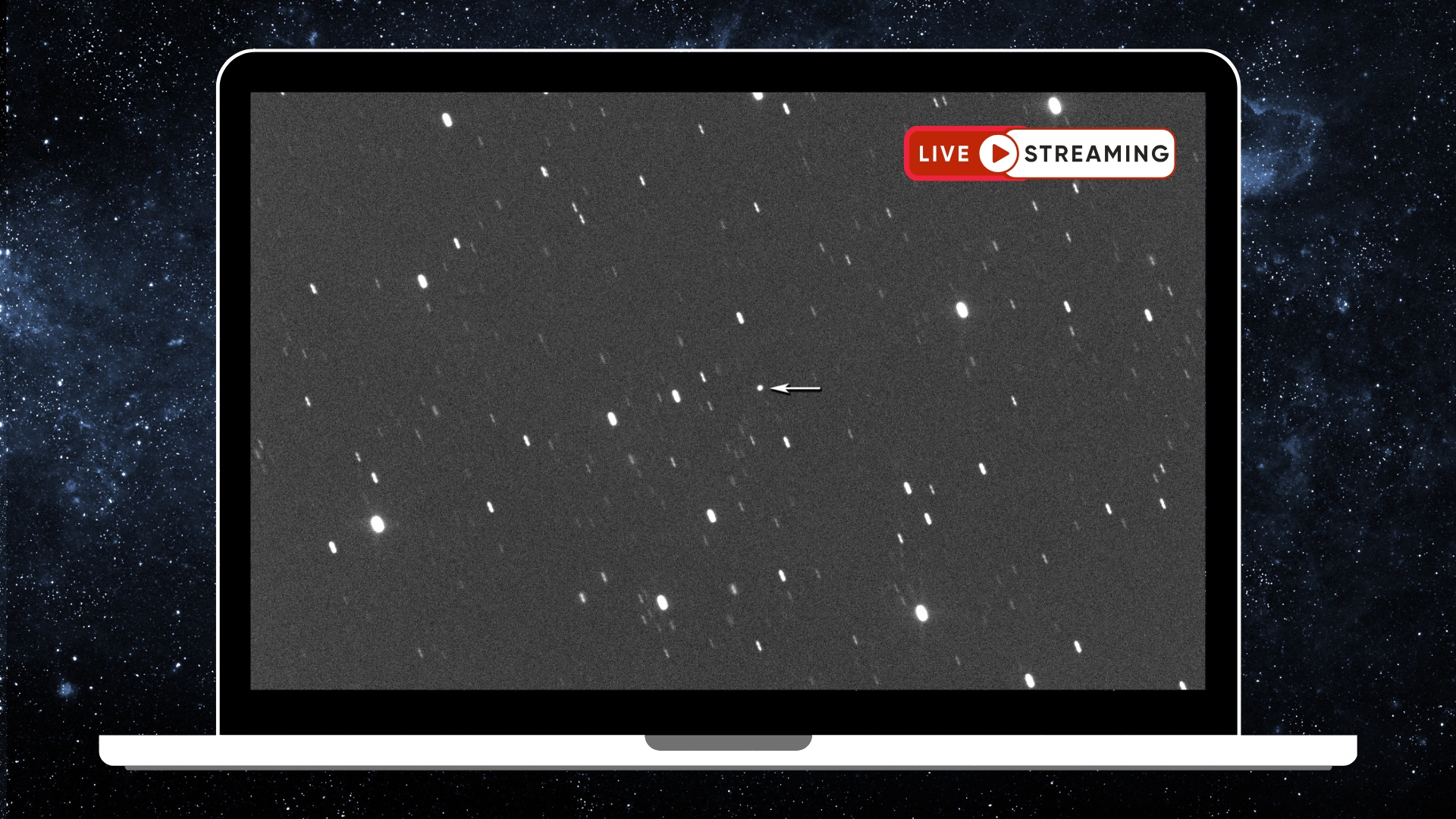

© Asteroid graphic: Gianluca Masi/Virtual Telescope Project. Graphic made in Canva Pro by Daisy Dobrijevic
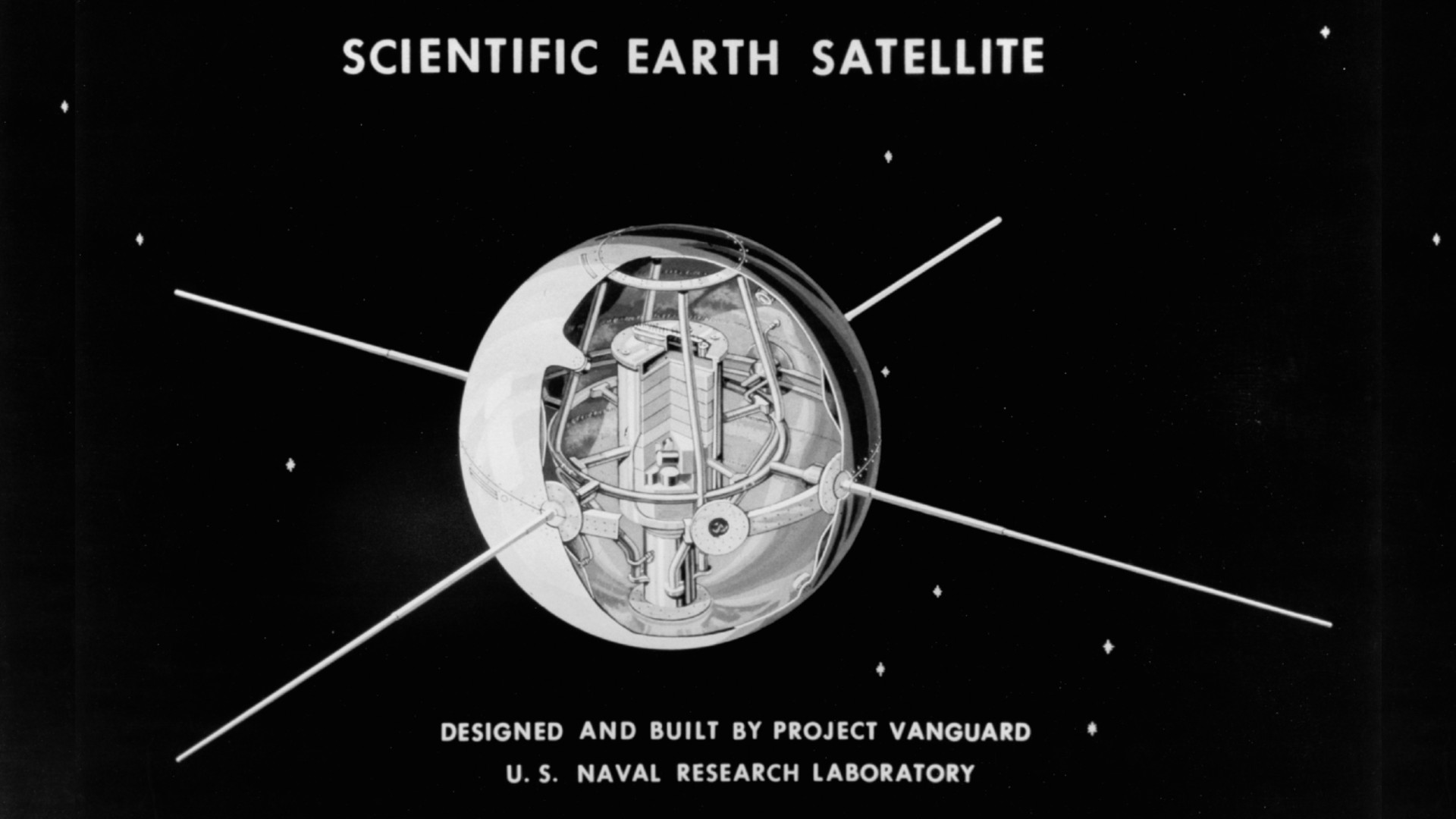

© Bettmann/CORBIS/Bettmann Archive/Getty Images
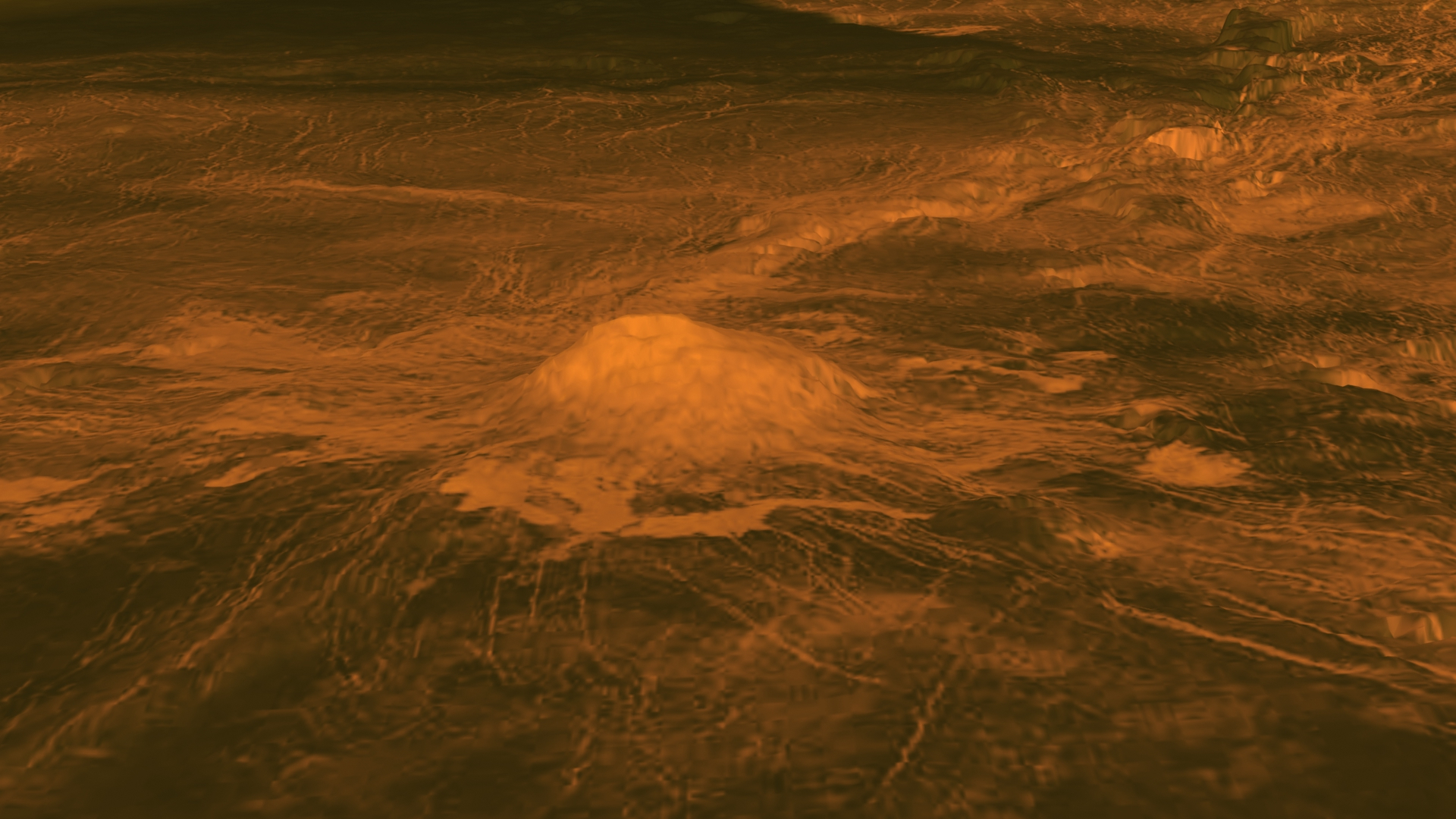

© NASA/JPL-Caltech
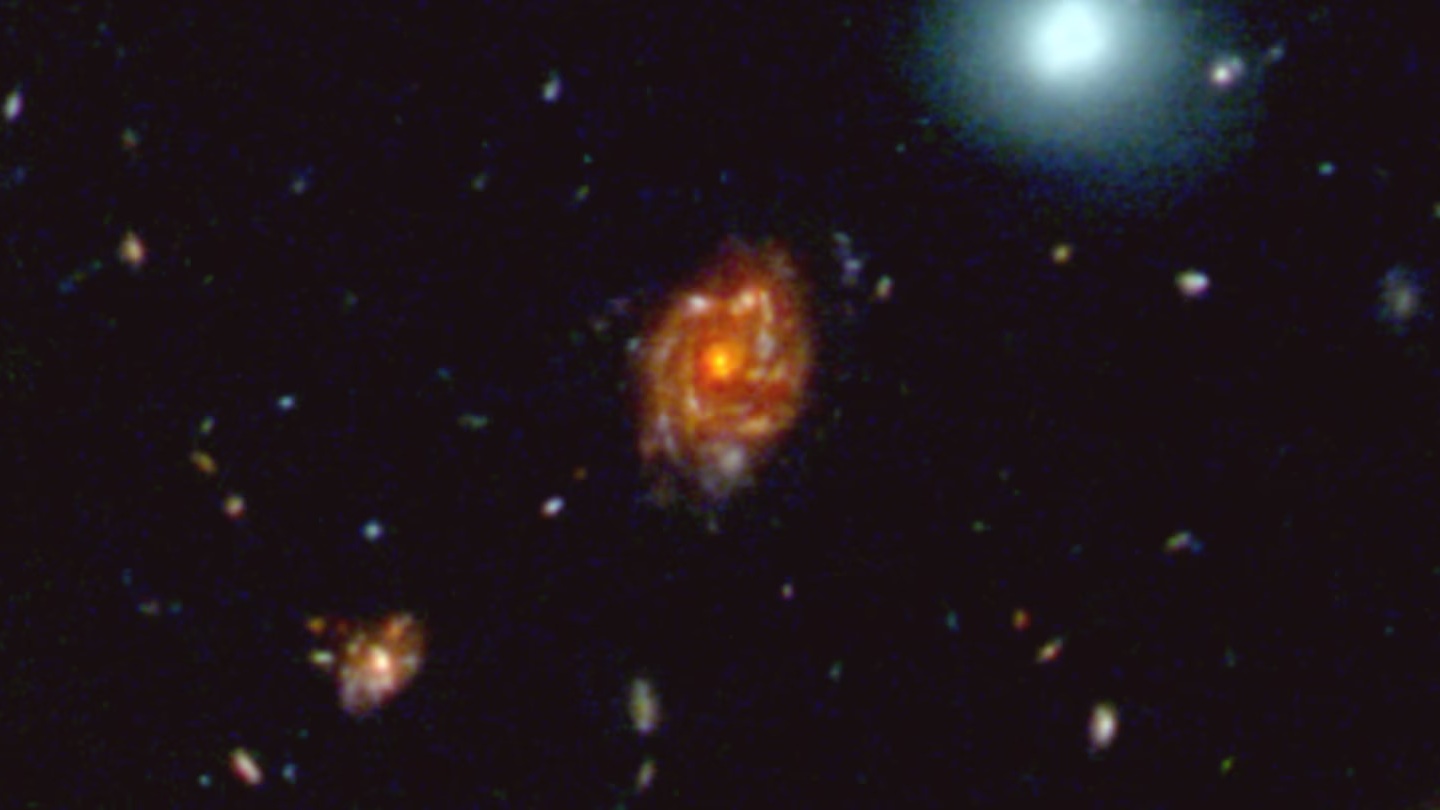

© NASA/ESA
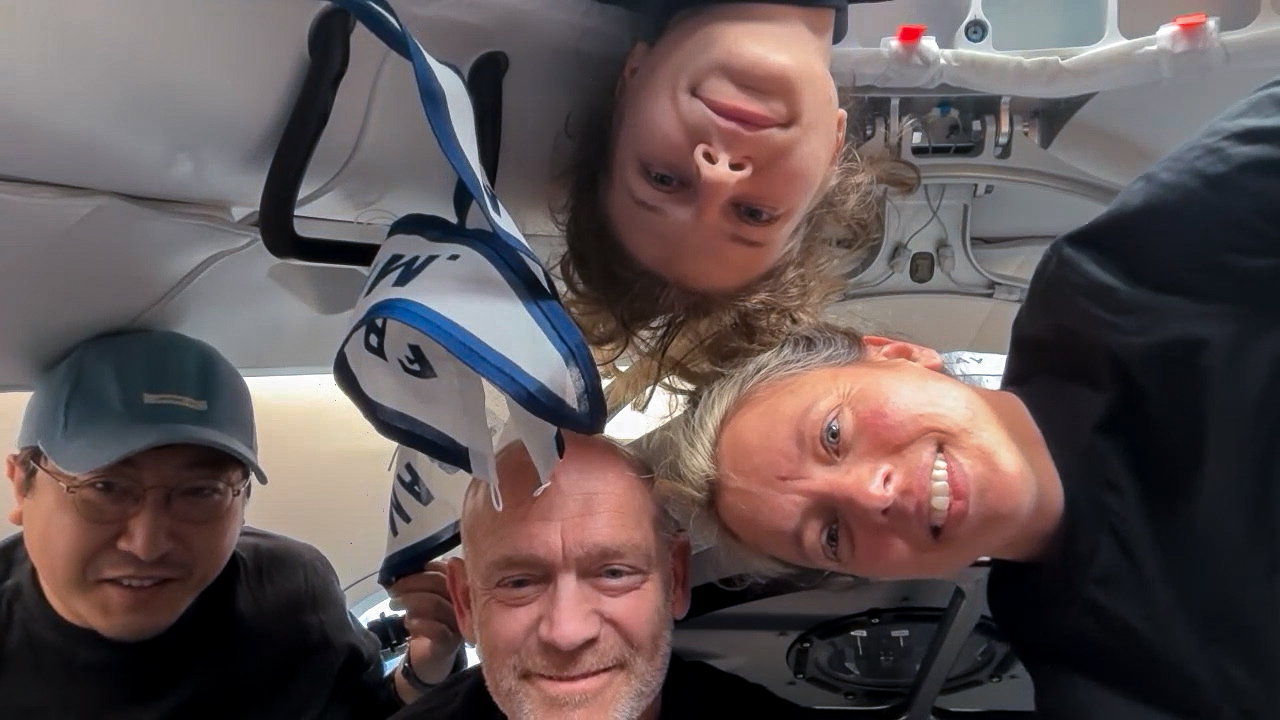

© SpaceX
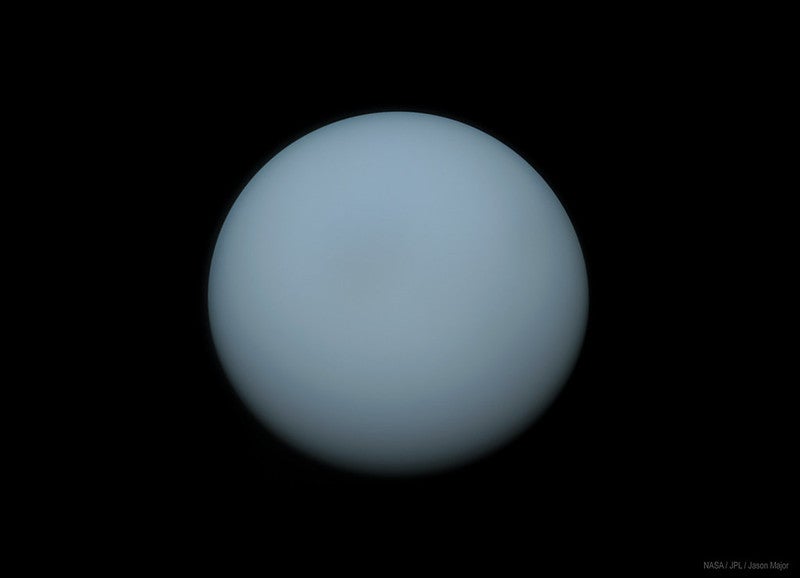
Sky This Week is brought to you in part by Celestron. Friday, April 4This evening, the roughly half-illuminated face of the Moon hangs in Gemini, high in the south an hour after sunset. First Quarter Moon occurs at 10:15 P.M. EDT. The two brightest stars in Gemini are Castor (magnitude 1.6) and Pollux (magnitude 1.2).Continue reading "The Sky This Week from April 4 to 11: Catch your last views of Uranus"
The post The Sky This Week from April 4 to 11: Catch your last views of Uranus appeared first on Astronomy Magazine.



© SpaceX
Author(s): Katherine Wright
Researchers have demonstrated a method for suppressing unwanted electrons in bright electron beam sources.
[Physics 18, s40] Published Thu Apr 03, 2025
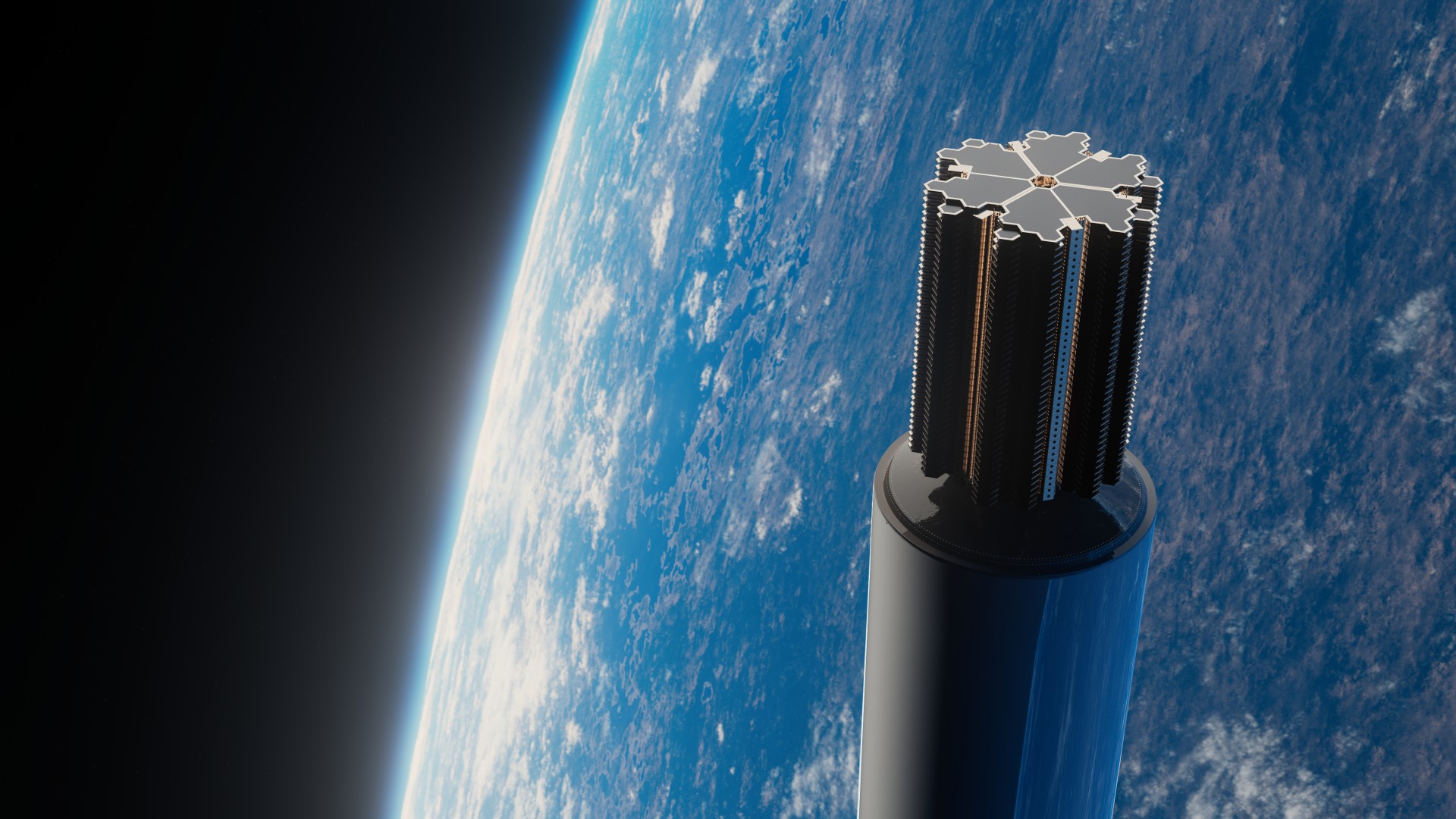

© SpinLaunch
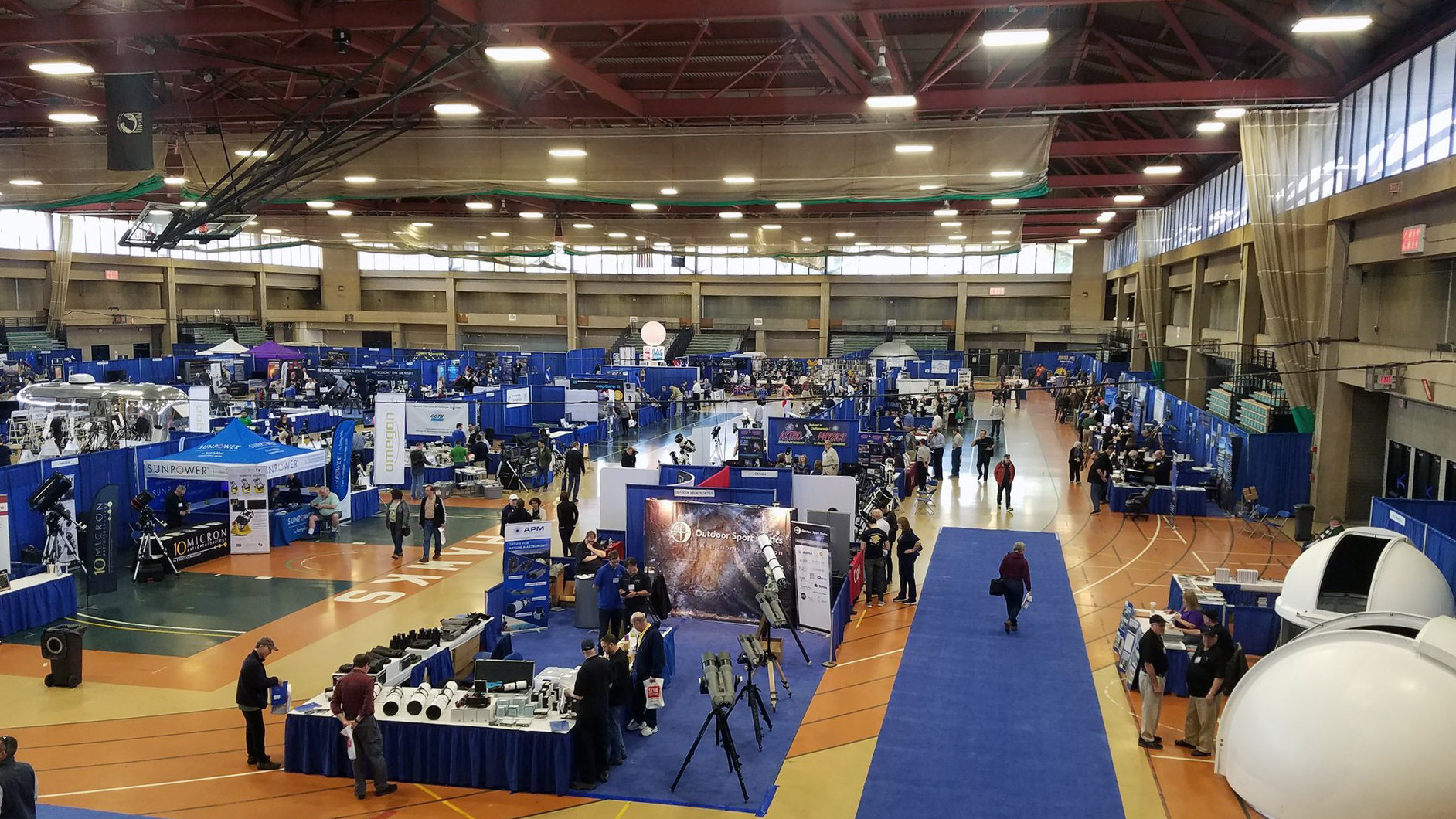

© Space.com


© NASA/Robert Markowitz


© SpaceX


© True Anomaly


© Bethesda Softworks


© SpaceX/Fram2
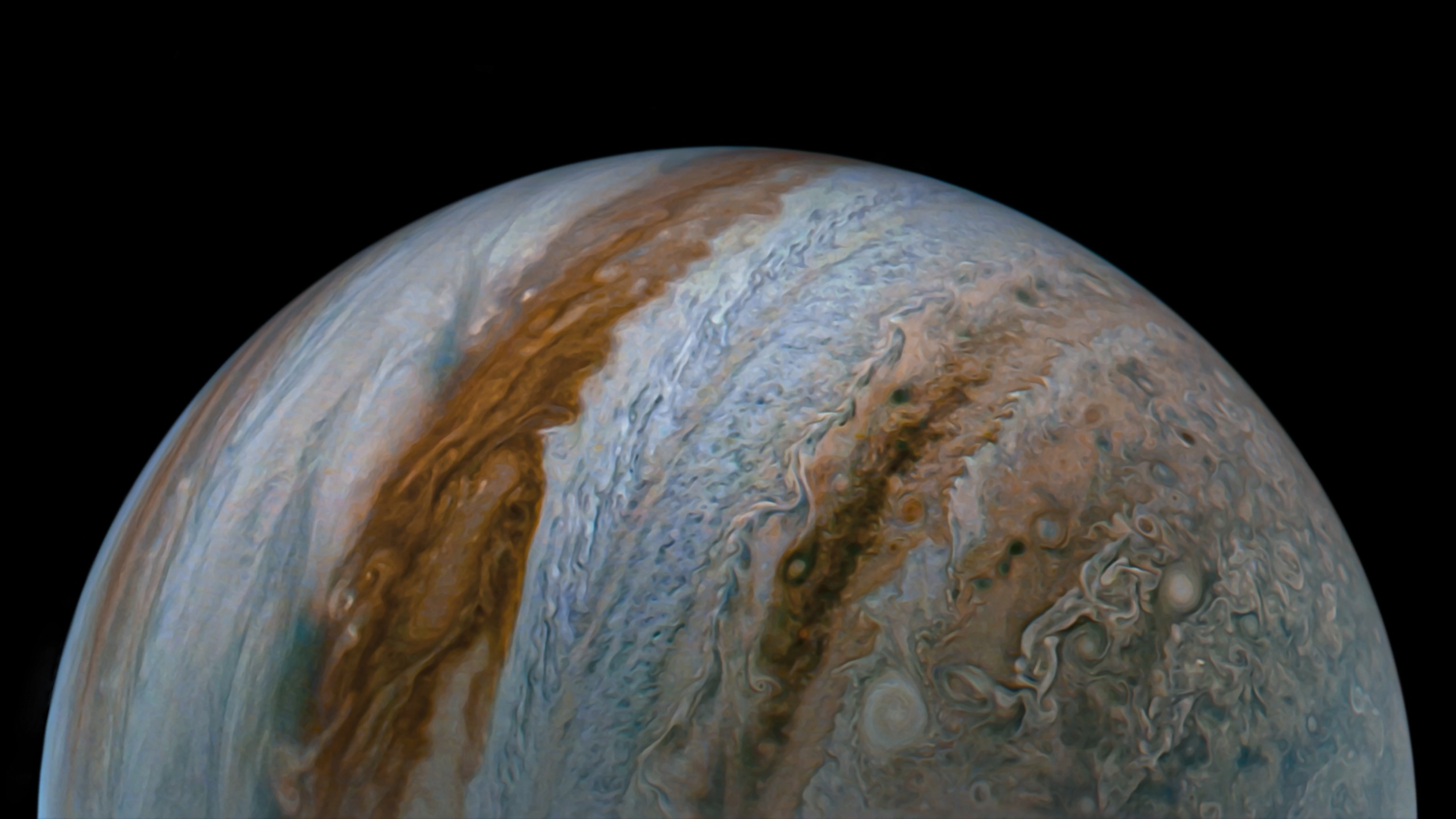

© Image data: NASA/JPL-Caltech/SwRI/MSSS. Image processing by Tanya Oleksuik CC BY NC SA 3.0


© Pocket Books / Star Trek


© Netflix
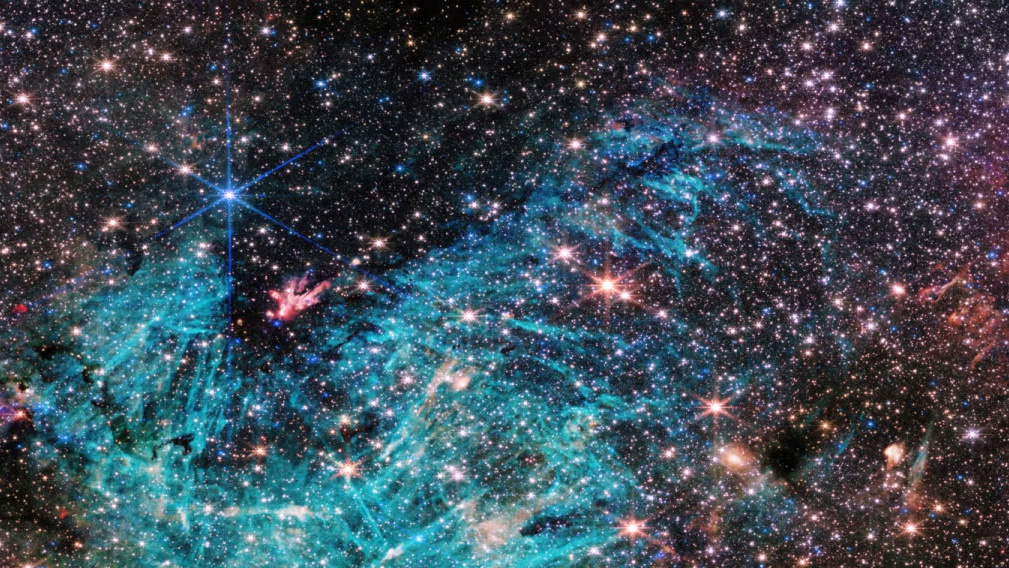

© NASA, ESA, CSA, STScI, SARAO, Samuel Crowe (UVA), John Bally (CU), Ruben Fedriani (IAA-CSIC), Ian Heywood (Oxford)


© X-ray: NASA/CXC/SAO/Univ Mexico/S. Estrada-Dorado et al.; Ultraviolet: NASA/JPL; Optical: NASA/ESA/STScI (M. Meixner)/NRAO (T.A. Rector); Infrared: ESO/VISTA/J. Emerson; Image Processing: NASA/CXC/SAO/K. Arcand


© ESA/Foster + Partners
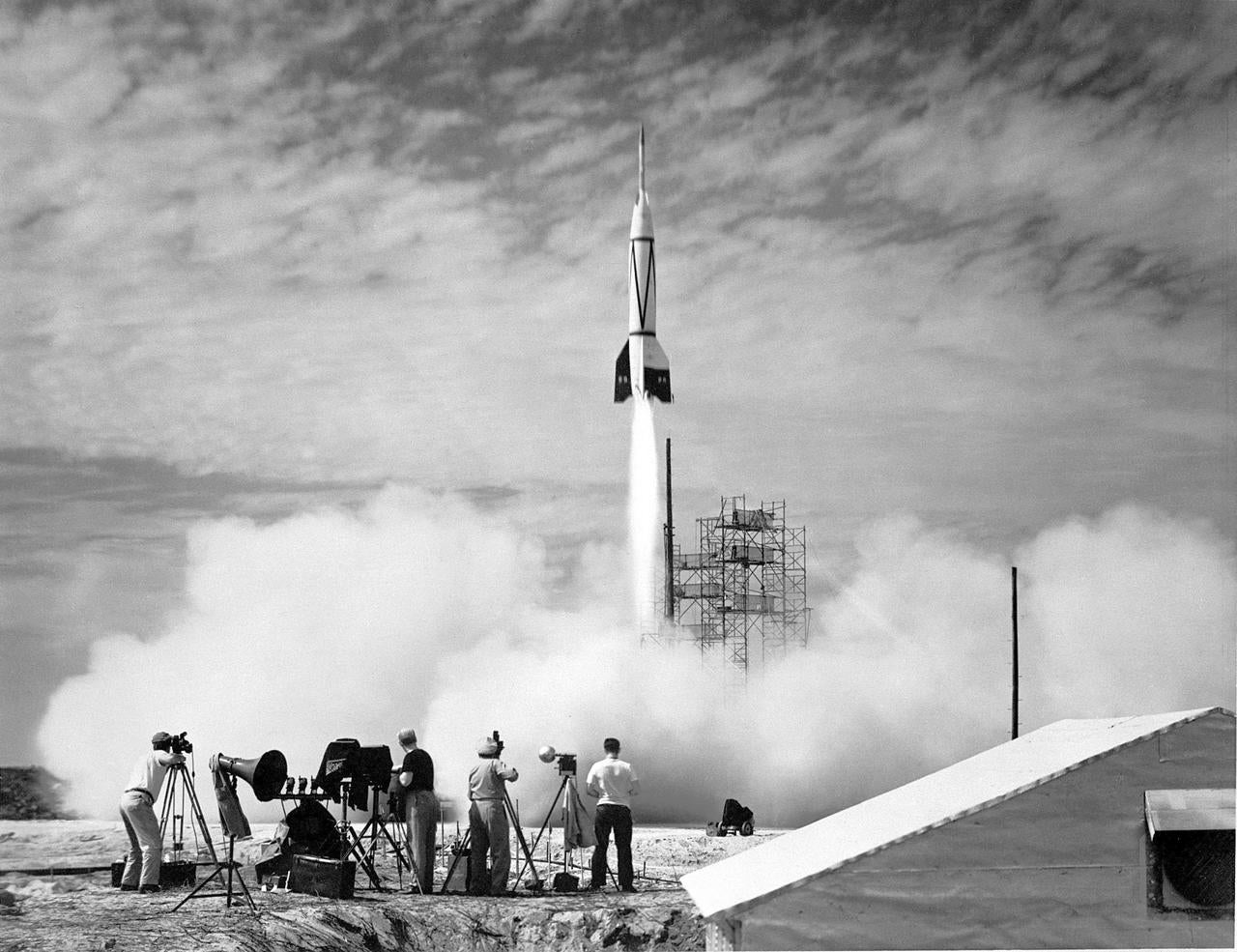
As World War II drew to a close, the Allies were eager to get their hands on one of the most technologically amazing yet terrifying weapons in Nazi Germany’s armamentarium: the V-2 rocket. A long-range, liquid-fueled supersonic guided missile, the V-2 could carry a 2,000-pound (910 kilograms) warhead a staggering 200 miles (320 kilometers) fromContinue reading "Megaroc: The British manned space program that almost was"
The post Megaroc: The British manned space program that almost was appeared first on Astronomy Magazine.

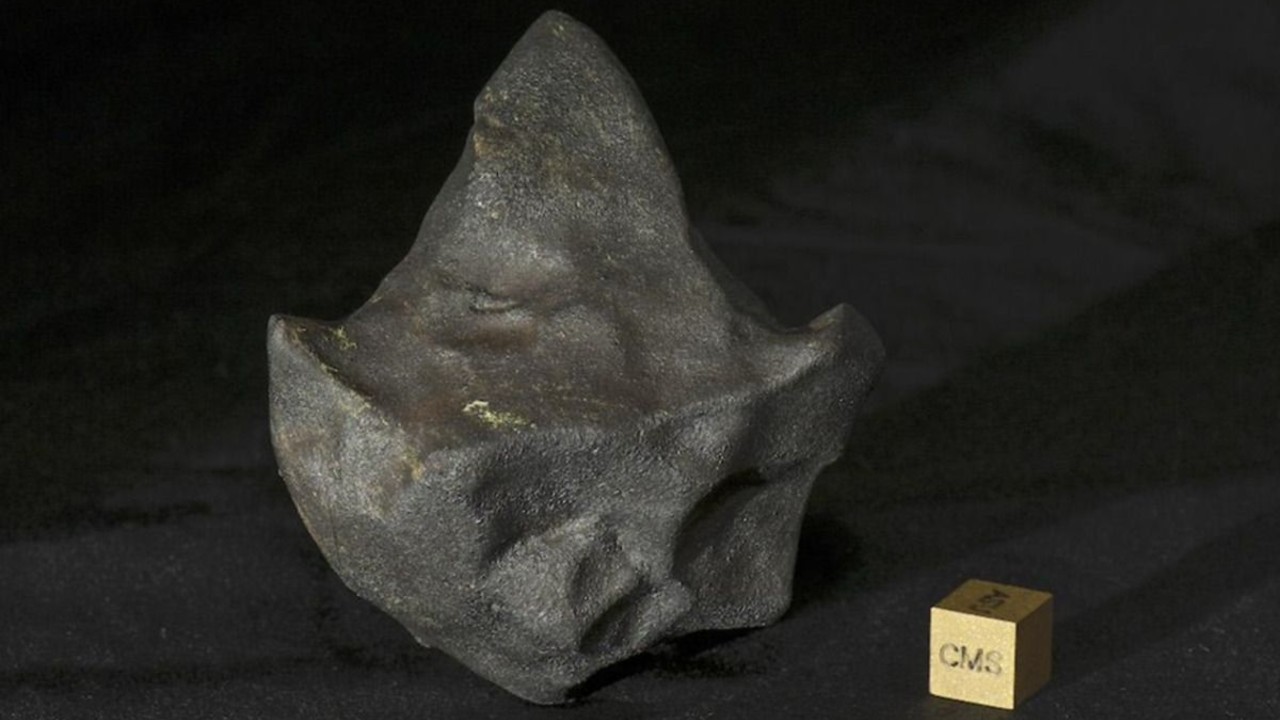

© Arizona State University / SETI Institute.


© Image data: NASA/JPL-Caltech/SwRI/MSSS. Image processing by Tanya Oleksuik CC BY NC SA 3.0
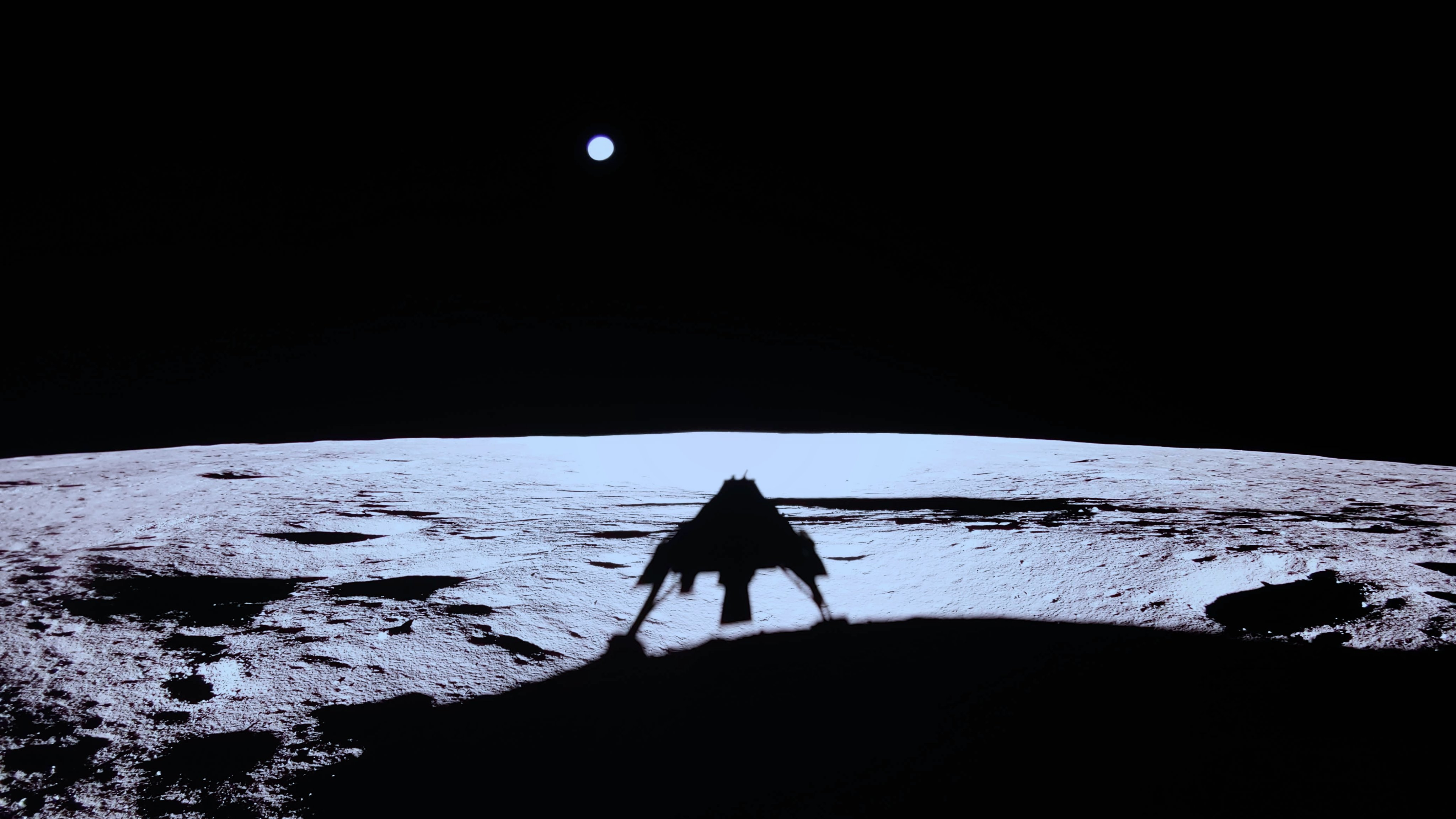

© Firefly Aerospace
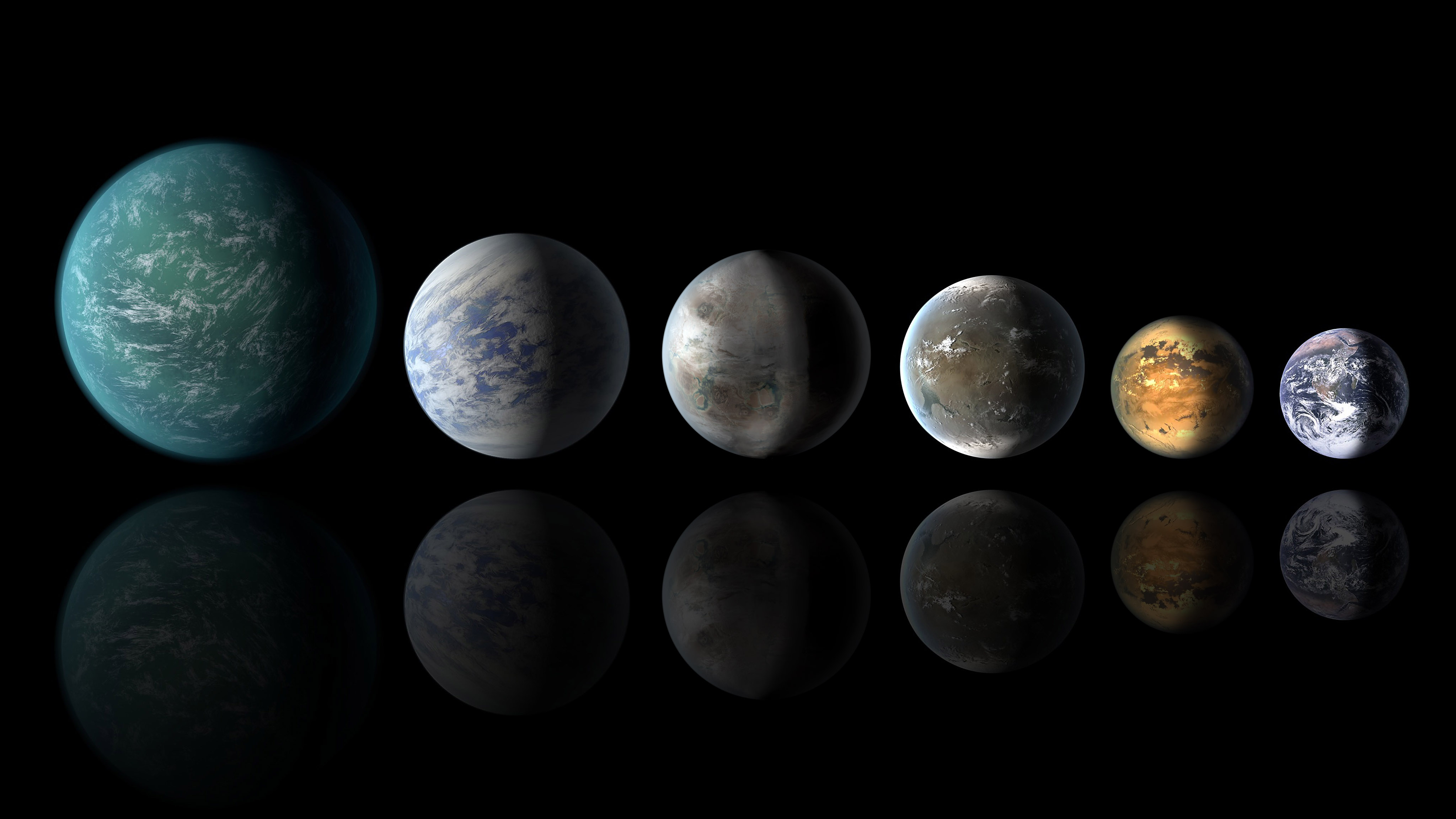

© NASA/Ames/JPL-Caltech


© Roscosmos

Andrei Pleskatsevich, taken from Minsk, Belarus The Seagull Nebula is a region of nebulosity lying on the border between constellations Monoceros and Canis Major; the emission nebula forming the bird’s “head” carries the catalog designation IC 2177. The imager used a 3-inch f/4.5 scope and one-shot color camera to take 10 hours of exposure.
The post Cosmic wingspan appeared first on Astronomy Magazine.



© Paramount+


© ULA


© Warner Bros.


© Universal Pictures
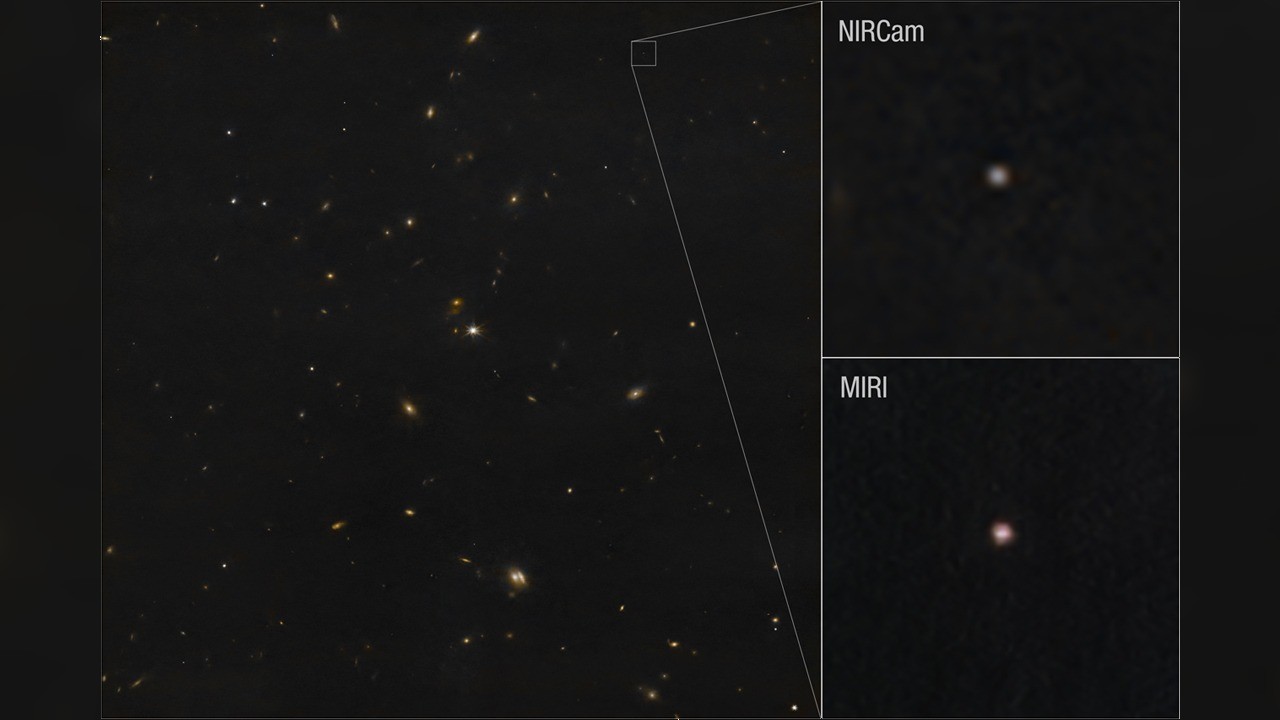

© NASA, ESA, CSA, STScI, Andy Rivkin (APL)
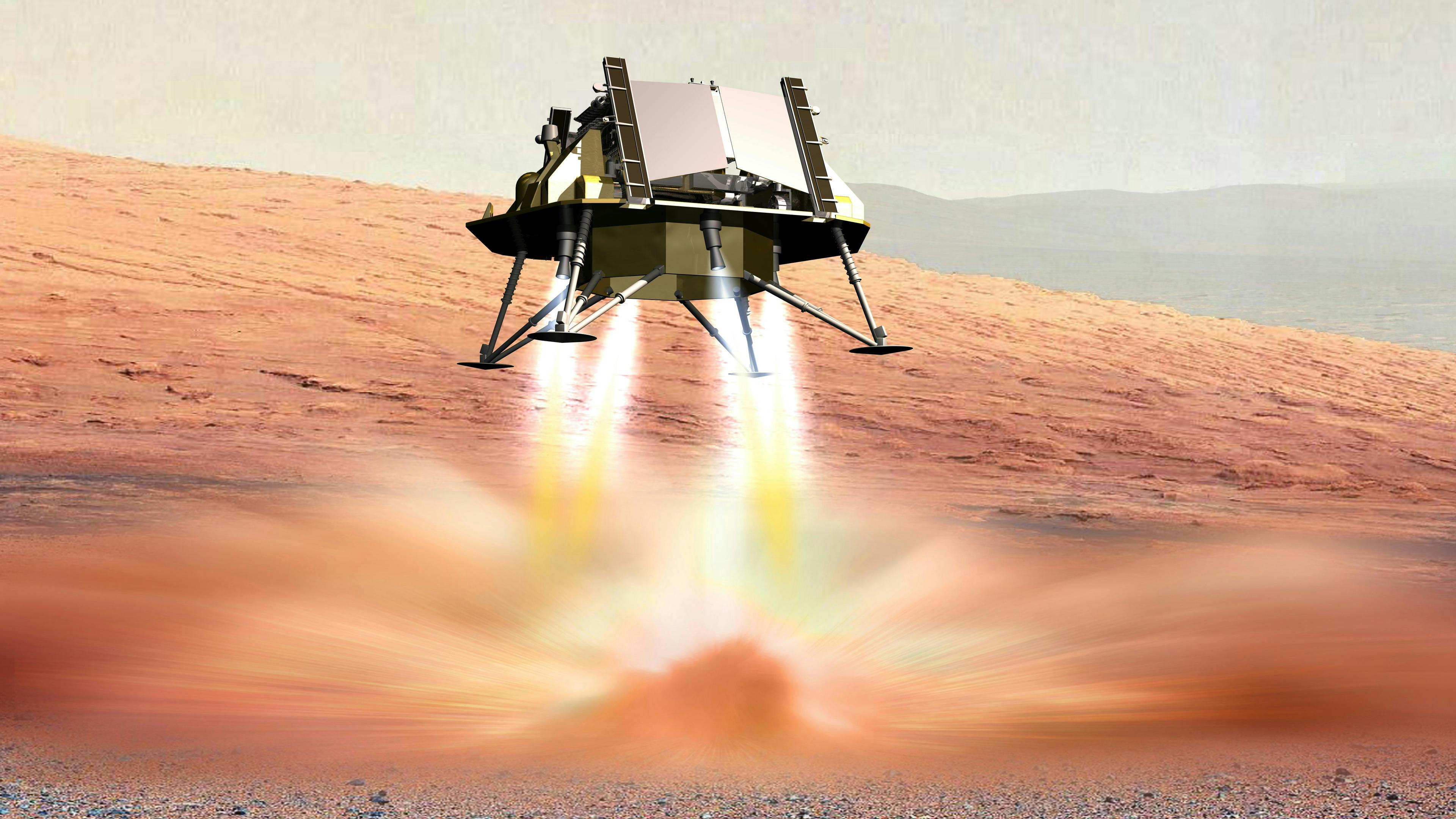

© Airbus

Gitanjali Rao was honored as the inaugural recipient of the Stephen Hawking Medal Junior, an award created to inspire young innovators.
The post STARMUS Launches the Stephen Hawking Medal Junior at The Kennedy Center appeared first on Astronomy Magazine.



© Disney


© Fram2/SpaceX
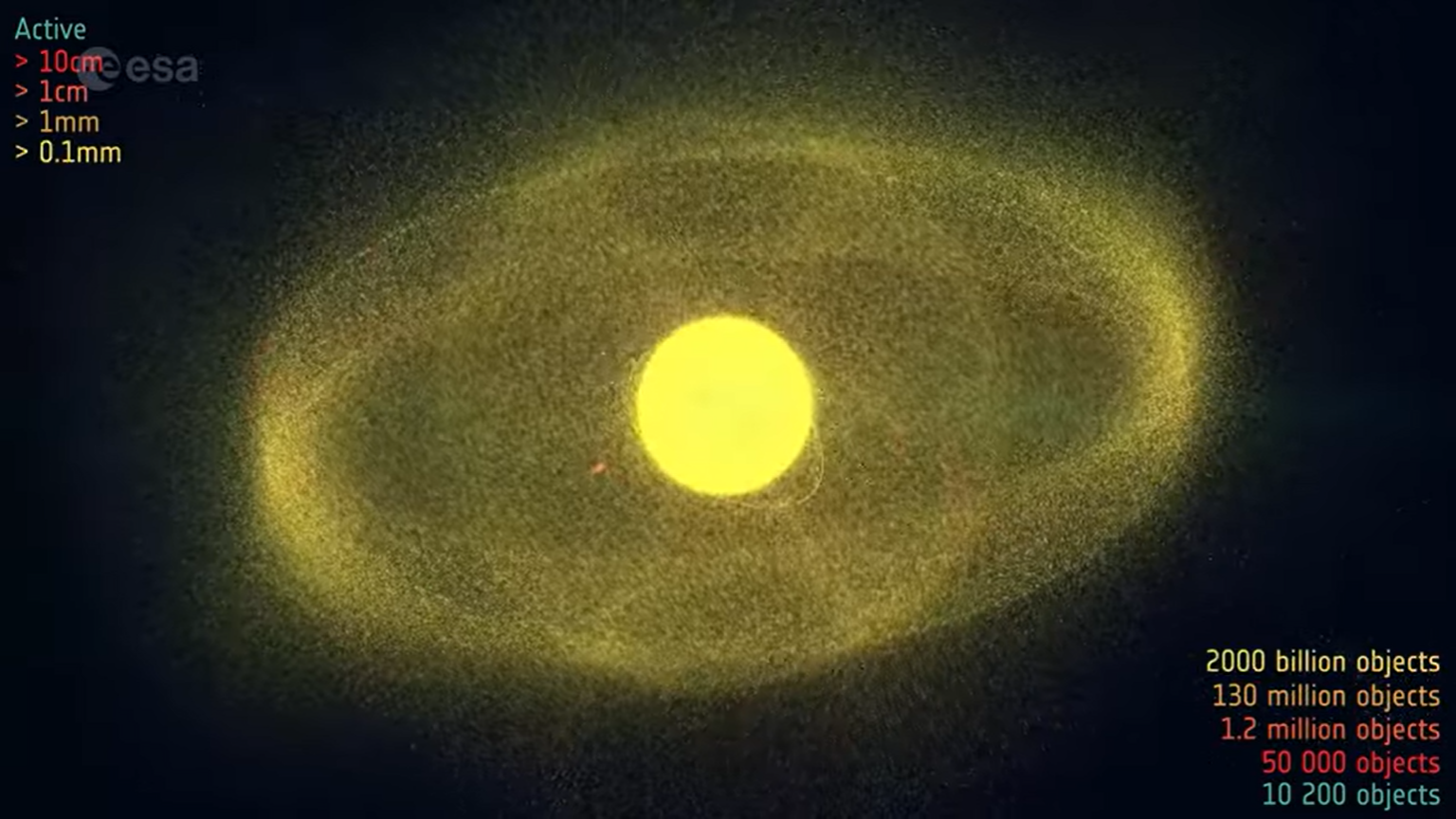

© ESA


© Rocket Lab
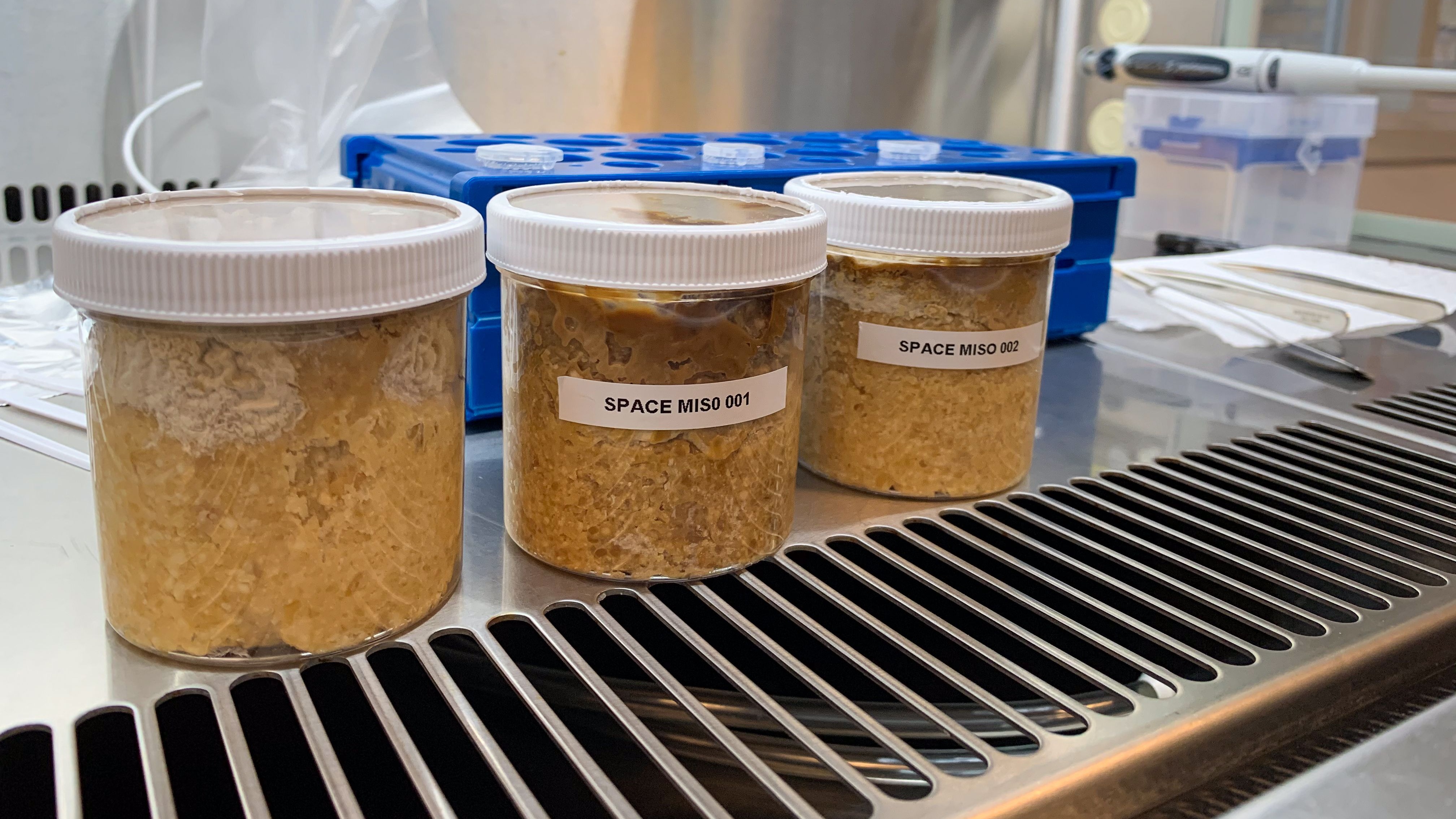

© Maggie Coblentz


© Starz
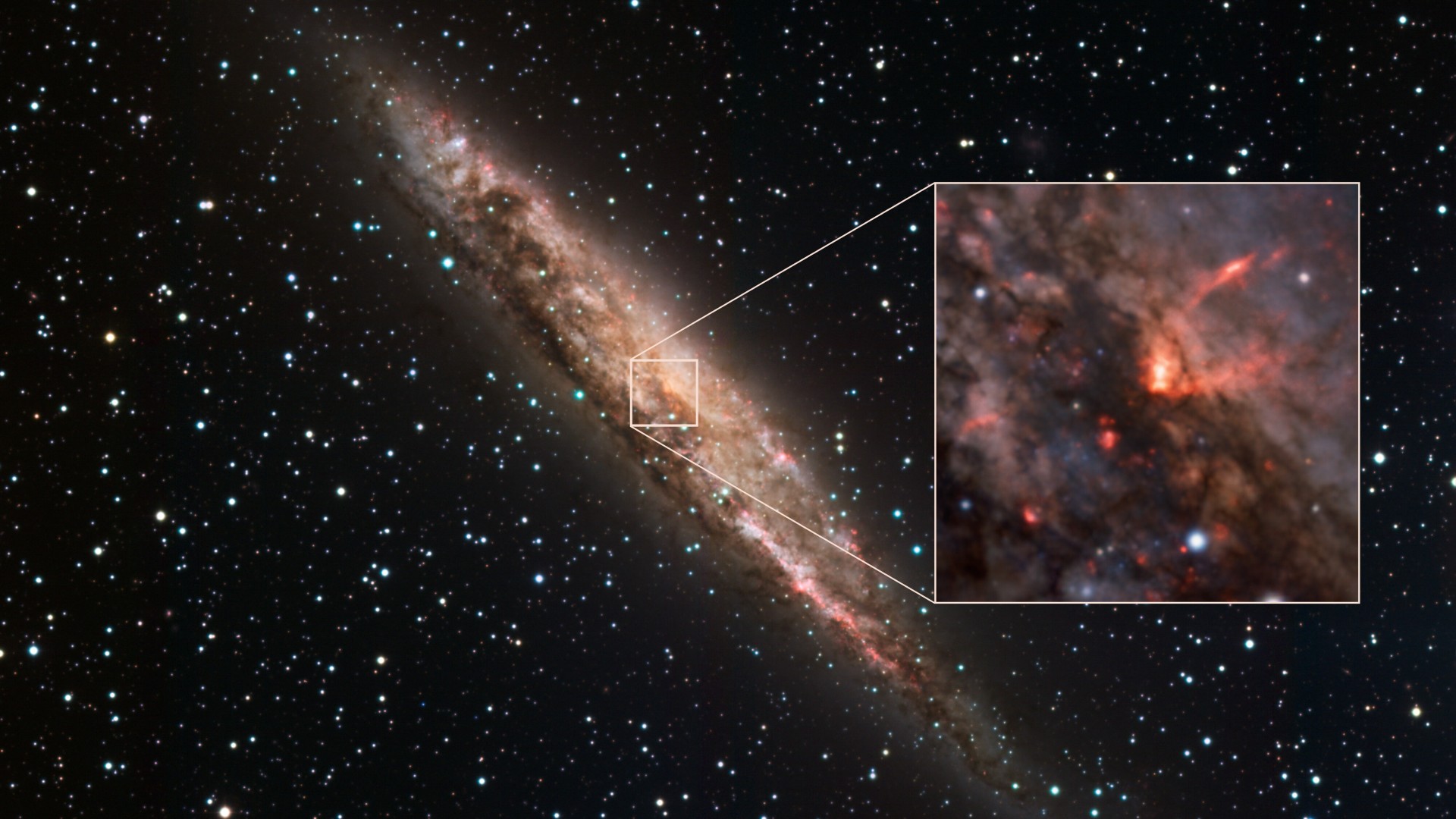

© ESO/C. Marconcini et al.


© ClaudineVM/Getty Images
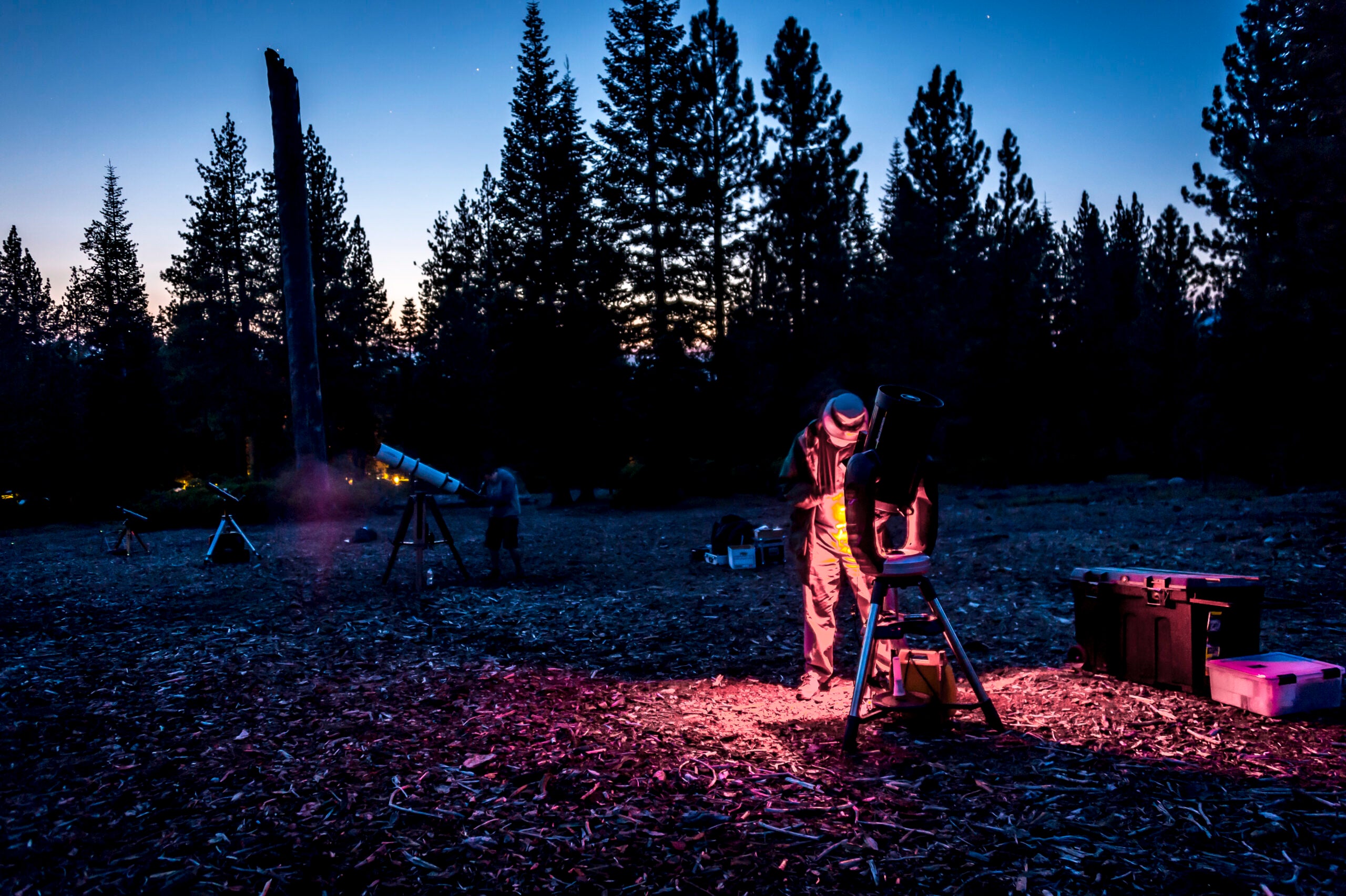
Sky watchers The University of Arizona PressTucson, AZ Star Gazers: Finding Joy in the Night Sky, by prolific astronomy writer David H. Levy, is a collection of personal essays celebrating amateur and professional astronomy. Bringing together his decades of sky-watching experience, this 172-page book gives readers insight into Levy’s thoughts on James Webb Space Telescope,Continue reading "Spring for new astronomy products this month"
The post Spring for new astronomy products this month appeared first on Astronomy Magazine.



© SpaceX / collectSPACE.com
Author(s): Katherine Wright
Transforming an MRI brain scan into a hyperbolic network of nodes allows researchers to detect brain connectivity disruption caused by Alzheimer’s disease.
[Physics 18, 70] Published Wed Apr 02, 2025
Author(s): Ryan Wilkinson
A new theory unveils the exotic low-energy excitations of quasicrystals formed of quantum particles.
[Physics 18, s39] Published Wed Apr 02, 2025
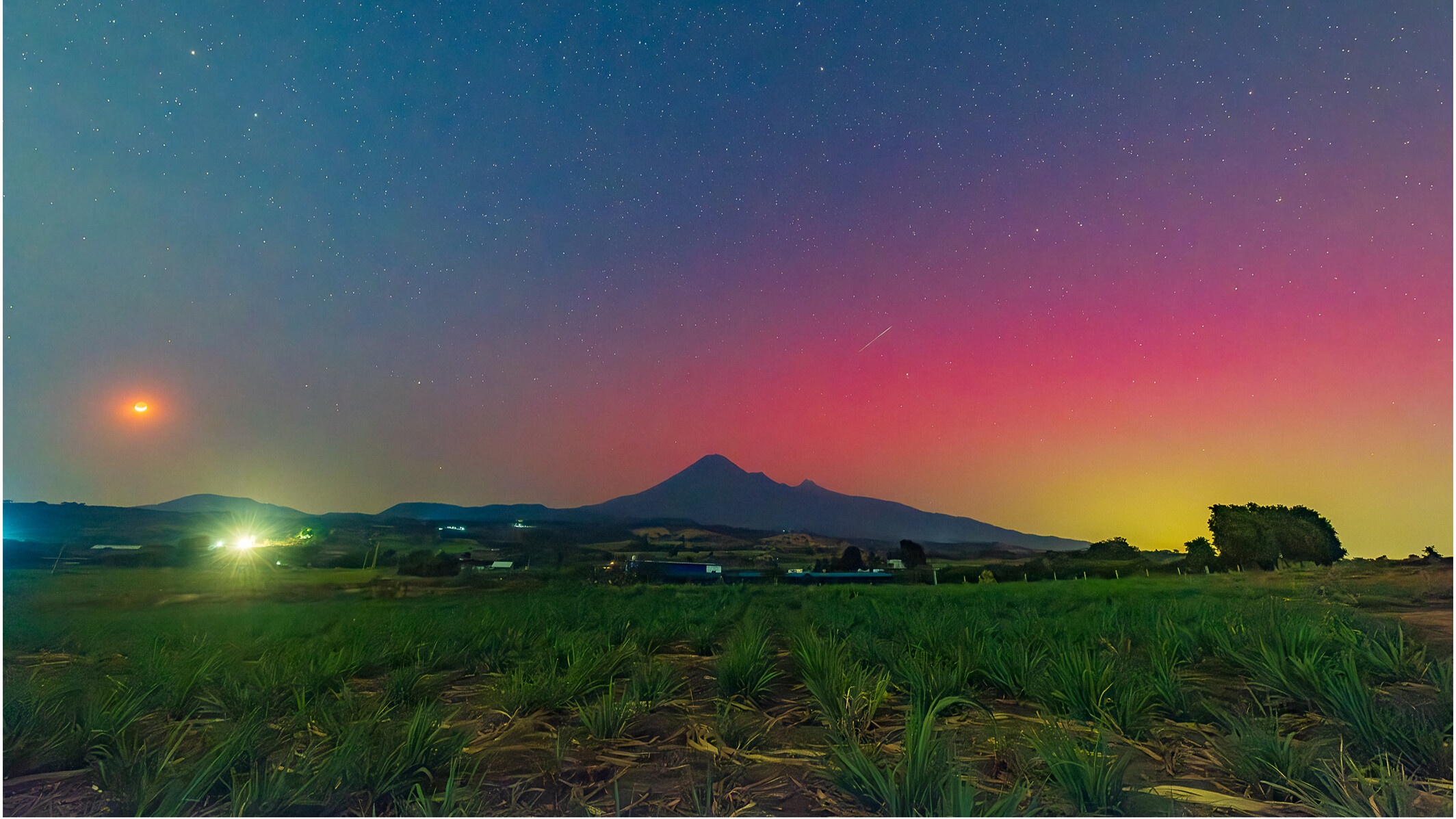

© Raúl Arámbula./J. A. Gonzalez-Esparza et al.
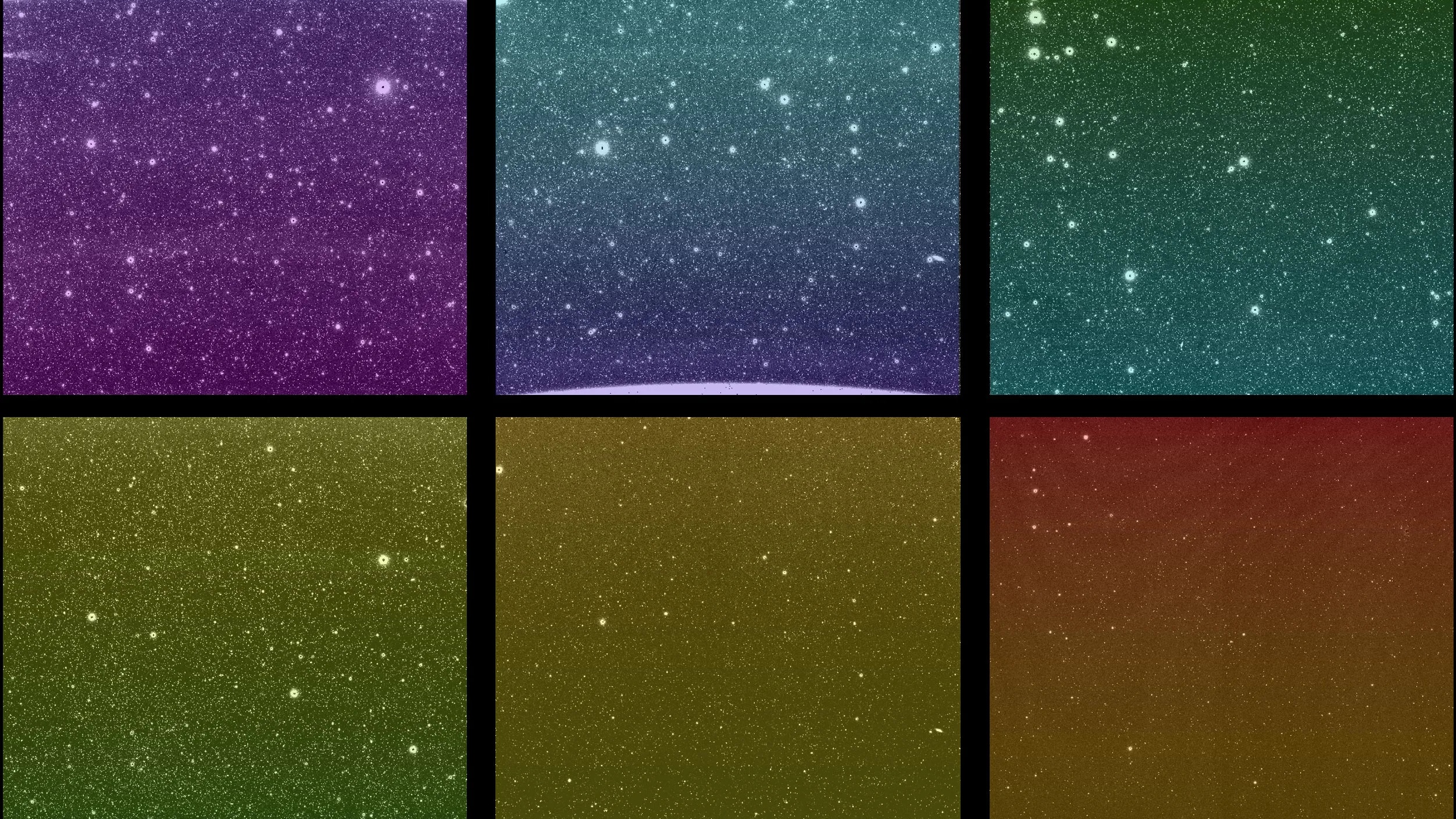

© NASA/JPL-Caltech
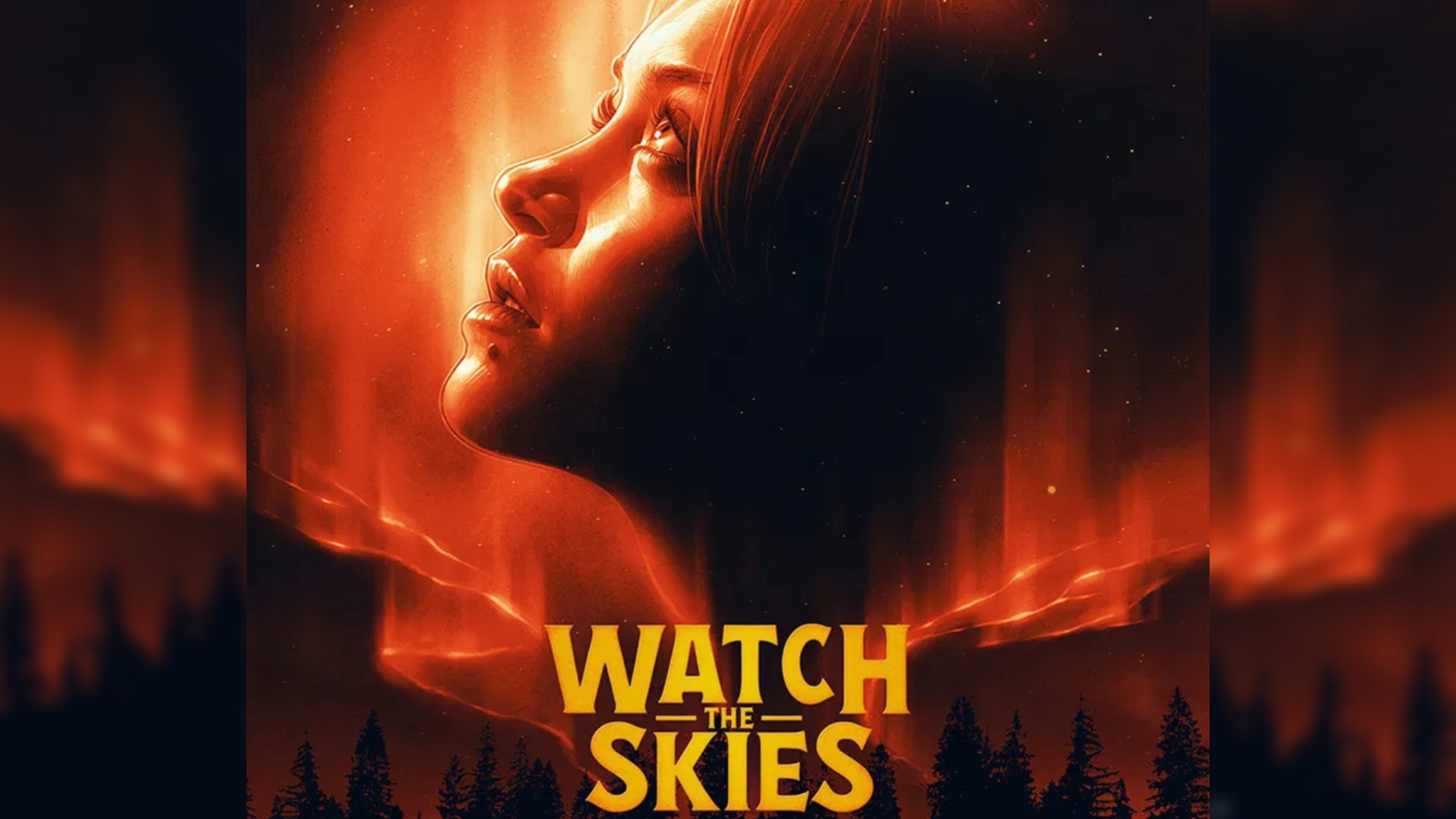

© XYZ Films


© NASA


© Kevin Wood

The Federal Aviation Administration has completed its investigations looking into “mishaps” that occurred during Blue Origin’s New Glenn rocket launch and SpaceX’s Starship Flight 7 in January. On Jan. 16, Blue Origin’s New Glenn-1 reached orbit on its debut flight. While the launch was successful, the rocket lost its lower stage during its descent. Later thatContinue reading "FAA concludes Blue Origin, SpaceX January ‘mishap’ investigations"
The post FAA concludes Blue Origin, SpaceX January ‘mishap’ investigations appeared first on Astronomy Magazine.



© NASA


© SpaceX


© AleksandarGeorgiev/Getty Images
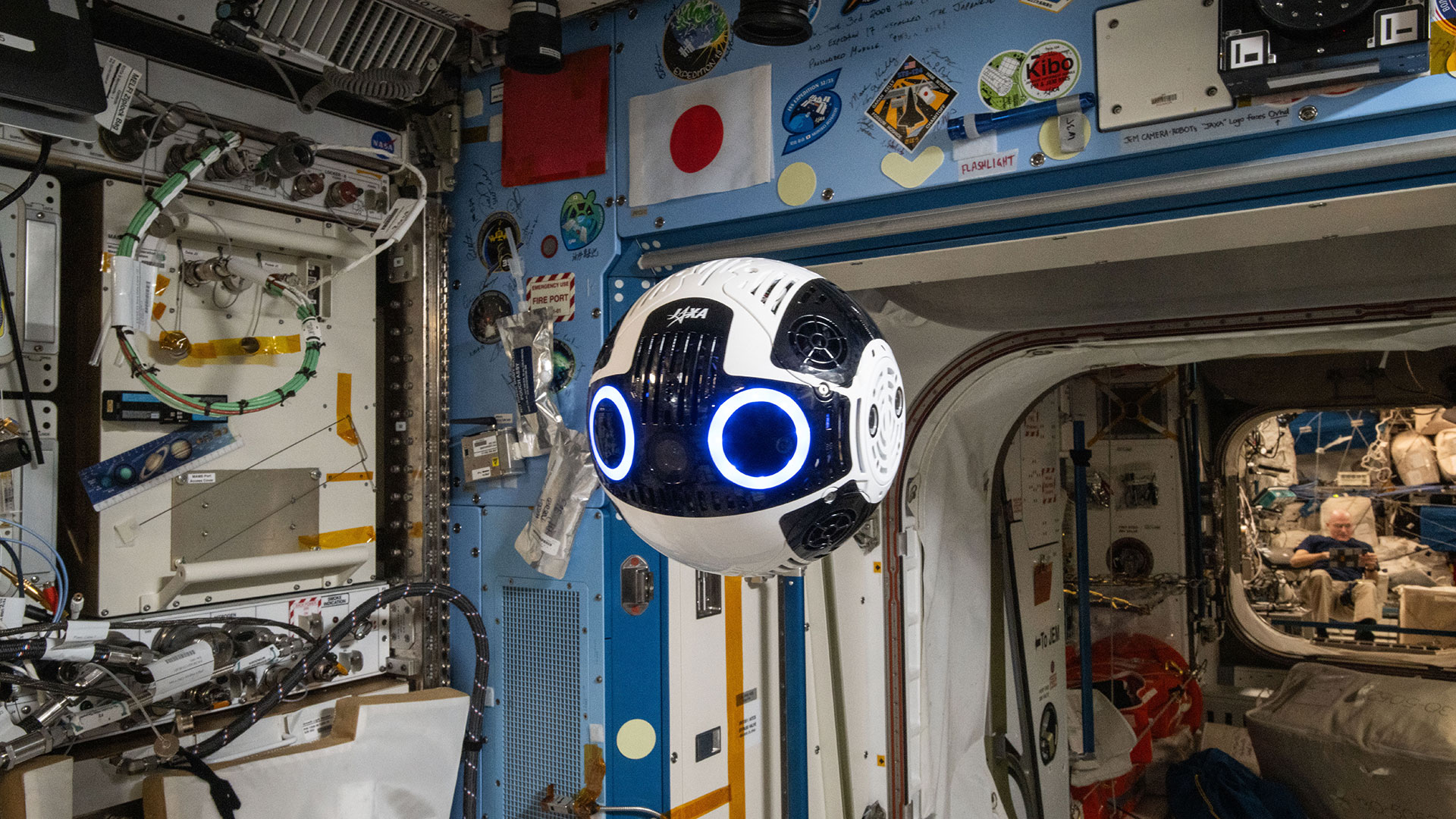

© JAXA/Takuya Onishi

he first commercially built rocket to lift off from continental Europe came tumbling back to Earth within seconds. But its manufacturer considers the mission a success. The test flight, “Going Full Spectrum,” was the debut launch of Norwegian company Isar Aerospace’s Spectrum, a two-stage orbital launch vehicle designed to compete with SpaceX’s workhorse Falcon 9Continue reading "Debut flight of Isar Aerospace Spectrum rocket ends in explosion"
The post Debut flight of Isar Aerospace Spectrum rocket ends in explosion appeared first on Astronomy Magazine.

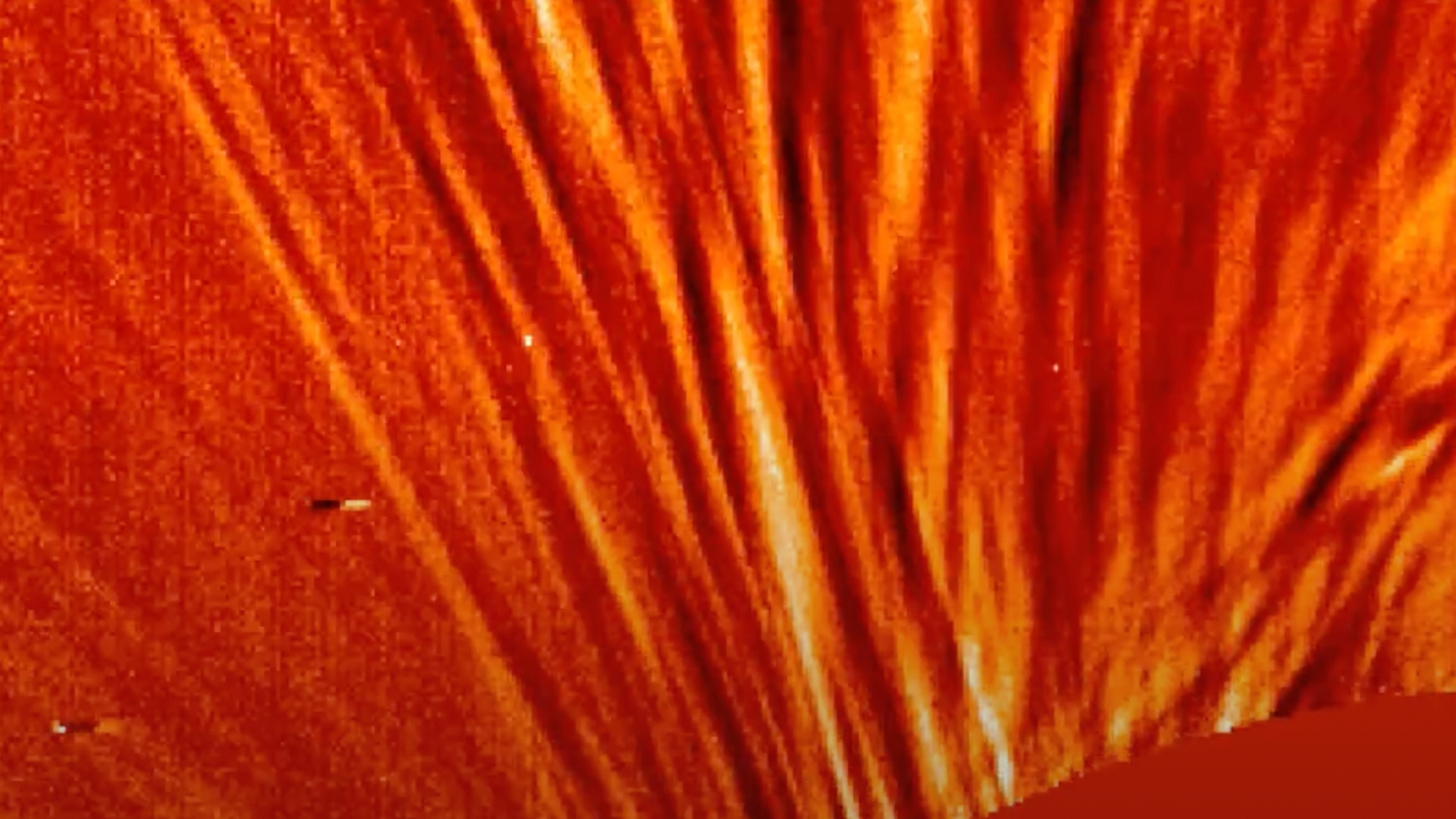

© ESA and NASA/Solar Orbiter/Metis & EUI Teams, V. Andretta and P. Romano/INAF
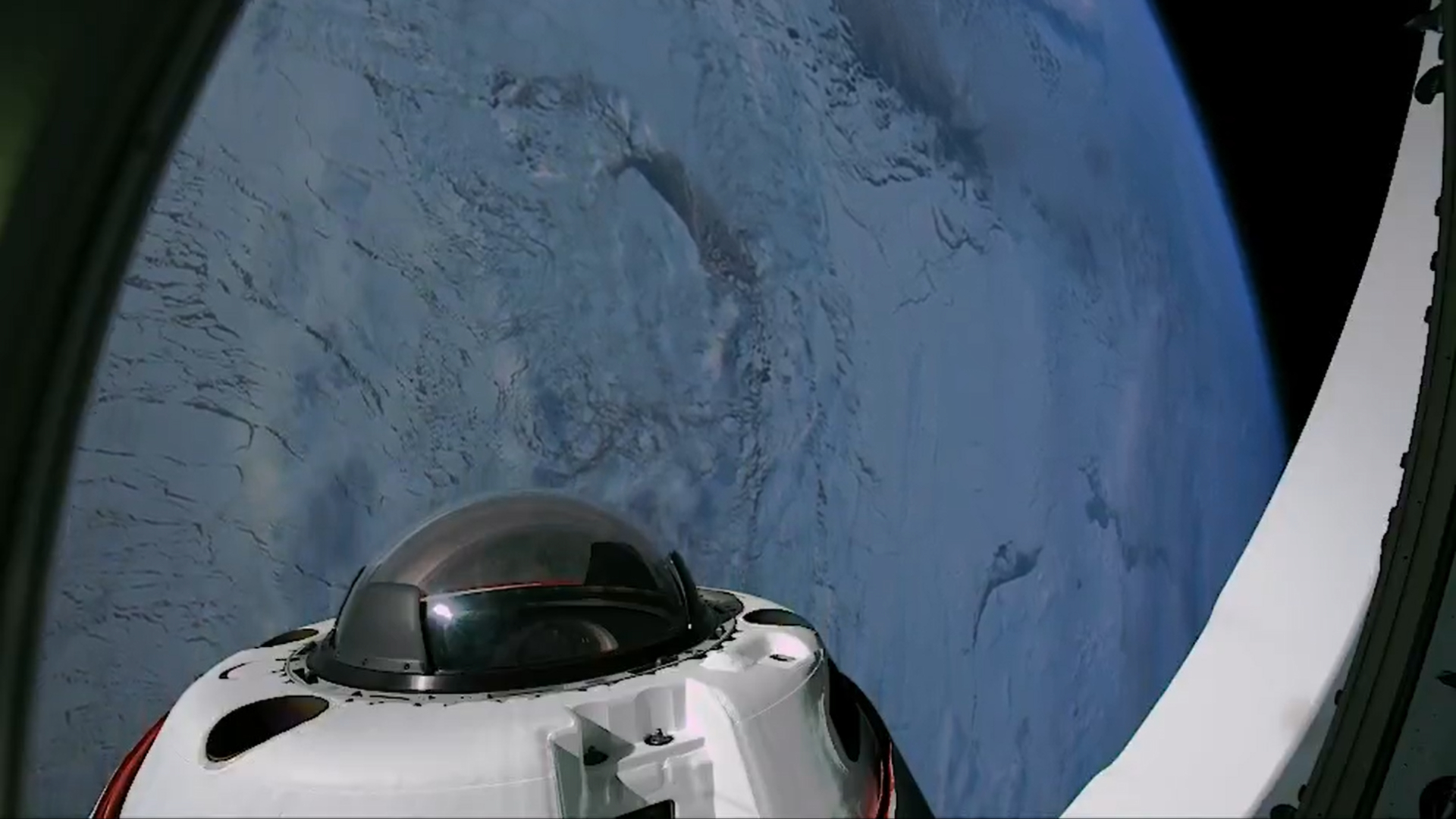

© SpaceX/Fram2
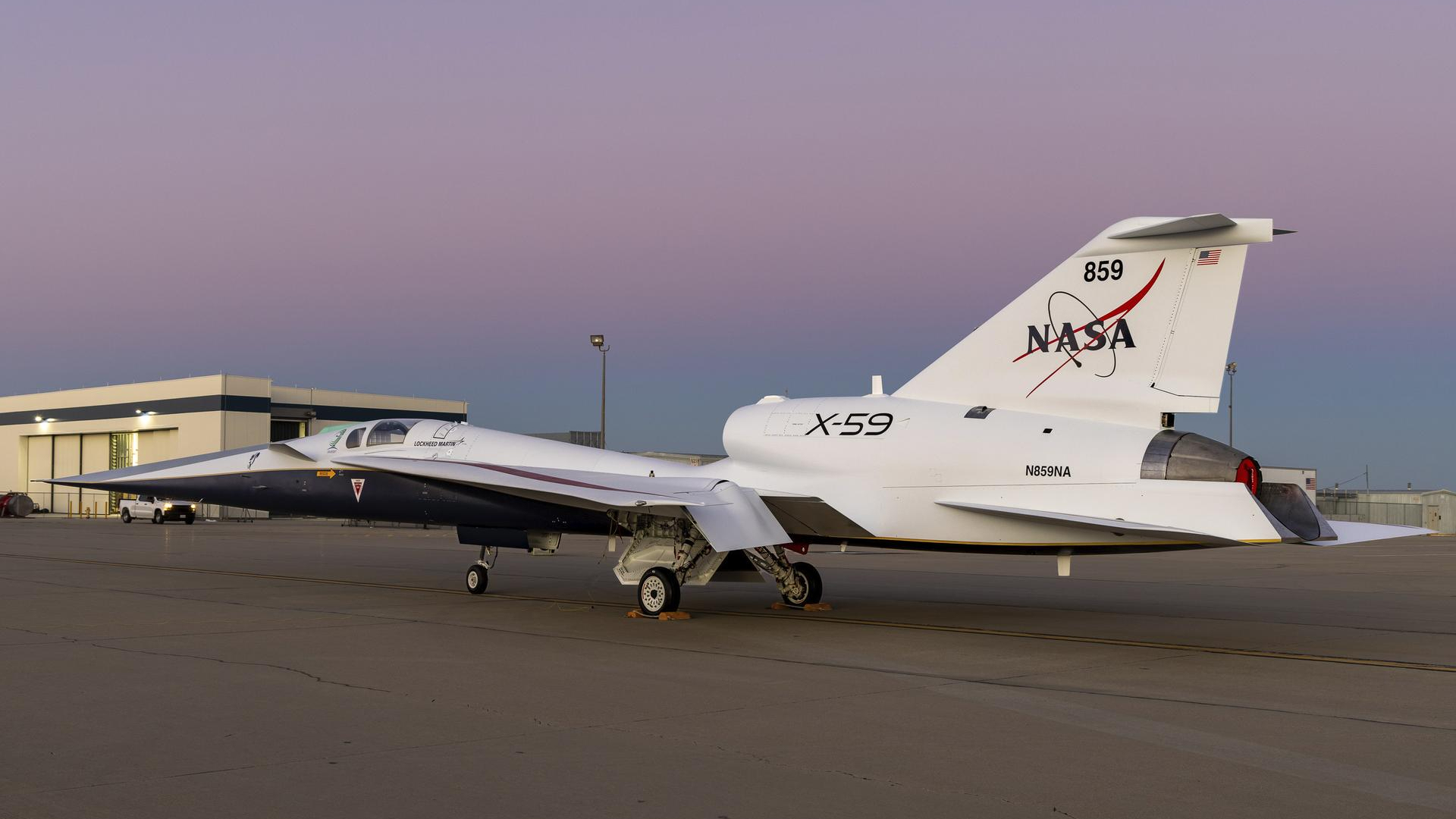

© Lockheed Martin Corporation/Gary Tice


© NASA, ESA, CSA, STScI, W. Balmer (JHU), L. Pueyo (STScI), M. Perrin (STScI)

From the editor: As the extraordinary pace of astronomical discovery carries on, we increasingly see that the stuff of life is spread throughout the cosmos. Life, even complex life, must be common out there. We know of several hundred billion stars in our galaxy, at least 100 billion galaxies, and planets around most of theContinue reading "Earth as a planet"
The post Earth as a planet appeared first on Astronomy Magazine.


My childhood fascination with the night sky led me to study astronomy and physics at university. By my second year, I was operating the telescope atop the physics building, tracking celestial objects — just like astronomy student Kate Dibiasky in the disaster movie Don’t Look Up.I never imagined I’d also soon find myself alerting othersContinue reading "Solving the climate equation"
The post Solving the climate equation appeared first on Astronomy Magazine.


In many ways, Tony Fadell built the digital world we live in. At the turn of the millennium, his efforts to build a pocket-sized, hard-disk-based device that could hold 1,000 songs in MP3 format caught the attention of Apple. Within months, he had been hired by the firm, and less than a year after hisContinue reading "How to build climate solutions: An interview with Tony Fadell"
The post How to build climate solutions: An interview with Tony Fadell appeared first on Astronomy Magazine.



© NASA / SDO and the AIA, EVE, and HMI science teams, helioviewer.org
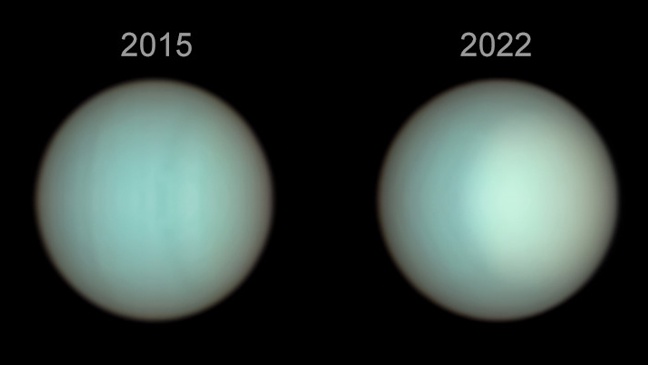

© NASA, ESA, Erich Karkoschka (LPL)
Author(s): Charles Day
Observations by the JWST observatory of a star-free super-Jupiter reveal large-scale inhomogeneities in its atmosphere.
[Physics 18, 69] Published Tue Apr 01, 2025
Author(s): Philip Ball
The messy breakup of a liquid droplet that occurs when it hits a surface can be suppressed by giving the droplet an electrical charge.
[Physics 18, 74] Published Tue Apr 01, 2025
Author(s): Rachel Berkowitz
The fidelity of a complex system’s representation as a network model depends on the diversity of its interconnections.
[Physics 18, s43] Published Tue Apr 01, 2025
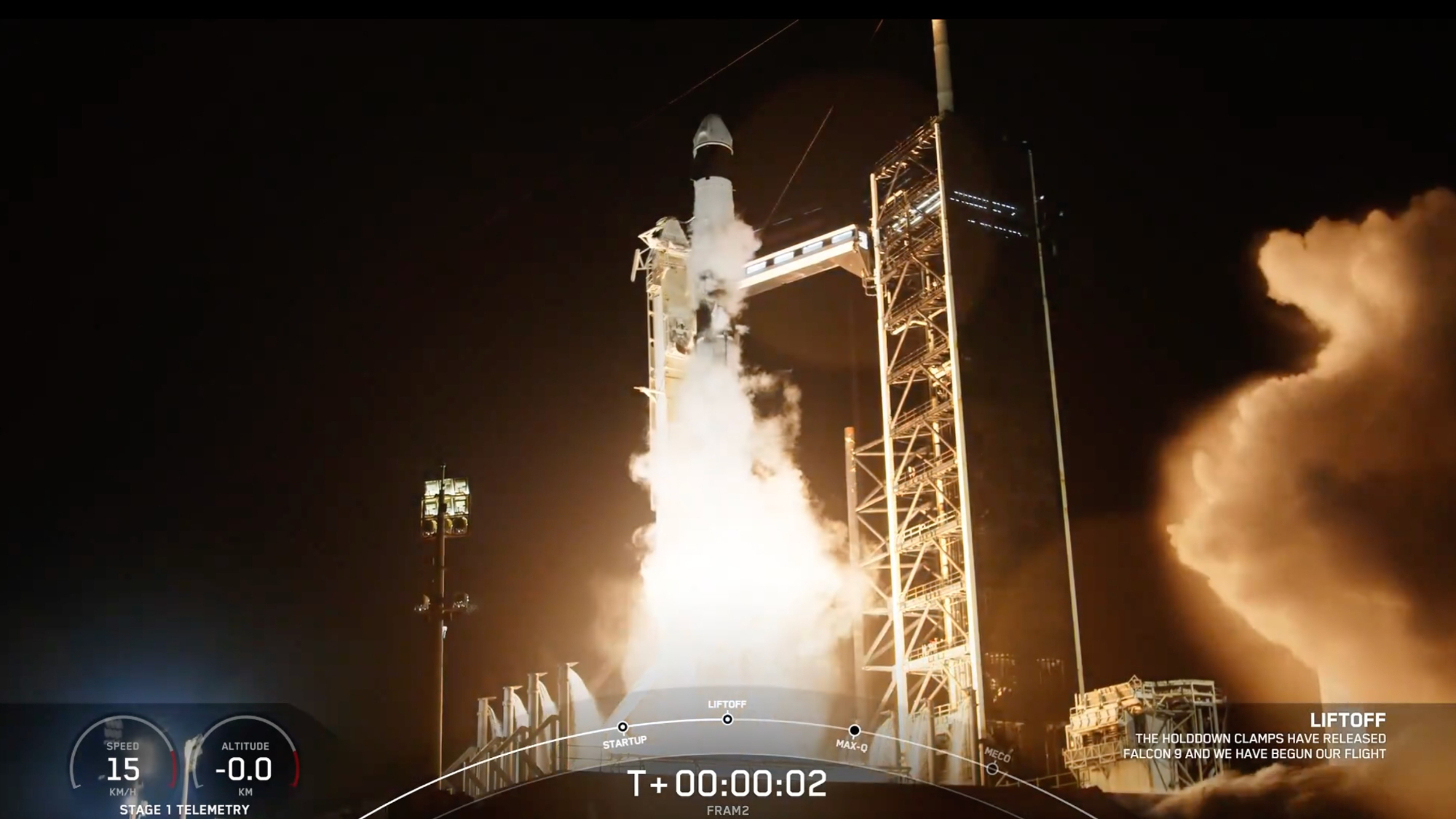

© SpaceX


© Isar Aerospace


© SpaceX
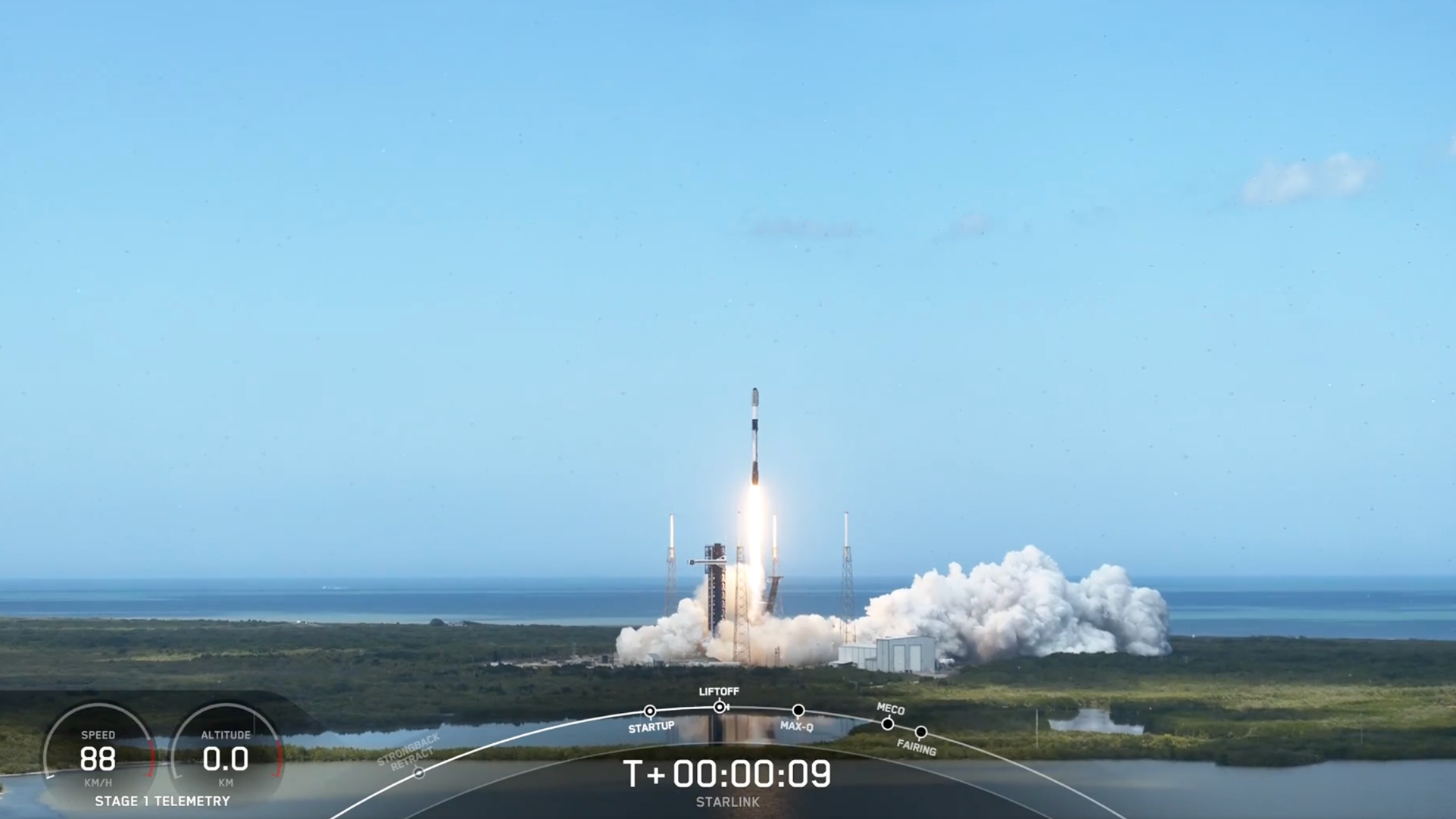

© SpaceX
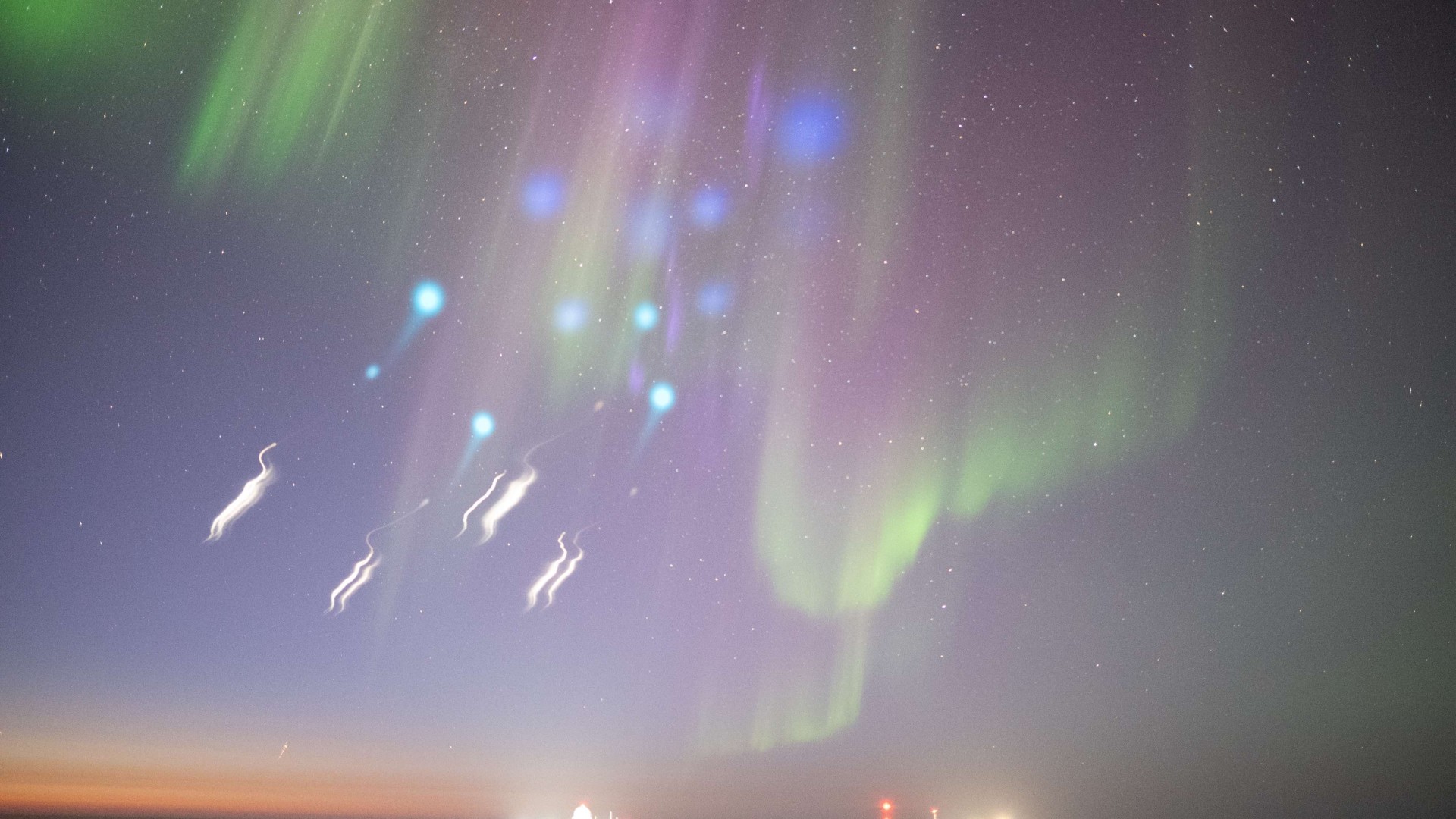

© AWESOME Mission
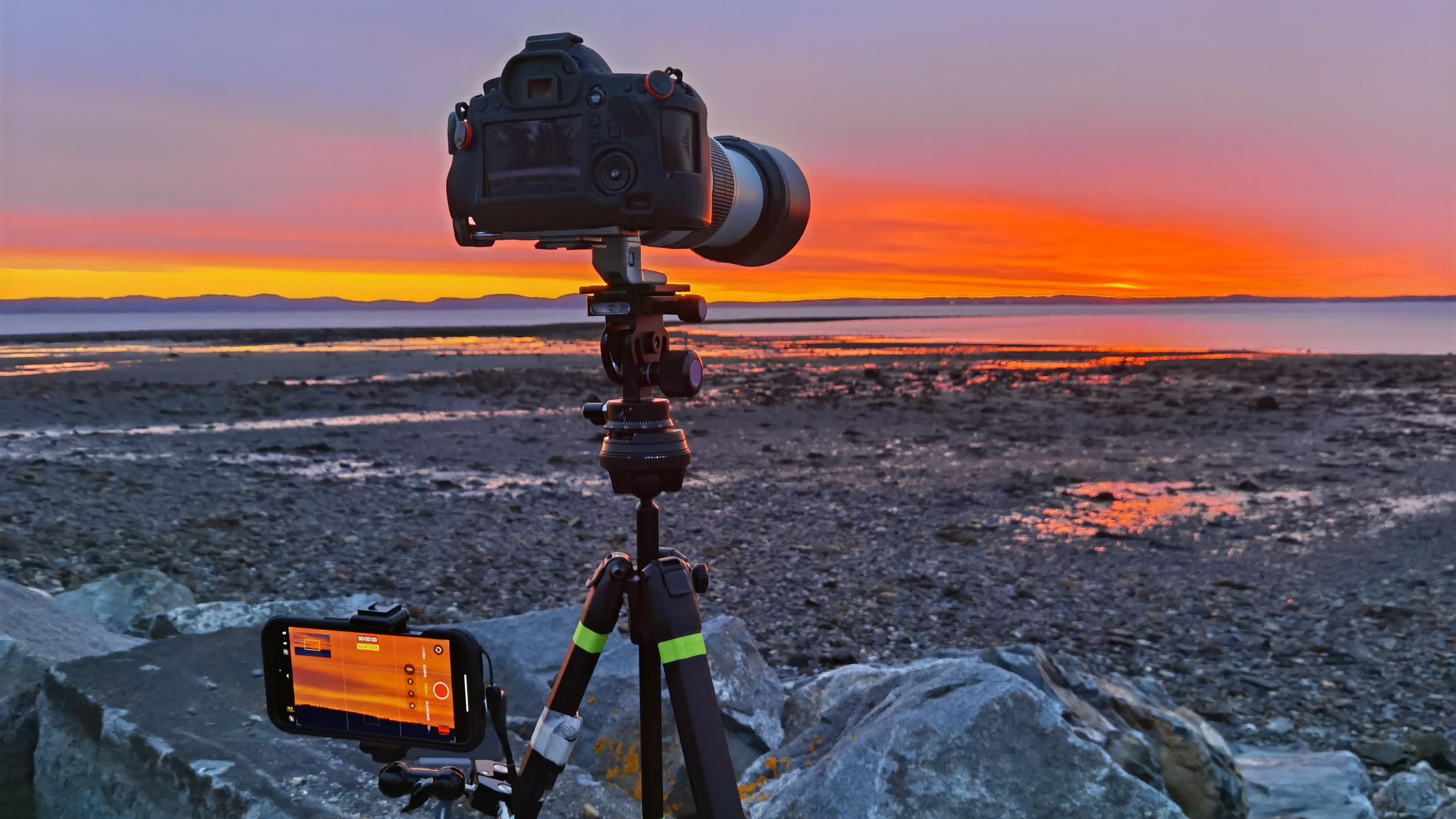

© Jamie Carter


© SpaceX


© NASA/Bill Ingalls and Joel Kowsky


© SpaceX
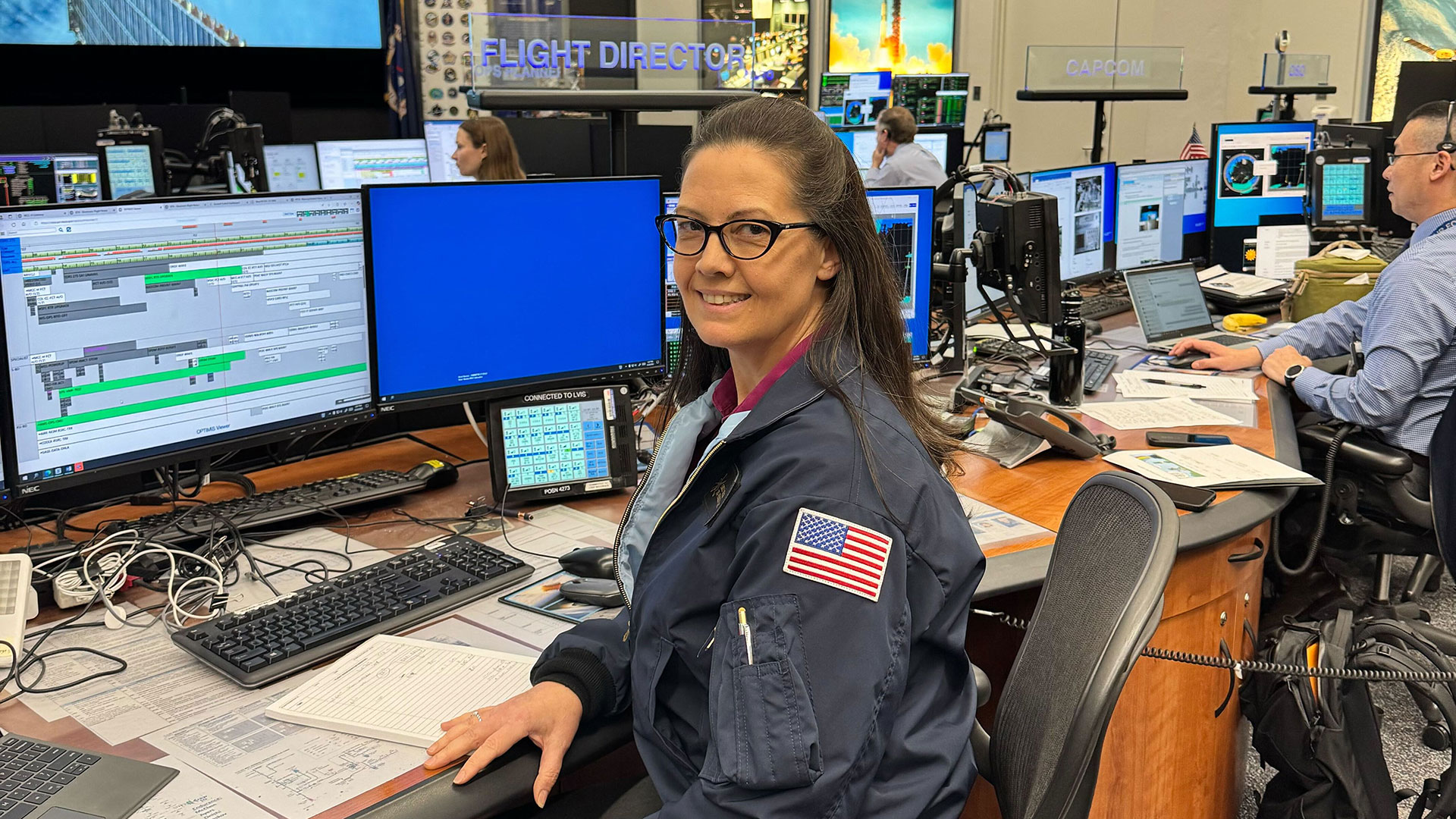

© NASA/Jaden Jennings
Author(s): Daniele Marinazzo
A new study of complex systems supports a growing trend that focuses more on analyzing a system’s collective behavior rather than on trying to uncover the underlying interaction mechanisms.
[Physics 18, 71] Published Mon Mar 31, 2025
Author(s): David Ehrenstein
Measurements of millions of galaxies suggest that dark energy changes over time and is more complicated than previously thought.
[Physics 18, 72] Published Fri Mar 28, 2025
Author(s): Susan Curtis
Language models such as ChatGPT could help university educators provide more consistent and transparent grades for introductory-level physics exams.
[Physics 18, 67] Published Thu Mar 27, 2025
Author(s): Charles Day
An intense x-ray pulse from a free-electron laser sends a protein’s atoms flying off in directions that reveal the protein’s structure.
[Physics 18, s37] Published Thu Mar 27, 2025


© NASA


© Steve Gribben/NASA/Johns Hopkins APL
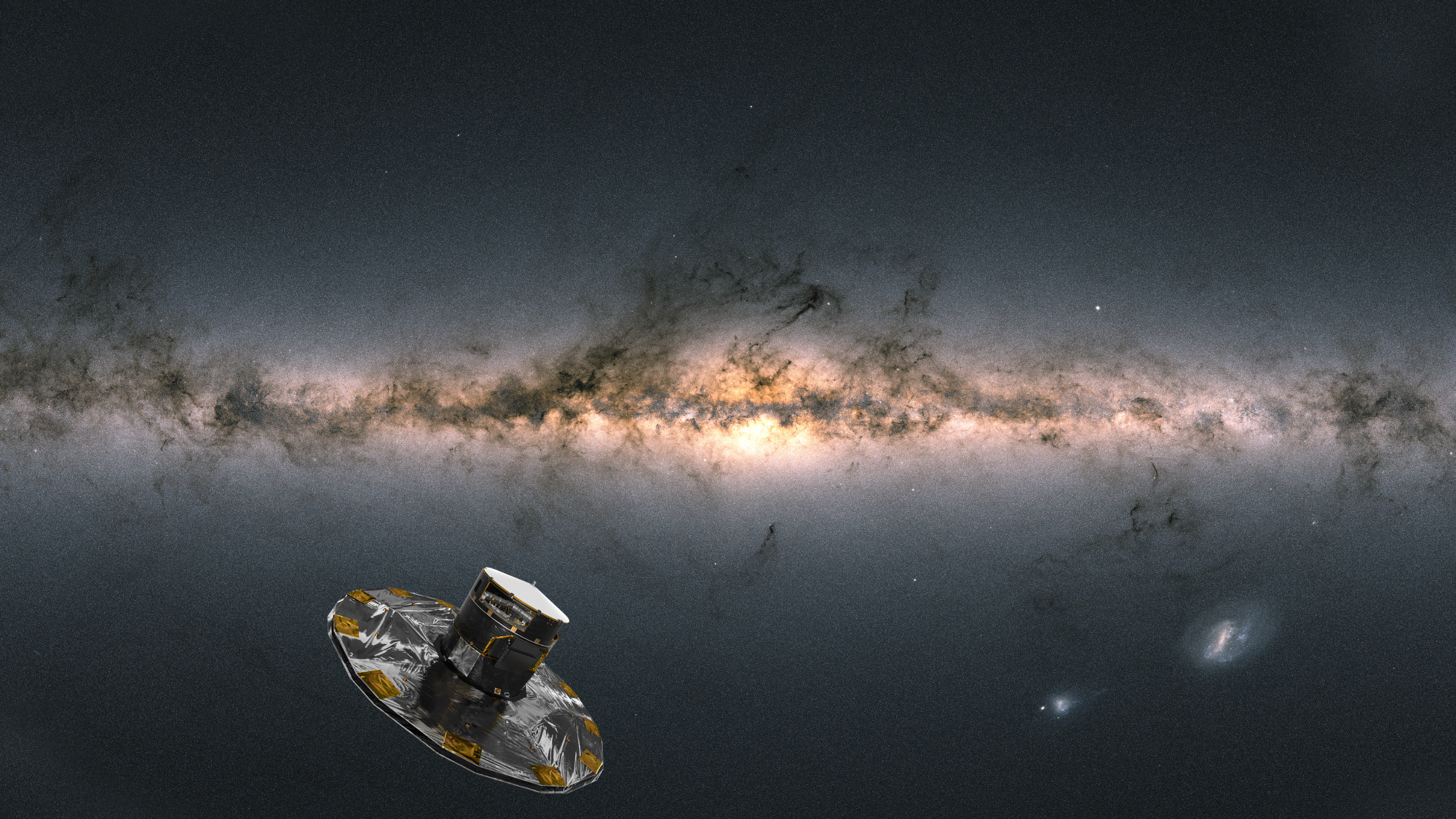

© Spacecraft: ESA/ATG medialab; Milky Way: ESA/Gaia/DPAC; CC BY-SA 3.0 IGO. Acknowledgement: A. Moitinho.
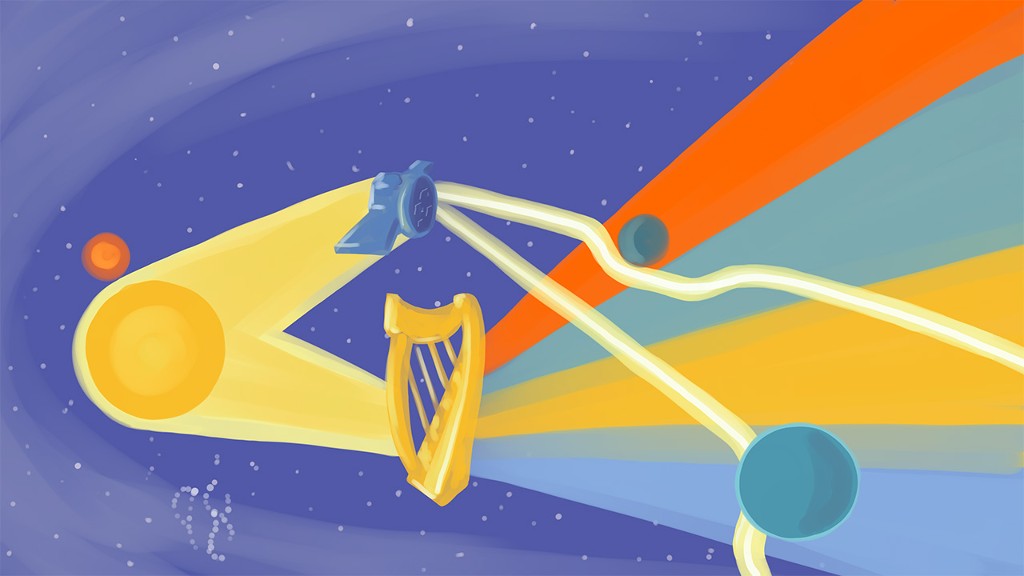

© Martin Farnir


© Future/Amazon


© 11 Bit Studios


© NASA/Frank Michaux
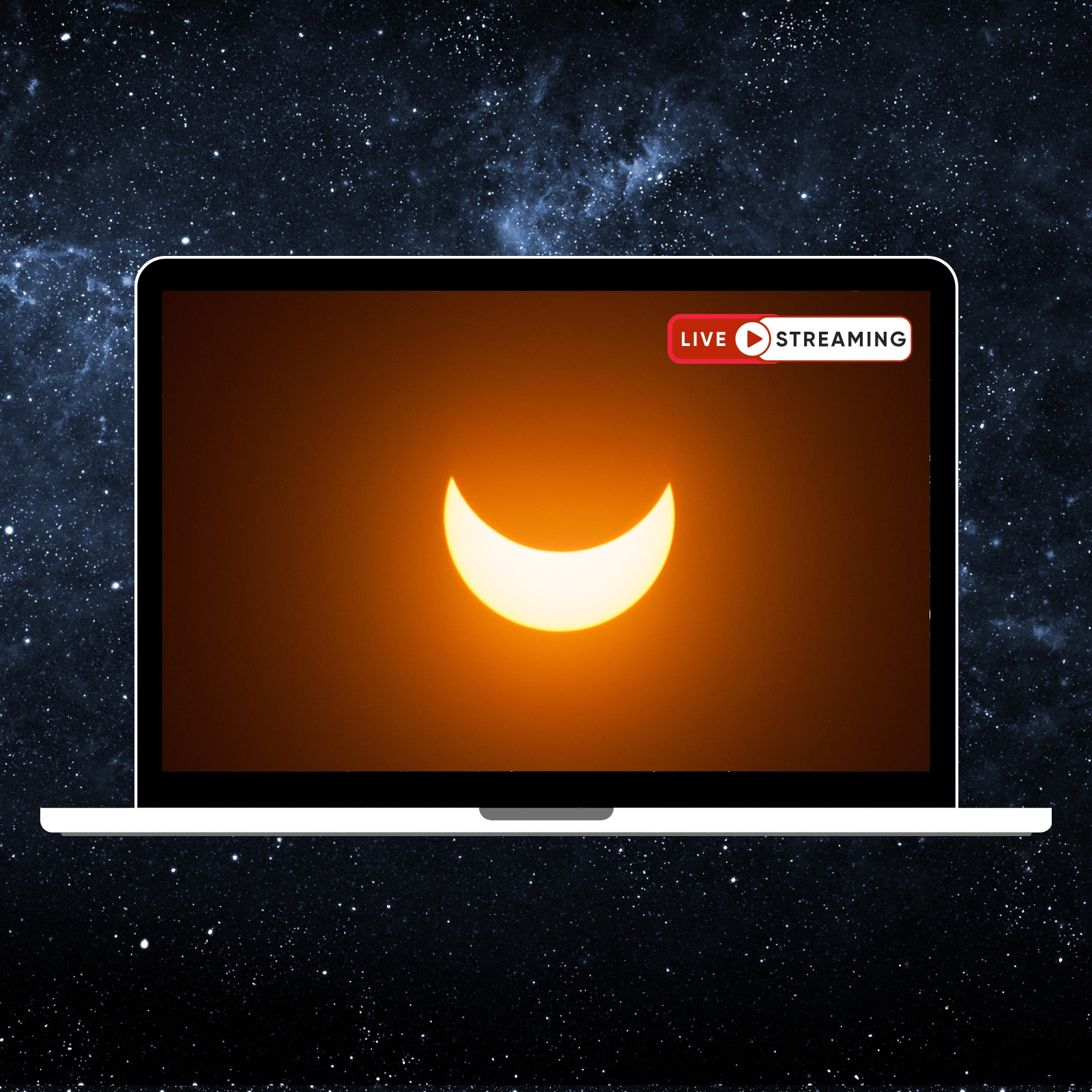

© Created in Canva Pro by Daisy Dobrijevic
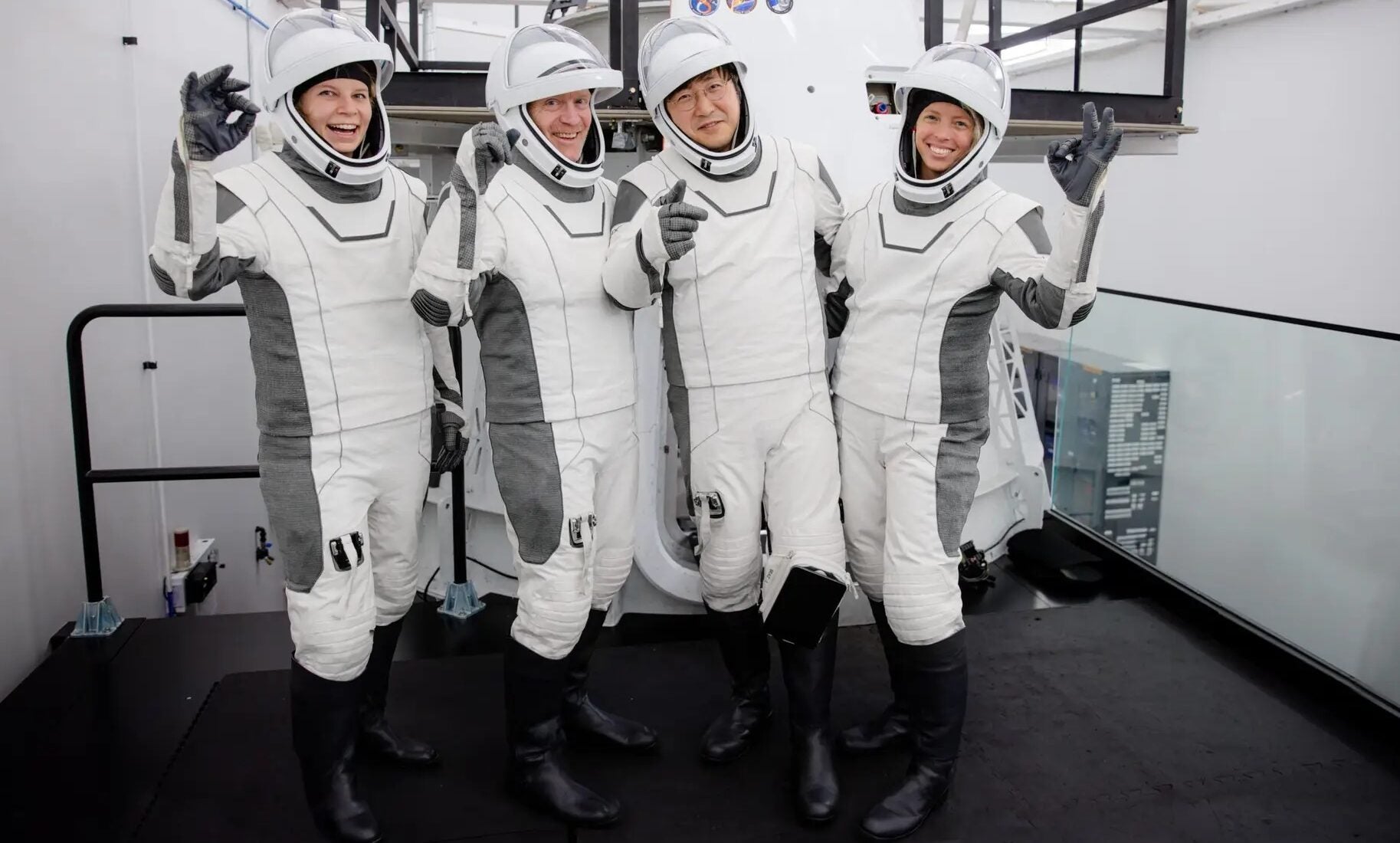
Next week, a crew of private astronauts is expected to go where no one has gone before. Chun Wang, the crypto entrepreneur who purchased the Fram2 mission from SpaceX in August, announced Friday that the three-to-five-day sojourn — the first human spaceflight to fly directly over the Earth’s poles — is scheduled to launch fromContinue reading "SpaceX’s Fram2 mission will aim for the poles"
The post SpaceX’s Fram2 mission will aim for the poles appeared first on Astronomy Magazine.



© Blue Origin


© Edward Belbruno
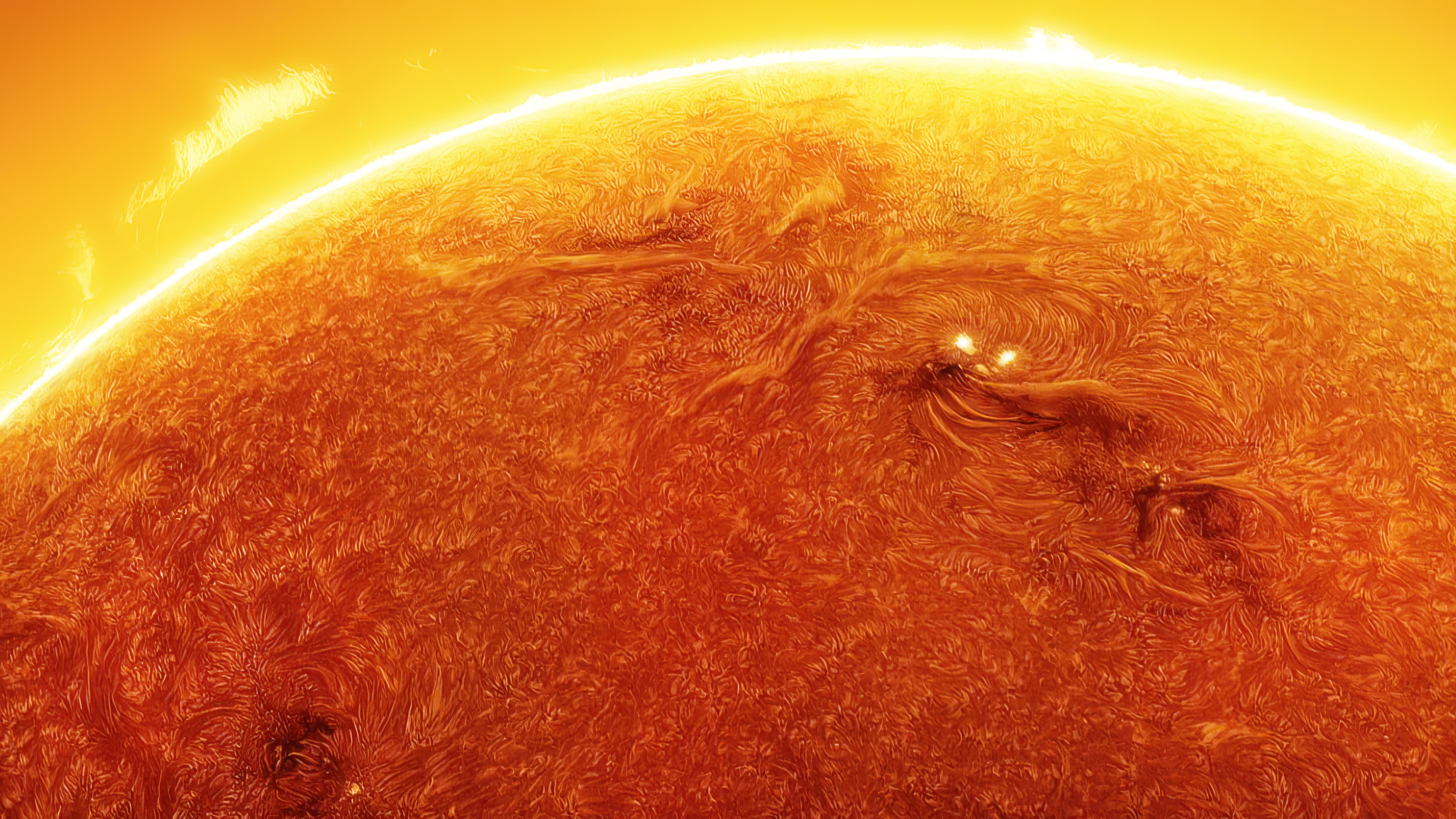

© Javier Zayas Photography via Getty Images
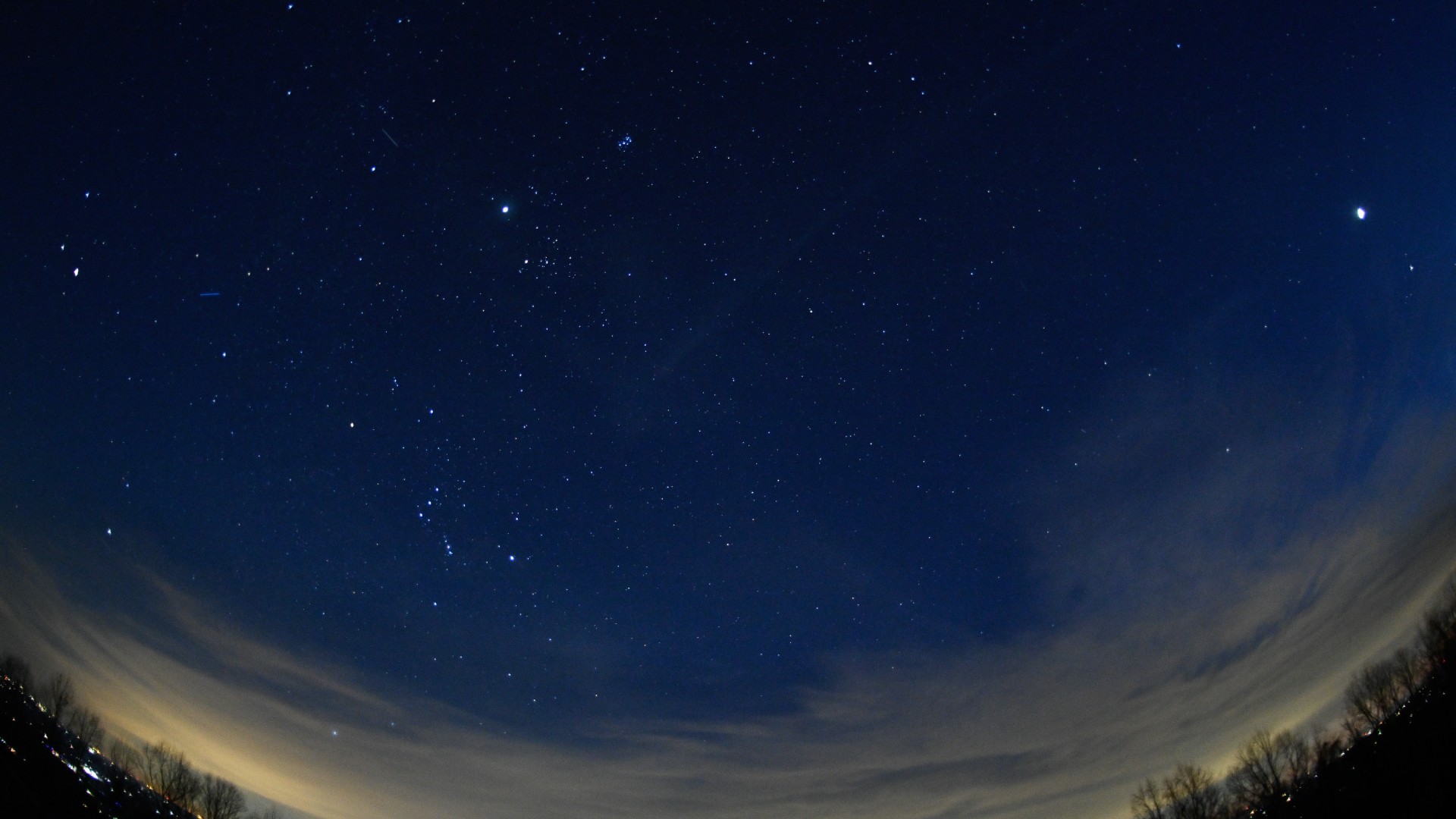

© Peter Zay/Anadolu via Getty Images


© Robert Lea (created with Canva)
Author(s): Michael Schirber
Experiments with erbium ions show that they can be used to create entangled photons in the telecom band—an important step in building quantum repeaters.
[Physics 18, s41] Published Wed Mar 26, 2025


© SpaceX
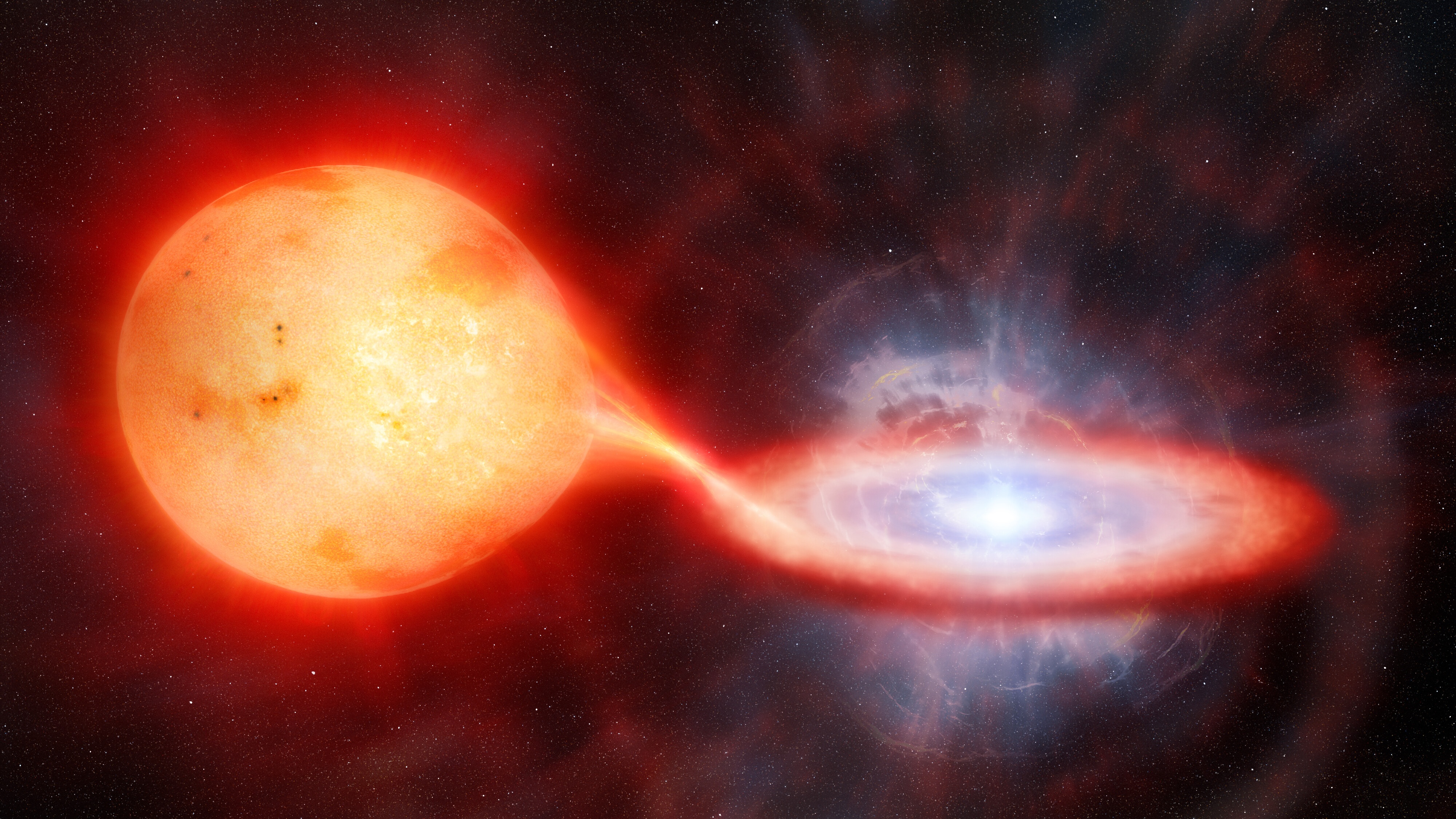

© International Gemini Observatory/NOIRLab/NSF/AURA/M. Garlick/M. Zamani
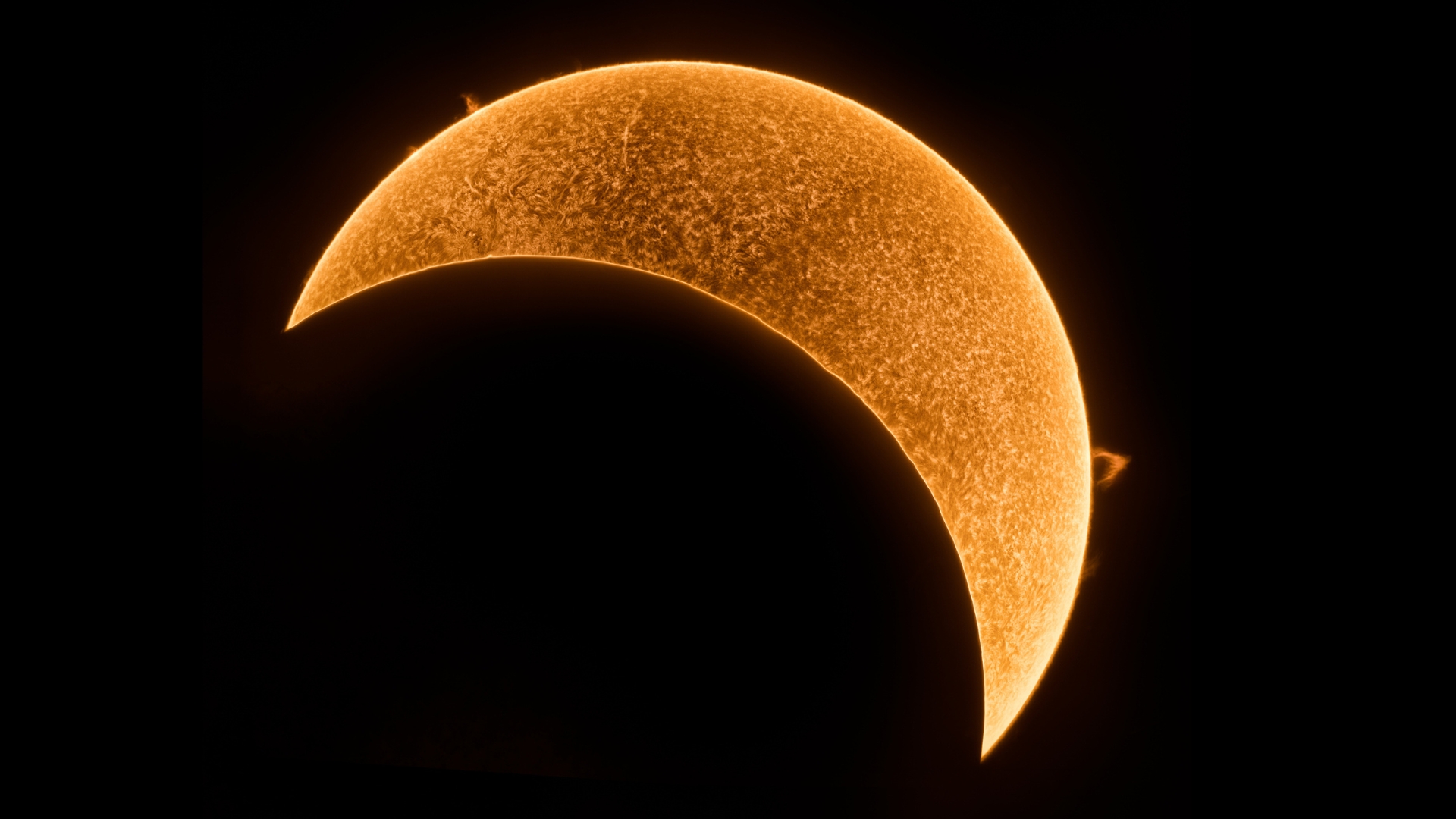

© Aerial_Views viaGetty Images
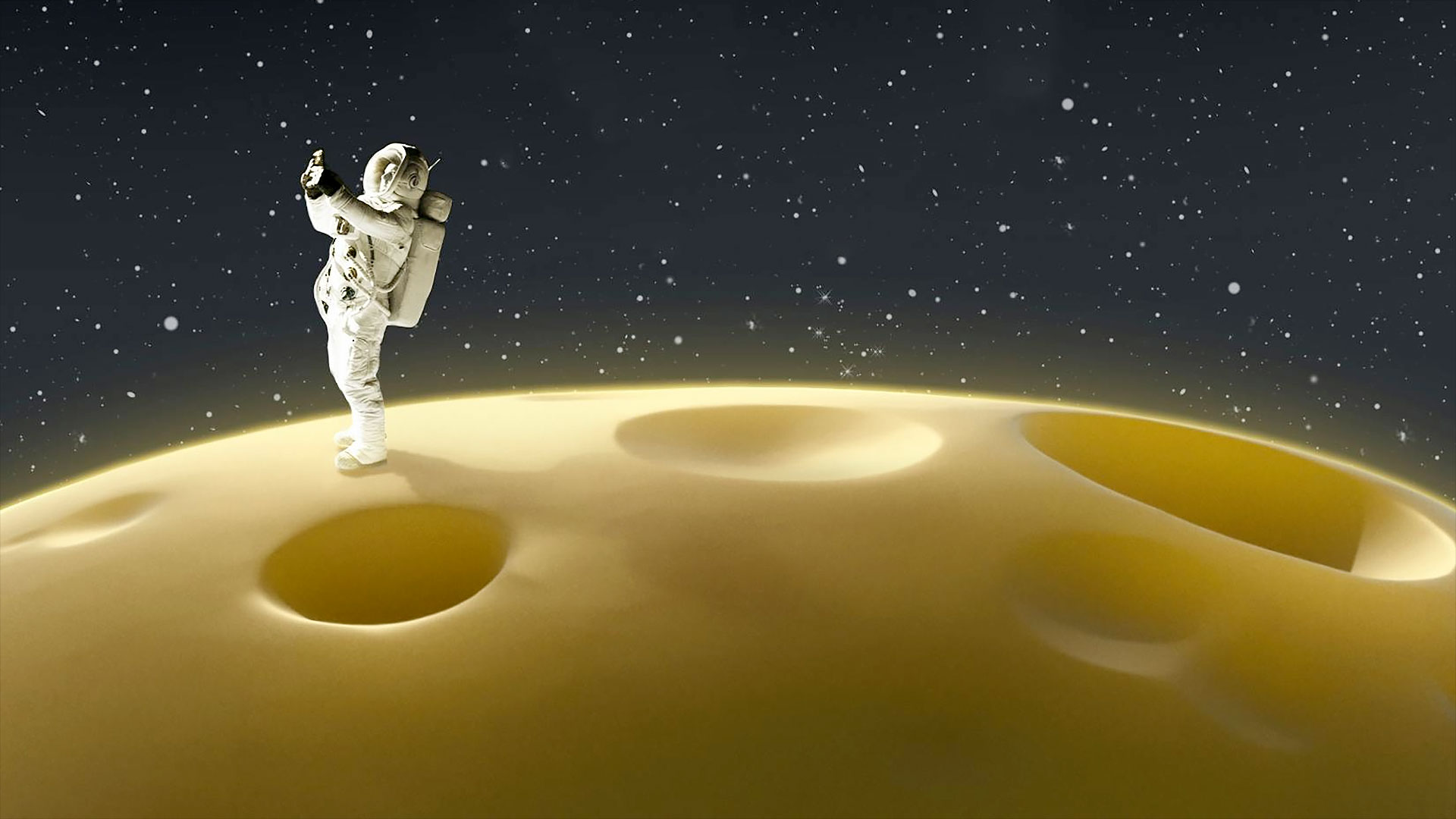

© Tor Books


© NASA, ESA, CSA, STScI, Heidi Hammel (AURA), Henrik Melin (Northumbria University), Leigh Fletcher (University of Leicester), Stefanie Milam (NASA-GSFC)

After a scrubbed test flight on Monday, a German spaceflight company has determined its next opportunity to launch the first commercial orbital launch vehicle from mainland Europe. Munich-based Isar Aerospace postponed the debut launch of its Spectrum rocket, citing unfavorable winds at Norway’s Andøya Spaceport. On Tuesday, Isar said it will now target Thursday atContinue reading "German firm eyes Thursday for Europe’s first commercial orbital launch"
The post German firm eyes Thursday for Europe’s first commercial orbital launch appeared first on Astronomy Magazine.

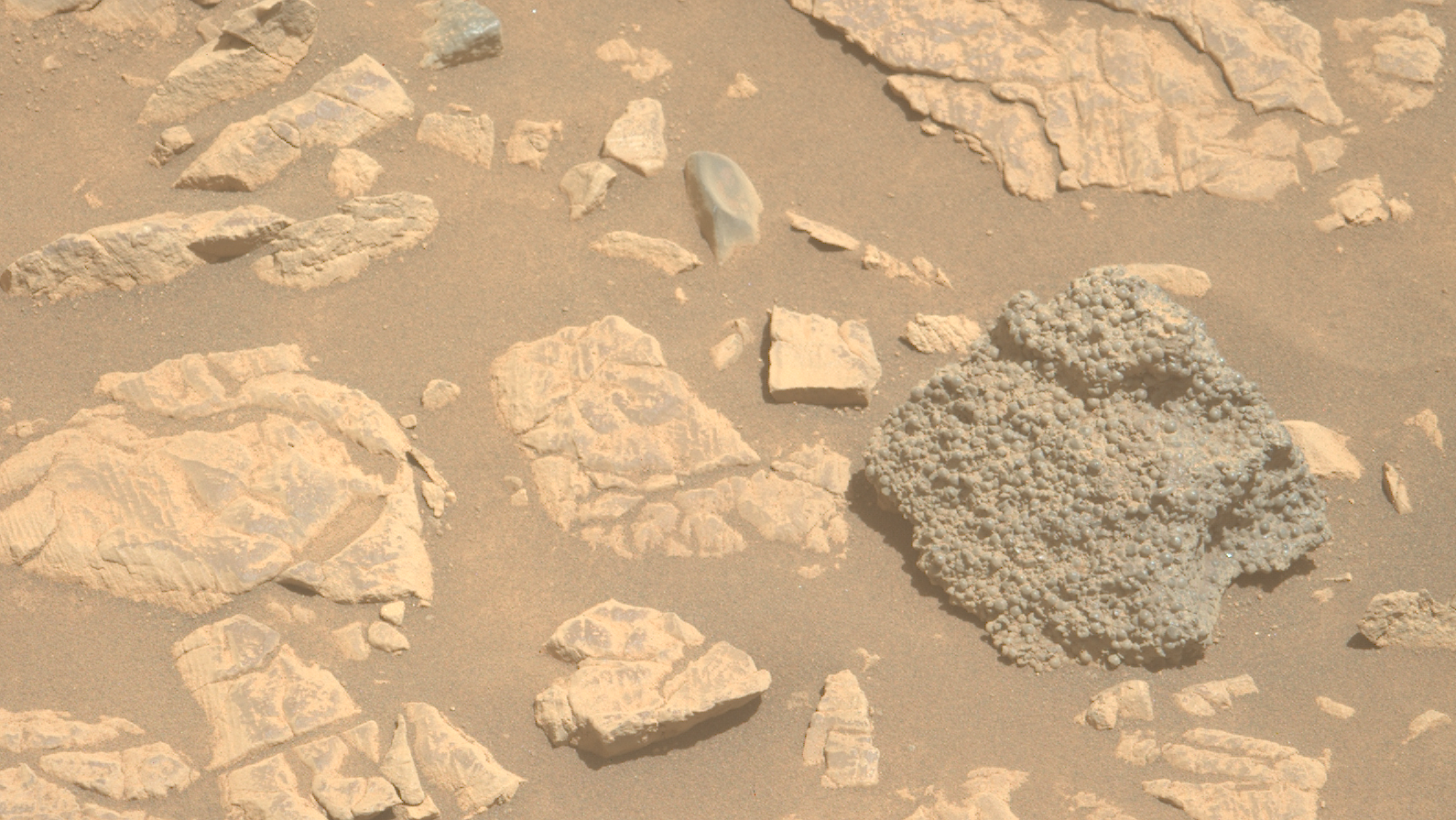

© NASA/JPL-Caltech/LANL/CNES/IRAP


© Robert Lea (created with Canva)
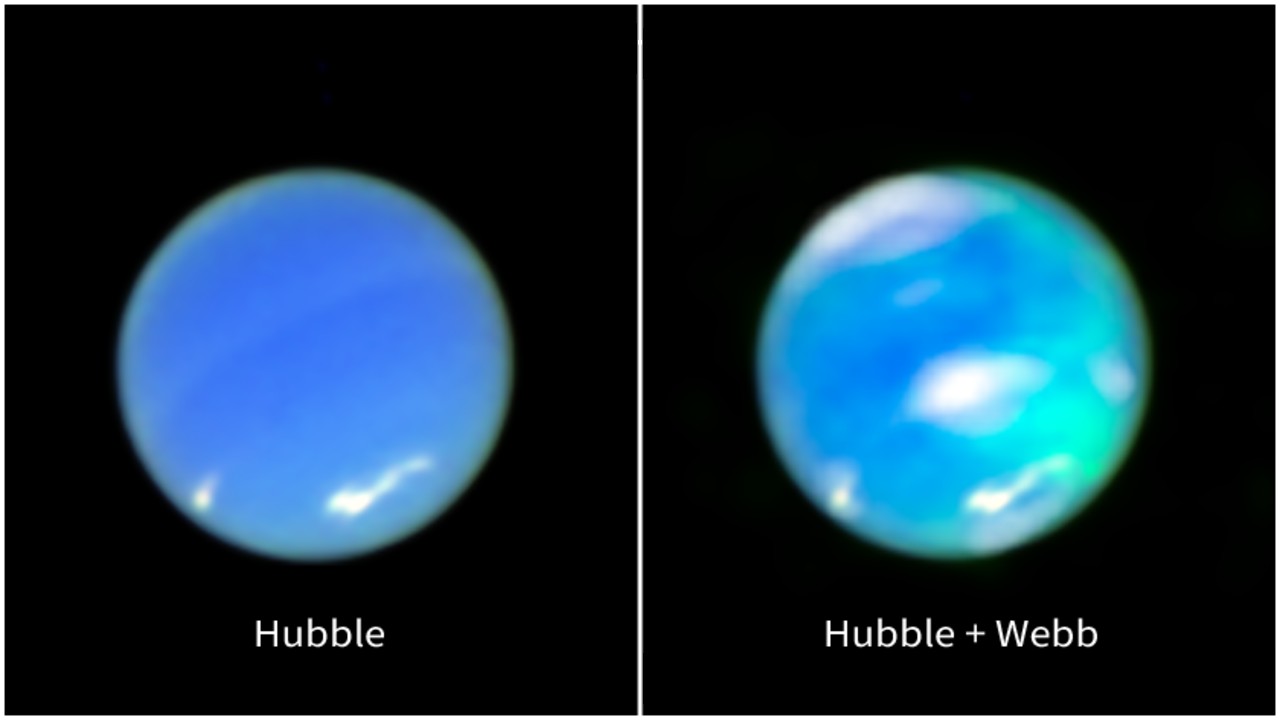

© NASA, ESA, CSA, STScI, Heidi Hammel (AURA), Henrik Melin (Northumbria University), Leigh Fletcher (University of Leicester), Stefanie Milam (NASA-GSFC)


© Marvel

Astronomers have finally identified the source of mysterious radio waves from deep space, tracing the signals back to an unusual stellar pair locked in a swift orbit, flashing out their location for the universe to hear. In research published March 12 in Nature Astronomy, a team of astrophysicists finally found the source of strange, minute-longContinue reading "This dead star is still sending us radio signals"
The post This dead star is still sending us radio signals appeared first on Astronomy Magazine.

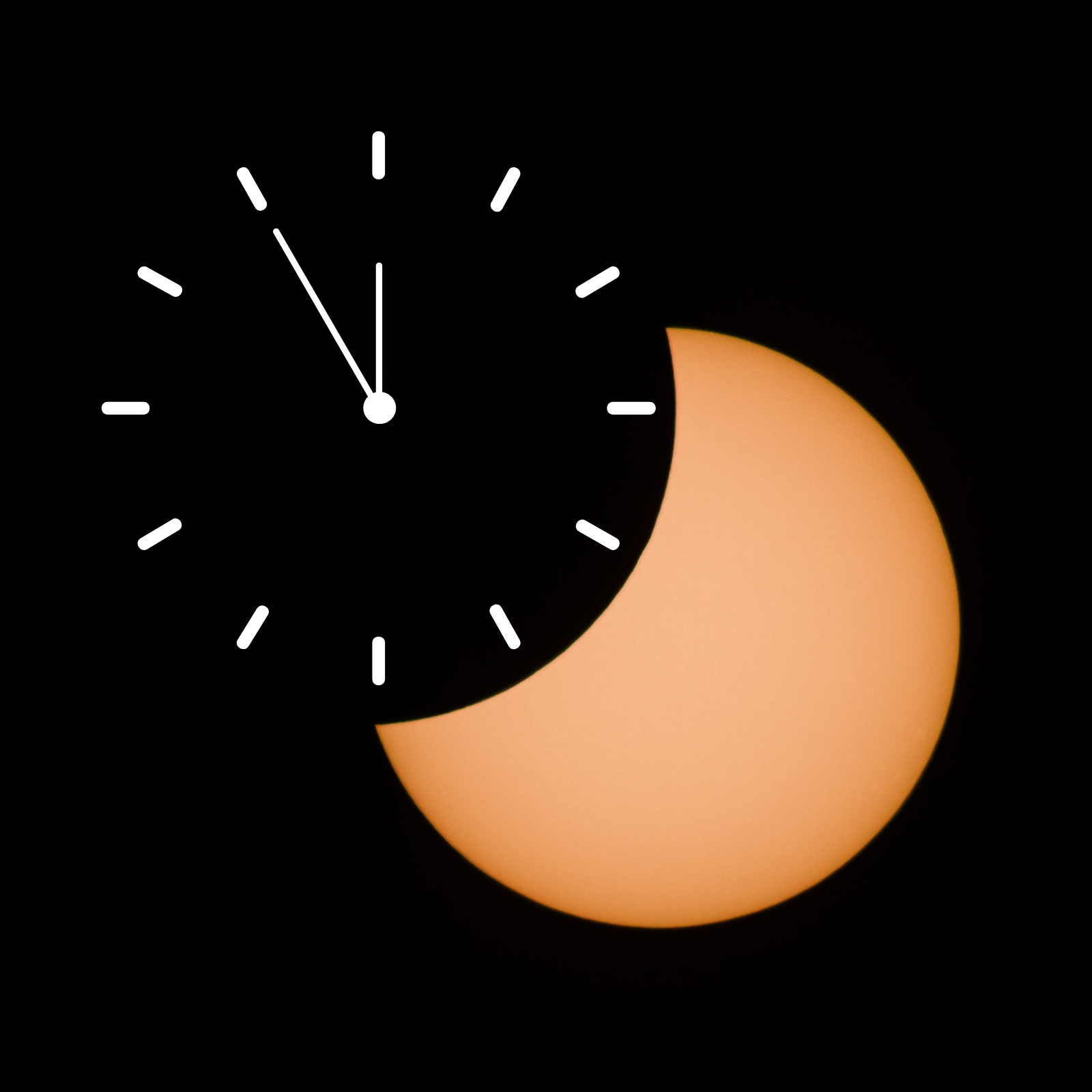

© Created in Canva Pro by Daisy Dobrijevic


© Warner Bros. Pictures


© Magellan TV
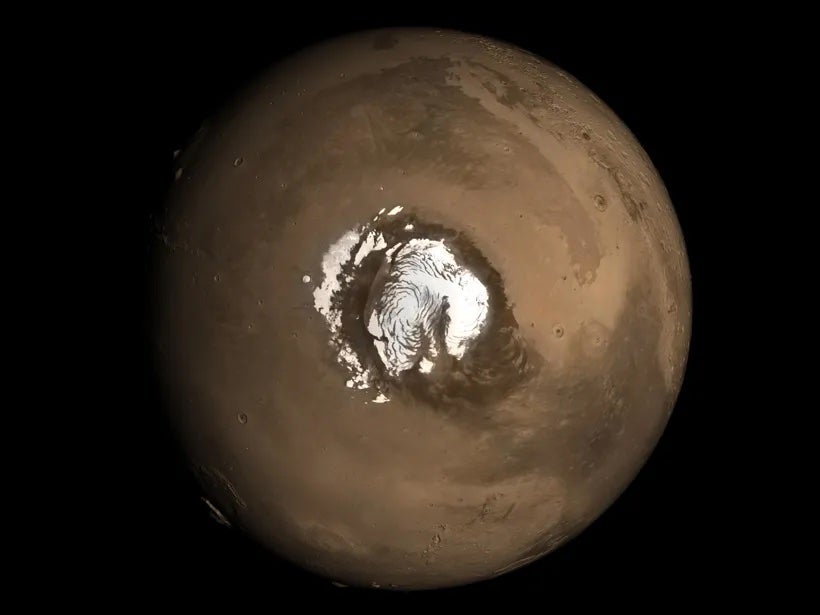
The quest to send humans to Mars is on: US President Donald Trump talked about it in his inauguration speech this year. Such an epic endeavor could help to answer fundamental questions about the Red Planet, including the biggest question of all: Did Mars once host life — and does it still? Central to thoseContinue reading "Ghost rivers, hidden lakes: The long search for water on Mars"
The post Ghost rivers, hidden lakes: The long search for water on Mars appeared first on Astronomy Magazine.

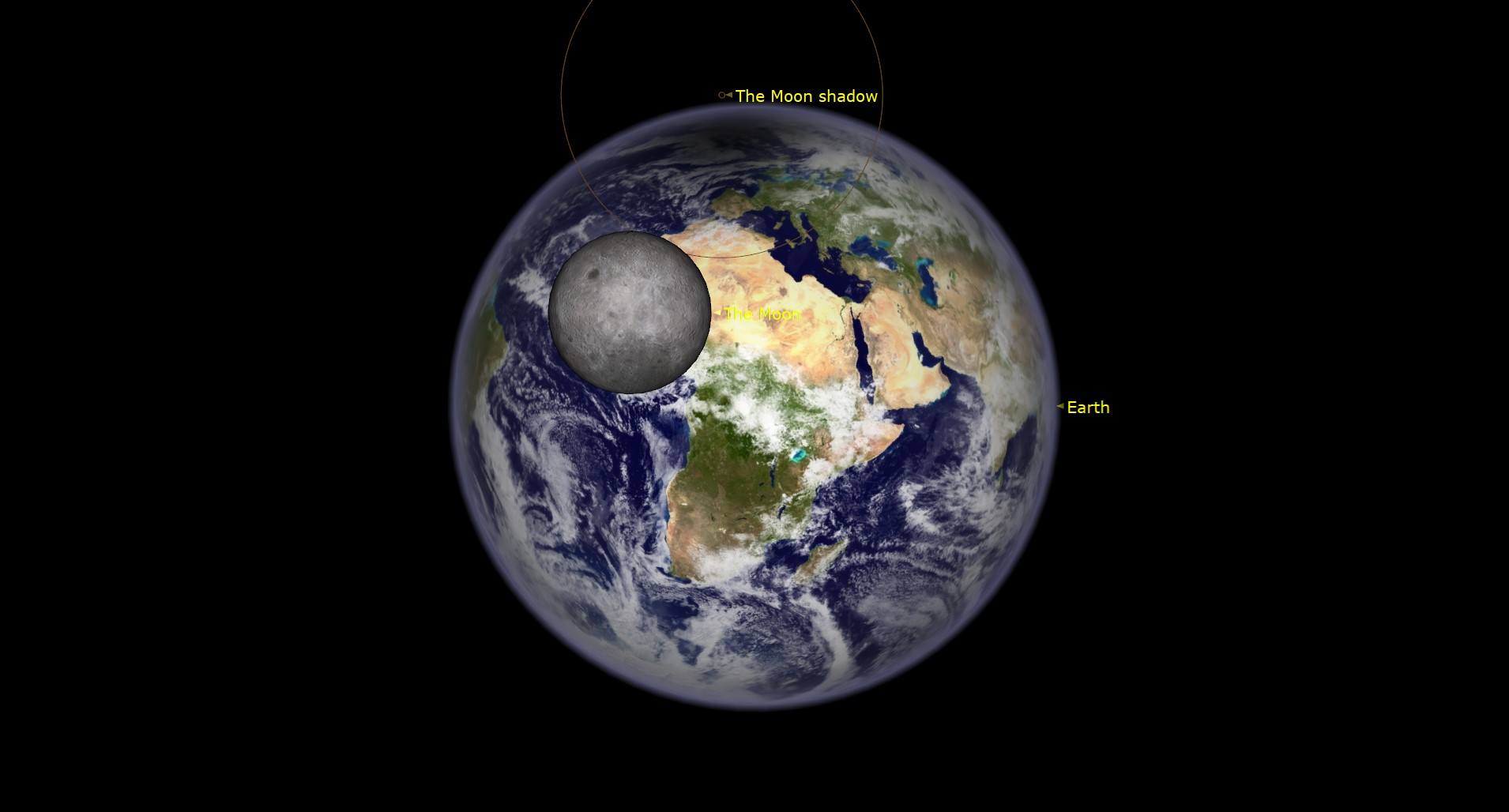

© Chris Vaughan/Starry Night
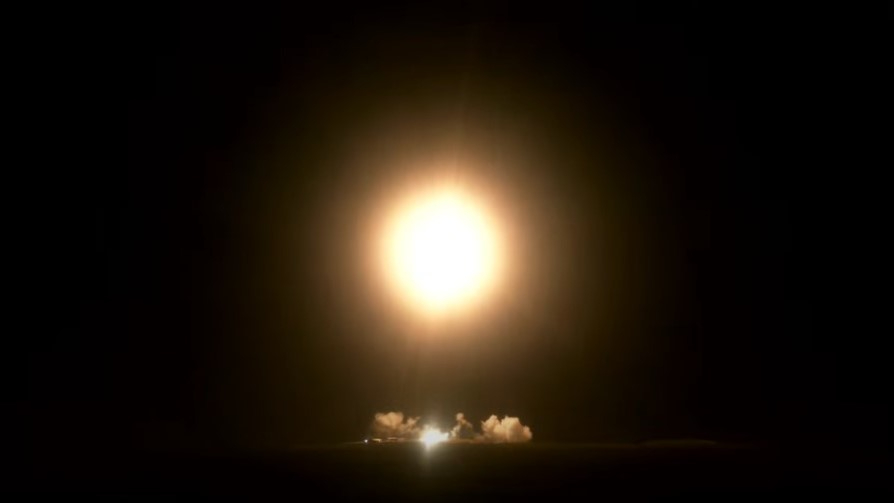

© Rocket Lab
Author(s): Katherine Wright
New experiments with virtual reality suggest that locusts do not follow traditional rules of collective behavior.
[Physics 18, 66] Published Tue Mar 25, 2025
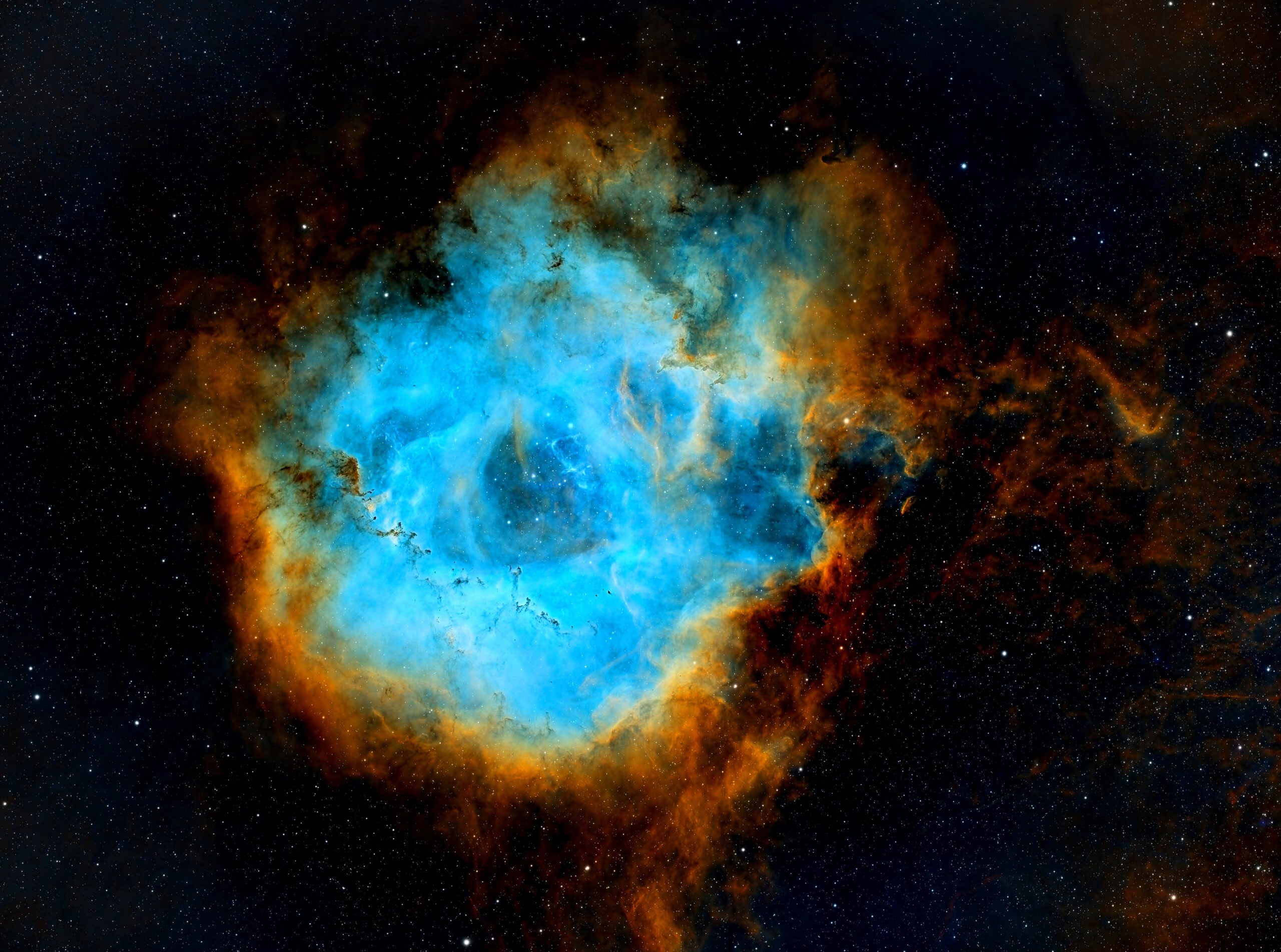
Greg Polanski from Kanata, Ontario, Canada The ever-popular Rosette Nebula (NGC 2237–9/46) lies 10° east of Betelgeuse and is an impressive telescopic sight. Deep imaging reveals the line of dark Bok globules — small dense clouds where baby stars are forming — that appear to lie suspended within the nebula. The imager took 12⅓ hoursContinue reading "Bathed in blue"
The post Bathed in blue appeared first on Astronomy Magazine.



© Disney

To detect neutrinos, scientists use vast observatories located underground, shielded from cosmic ray interference. These detectors rely on Cherenkov radiation, a bluish light produced when high-speed muons, created by rare neutrino collisions, travel faster than light through water or ice. Photomultiplier tubes amplify this light, allowing astronomers to trace the neutrino’s path and energy.
The post How do neutrino telescopes work? appeared first on Astronomy Magazine.



© Cai Studio/The Kennedy Center


© NASA/Frank Michaux


© BioWare
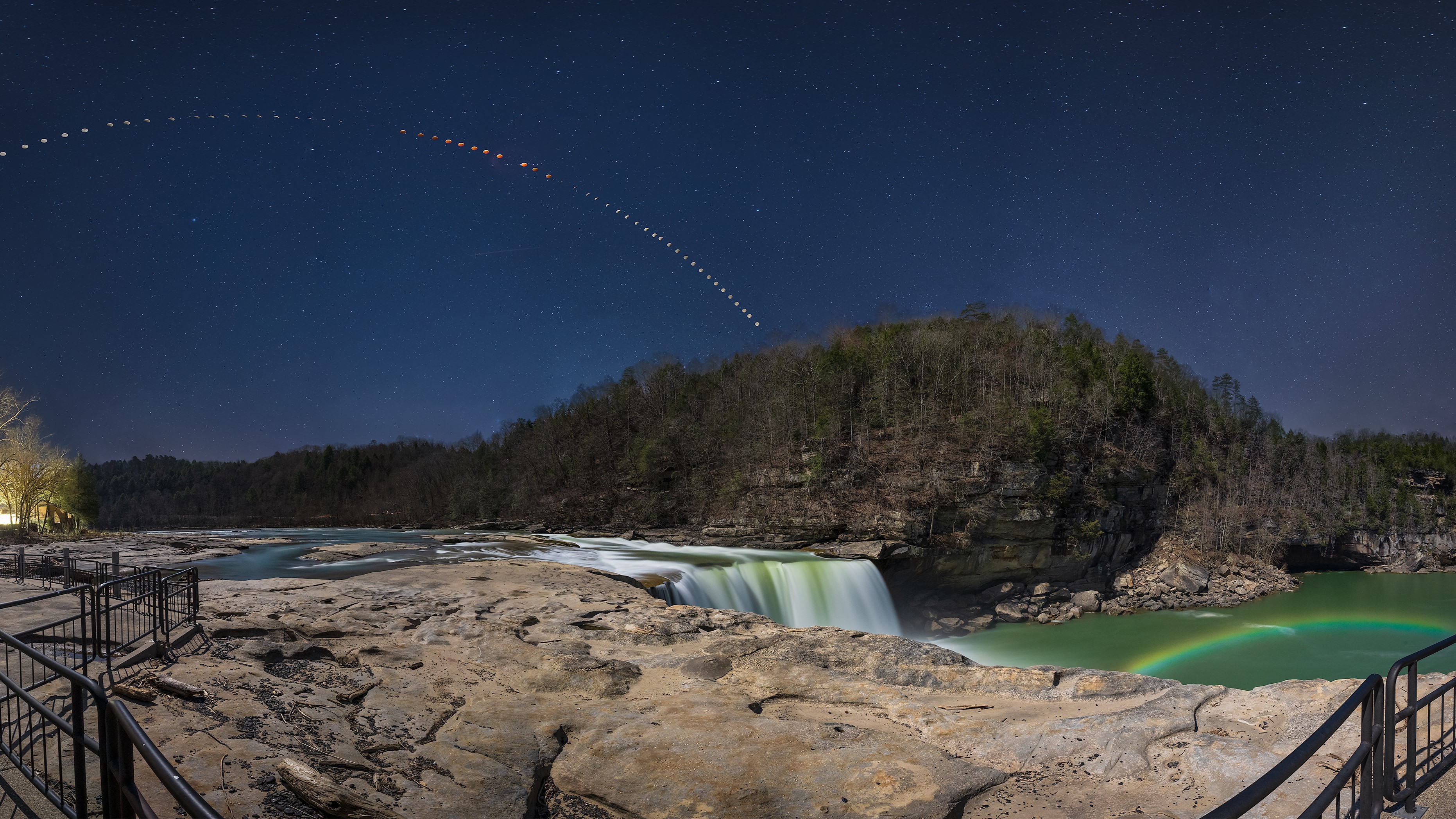

© Billy Buchanan, Narcoleptic Nightscapes


© FX


© NASA


© NASA/JPL-Caltech/MSSS


© U.S. Air Force photo courtesy of NASA by Keegan Barber


© Posnov via Getty Images
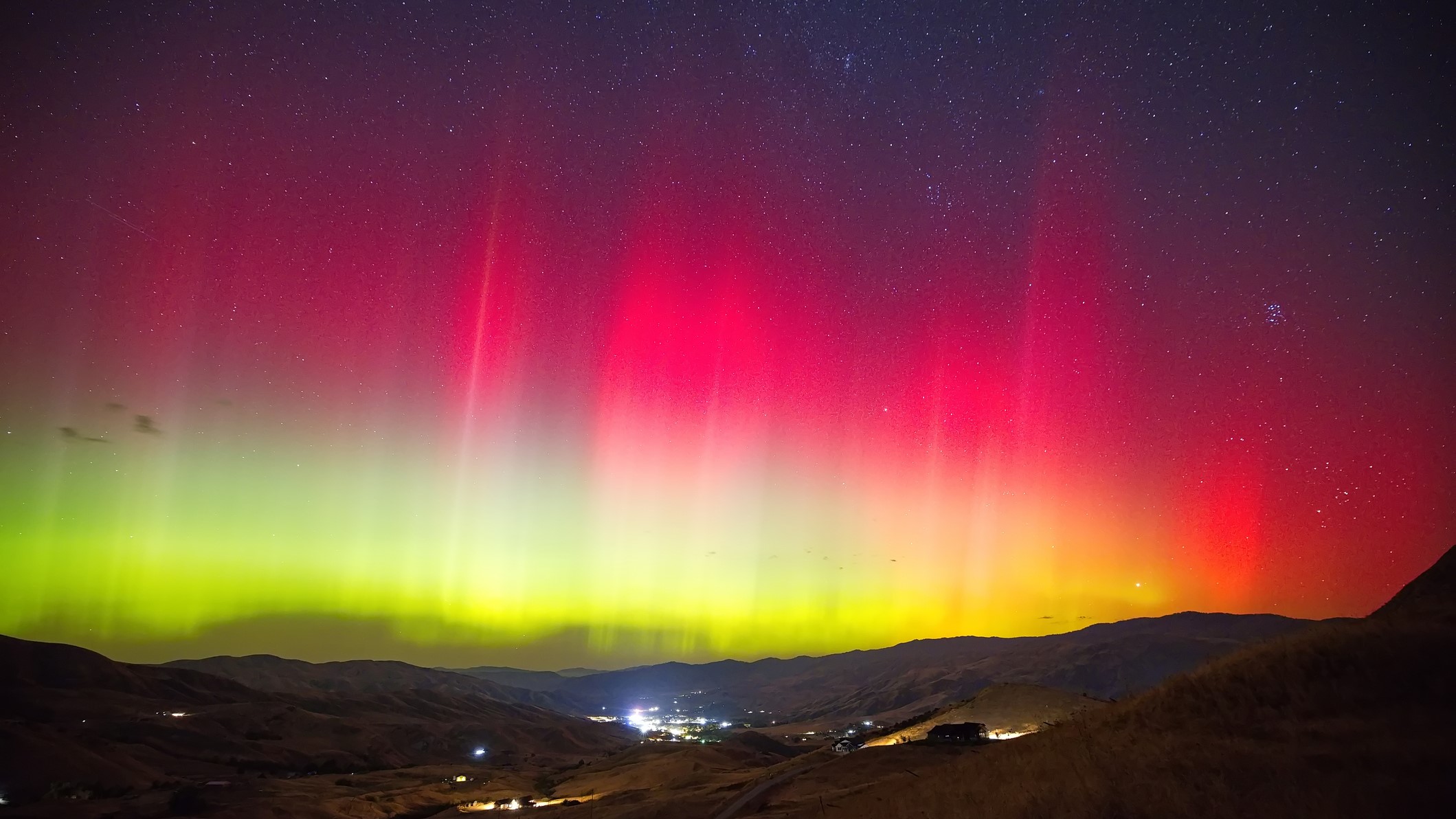

© Greg Stringham / 500px via Getty Images
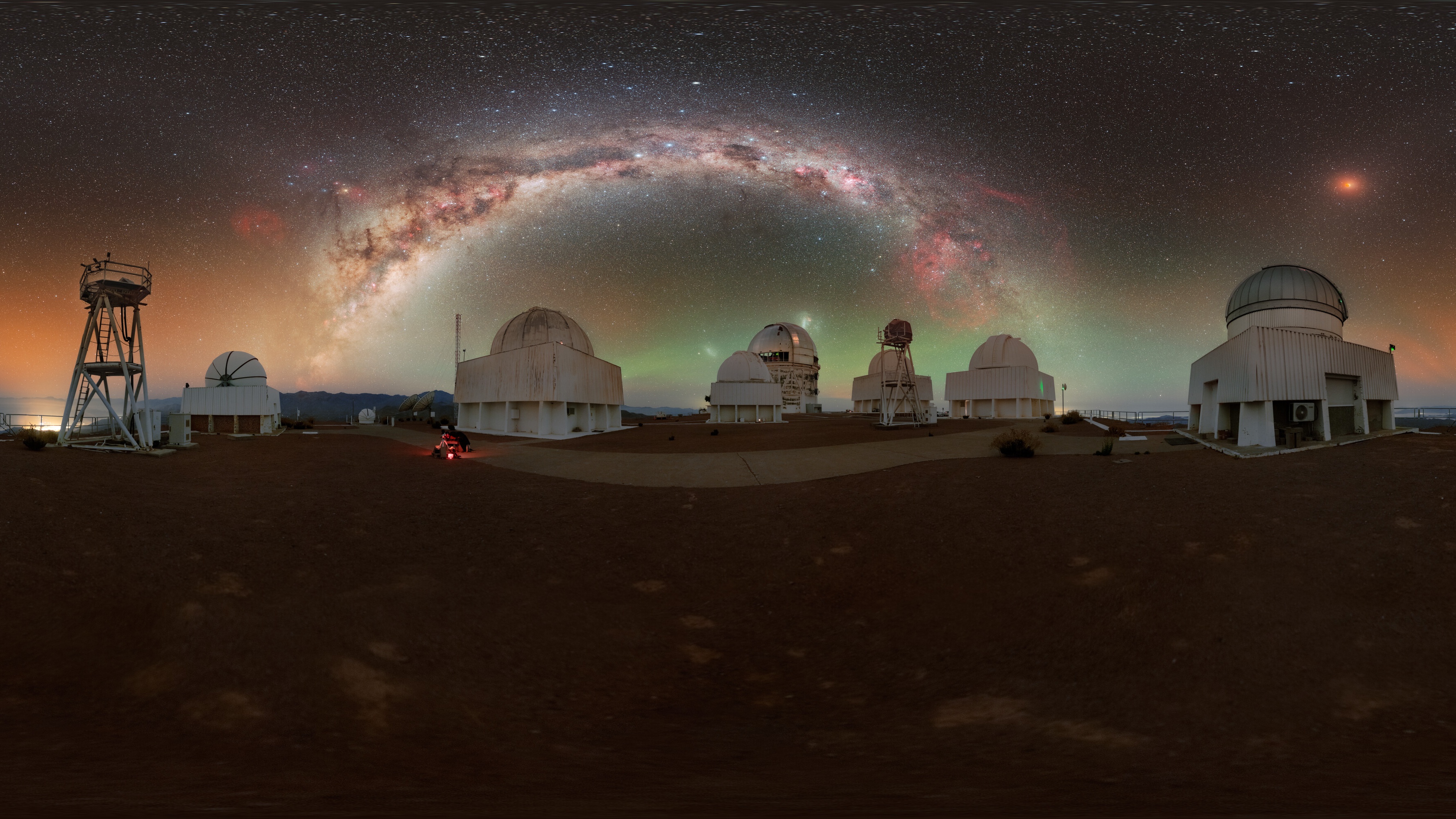

© CTIO/NOIRLab/NSF/AURA/P. Horálek (Institute of Physics in Opava)
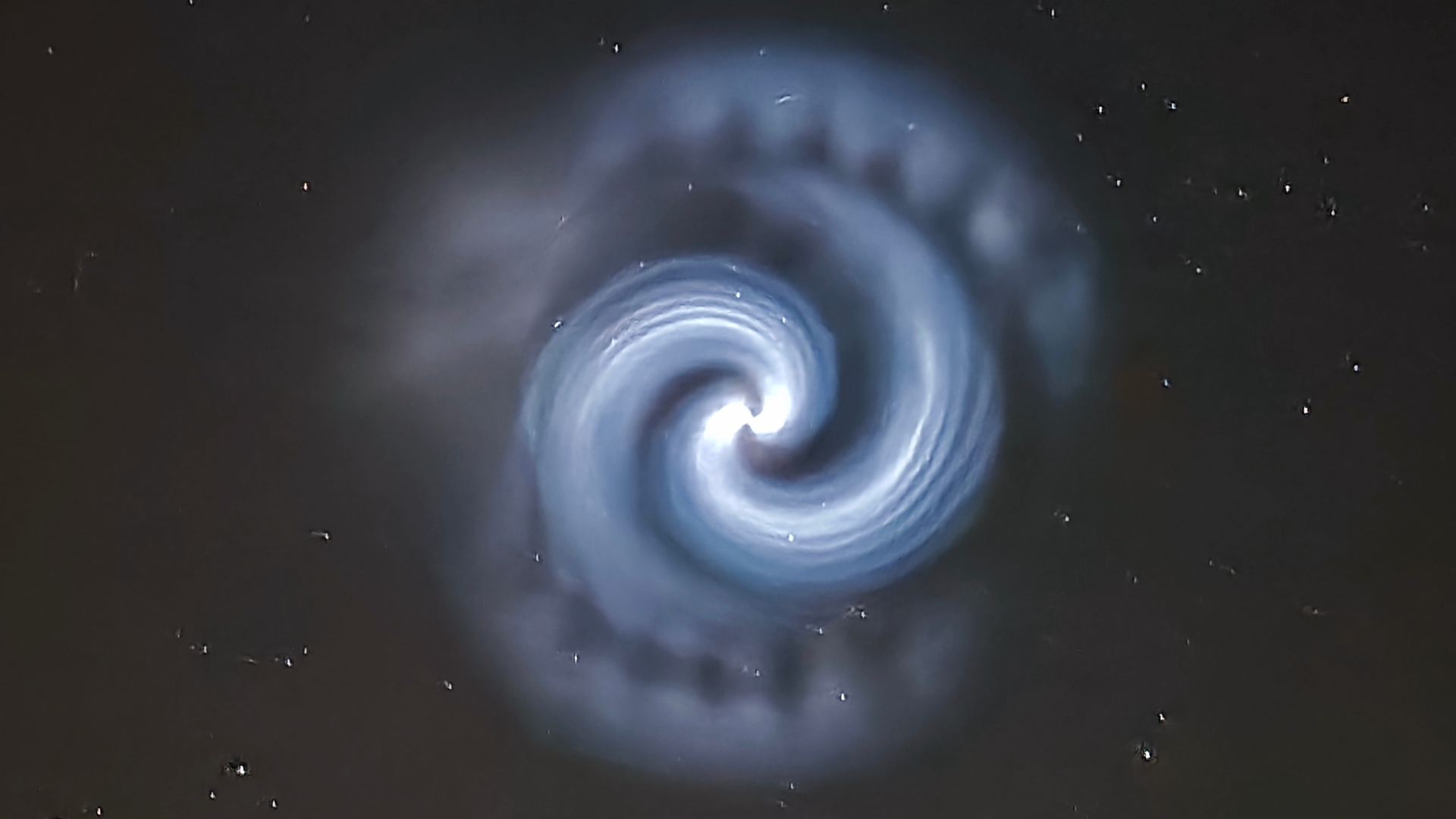

© Daniel Puchalski


© Alones Creative/Getty Images
Author(s): Katrin Erath-Dulitz
The heating effect of microwaves has long been used to accelerate reactions. A new experiment shows that microwaves can also excite molecules into a less reactive state.
[Physics 18, 63] Published Mon Mar 24, 2025
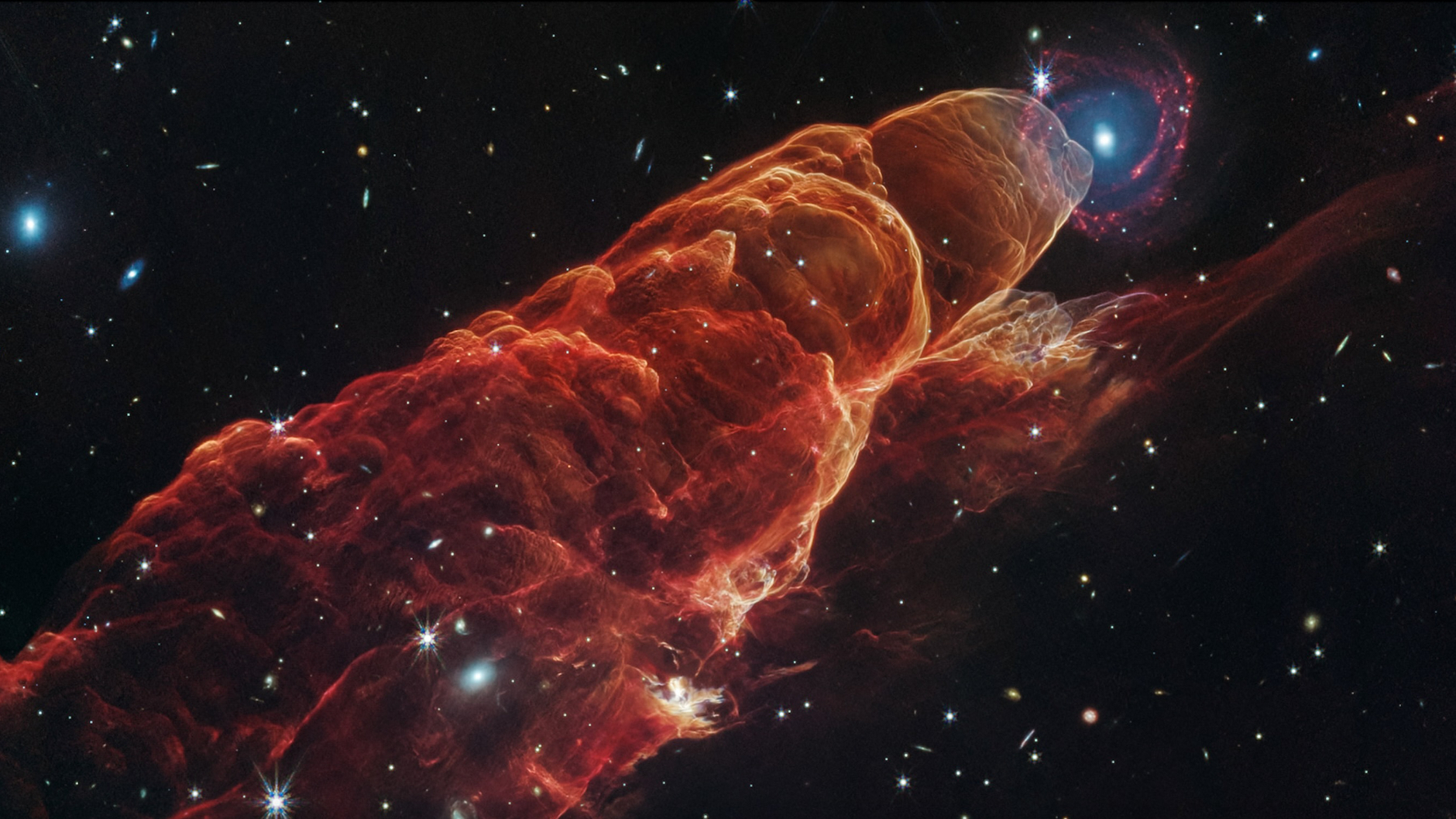

© NASA, ESA, CSA, STScI


© Starry Night
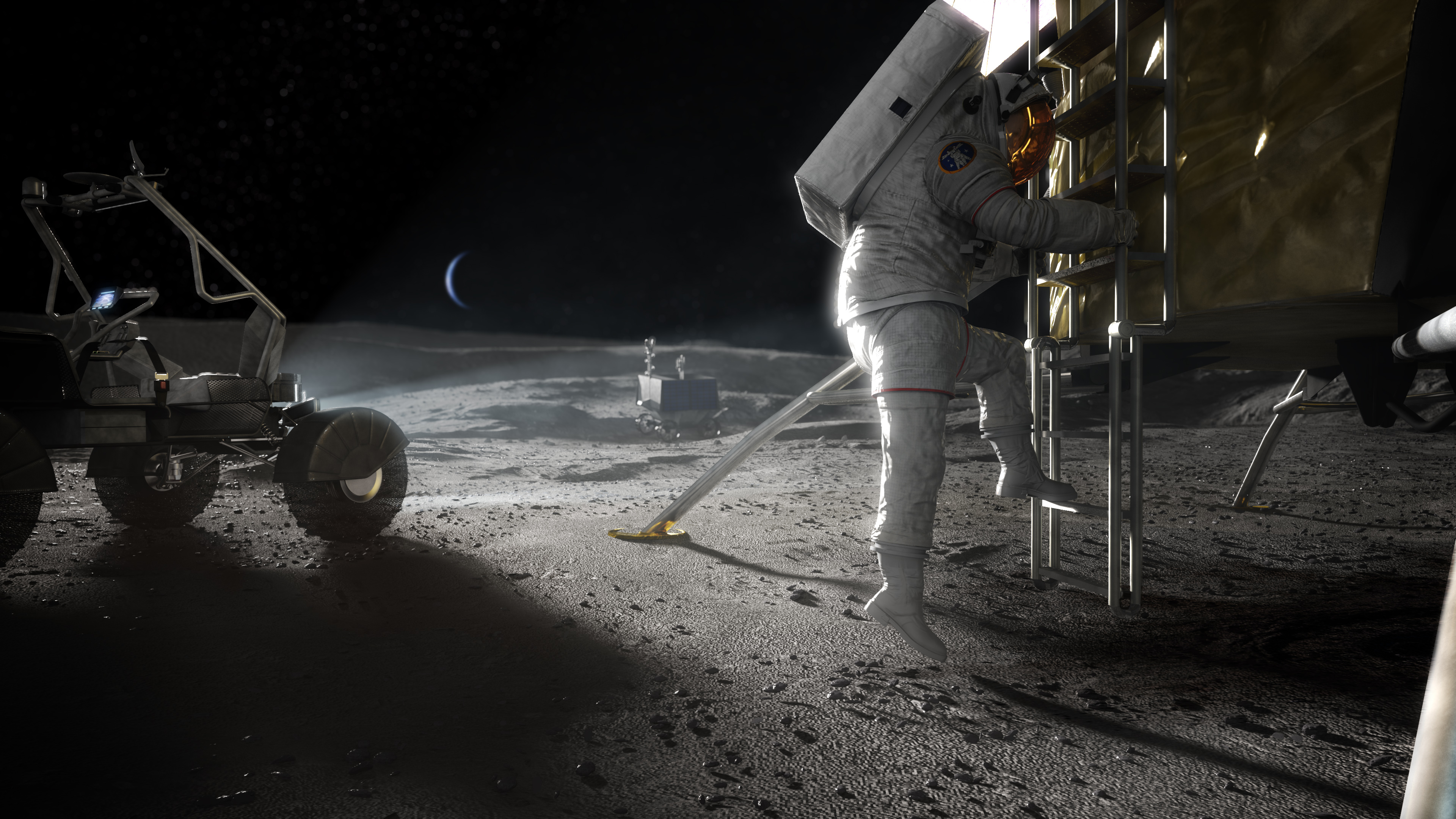

© NASA
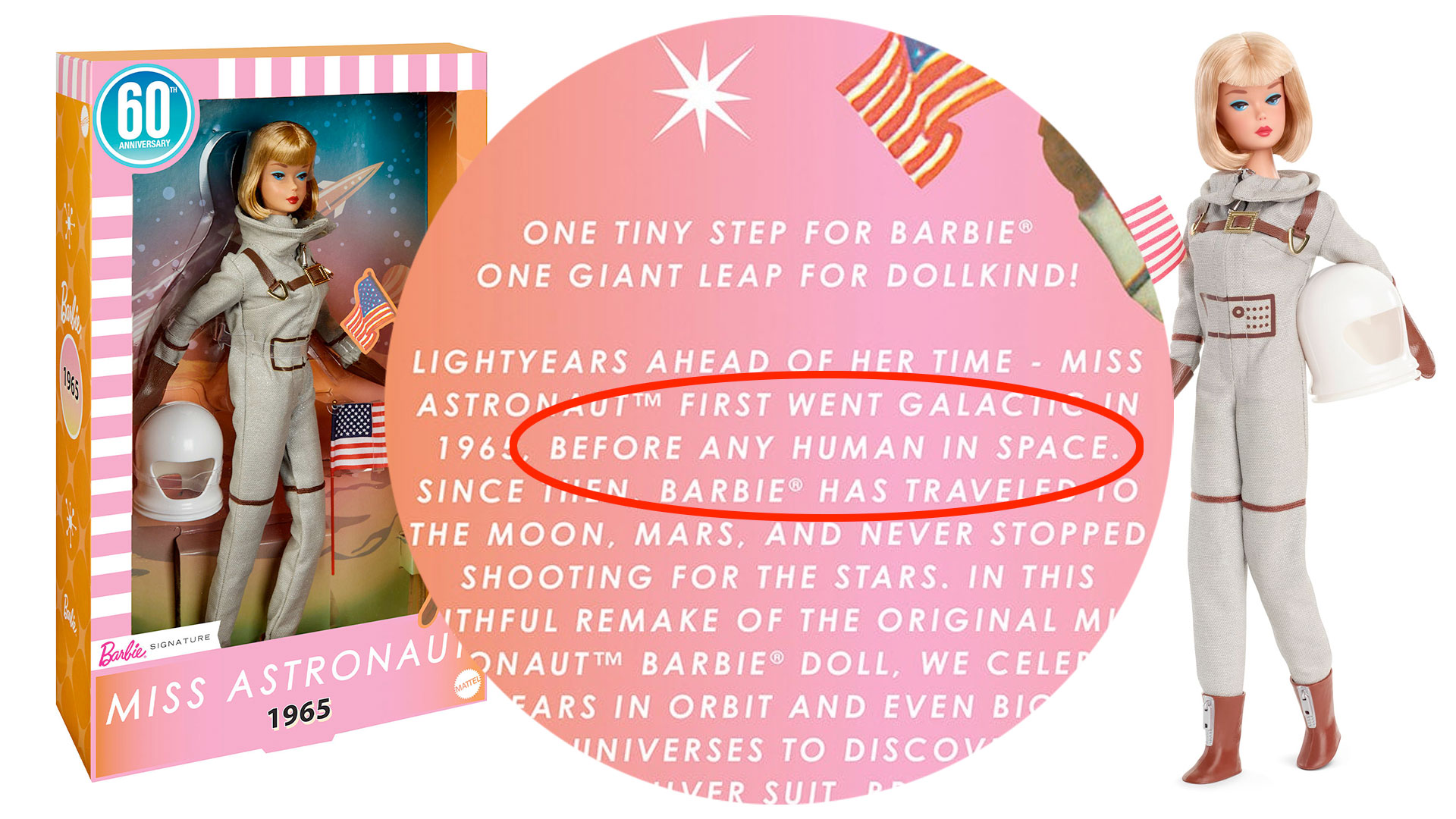

© Mattel / collectSPACE.com

Astronomers have discovered more than 300 exoplanetary systems that have three or more known planets. Most of these planets are about the same size and spaced close together, earning them the moniker “peas in a pod.” They also orbit near their stars, in many cases closer than Mercury is to the Sun. Our solar system,Continue reading "Our solar system is not as unusual as we thought"
The post Our solar system is not as unusual as we thought appeared first on Astronomy Magazine.

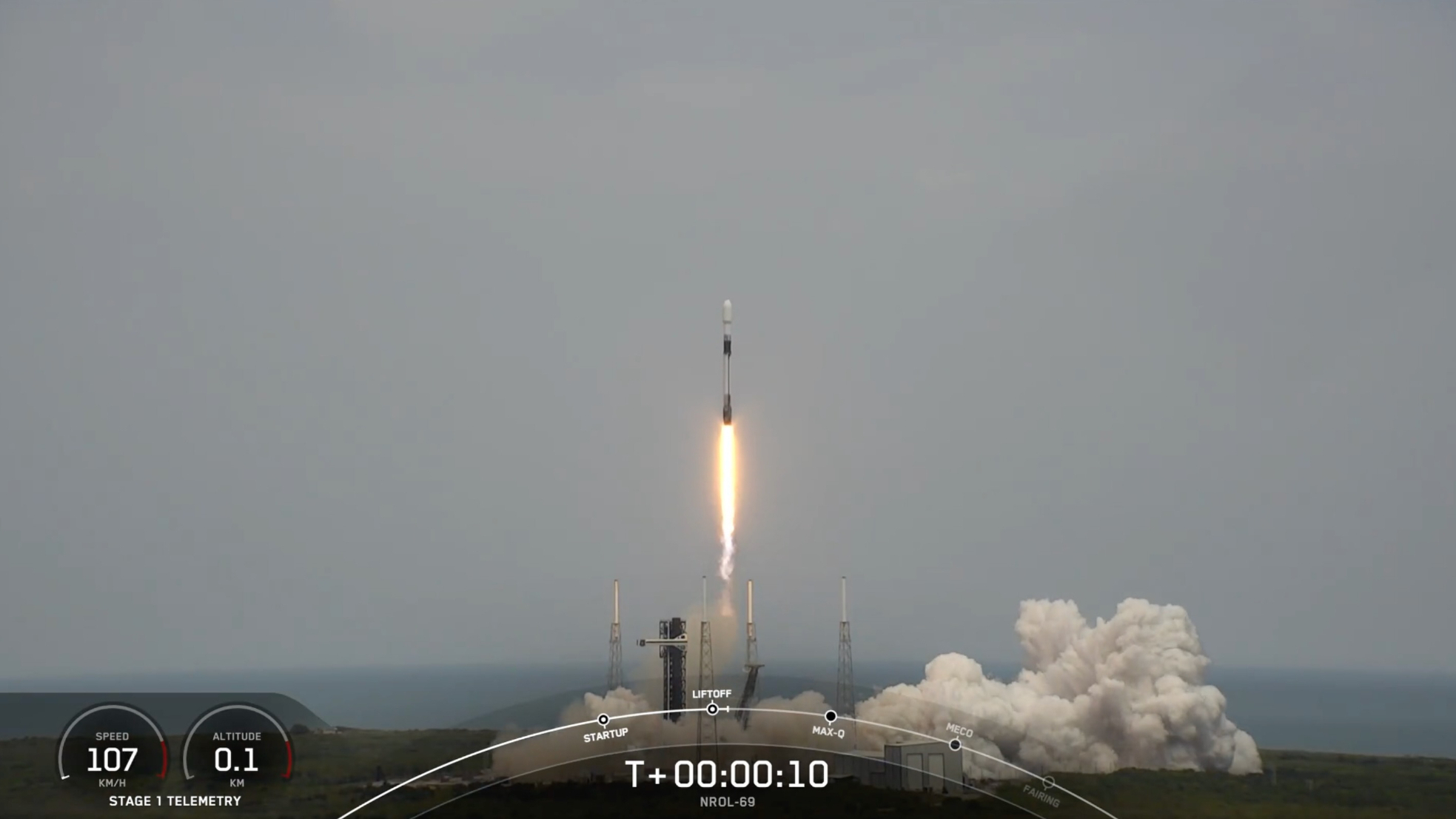

© SpaceX

Could the nearby star Sirius B explode as a type Ia supernova, like some other white dwarf stars in binary star systems have? Bruce MasonEncinitas, California A type Ia supernova occurs when a white dwarf — the cooling remnant of an aging star — draws hydrogen from a companion sun. When the dwarf reaches 1.4Continue reading "Will Sirius B explode as a type Ia supernova?"
The post Will Sirius B explode as a type Ia supernova? appeared first on Astronomy Magazine.



© Disney/Future


© Robert Lea (created with Canva)
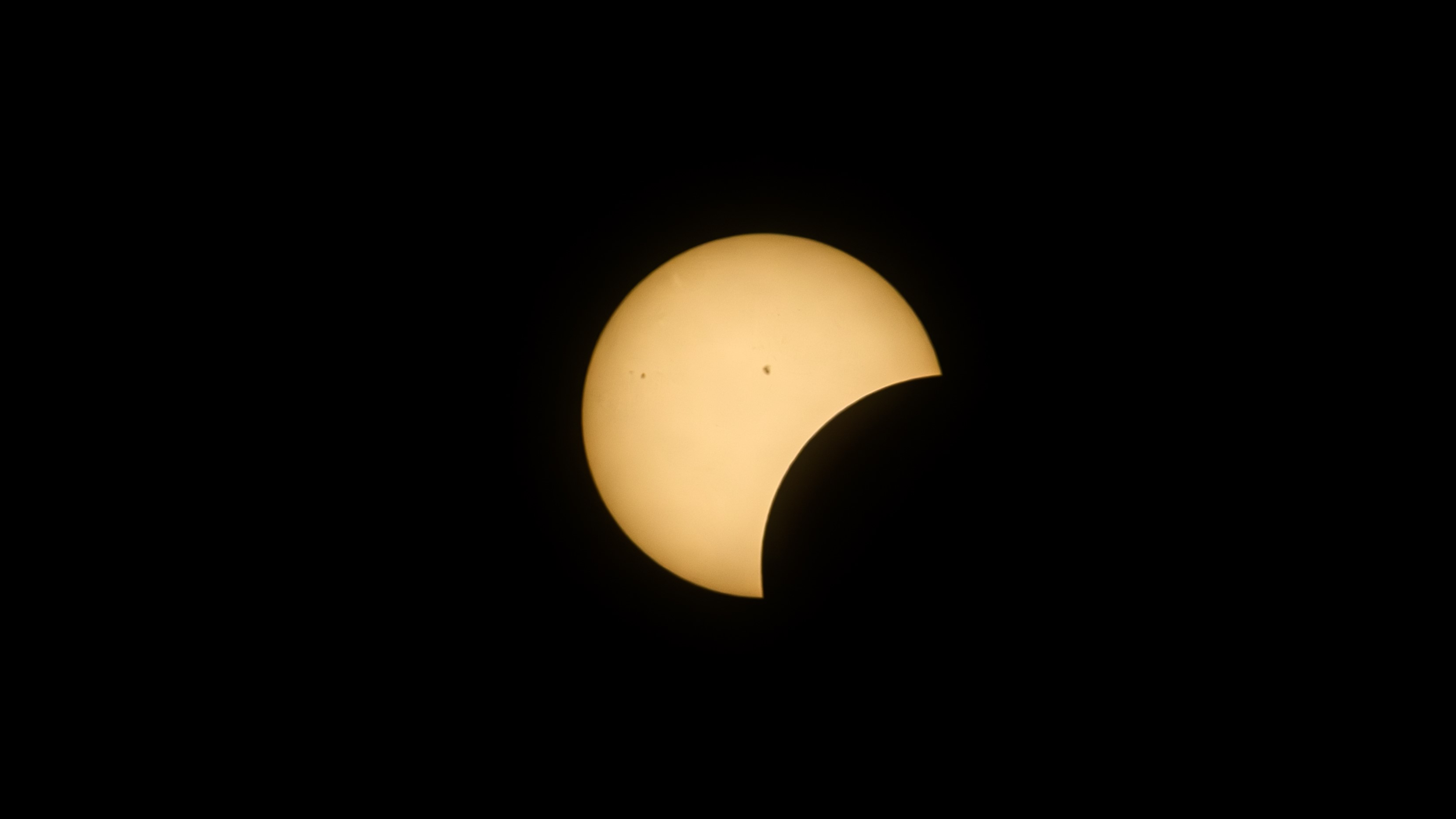

© Heather Paul via Getty Images


© SpaceX


© ESA/Hubble & NASA, S. J. Smartt, C. Kilpatrick


© Robert Lea (created with Canva)

In this episode, Astronomy magazine Editor Dave Eicher invites you to view an unusual event: a partial eclipse of the Sun. Depending on where you are, you might see the Moon cover up to 90 percent of the bright solar disk. Remember, however, even 10 percent of the Sun is dangerous to look at, so wear approvedContinue reading "This Week in Astronomy with Dave Eicher: A Solar Eclipse"
The post This Week in Astronomy with Dave Eicher: A Solar Eclipse appeared first on Astronomy Magazine.



© Star Catcher


© ESA/Euclid/Euclid Consortium/NASA/Francine Marleau, et al, 2025
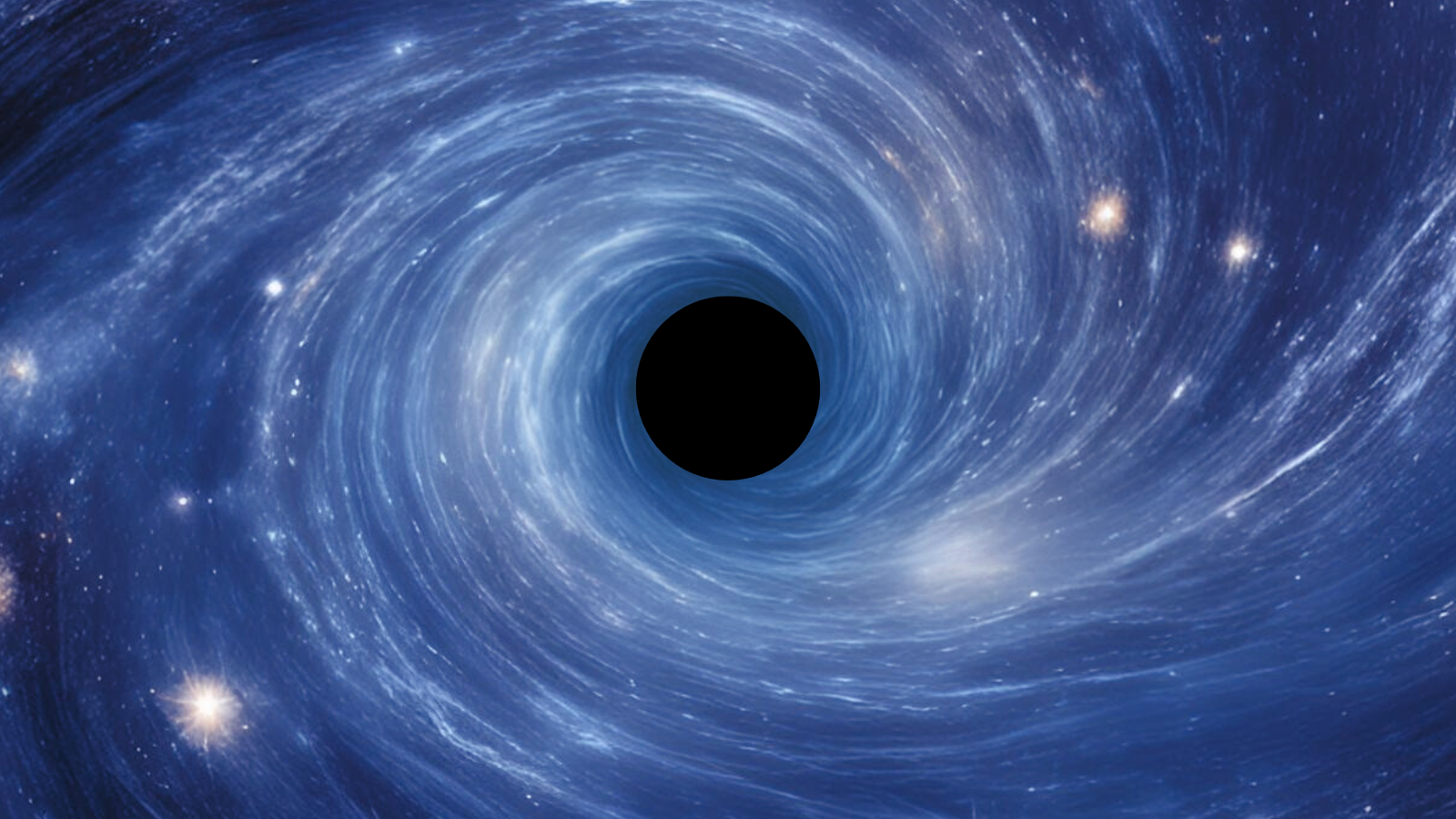

© Robert Lea (created with Canva)


© Sotheby's


© David Goddard/Getty Images
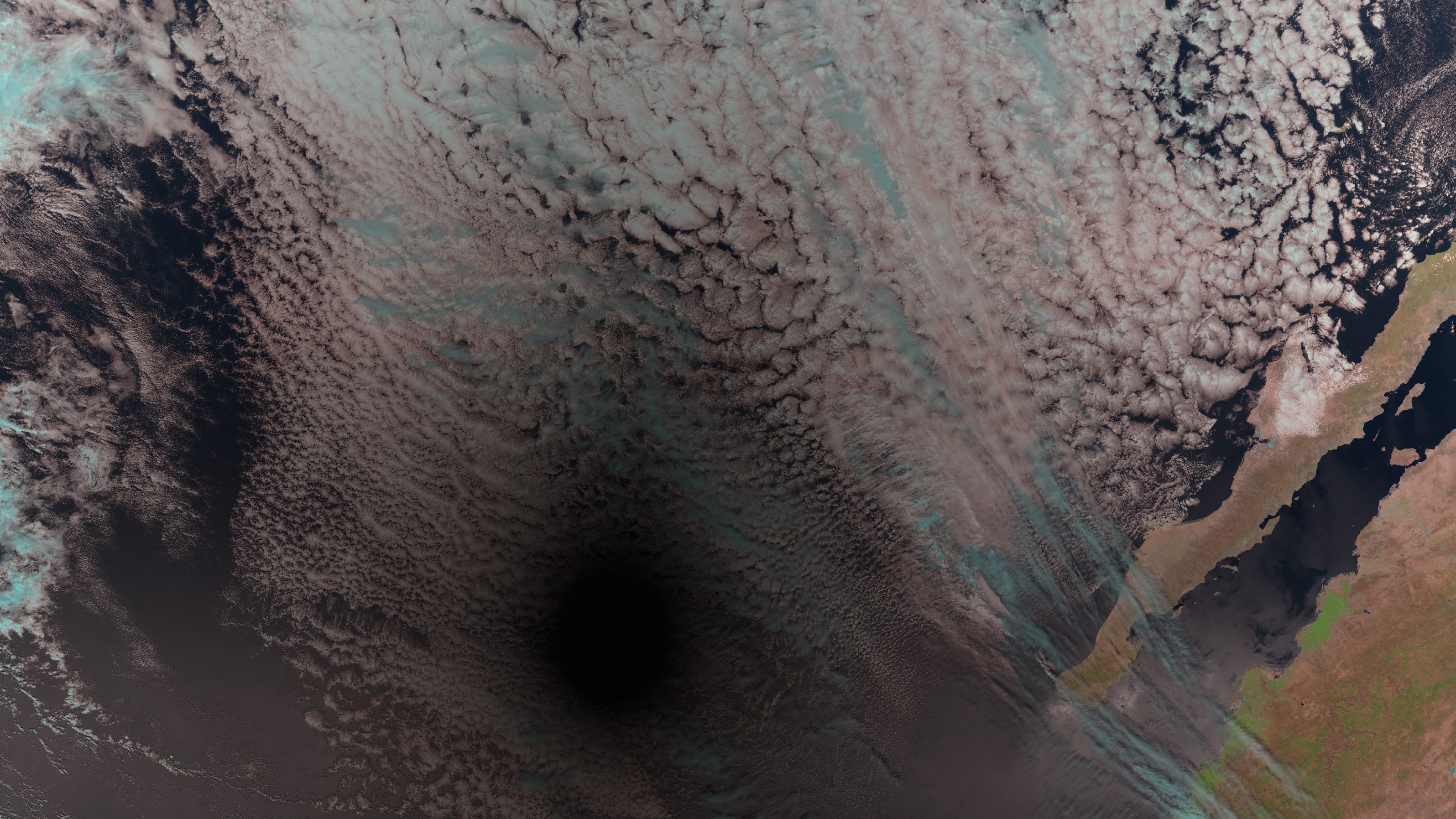

© contains modified Copernicus Sentinel data (2024), processed by ESA


© Isar Aerospace


© Amanda Smith, Nikku Madhusudhan
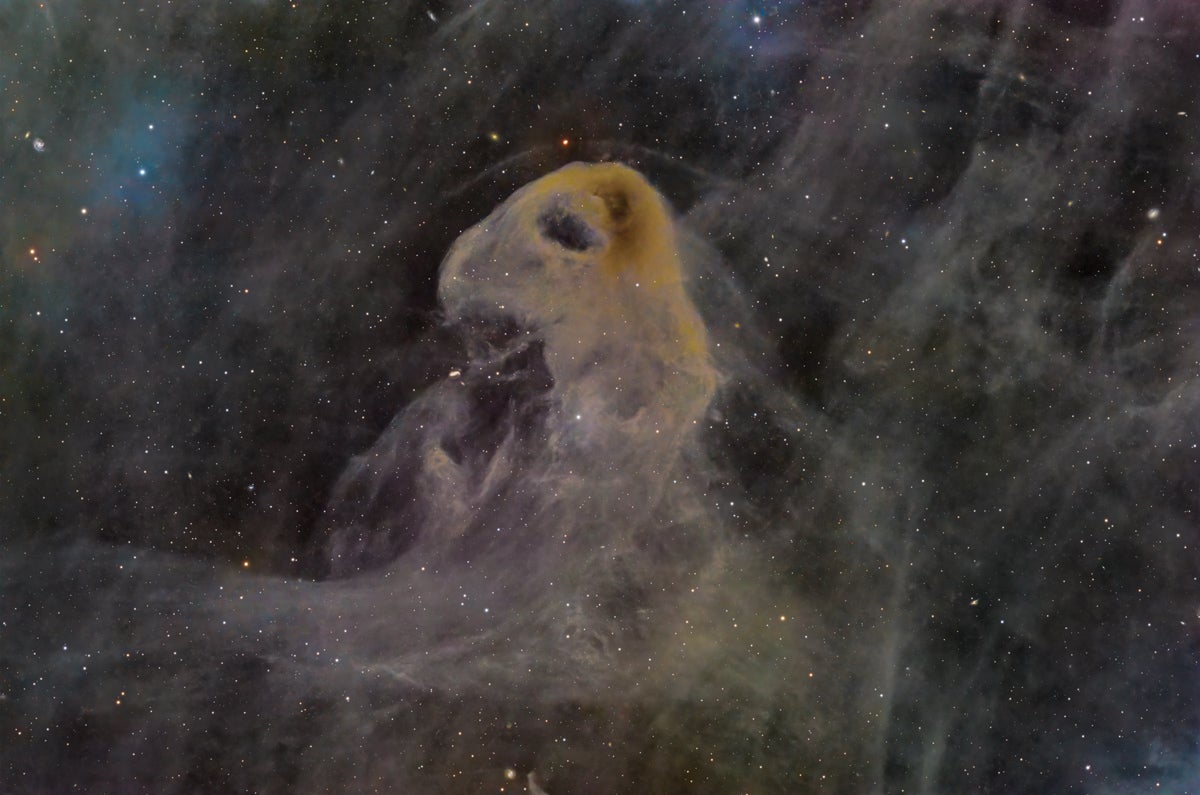
Greg Meyer from Phoenix, Arizona This dusty figure of the Baby Eagle Nebula (LBN 777) is part of the larger Taurus Molecular Cloud. The dust is dimly lit by young stars within the cloud; the brownish color gives away the presence of larger dust grains. This image comprises nearly 24 hours of LRGB exposure withContinue reading "Cosmic fledgling"
The post Cosmic fledgling appeared first on Astronomy Magazine.

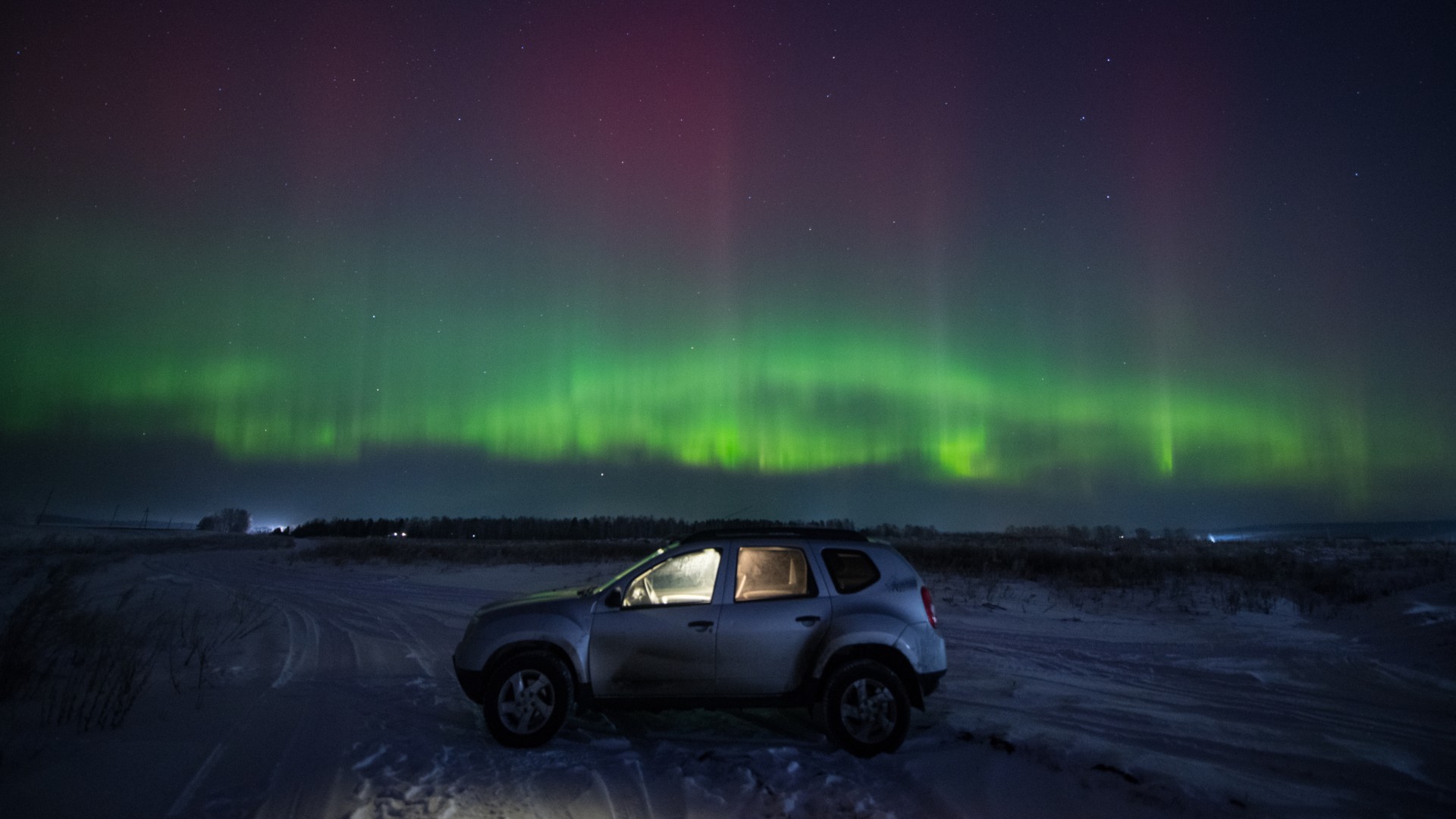

© Alexander Manzyuk/Anadolu via Getty Images


© The Nichelle Nichols Space Camp


© Jamie Carter


© TWiT


© Robert Lea (created with Canva)
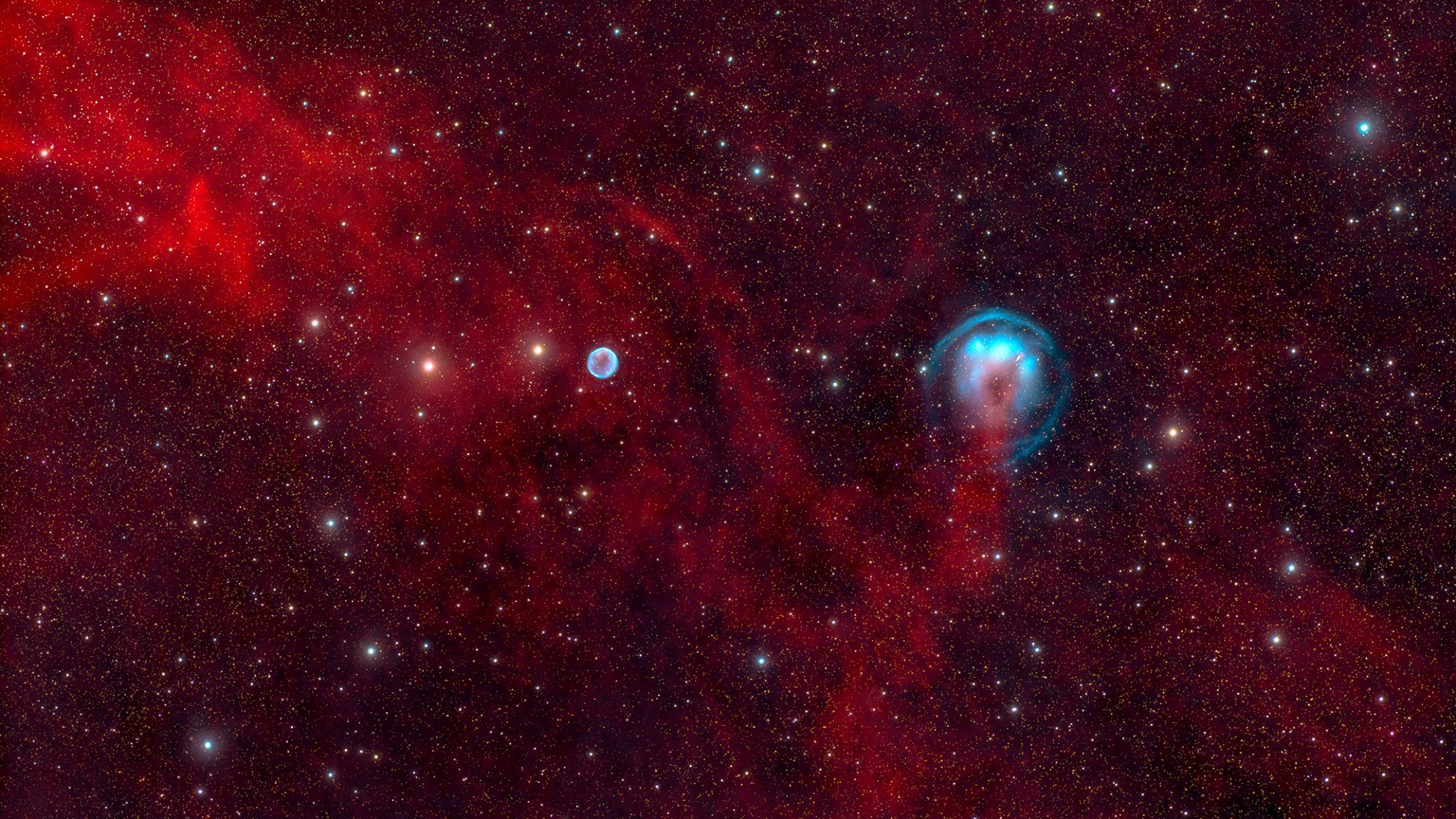

© Miguel Claro
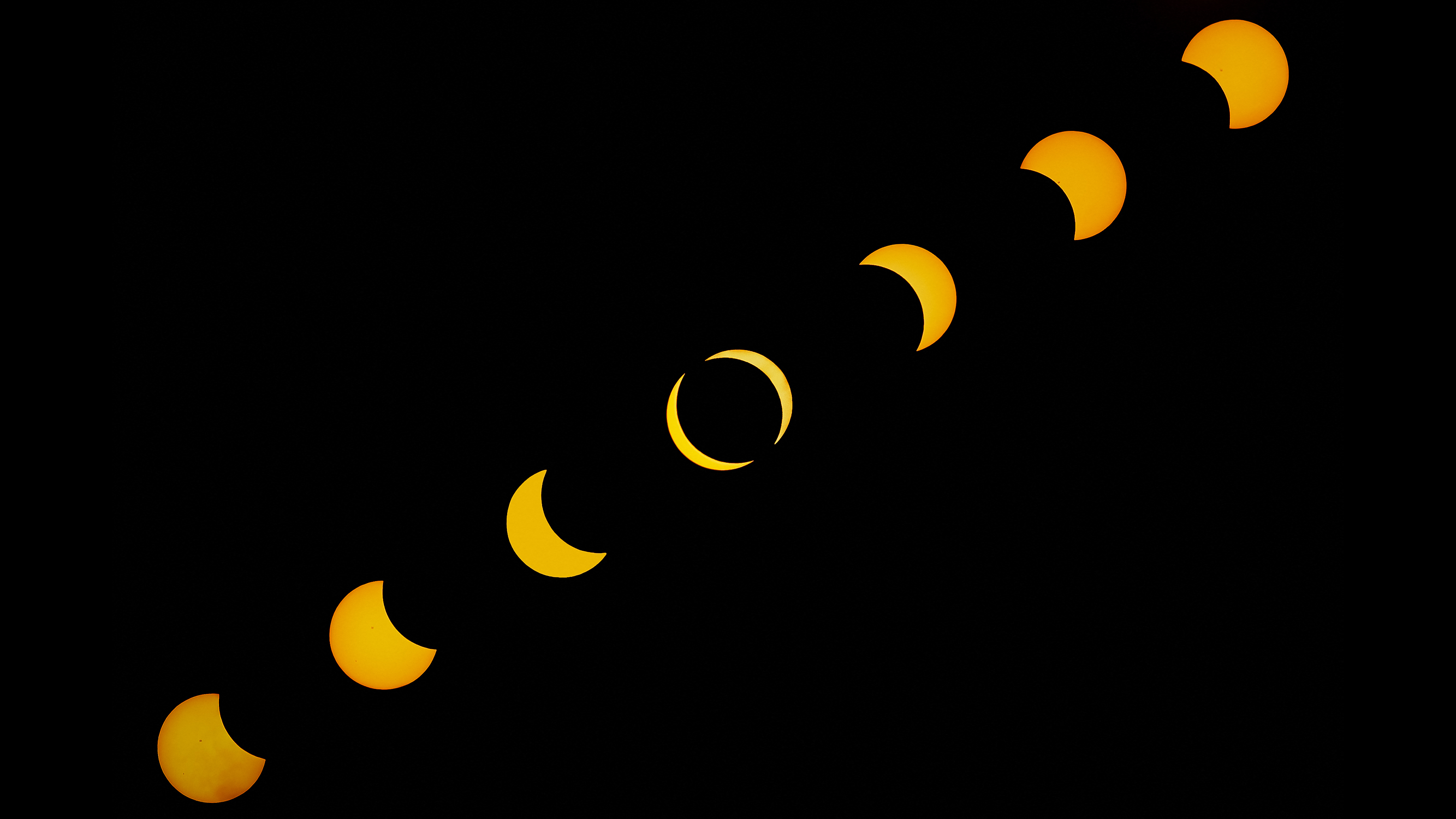

© ALLISON BAILEY/Middle East Images/AFP via Getty Images
Author(s): Mark Buchanan
Experiments suggest that cells pack in more ordered patterns as the relative sizes of their nuclei grow.
[Physics 18, 65] Published Fri Mar 21, 2025
Author(s): Matteo Rini
Microsoft’s announcement of achieving a milestone in a potentially transformative approach to quantum computing is met with skepticism by researchers attending the APS Global Summit.
[Physics 18, 68] Published Fri Mar 21, 2025


© Netflix


© <a href="https://www.youtube.com/@mcaleeseandassociates7933">McAleese and Associates</a>
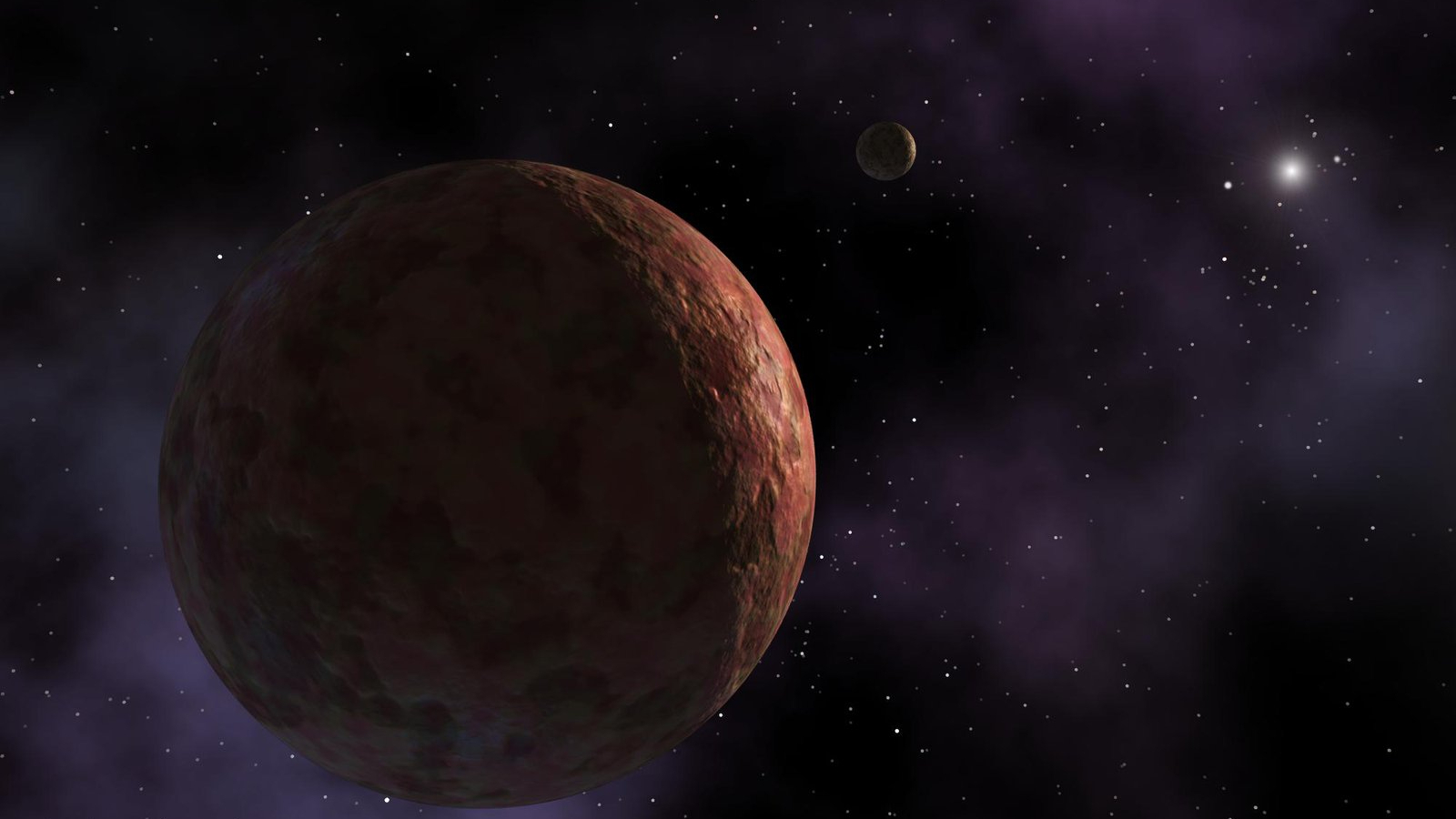

© NASA/JPL-Caltech
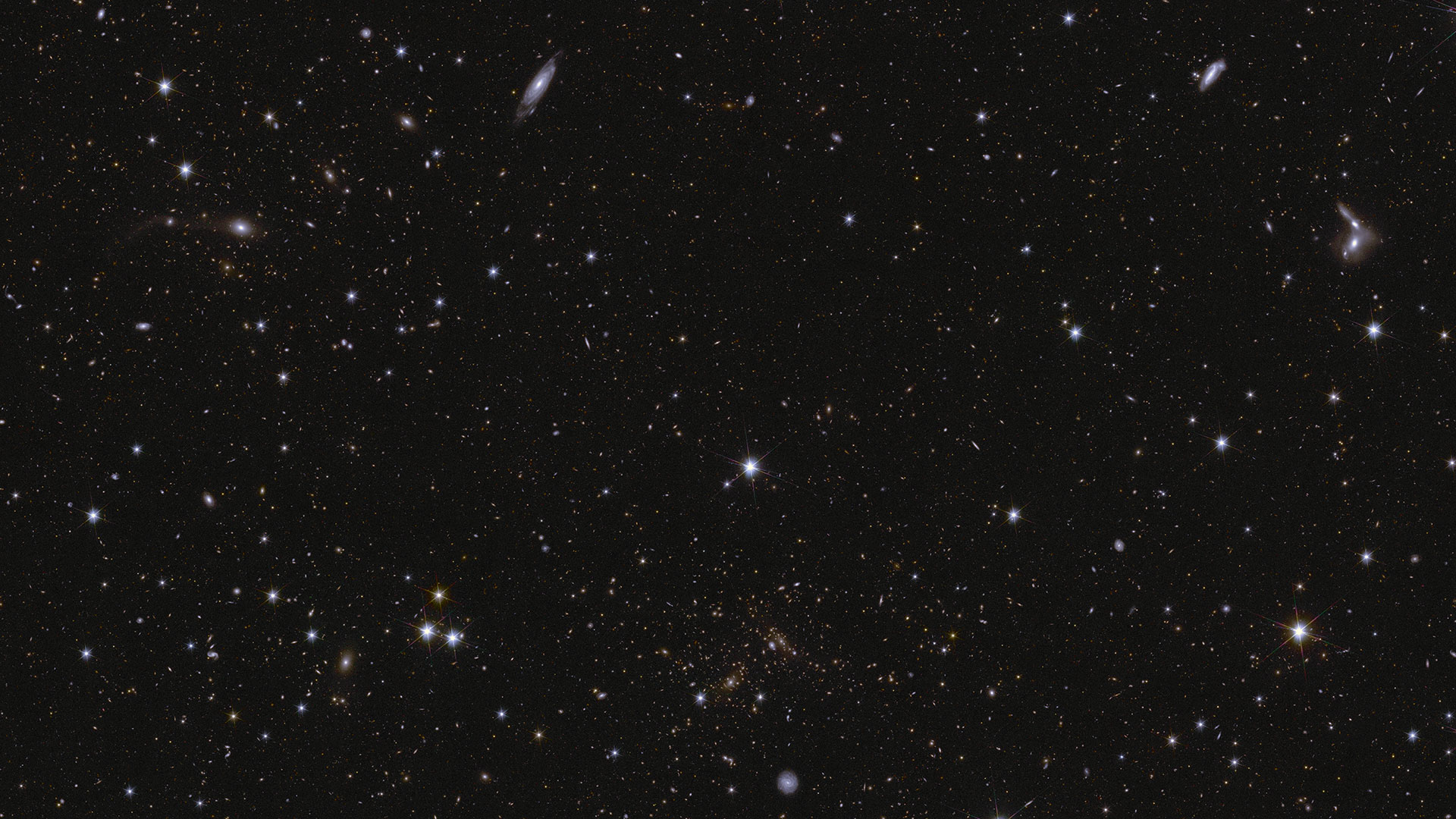

© ESA/Euclid/Euclid Consortium/NASA, image processing by J.-C. Cuillandre, E. Bertin, G. Anselmi

The Large Magellanic Cloud (LMC) is one of the Milky Way’s closest neighbors. It’s a small, irregular galaxy that orbits the Milky Way, and is an easy naked-eye object from the Southern Hemisphere. As one of the only galaxies outside our own where telescopes can resolve individual stars and small scale structures, astronomers love toContinue reading "Our near galactic neighbor might have a supermassive black hole"
The post Our near galactic neighbor might have a supermassive black hole appeared first on Astronomy Magazine.

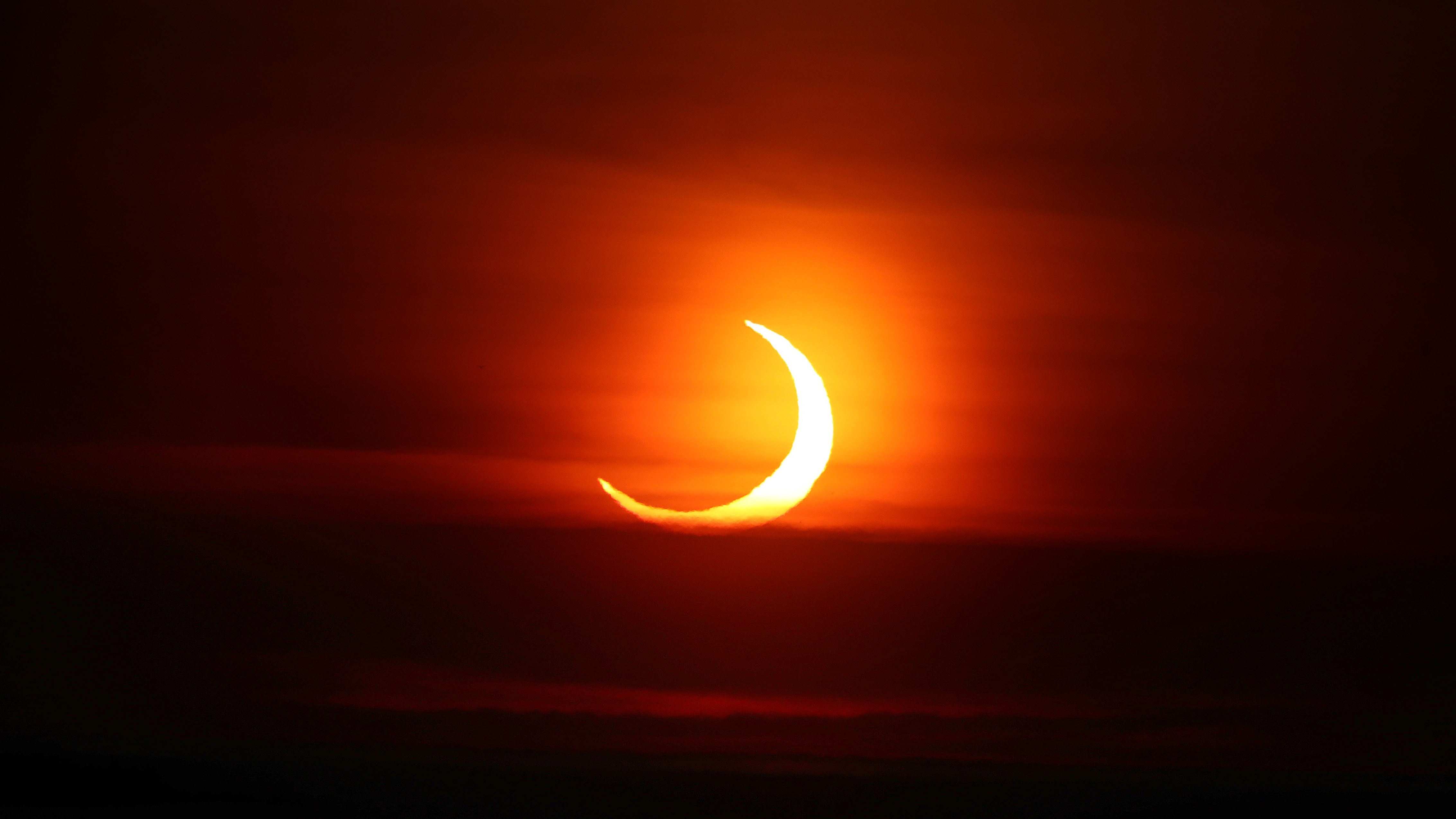

© Steve Russell/Toronto Star via Getty Images


© Celestron
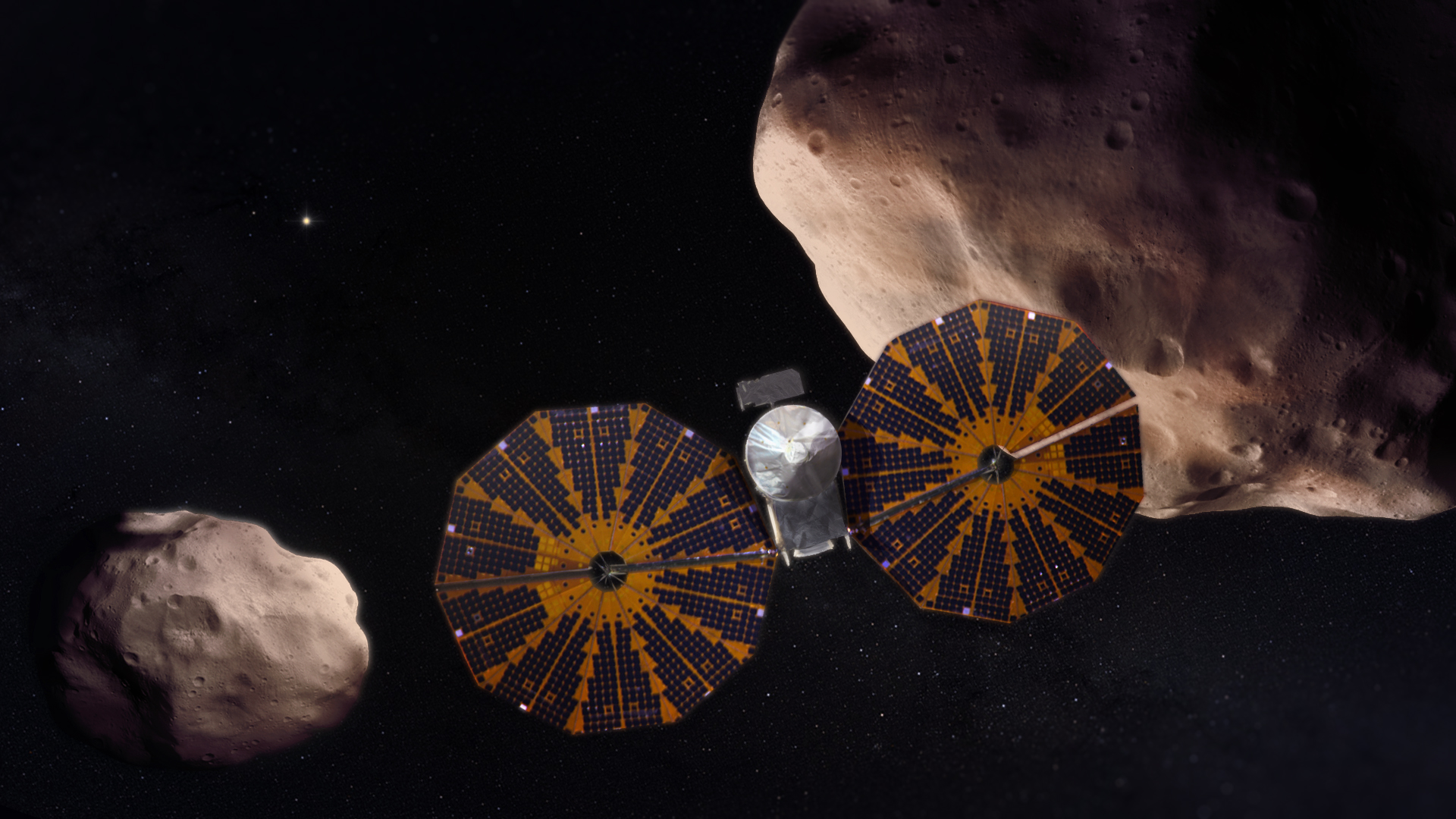

© NASA's Goddard Space Flight Center
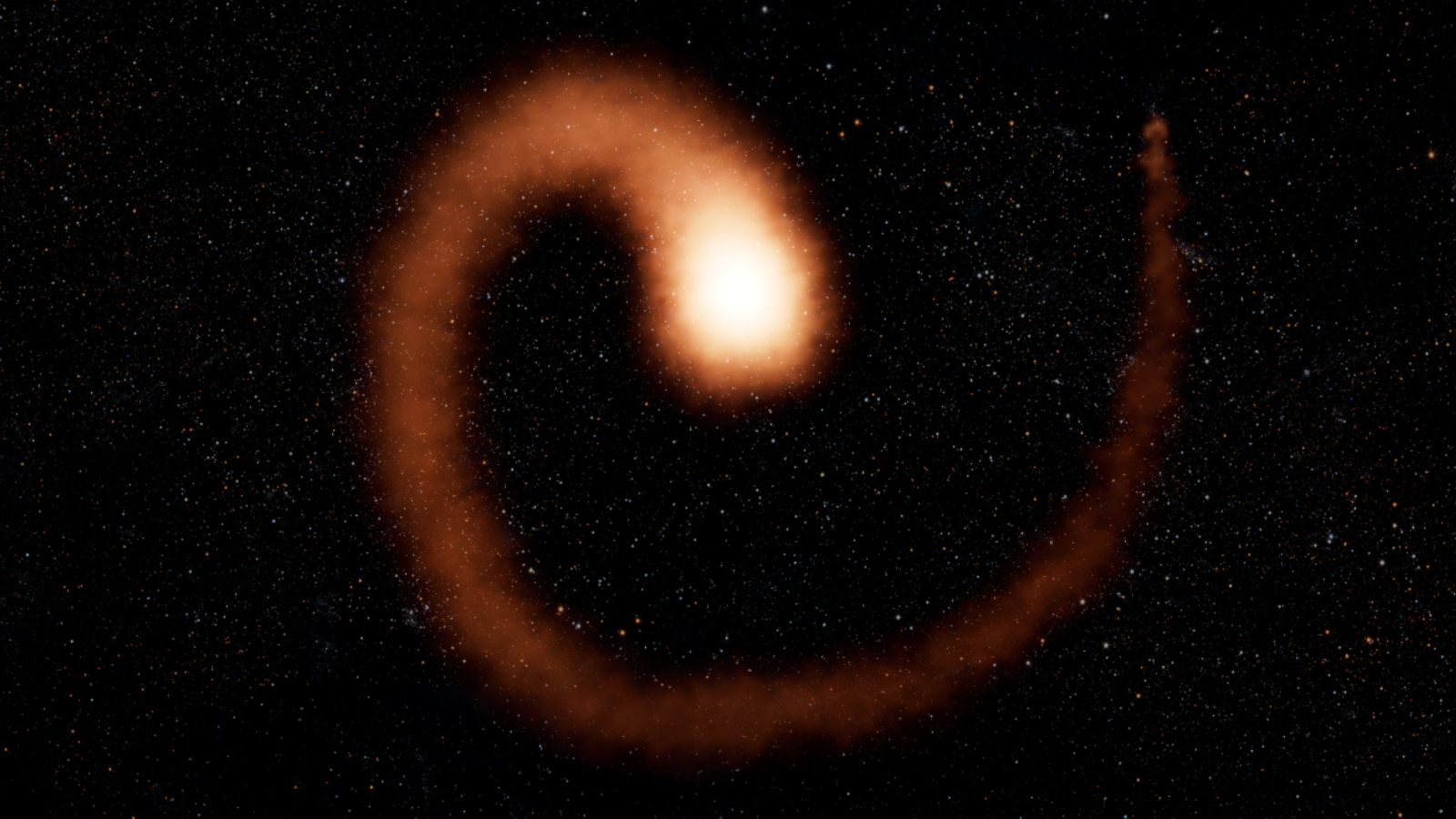

© U.C. Berkeley Space Sciences Laboratory/W. M. Keck Observatory
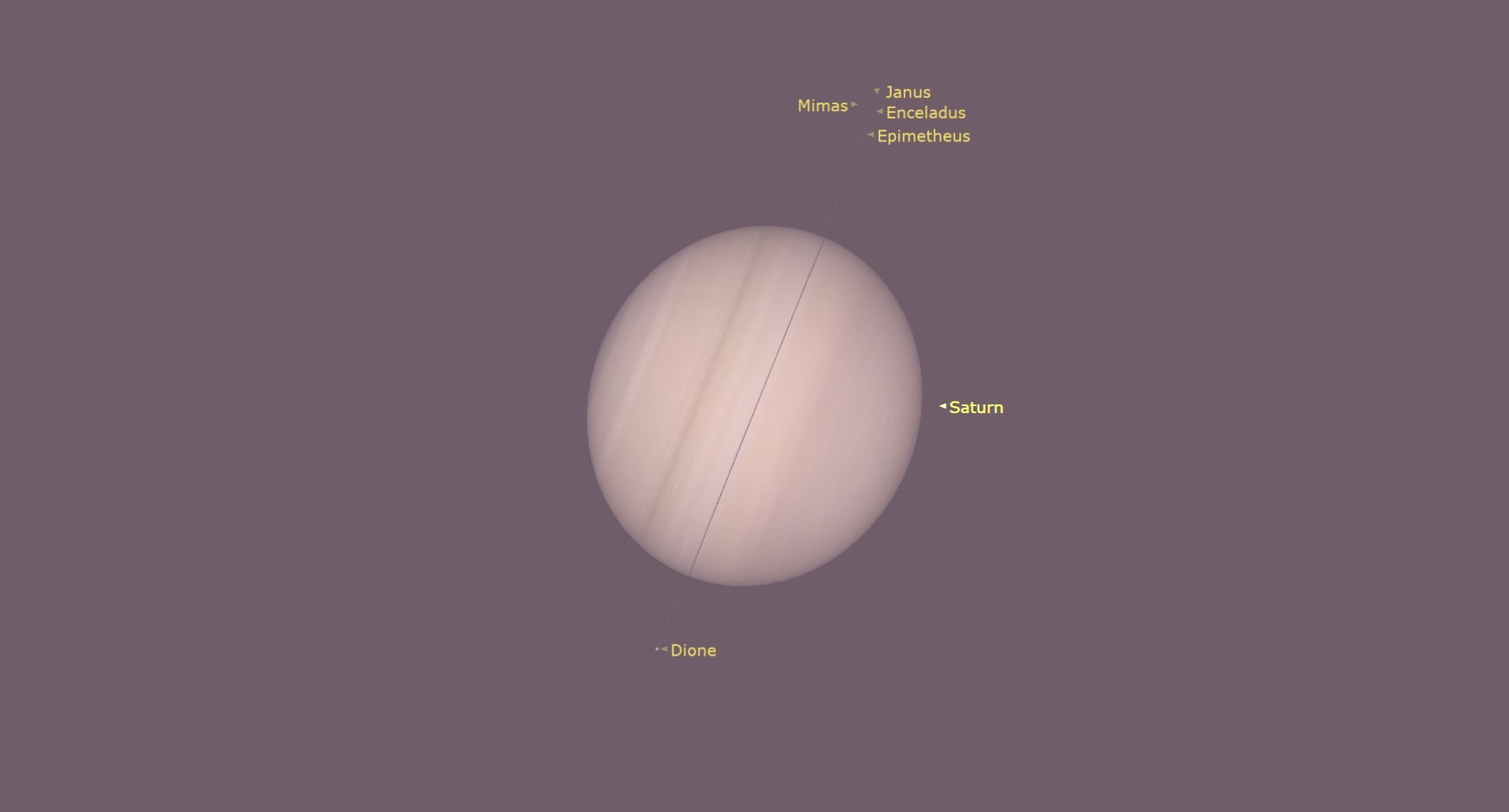

© Chris Vaughan/Starry Night


© Disney
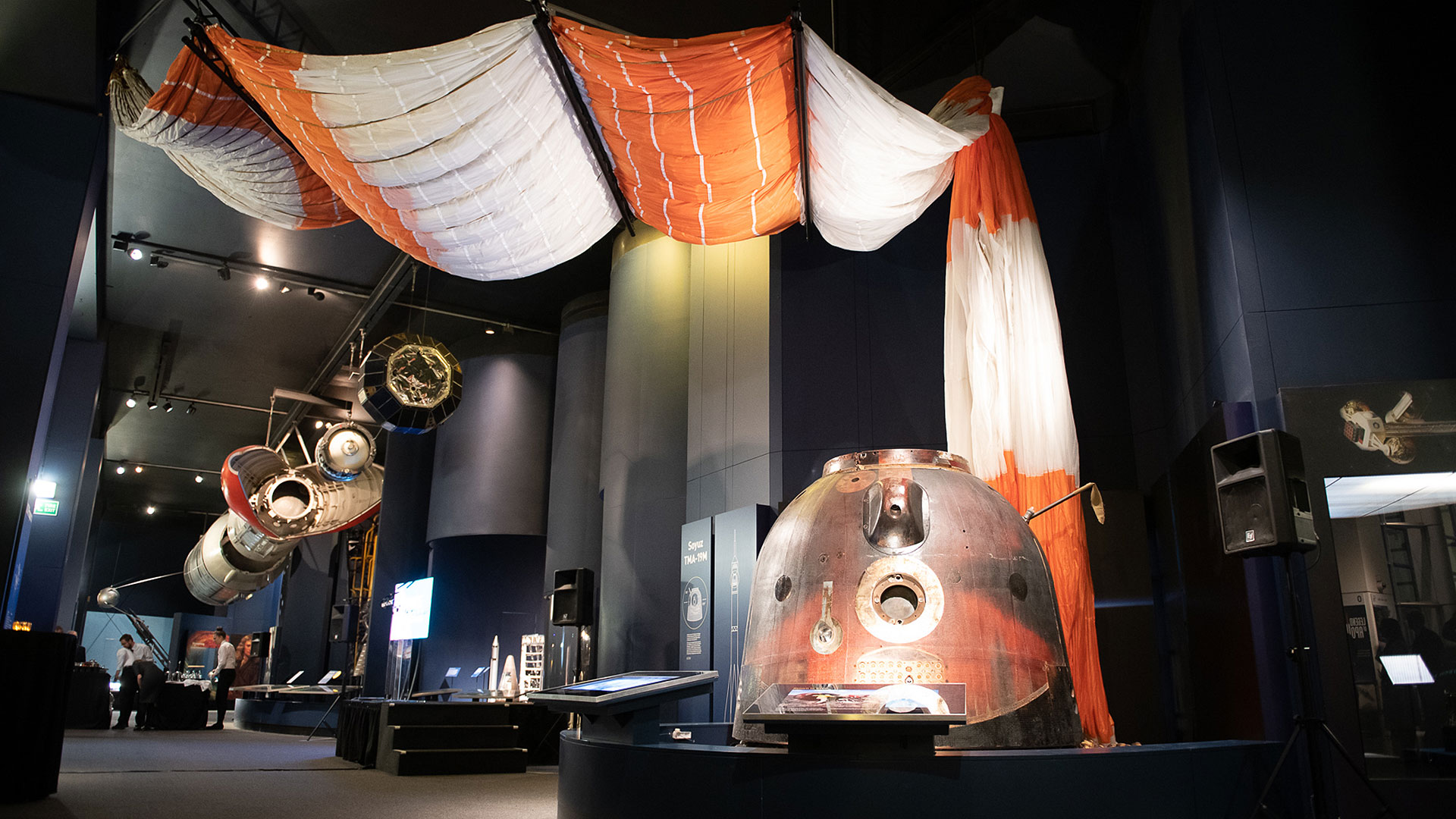

© Science Museum Group
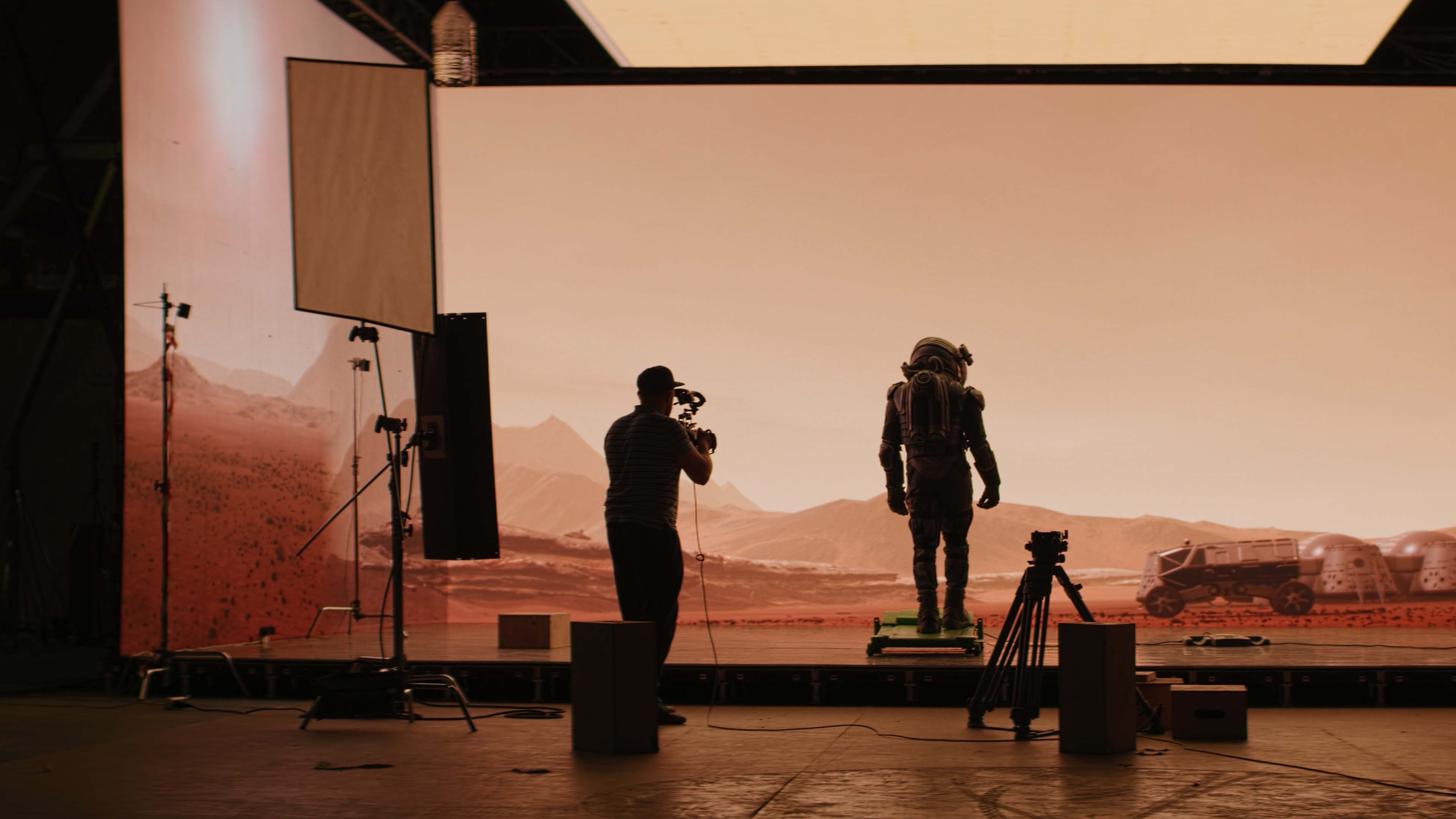

© Future
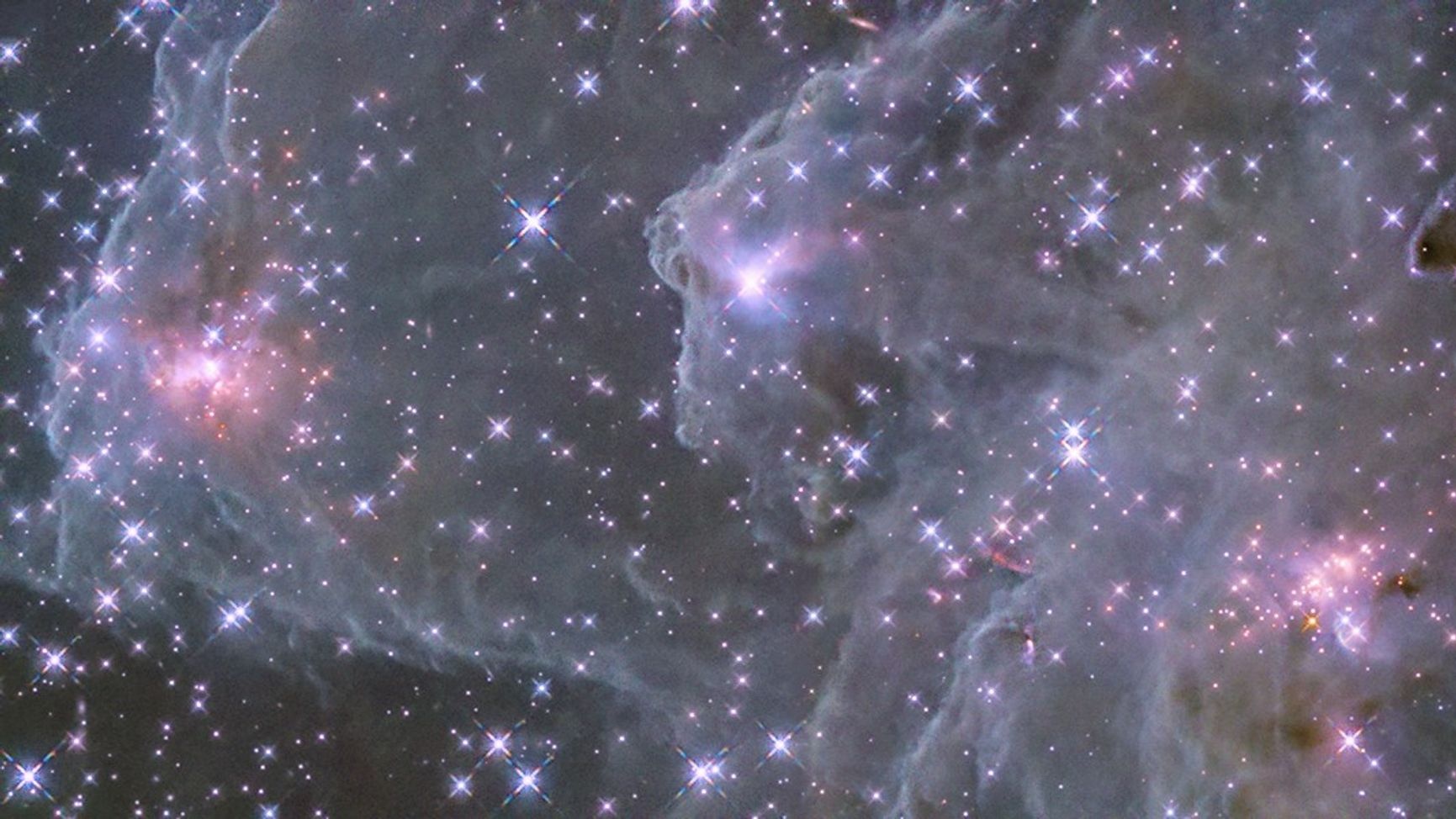

© NASA, ESA, and M. Andersen (European Southern Observatory - Germany); Processing: Gladys Kober (NASA/Catholic University of America)
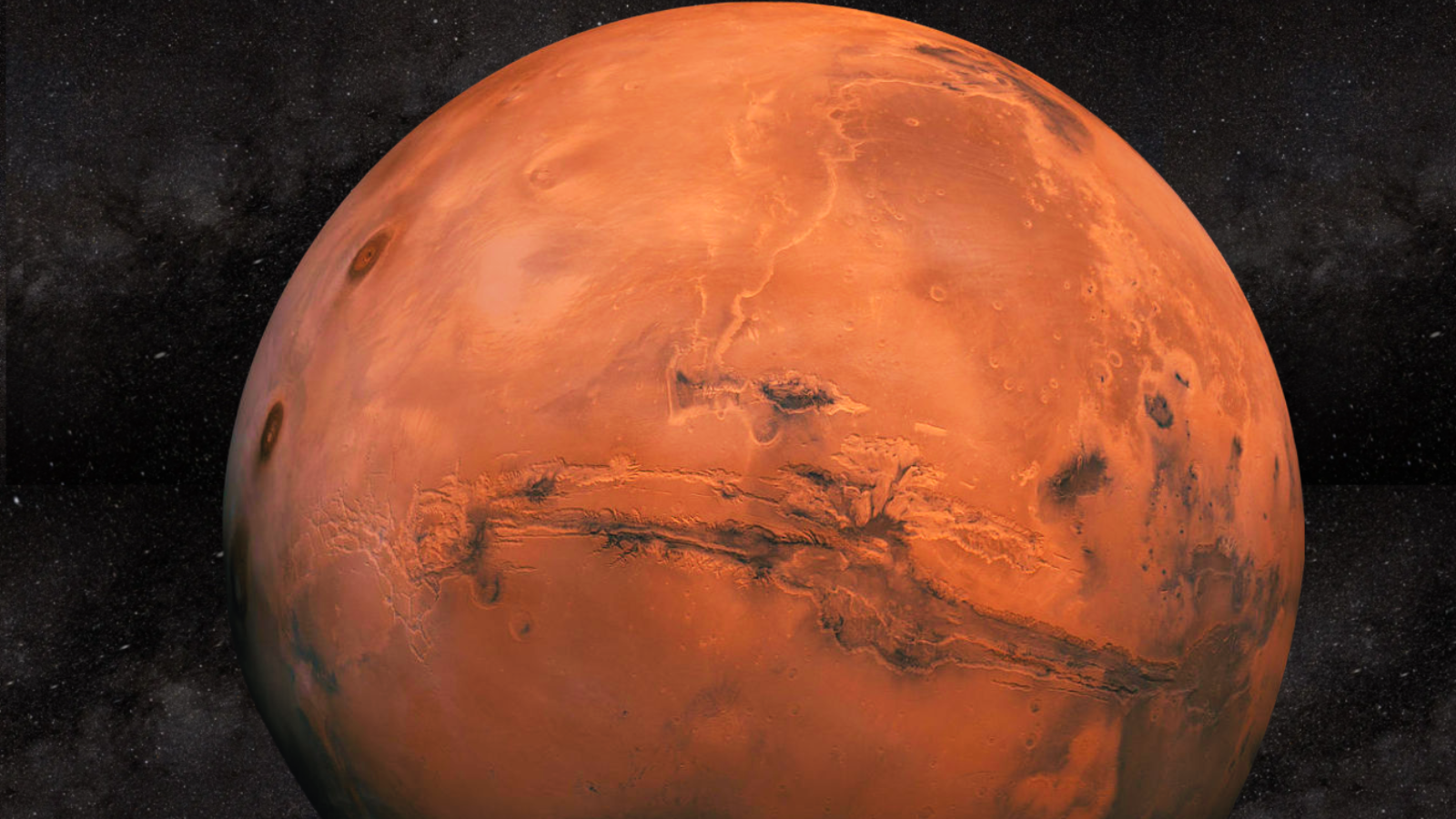

© NASA/Robert Lea (created with Canva)


© Robert Lea (created with Canva)
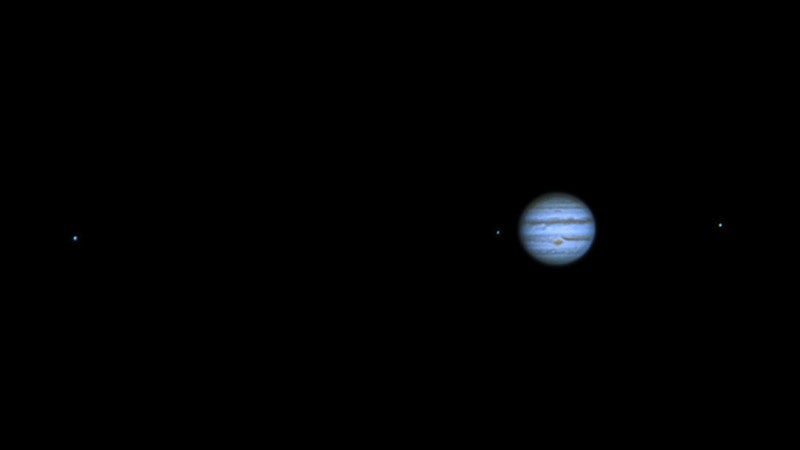
Sky This Week is brought to you in part by Celestron. Friday, March 21By 10 P.M. local daylight time, the constellation Canes Venatici the Hunting Dogs is some 45° high in the east. Nestled under the curve of the Big Dipper’s handle, this seemingly innocuous star pattern hosts several popular deep-sky objects. One of thoseContinue reading "The Sky This Week from March 21 to 28: Galilean moon action"
The post The Sky This Week from March 21 to 28: Galilean moon action appeared first on Astronomy Magazine.


چه چیزی باعث از بین رفتن توان ستارهزایی در کهکشانهای کمجرم یا کوتوله میشود؟ این سوالی است که منجمان مدتها معتقد بودند پاسخ دقیق به آن را یافتهاند، اما نتایج جدید نشان میدهد که ما هنوز از تصویری دقیق و واقعبینانه دور هستیم.
کهکشانهای کوتوله، که جرم ستارهای آنها حدود یک تا دو میلیارد برابر جرم خورشید یا کمتر است، از رایجترین انواع کهکشانها در کیهان محسوب میشوند. به عنوان مثال، در گروه محلی۱ بیش از ۶۰ کهکشان کوتوله وجود دارد و این تعداد، با بهتر شدن حساسیت تلسکوپها، روز به روز در حال افزایش است. دادههای رصدی وجود تعداد زیادی از کهکشانهای کوتولهی قرمز و خاموش۲ در مراکز پرتراکم کیهان مانند مرکز گروهها و خوشههای کیهانی را تایید میکند، در حالیکه کهکشانهایی که در محیطهای خلوتتر (مانند اطراف گروه محلی یا در محیطهایی خارج از خوشهها) رصد شدهاند، غالبا حاوی گاز و در حال ستارهزایی هستند. بر اساس این مشاهدات این باور کلی به وجود آمده است که محیط تنها عامل خاموششدن ستارهزایی در کهکشانهای کوتوله است.
زمانی که یک کهکشان با سرعت زیاد درون محیط متراکم و داغ گاز خوشهای حرکت میکند، تحت نیرویی به نام فشار ترمزی۳ قرار می گیرد. این نیرو در اثر برخورد و حرکت کهکشان در میان گاز میان خوشهای، بر آن اعمال میشود و میتواند گاز سرد درون کهکشان را از آن خارج کند. هر چقدر جرم کهکشان بیشتر باشد، چاه پتانسیل عمیقتری خواهد داشت و خارج کردن گاز سرد از آن سختتر خواهد بود. چاه پتانسیل کمعمق کهکشانهای کوتوله، آنها را به یک قربانی بسیار ساده برای محیطهای متراکم و شلوغ کیهان تبدیل میکند. مثال بارز این پدیده، کهکشان کوتولهی مسیه ۱۱۰ در فاصله ۲/۷۱ میلیون سال نوری از خورشید است. این کهکشان کوتوله حدود چند میلیارد سال قبل، یعنی درست زمانی که وارد خوشهی محلی میشدهاست، تمامی گاز خود را از دست دادهاست. مسیه ۱۱۰ امروز یک کهکشان کوتولهی خاموش است که با نور قرمز و توزیع نوری کاملا یکنواخت، در تصاویر نجومی خودنمایی میکند.
چرا درک بهتر فرایند خاموششدن کهکشانهای کوتوله تا این اندازه اهمیت دارد؟ پاسخ ساده به این سوال این است که هر آنچه که بتواند ستارهزایی را در کهکشانهای کوتوله متوقف کند، میتواند (با نسبتهای متغیر) سبب خاموششدن کهکشانهای بزرگتر نیز شود. در واقع، مطالعهی آغاز و پایان ستارهزایی در این کهکشانها میتواند یک تصویر دقیق از تمامی فرایندهایی که ستارهزایی در کهکشانها را مدیریت میکند، ارائه دهد. از طرف دیگر، بر اساس مدل استاندارد کیهانشناسی Lambda-CDM، این کهکشانهای کوتوله (یا نمونههای همجرم آنها) بودند که ابتدا در عالم شکل گرفتند و سپس، با ادغامشدن، کهکشانهای بزرگتر را شکل دادند. بنابراین، درک بهتر این کهکشانها در واقع درک بهتر آجرهایی است که عالم امروزی را بنا کردهاند.
اگر محیط تنها عامل خاموششدن ستارهزایی در کهکشانهای کوتوله باشد، بنابراین هیچ کهکشان کوتولهی خاموشی نباید در کمتراکمترین نقاط کیهان، یعنی تهیجاها۴ و رشتههای کیهانی۵ وجود داشته باشد. تهیجاهای کیهانی مناطق وسیعی از کیهان، با ابعاد حدودی ۱۰ تا ۱۰۰ مگاپارسک، هستند که در مقایسه با خوشههای کهکشانی، چگالی مادهی بسیار کمتری دارند. رشتههای کیهانی در مرز میان تهیجاها قرار گرفتهاند. برای راستیآزمایی این فرضیه، ما به سراغ ۴۲ تهیجای کیهانی در بازهی انتقال به سرخ ۰/۰۰۵ تا ۰/۰۵، که کاتالوگ آنها توسط تیم CAVITY جمعآوری شدهاست، رفتهایم. برای بررسی کوتولهها در رشتههای کیهانی نیز از کاتالوگ کهکشانهای رشتهای Dominguez-Gomez et al. 2023 استفاده کردیم. هدف ما پیداکردن تنهاترین کوتولهها در کمتراکمترین نقاط کیهان بود. بنابراین، کهکشانهای کوتولهای را در این تهیجاها و رشتهها انتخاب کردیم که هیچ کهکشان همسایهای، تا فاصلهی ۱ مگاپارسکی، از آنها حضور نداشته باشد. دلیل این انتخاب، مطالعاتی هستند که ثابت کردهاند یکی از علتهای خاموشی در کهکشانهای کوتوله، نزدیکی یا همسایگی با کهکشانهای دیگر است. سپس در این مطالعه به بررسی تاریخچهی ستارهزایی در این کهکشانها با کمک تکنیکهای طیفسنجی، با استفاده از دادههای طیفی Sloan Digital Sky Survey پرداختیم. طیفسنجی یک ابزاری کلیدی و دقیق برای بررسی کهکشانهاست و به ما کمک میکند تا تخمینی از سن، درصد فراوانی آهن (عناصر سنگینتر از هلیوم) و روند ستارهزایی در کهکشان داشته باشیم.
این جستجو سبب شد تا ما گروهی کمیاب از کهکشانهای کوتولهی پرجرم و خاموش را پیدا کنیم که در تنهاترین و کمچگالترین نقاط کیهان حضور دارند. ستارهزایی در این کهکشانها بیش از ۲ میلیارد سال پیش متوقف شدهاست و هیچ گازی در این کهکشانها وجود ندارد. این کهکشانها از نظر برخی خصوصیات مانند اندازه و جرم، تفاوتی با سایر کهکشانهای کوتولهی خاموش در خوشهها ندارند، اما وجه مشترک تمامی آنها، میزبانی از خوشههای ستارهای هستهای۶ است. خوشههای ستارهای هستهای، مجموعهای فشرده از ستارگان هستند که در مرکز بسیاری از کهکشانها، از جمله کهکشانهای کوتوله و حتی در راه شیری پیدا میشوند. این خوشهها از لحاظ جرم و چگالی، درخشانترین و متراکمترین خوشههای ستارهای در کهکشان میزبان خود محسوب میشوند.
در شکل ۲، ما تاریخچهی ستارهزایی این کهکشانها را با نمونههای مشابه (از نظر جرم) در خوشههای بزرگ کیهانی مقایسه کردیم. آنچه که قابل توجه است، شباهت میزان ستارهزایی در برخی از این کهکشانهای کوتولهی خاموش در تهیجاها و رشتهها با گروهی از کهکشانهای کوتوله است که امروزه در مرکز خوشههای کیهانی قرار دارند. کهکشانی که امروز در مرکز یک خوشهی کیهانی قرار داشته باشد، بیش از ۵ میلیارد سال را در آن خوشه زندگی کردهاست و این به معنای قرارگرفتن در معرض تمامی محرکهای محیطی برای بیش از ۵ میلیارد سال است. به بیان دیگر، ما شاهد دو گروه از کهکشانهای کوتوله در محیطهایی کاملا متفاوت با فعالیتهای ستارهزایی کاملا مشابه هستیم. هر دو گروه بیش از ۴ میلیارد سال پیش به ستارهزایی خود خاتمه دادهاند. از سویی دیگر، کهکشانهای کوتولهای که امروزه در اطراف خوشهها قرار دارند (یعنی مدت زمان بسیار کمی را در معرض محرکهای محیطی بودهاند) اما حضور یک خوشه ستارهای هستهای در آنها تایید شدهاست، در ستارهزایی، رفتاری مشابه با کهکشانهای خاموش تهیجاای و رشتهای دارند. سوالی که پیش میآید این است: در نبود محرکهای محیطی، چه چیزی سبب از بین رفتن ستارهزایی در این کهکشانها میشود؟
شکل ۲. نمودار درصد جرم ستارهای تشکیلشده در کهکشانها بر حسب زمان. در تصویر فوق، متوسط فعالیت ستارهزایی کهکشانهای کوتولهی خاموش و منزوی (نشان داده شده با خطوط ممتد) را با فعالیت ستارهزایی کهکشانهای کوتولهی خاموش خوشهای مقایسه کردهایم. کهکشانهای کوتولهای که در مرکز خوشهها قرار دارند با خطچین و کهکشانهای کوتولهای که در خوشهها، میزبان خوشههای ستارهای هستهای هستند، با نقطهچین مشخص شدهاند. خطوط بنفش کهکشانهایی که ستارهزایی سریعی داشتهاند و خطوط صورتی کهکشانهایی که هاله و جمعیت ستارهای خود را در بازهی زمانی طولانیتری شکل دادهاند، نمایش میدهد.
در سال های اخیر، فعالیت هستههای کهکشانی فعال۷ به عنوان یکی از فرآیندهای خاموشی ستارهای در کهکشانهای کوتوله مورد بحث بودهاست. فعالیت هستهای کهکشانی فعال به فعالیتهای شدید و پرانرژی در مرکز برخی از کهکشانها اطلاق میشود که معمولا ناشی از حضور یک سیاهچالهی پرجرم است. یک سیاهچاله با جذب ماده، انرژی زیادی را به صورت تابش در طول موجهای مختلف تابش میکند. این تابش با افزایش دمای گاز میانستارهای و به بیرون راندن بخشی از این گاز، به خاموشی فعالیت ستارهزایی در کهکشان منجر میشود. بر اساس دادههای موجود، ما نتوانستیم حضور یا عدم حضور سیاهچاله در مرکز این کهکشانهای کوتولهی خاموش را تایید کنیم. از آنجایی که در این بازهی جرمی، معمولا یافتن سیاهچالههای مرکزی و تمیزدادن آنها از خوشههای ستارهای هستهای کار دشواری است، برای بررسی و مطالعهی این موضوع به دادههای رصدی بهتری نیاز است.
مطالعات اخیر ثابت کردهاند که کهکشانها، فارغ از جرم و محل سکونتشان، دو نوع ستارهزایی را در طول زندگی خود تجربه میکنند: ستارهزایی کوتاهمدت و بلندمدت. در شکل ۲، این دوگانگی در فعالیت ستارهزایی، حتی در یک نمونهی کوچک کهکشانهای خاموش تهیجاای و رشتهای، مشهود است.
کهکشانهایی که هاله و جمعیت ستارهای خود را خیلی سریع شکل میدهند، فارغ از محیط امروزیشان، رفتار ستارهزایی مشابهی دارند. این امر در مقایسهی بین کهکشانهای تهیجا و خوشهای در شکل ۲، قابل تشخیص است. این بدان معناست که این کهکشانها در یک بازهی زمانی خیلی کوتاه، بخش بزرگی از جمعیت ستارهای خود را تشکیل دادهاند. ستارهزایی در این بازهی کوتاه، به معنای تشکیل بادهای ستارهای و فعالیتهای ابرنواختری۸ شدید است. این فعالیتها میتوانند با افزایش دمای گاز میان ستارهای و به بیرون راندن بخش زیادی از گاز، سبب خاموش شدن کهکشانهای کوتوله شوند. البته نقش کلیدی بادهای ستارهای در خاموشی کهکشانهای کوتولهی کم جرم تا به حال اثبات شده است اما نقش این فرایند برای کهکشانهای کوتولهی پرجرم، هنوز به درستی درک نشدهاست. ستارهزایی شدید، فعالیتهای ابرنواختری و بادهای ستارهای پس از آن، میتوانند سبب خاموشی کهکشانهای کوتوله در تهیجاها و حتی در مرکز خوشههای کیهانی شوند اما بررسی دقیقتر این موضوع، منوط به بررسی داده های دقیقتر و مناسبتر است.
همچنین کهکشانهای کوتولهای که هاله و جمعیت ستارهای خود را در بازهی زمانی طولانیتری ساختهاند، اما میزبان یک خوشهی ستارهای هستهای هستند، فارغ از محیطی که در آن زندگی می کنند رفتار ستارهزایی مشابهی را از خود نشان میدهند. این امر میتواند بدان معنا باشد که شکلگیری یا حضور یک خوشهی ستارهای هستهای ممکن است به خاموشی کهکشانهای کوتولهی میزبان منجر شود. از یک زاویهی دیگر، میتوان گفت که شکلگیری خوشهی ستارهای هستهای، خود نتیجهی یک فرآیند خاموشی (مثل انفجارهای ابرنواختری یا حضور فعالیتهای هستهای کهکشانی) است و پیدا کردن آنها، مانند یافتن رد پای فرآیندهای خاموشی، به غیر از محرکهای محیطی، در این کهکشانهاست.
آنچه که سبب خاموشی کهکشانهای کوتولهی پرجرم منزوی۹ در تهیجاها و رشتهها شدهاست، هنوز برای ما مشخص نیست. در این مقاله و با استناد به دادهها و نتایجی که بهدست آوردیم، تنها میتوانستیم حدسهایی را در خصوص فرآیندهای مسئول ارائه دهیم و یافتن پاسخ دقیقتر، وابسته به ارزیابی و بررسی دادههای بهتر است. یافتن این جمعیت بسیار کمیاب از کهکشانهای کوتولهی خاموش در انزوا بدان معناست که بر خلاف باورهای رایج قبلی، محیط تنها عامل خاموشی کهکشانهای کوتوله نیست و ما هنوز از یک تصویر واقعبینانه از فیزیک باریونی در کهکشانها و فرایندهای مسئول در خاموشی کهکشانهای کوتوله بسیار فاصله داریم.
۱. Local group
۲. Quenched
۳. Ram pressure
۴. Voids
۵. Filaments
۶. Nuclear star cluster
۷. Active galactic nuclei
۸. Supernova feedback
۹. Isolated dwarf galaxy
شکل بالای صفحه: کهکشان کوتولهی مسیه ۱۱۰ در فاصله ۲/۷۱ میلیون سال نوری از خورشید. منبع: https://www.starkeeper.it/M110.htm
عنوان اصلی مقاله: The Puzzle of isolated and quenched dwarf galaxies in cosmic voids
نویسندگان: .Bahar Bidaran et al.
لینک اصلی مقاله: https://arxiv.org/pdf/2408.05273
گردآوری: بهار بیداران
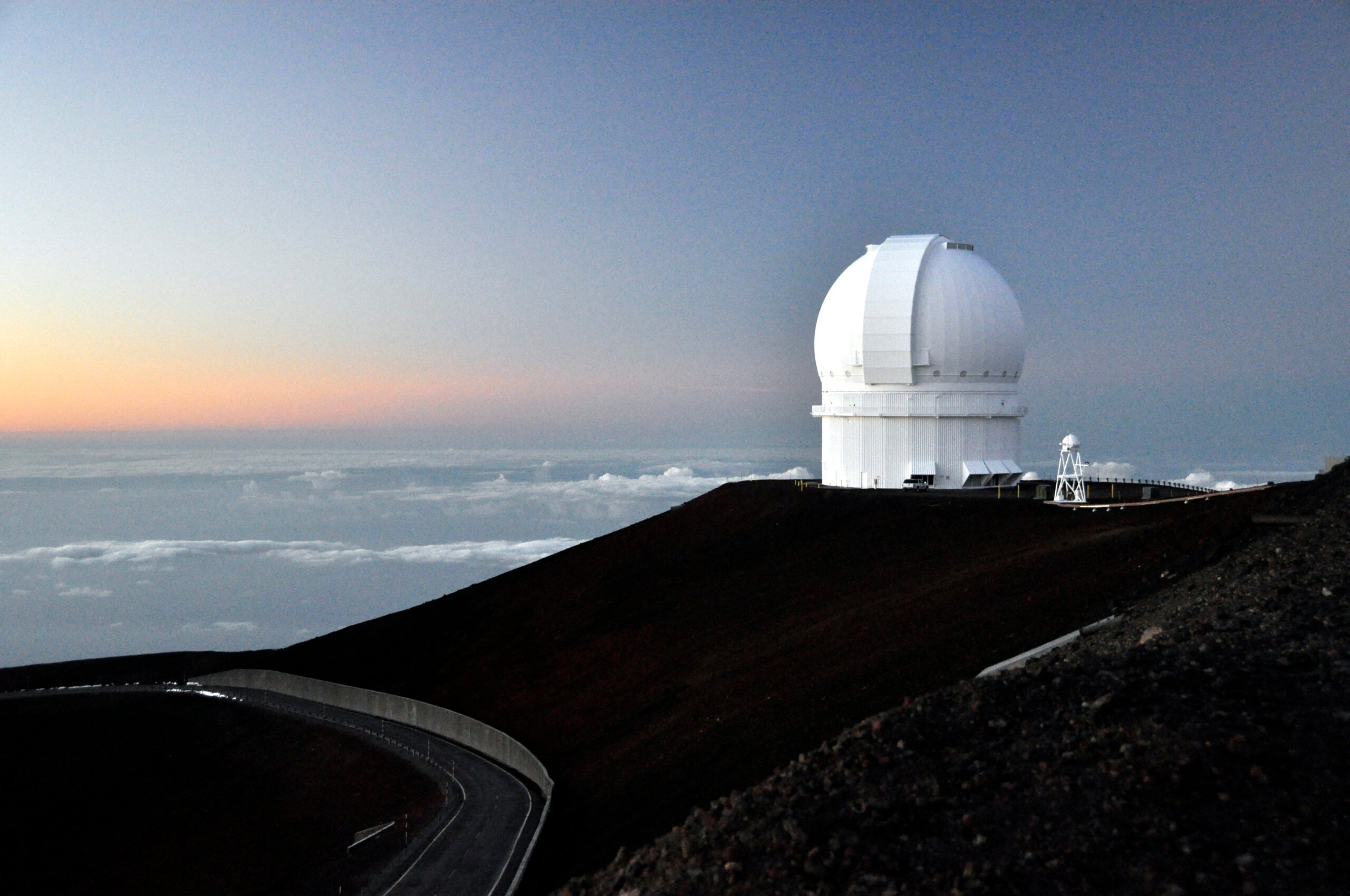
A French researcher was denied entry to the United States and expelled from the country for expressing “a personal opinion” on U.S. president Donald Trump’s research policies, the French government said March 19. France’s research minister, Philippe Baptiste, told the wire agency Agence France-Presse (AFP) that the researcher, from France’s National Center for Scientific ResearchContinue reading "French space researcher denied entry to U.S. over views on Trump’s policies: report"
The post French space researcher denied entry to U.S. over views on Trump’s policies: report appeared first on Astronomy Magazine.

Author(s): Marric Stephens
The winners of the annual “Gallery of Soft Matter” competition included posters and videos depicting wiggling worms, wrinkly leaves, sun-shy algae, flowing solids, and drying fibers.
[Physics 18, 61] Published Thu Mar 20, 2025
Author(s): Rachel Berkowitz
An achiral metasurface selectively transmits two beams of opposite chirality.
[Physics 18, s34] Published Thu Mar 20, 2025


© Getty Images


© NASA/Keegan Barber
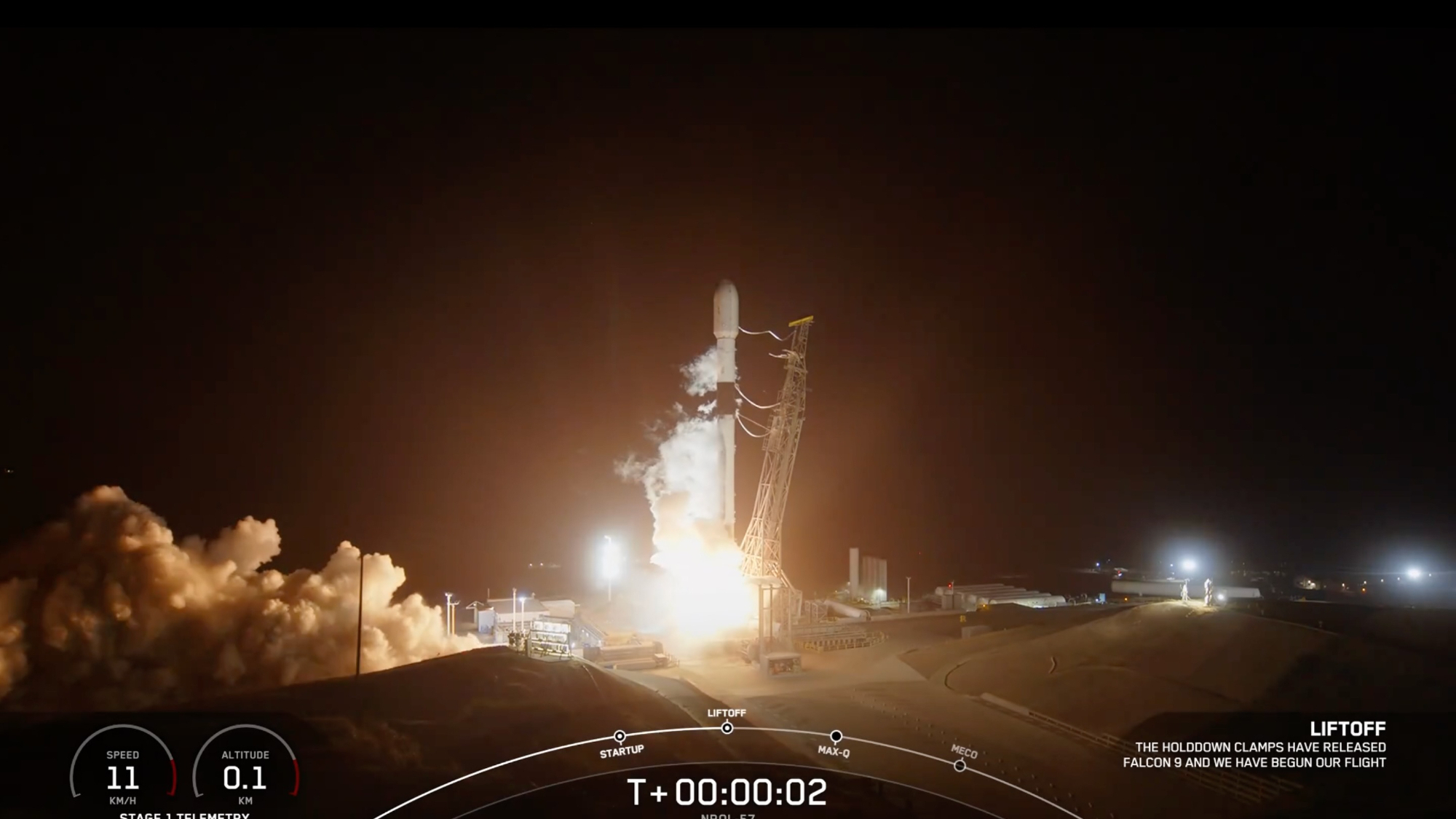

© SpaceX
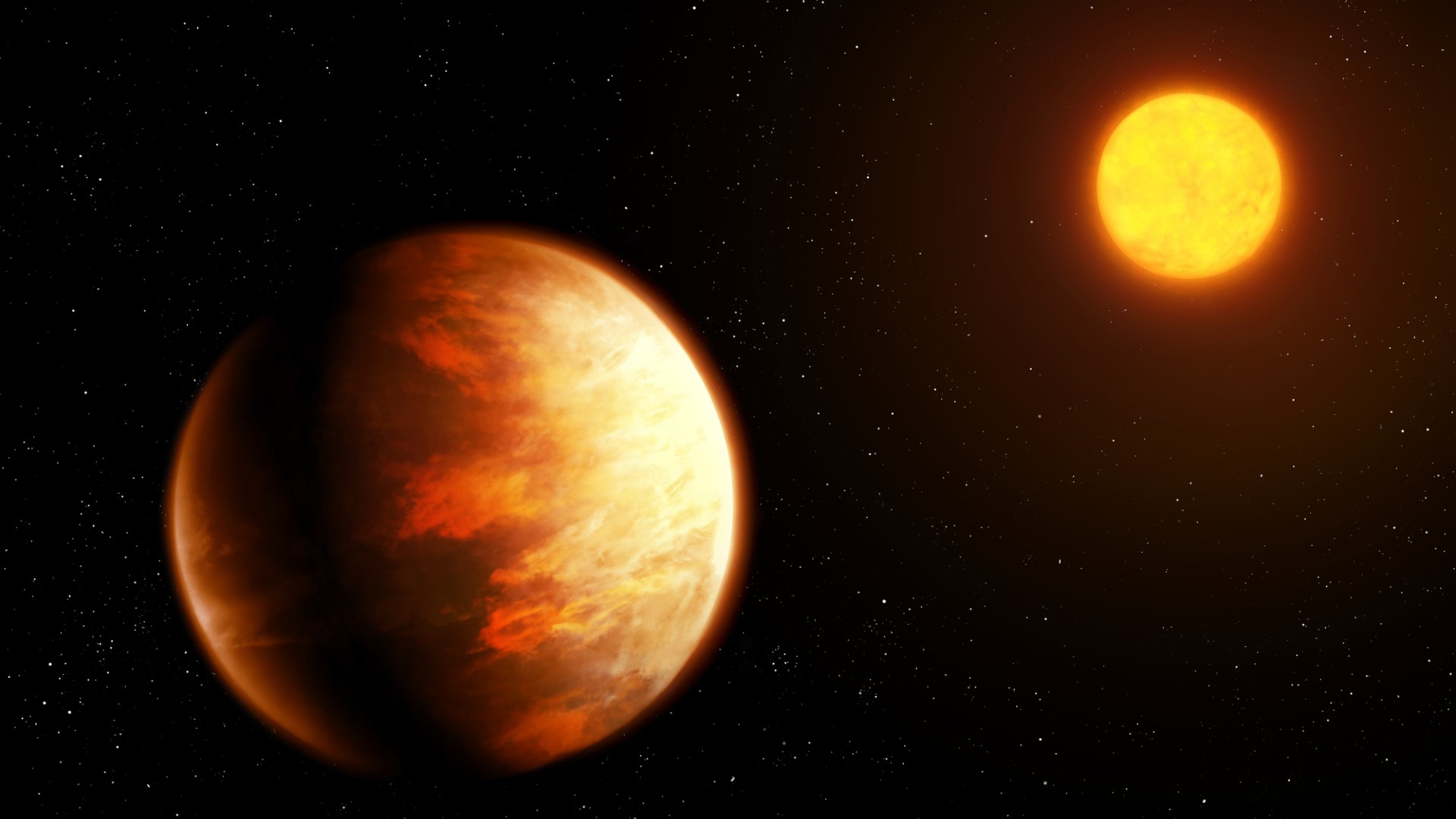

© Nazarii Neshcherenskyi/Getty Images


© NASA/CXC/SAO


© Medical King


© Private Division, EA, & Bungie
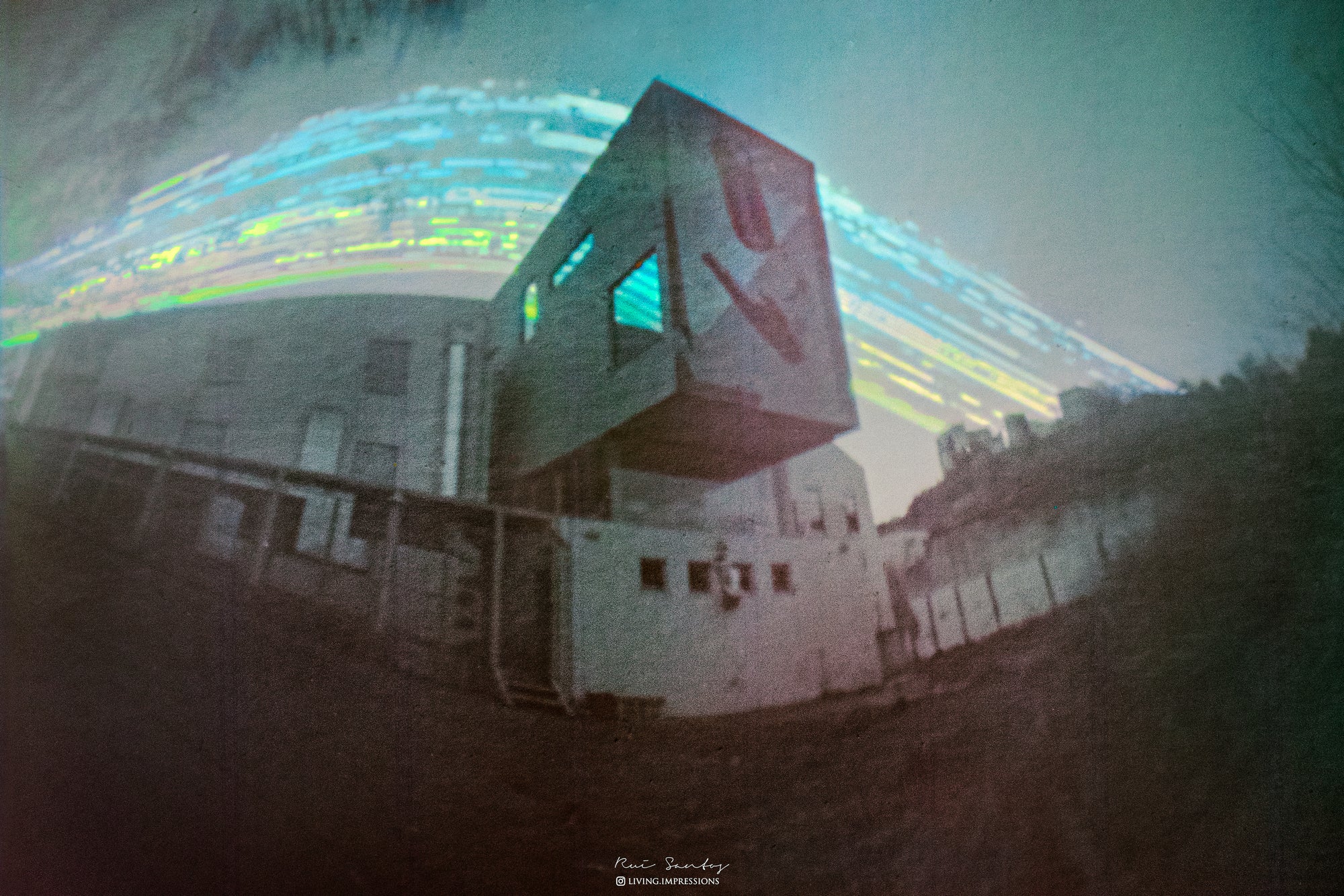
Rui Santos, taken from Leiria, Portugal In this solargraph, the Sun’s journey across the sky is captured continuously for 43 days, its trails interrupted by overcast days and passing clouds. To create the image, the photographer transformed a beer can into a pinhole camera and lined the interior with light-sensitive photographic paper. In the foregroundContinue reading "A (really) long exposure"
The post A (really) long exposure appeared first on Astronomy Magazine.

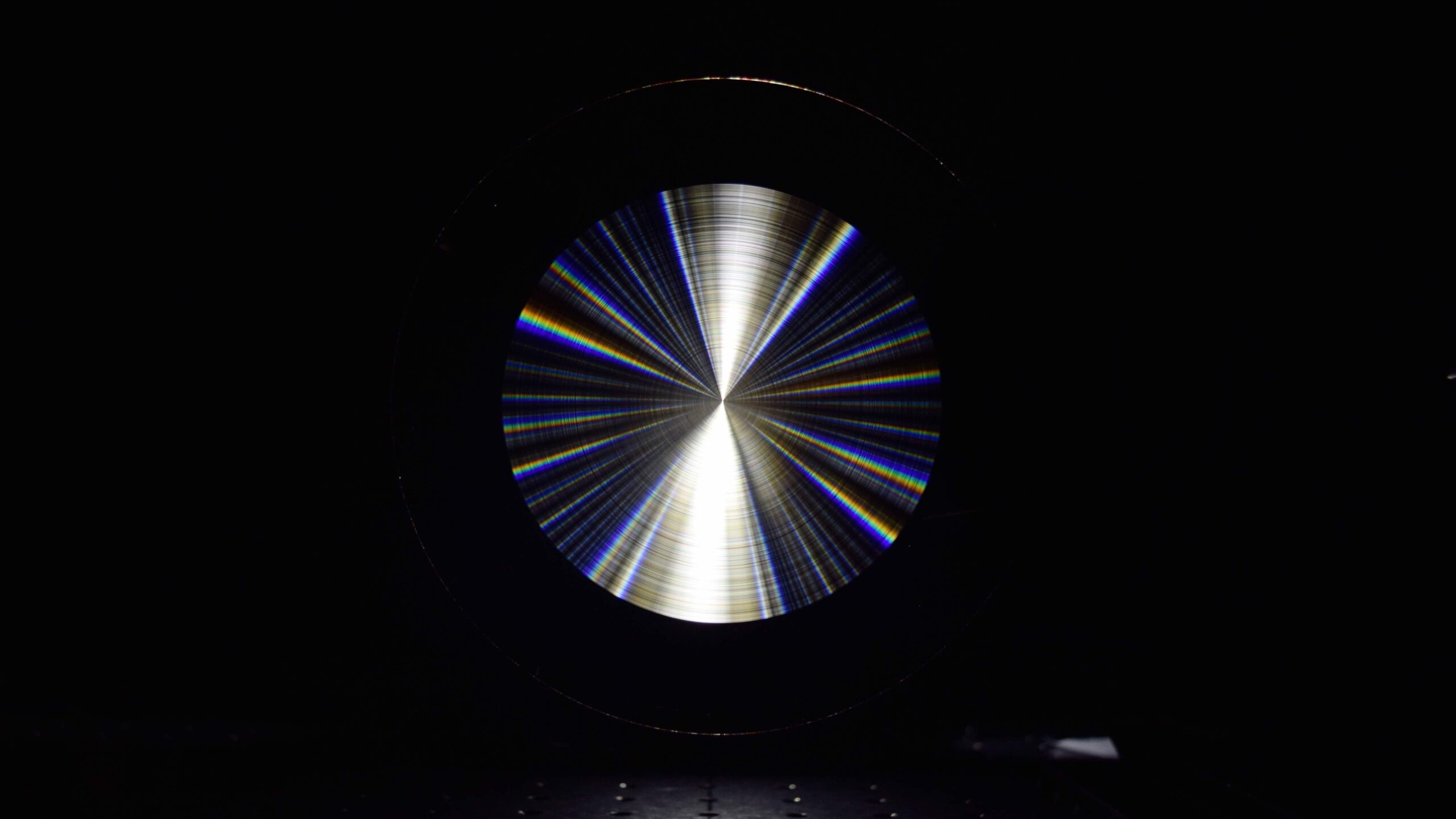

© Menon Lab/University of Utah
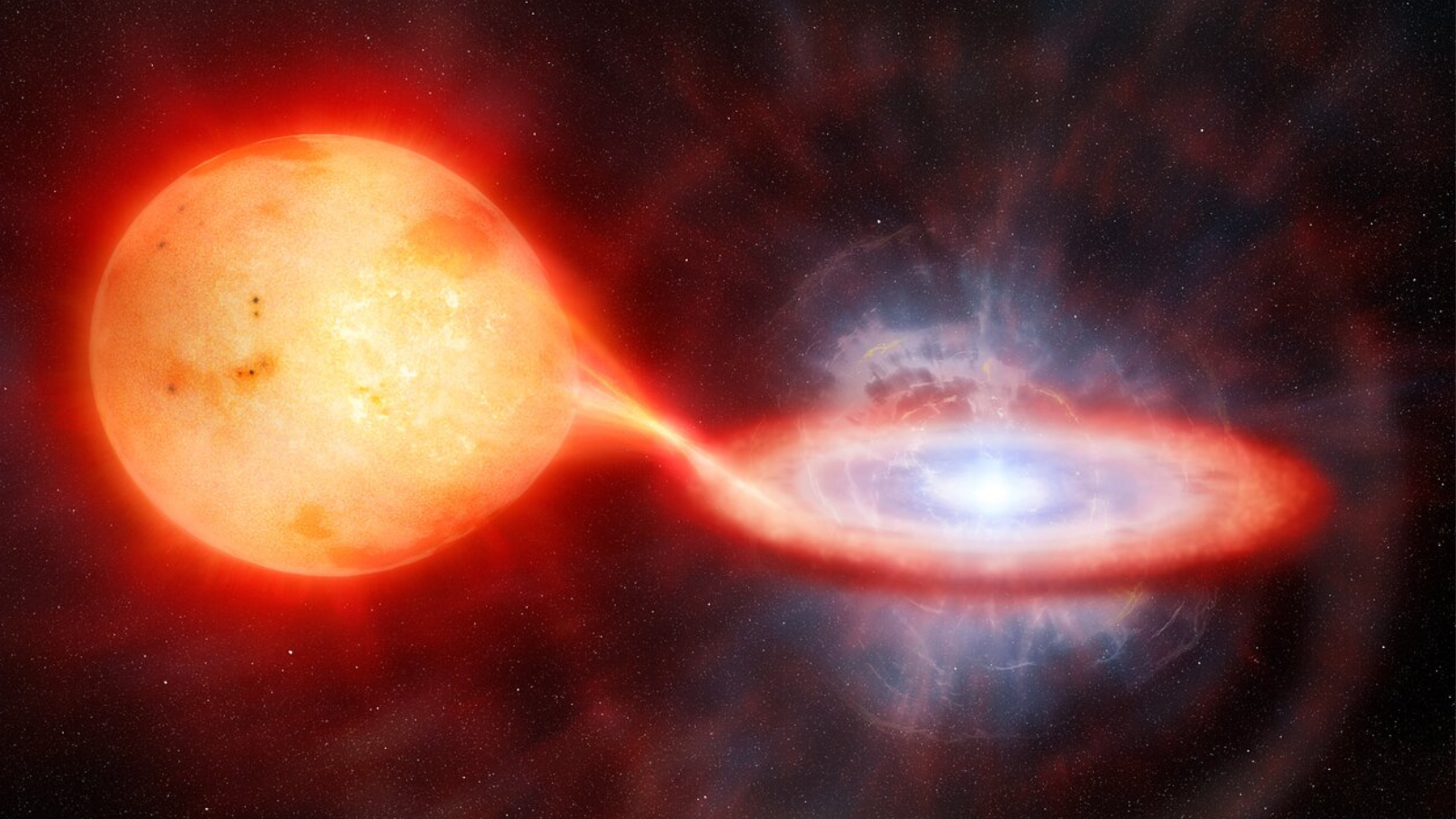

© International Gemini Observatory/NOIRLab/NSF/AURA/M. Garlick, M. Zamani
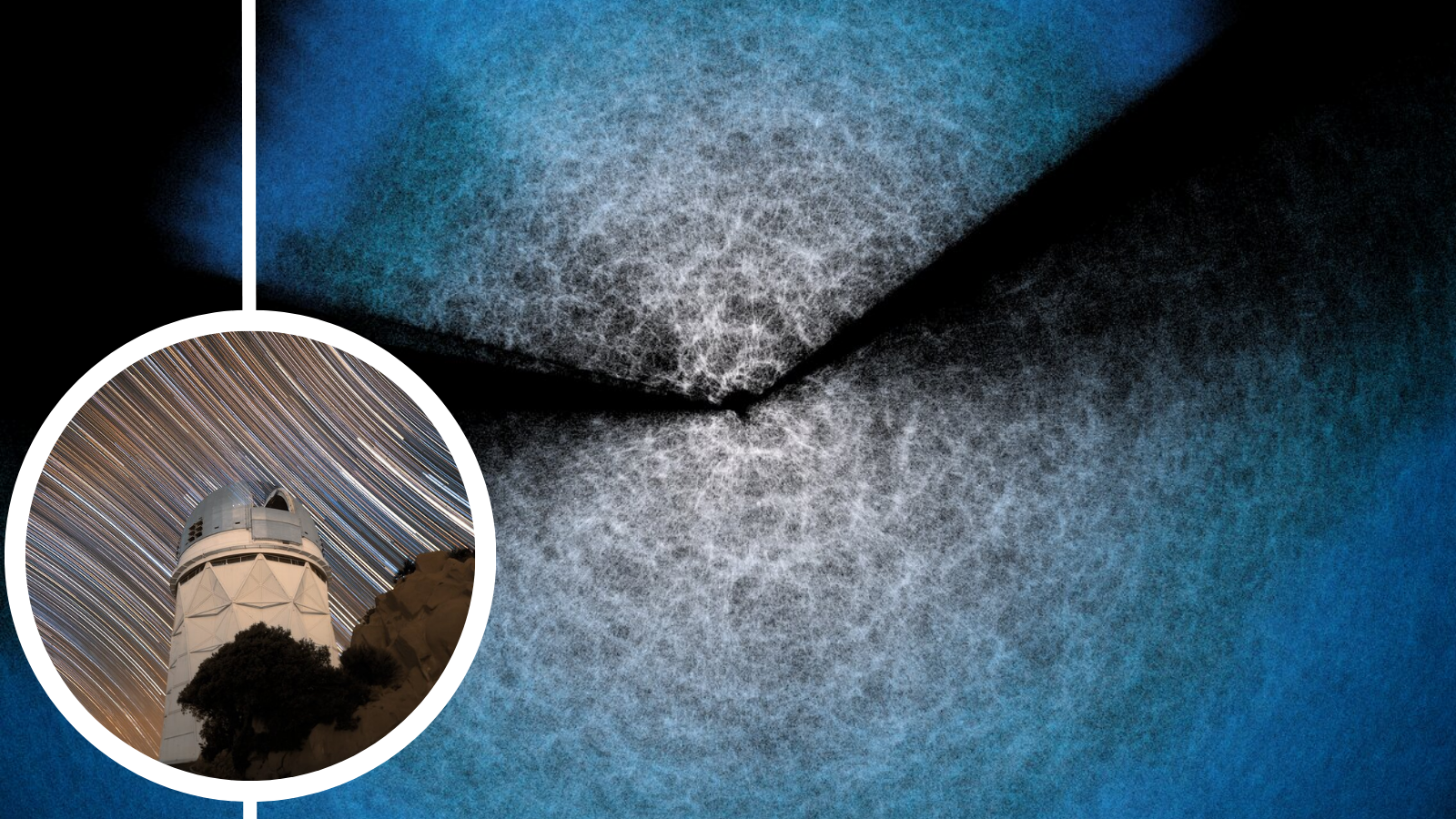

© DESI Collaboration /DOE /KPNO /NOIRLab /NSF /AURA/L. Tyas/R. Proctor


© ALMA (ESO/NAOJ/NRAO)/S. Carniani et al./S. Schouws et al/JWST: NASA, ESA, CSA, STScI, Brant Robertson (UC Santa Cruz), Ben Johnson (CfA), Sandro Tacchella (Cambridge), Phill Cargile (CfA)
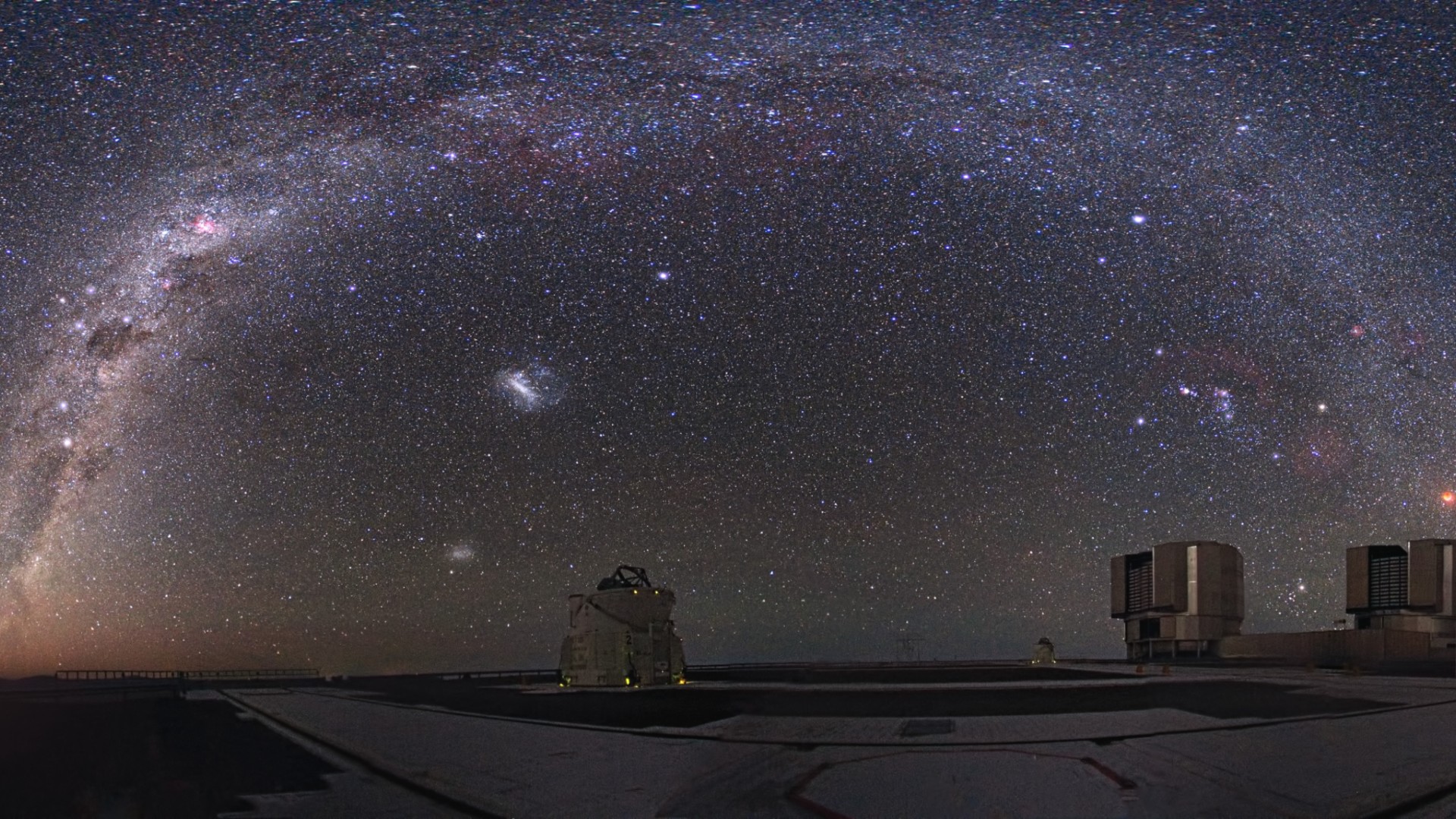

© ESO/<a href="https://www.facebook.com/PetrHoralekPhotography">P. Horálek</a>
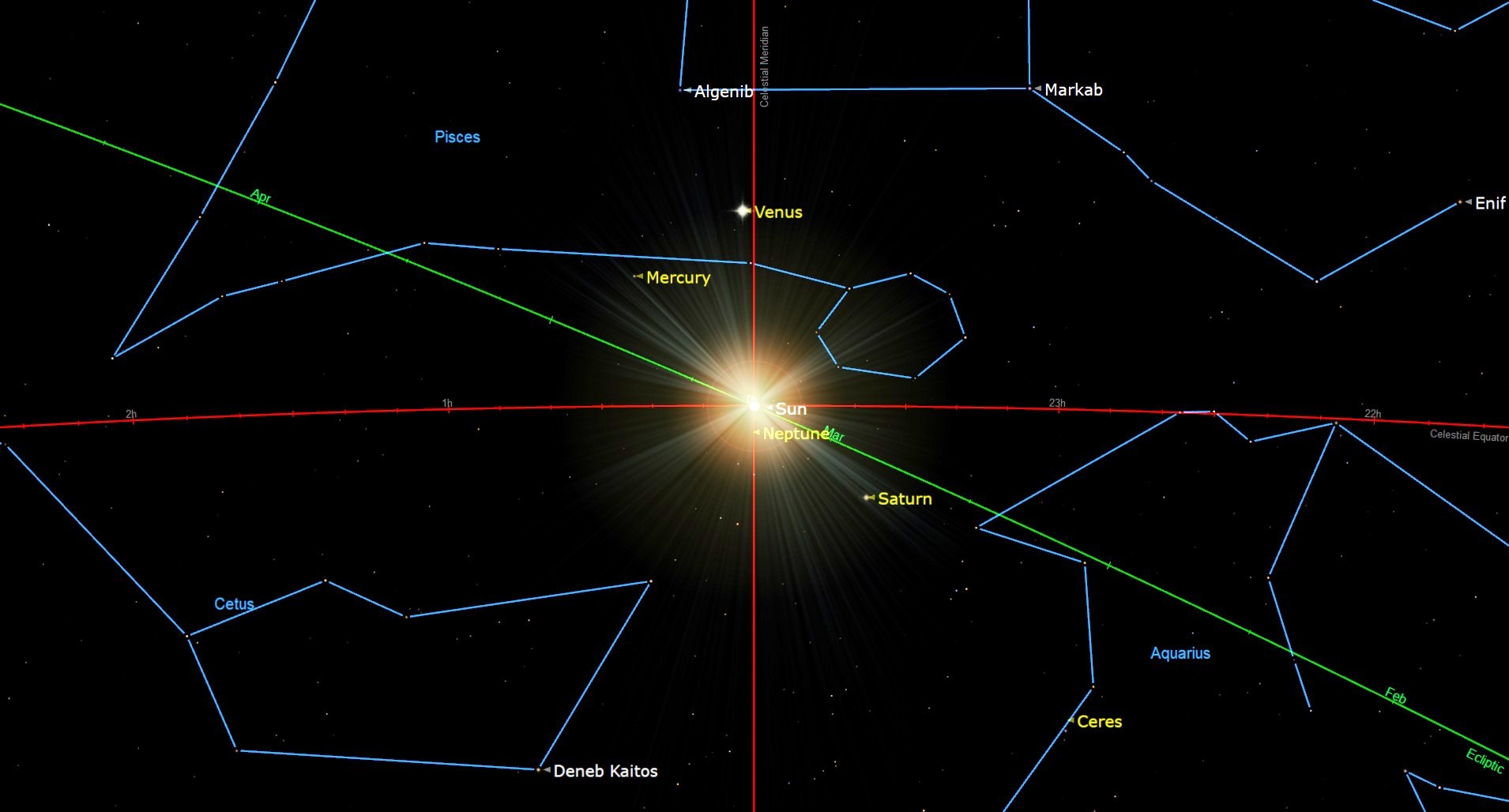

© Chris Vaughan/Starry Night
Author(s): Michael Schirber
Experiments support a controversial proposal to generate electricity from our planet’s rotation by using a device that interacts with Earth’s magnetic field.
[Physics 18, 62] Published Wed Mar 19, 2025
Author(s): Katherine Wright
The Euclid satellite released its first trove of galaxy data based on seven days of deep-field observations in three sky areas.
[Physics 18, 64] Published Wed Mar 19, 2025
Author(s): Ryan Wilkinson
A characteristic feature of twisted graphene bilayers has now been seen in an analogous acoustic system.
[Physics 18, s35] Published Wed Mar 19, 2025


© Disney/Pixar


© Apple

After 268 days aboard the International Space Station (ISS), NASA astronauts Butch Wilmore and Suni Williams made their highly anticipated return to Earth on Tuesday evening. But while they are back on solid ground, the vehicle that flew them to the orbital laboratory faces an uncertain future. Wilmore and Williams were commander and pilot, respectively,Continue reading "What’s next for Boeing Starliner?"
The post What’s next for Boeing Starliner? appeared first on Astronomy Magazine.

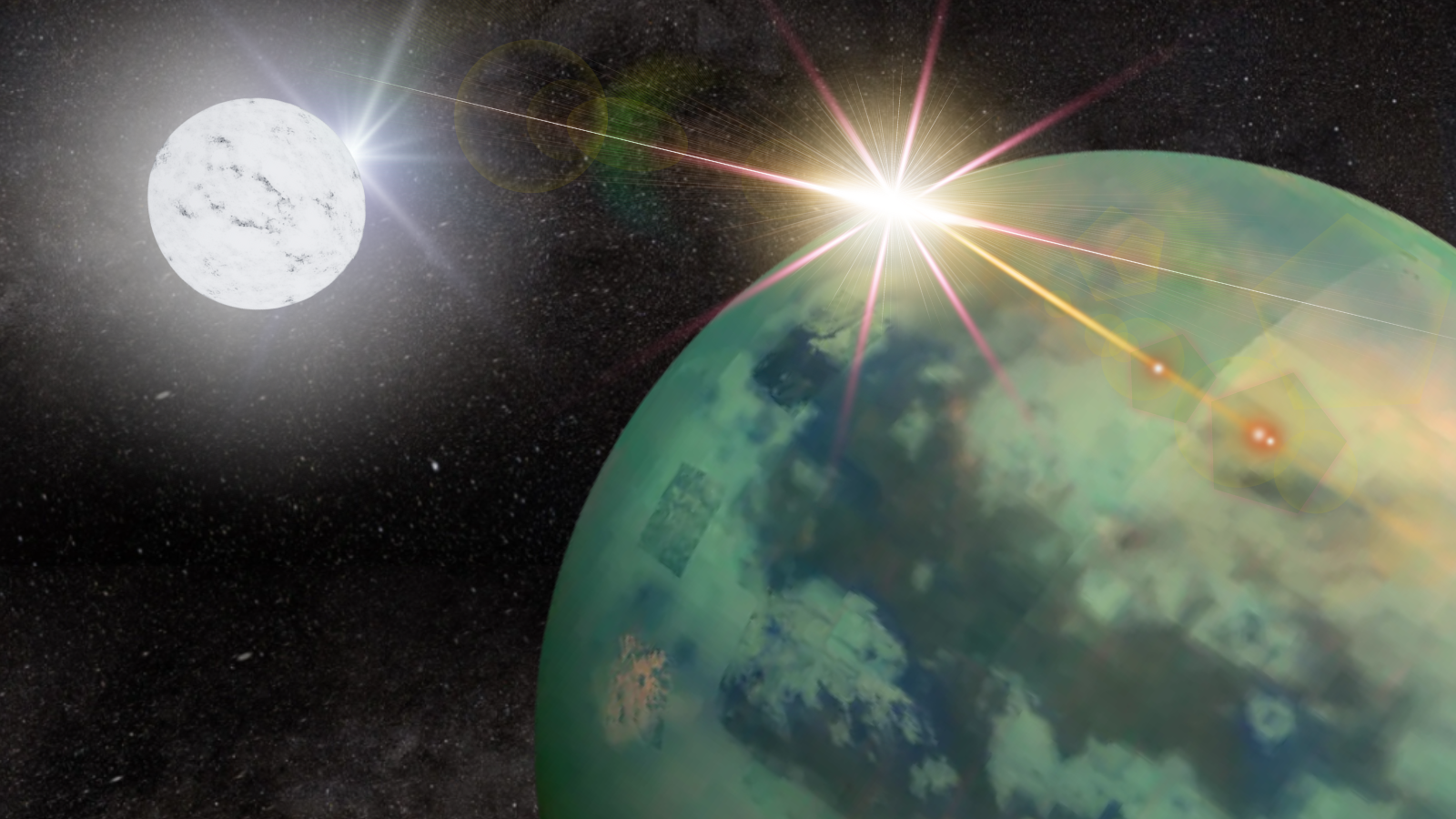

© Robert Lea (created with Canva)
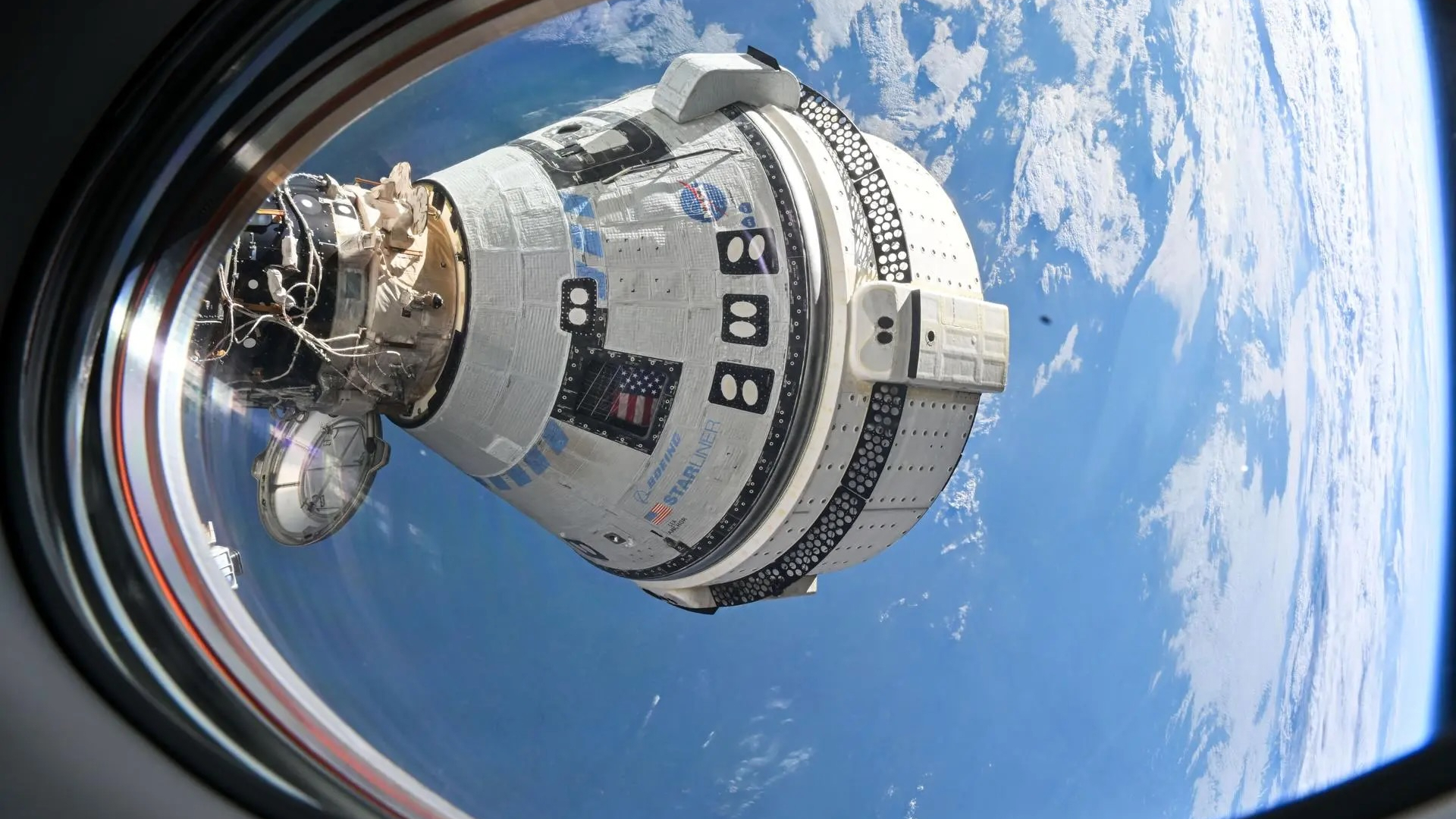

© NASA
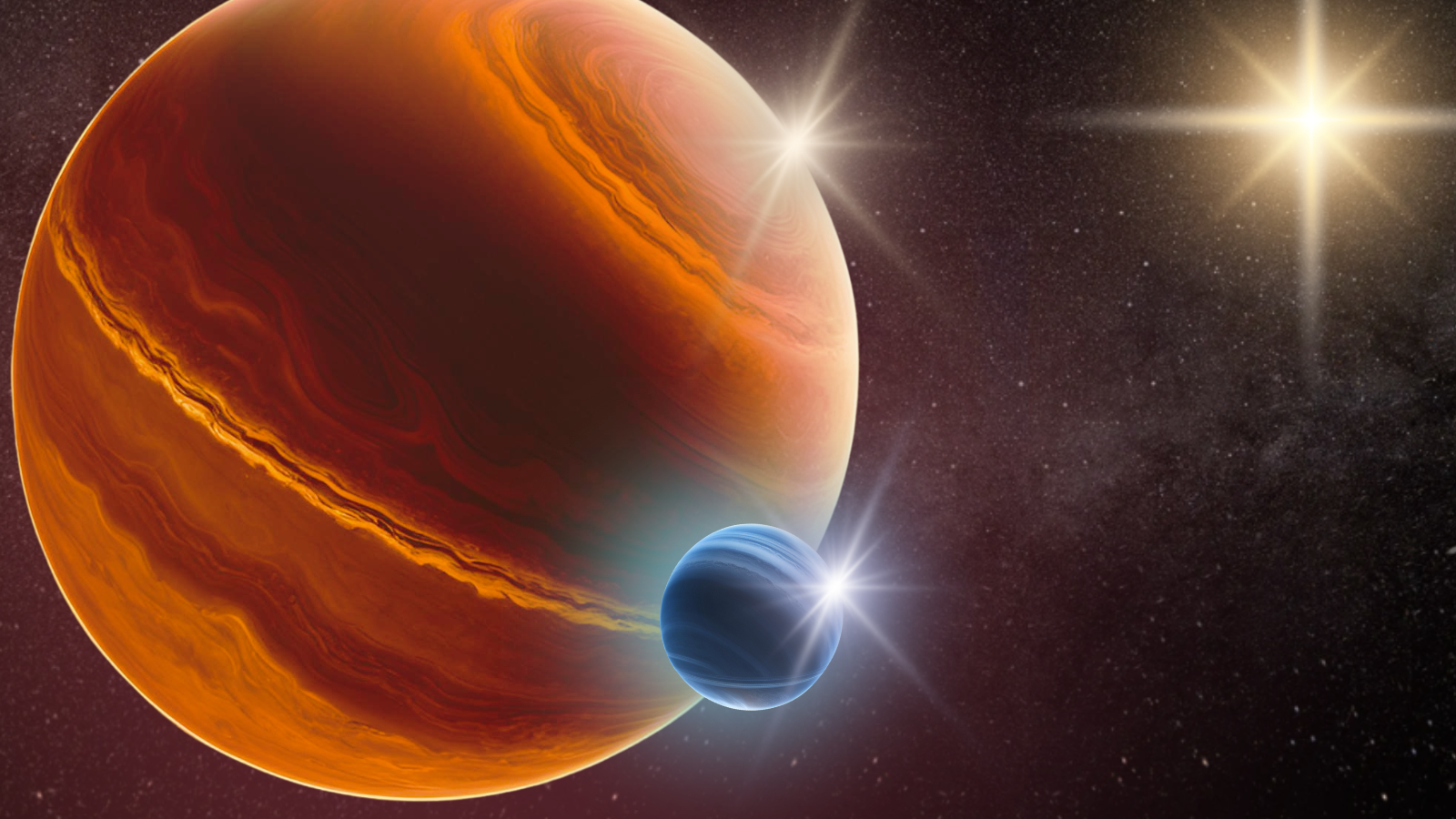

© Robert Lea (created with Canva)


© Frederick M. Brown/Getty Images

Astronomers at the University of Michigan have discovered a new satellite of the Andromeda Galaxy (M31), the Milky Way’s closest major galactic neighbor, and it has broken the record for the faintest such galaxy yet discovered. Both the Milky Way and Andromeda are known to have a slew of smaller galaxies that orbit them, caughtContinue reading "Andromeda has a new faintest satellite galaxy"
The post Andromeda has a new faintest satellite galaxy appeared first on Astronomy Magazine.

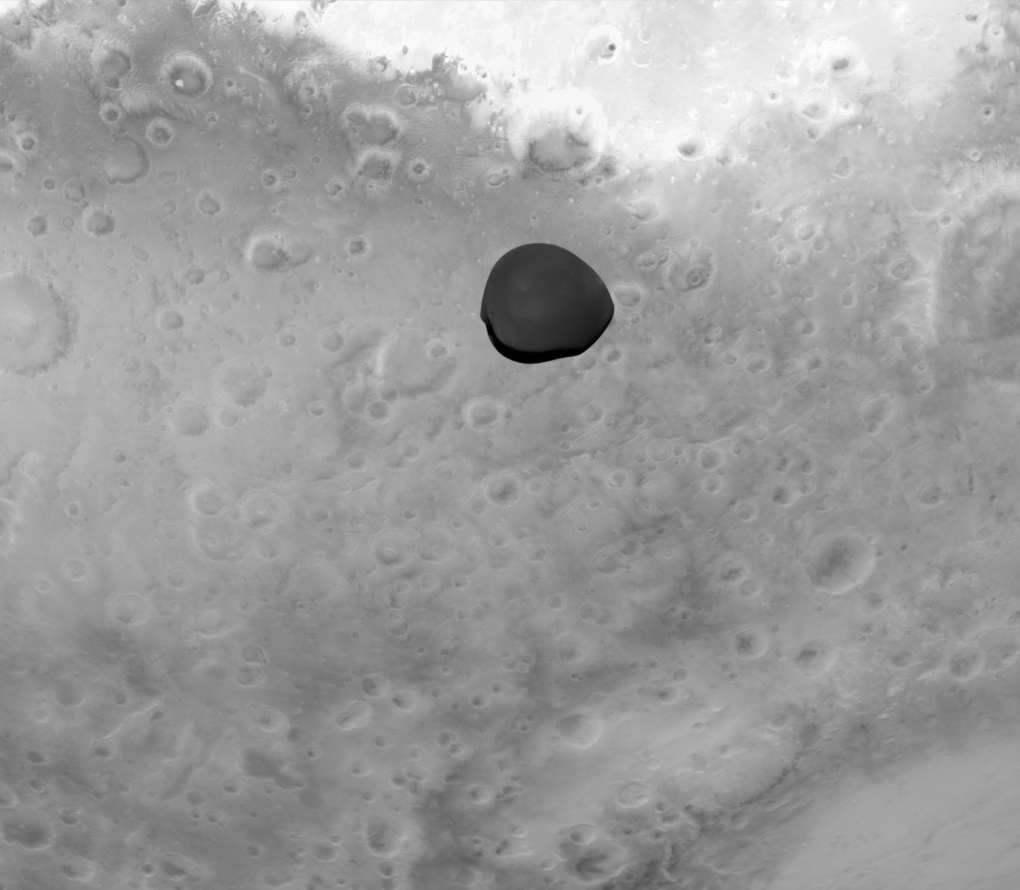
Hera, European Space Agency’s (ESA) flagship planetary defense mission that launched in October 2024, took images of Mars and Deimos, one of its two moons, yesterday. The mission’s flyby was used as a gravity assist to its final destination at the binary asteroid system Dimorphos and Didymos. The mission also used this journey past MarsContinue reading "Martian moon caught on camera during Hera flyby"
The post Martian moon caught on camera during Hera flyby appeared first on Astronomy Magazine.



© Getty Images
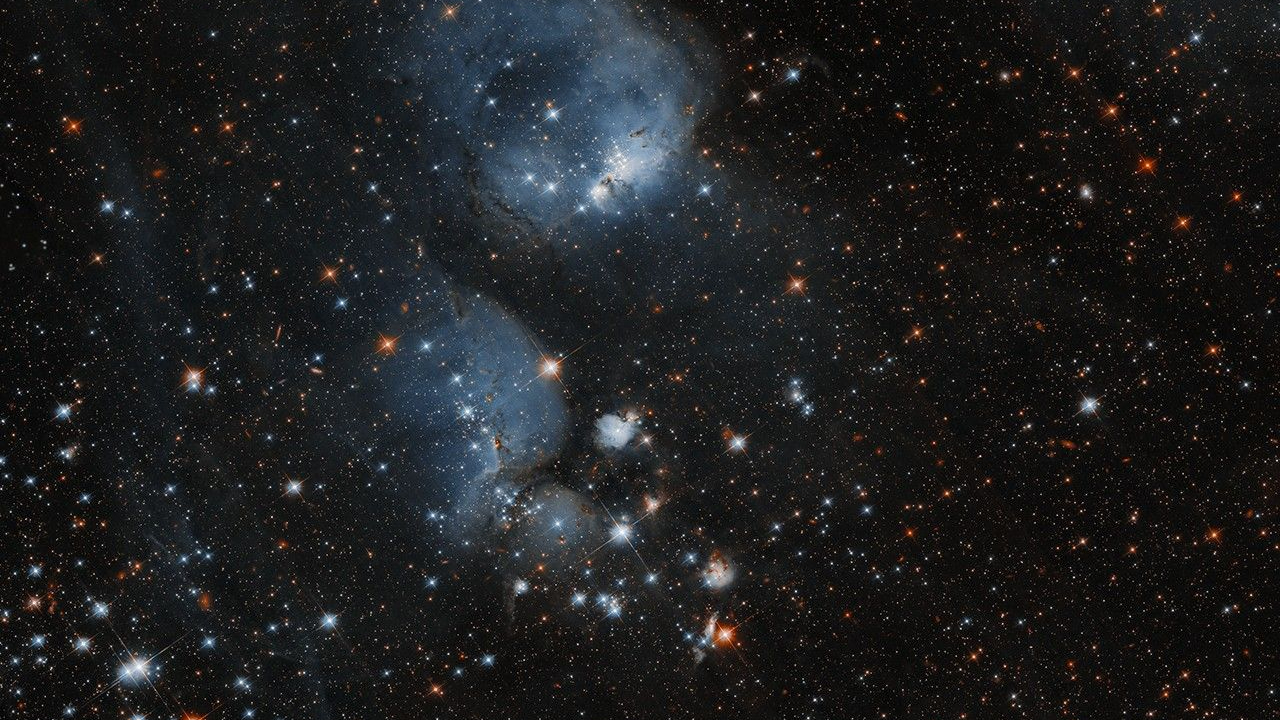

© NASA, ESA, and C. Lindberg (The Johns Hopkins University); Processing: Gladys Kober (NASA/Catholic University of America)


© NASA


© Future/Amazon


© Andre van der Hoeven/NASA/ESA


© Gearbox/2K


© Panachoi/Getty Images


© SpaceX
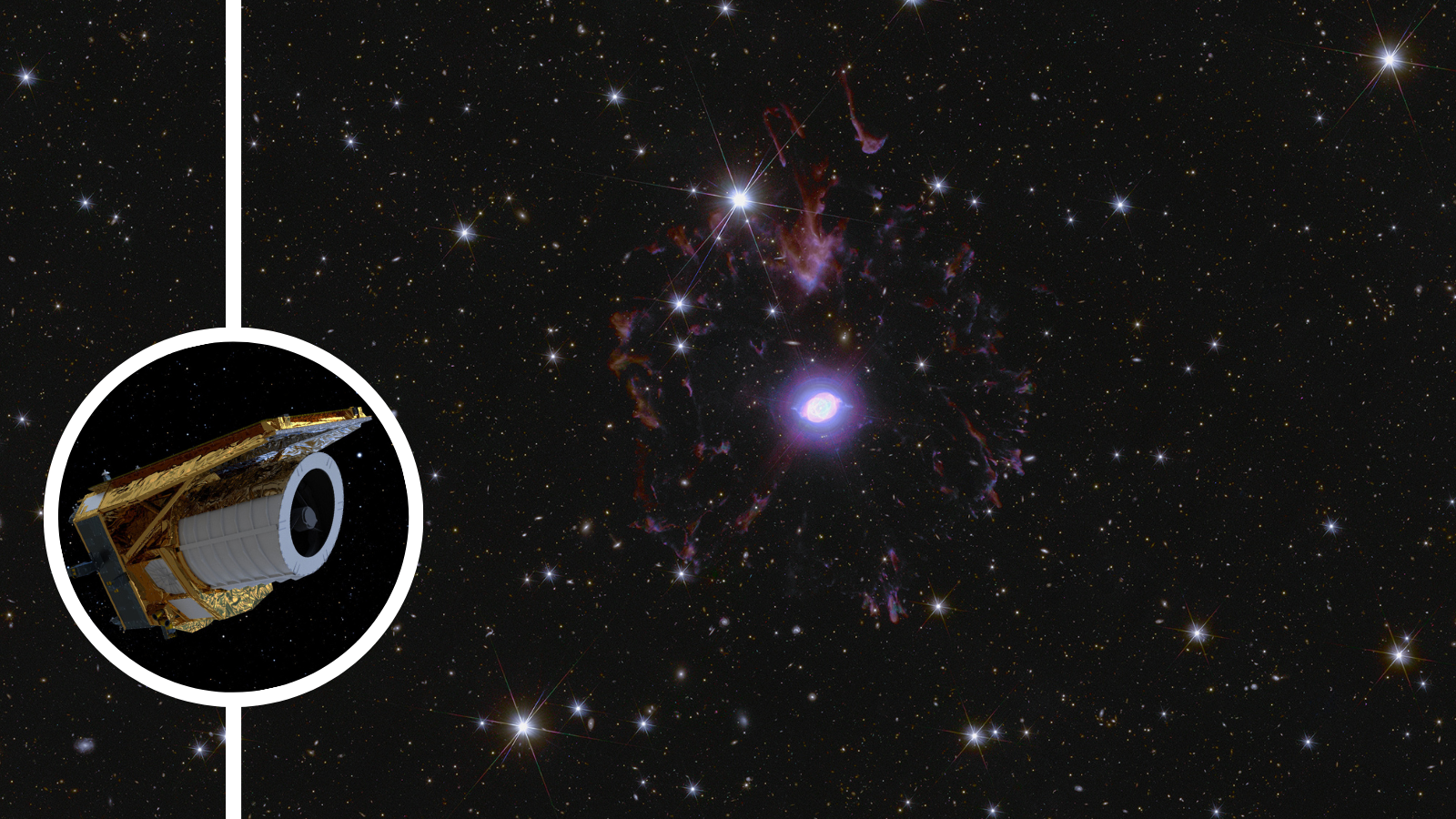

© ESA/Euclid/Euclid Consortium/NASA, image processing by J.-C. Cuillandre, E. Bertin, G. Anselmi
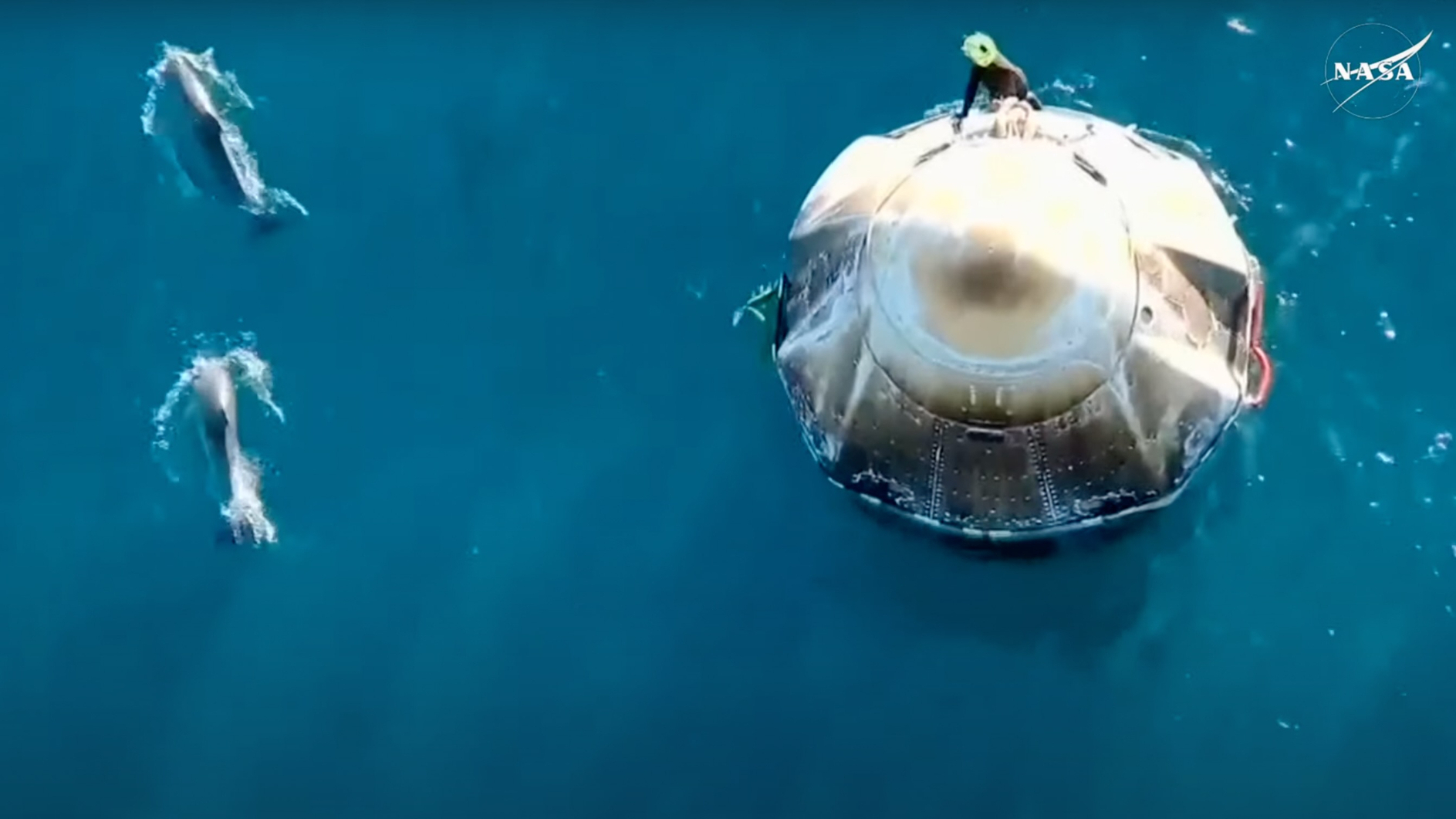

© NASA

SpaceX’s Dragon Freedom capsule safely splashed down in the Gulf of Mexico on Tuesday evening bringing astronauts Barry “Butch” Wilmore and Sunita “Suni” Williams home after the two spent 286 days in space aboard the International Space Station.
The post SpaceX capsule returns NASA astronauts after nine months aboard ISS appeared first on Astronomy Magazine.

Author(s): Marric Stephens
Measuring how efficiently an isotope captures neutrons of various energies both confirms and refutes some surprising recent results.
[Physics 18, s33] Published Tue Mar 18, 2025


© SpaceX
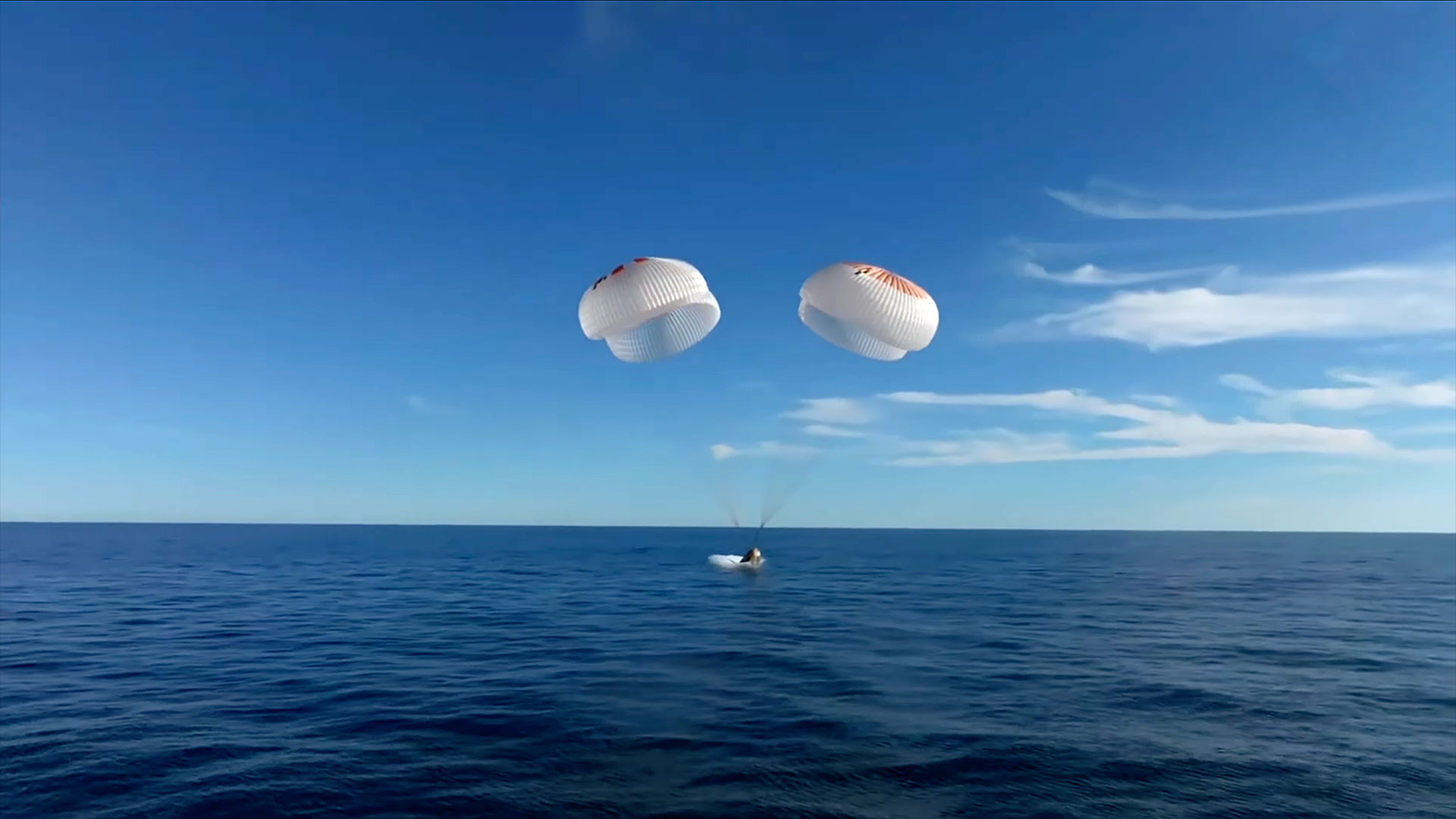

© NASA+
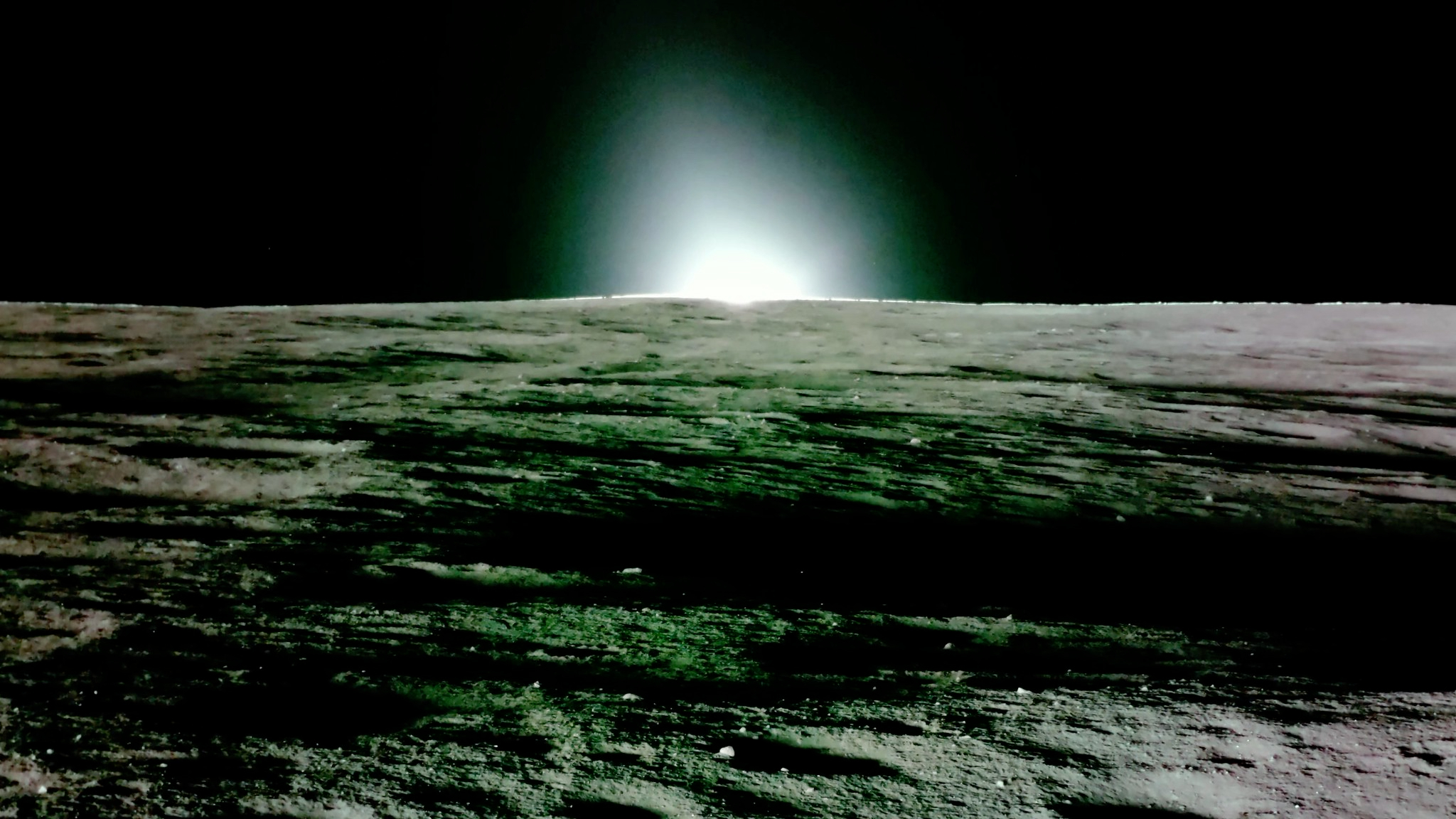

© Firefly Aerospace
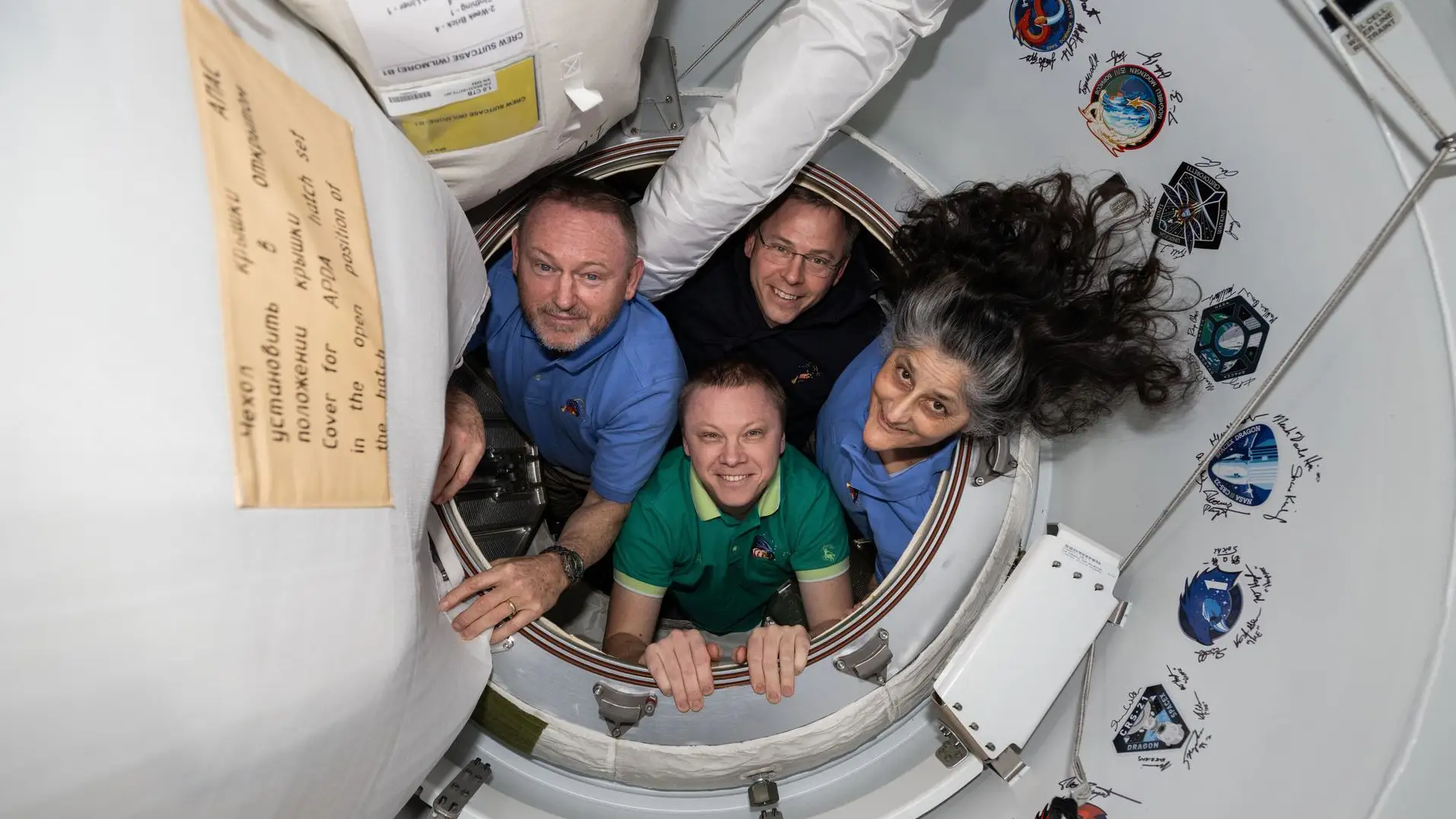
NASA astronauts Butch Wilmore and Suni Williams, who flew to the International Space Station (ISS) in June for an intended eight-day stay, are expected to finally return to Earth Tuesday after spending more than nine months orbiting the planet. The space agency on Sunday said it expects the astronauts — the commander and pilot ofContinue reading "How to watch: Starliner crew set for splashdown after nine-month ISS stay"
The post How to watch: Starliner crew set for splashdown after nine-month ISS stay appeared first on Astronomy Magazine.



© SpaceX

Powering spacecraft with solar energy may not seem like a challenge, given how intense the Sun’s light can feel on Earth. Spacecraft near the Earth use large solar panels to harness the Sun for the electricity needed to run their communications systems and science instruments. However, the farther into space you go, the weaker theContinue reading "Inside radioisotope generators, the ‘nuclear batteries’ that power faraway spacecraft"
The post Inside radioisotope generators, the ‘nuclear batteries’ that power faraway spacecraft appeared first on Astronomy Magazine.



© NASA/Don Pettit and Babak Tafreshi via X
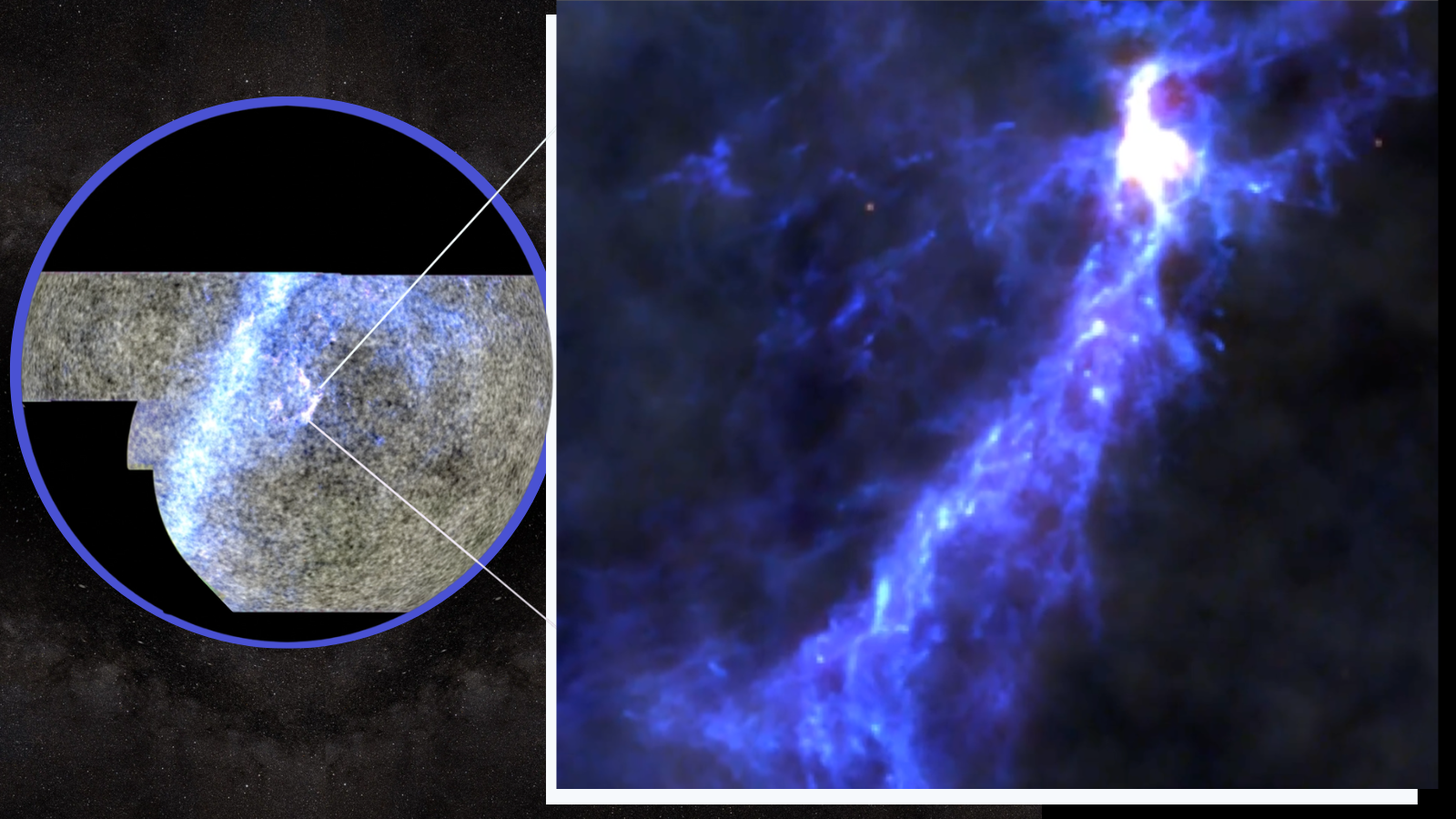

© ACT Collaboration; ESA/Planck Collaboration


© Paramount


© Starlab
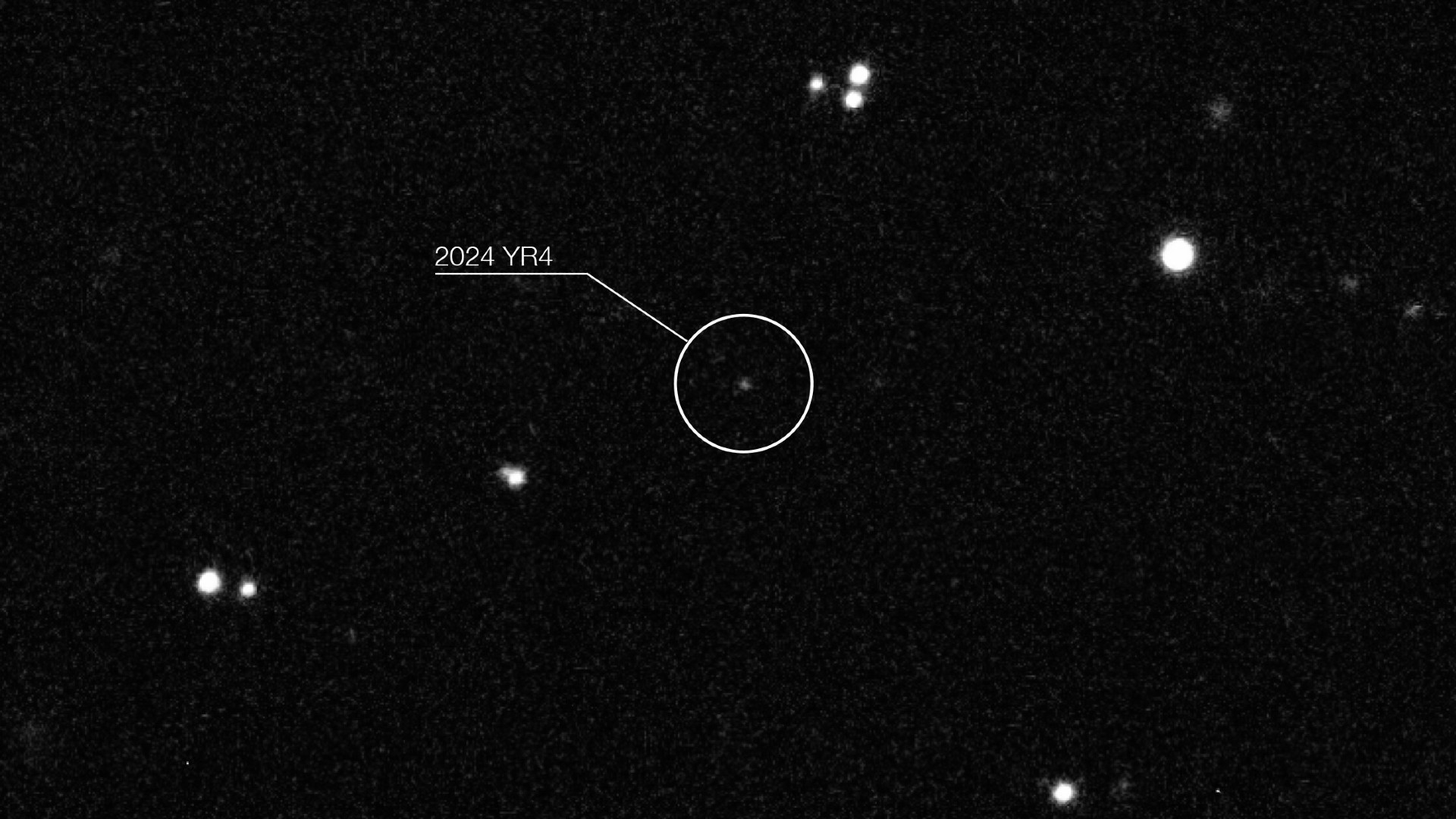

© ESO/O. Hainaut


© NASA
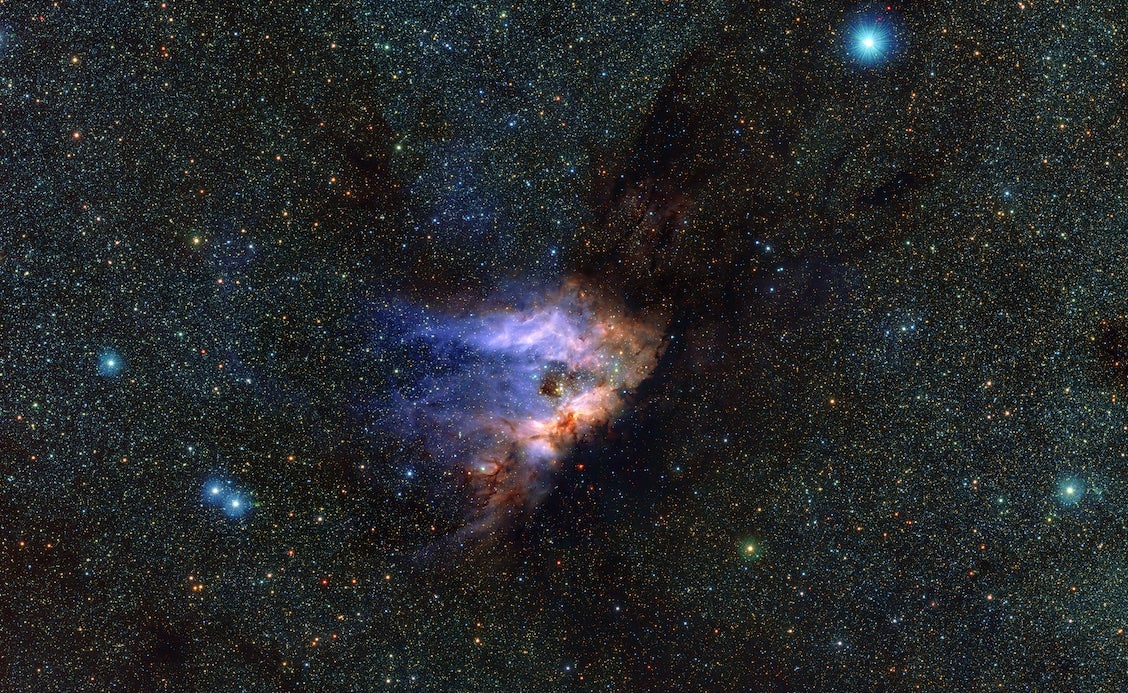
You could forgive M17 for having an identity crisis. Observers refer to this emission region as the Omega, the Swan, and even the Checkmark Nebula. M17 doesn’t even know what constellation to call home — most of it lies in Sagittarius, but its northern edge crosses into Serpens. Yet no one can deny the stellarContinue reading "M17 stars in a cosmic vista"
The post M17 stars in a cosmic vista appeared first on Astronomy Magazine.

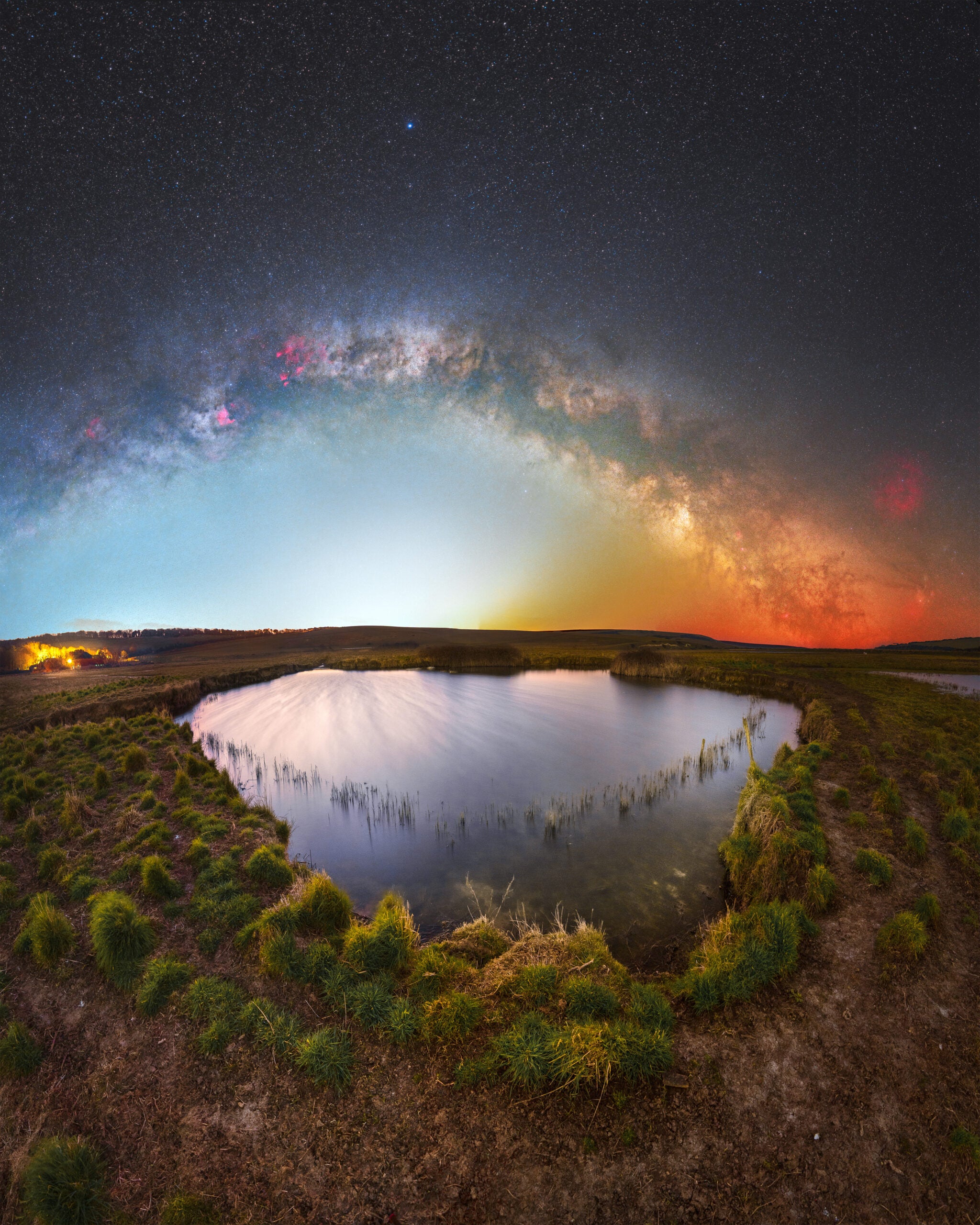
Marco Wong from Redhill, U.K. The Milky Way arches over the Cuckmere River in Sussex, U.K., in this blended panorama. The imager used a Canon DSLR and captured the sky panels with a 28mm f/1.4 and with exposures of 52 seconds at ISO 800; the foreground panels were captured with a 13mm f/2.8 lens atContinue reading "From dusk til dawn"
The post From dusk til dawn appeared first on Astronomy Magazine.



© NASA Goddard Space Flight Center
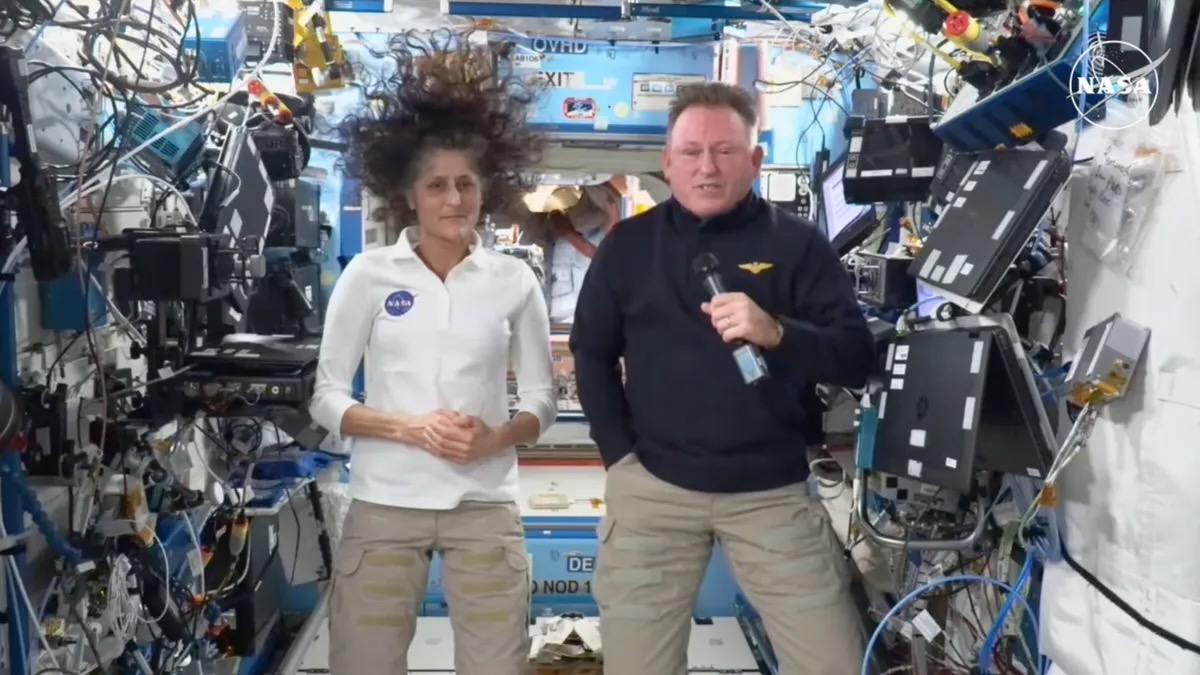

© NASA
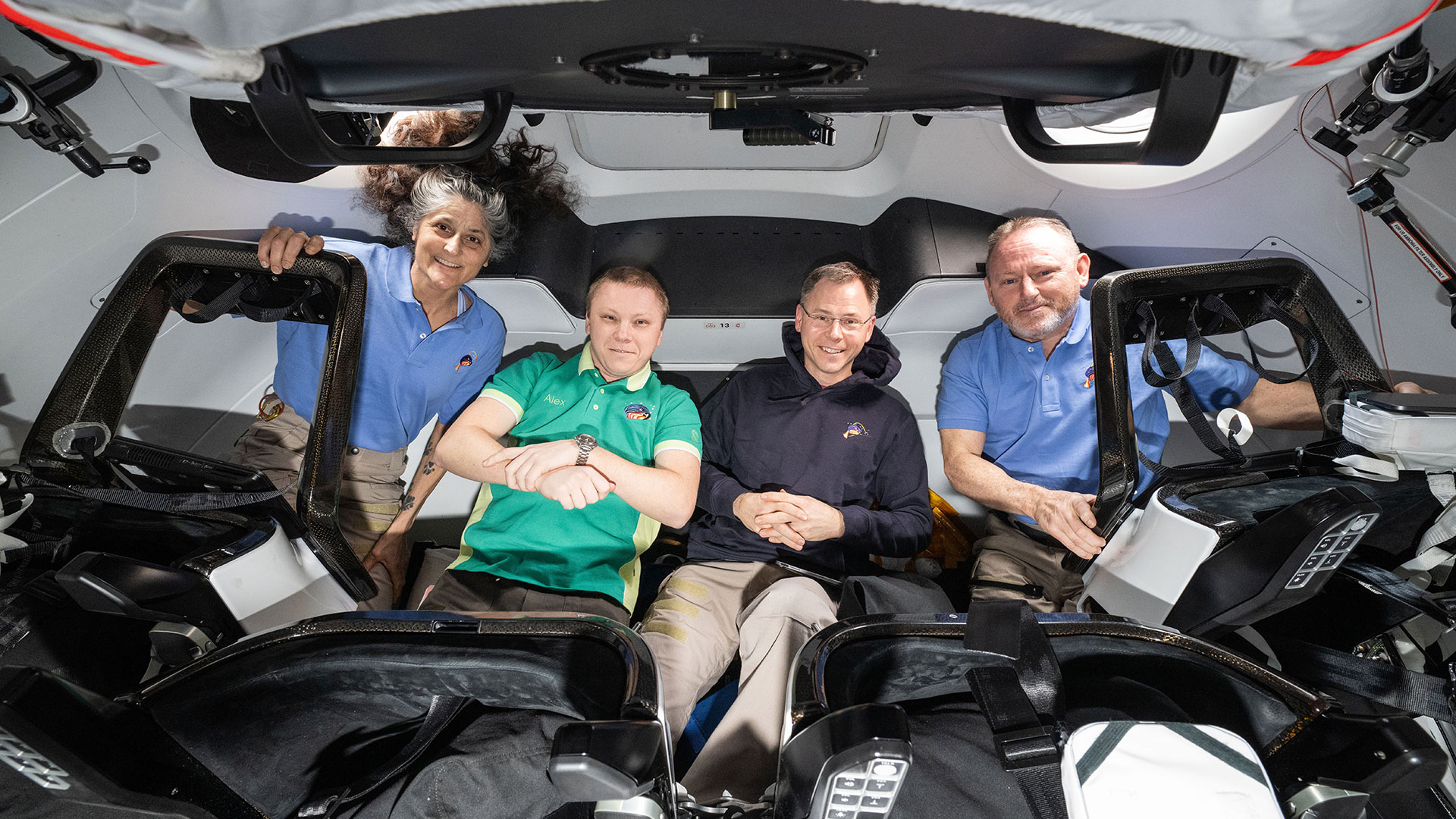

© NASA
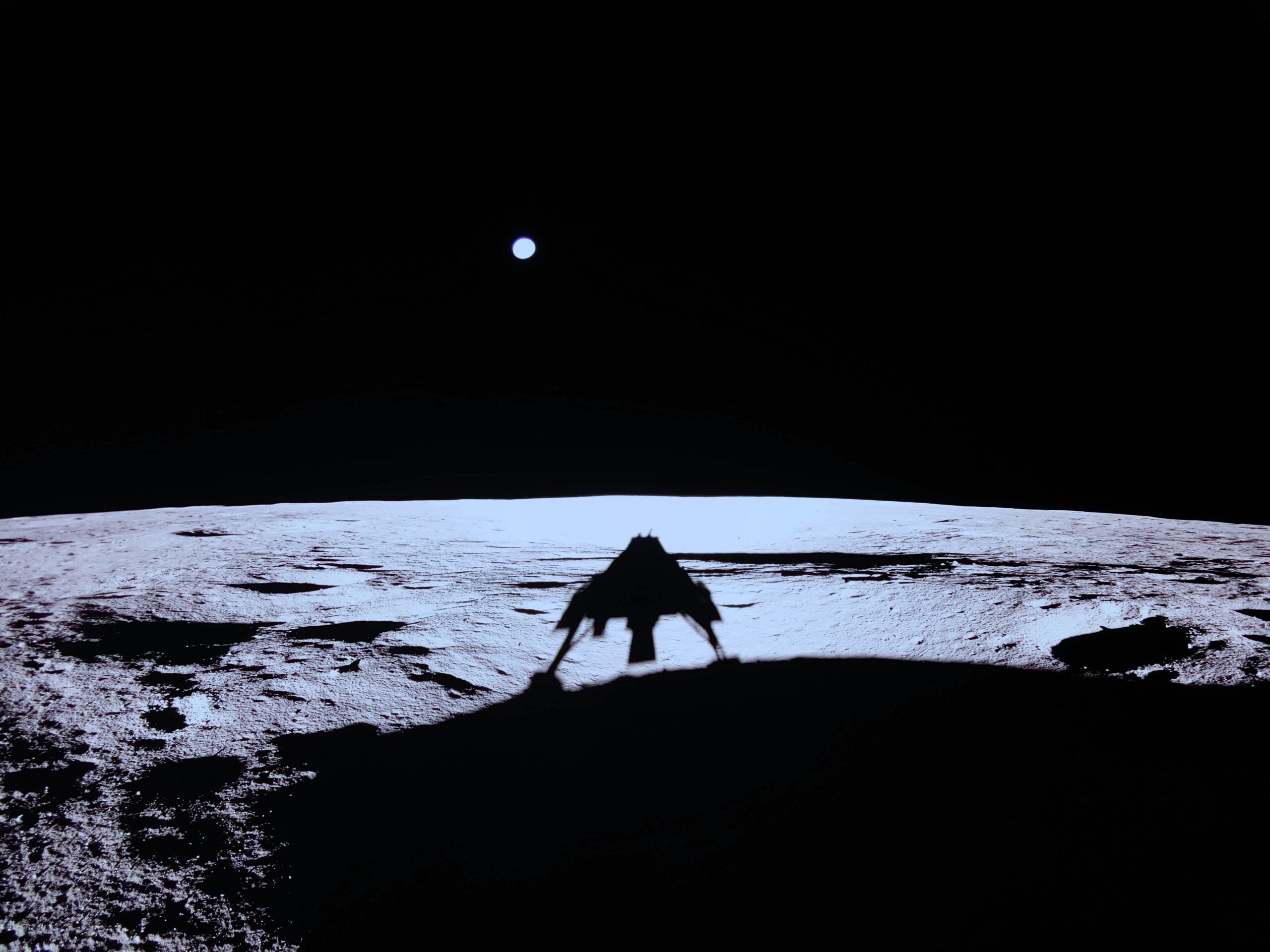
The Blue Ghost lunar lander finished surface operations on March 16, 2025, wrapping up a smashing success of a mission. Designed, built, and flown by Firefly Aerospace, based near Austin, Texas, Blue Ghost executed a flawless two-month-long voyage, capped by a stunning landing and two weeks of operations at Mare Crisium. The success of theContinue reading "Firefly’s Blue Ghost lander nails lunar mission"
The post Firefly’s Blue Ghost lander nails lunar mission appeared first on Astronomy Magazine.

Author(s): Davide Calonico
Researchers have characterized the temperature-induced frequency shifts of a thorium-229 nuclear transition—an important step in establishing thorium clocks as next-generation frequency standards.
[Physics 18, 60] Published Mon Mar 17, 2025


© Varda Space via YouTube


© RubinObs/NOIRLab/SLAC/NSF/DOE/AURA/B. Quint


© Firefly Aerospace


© Sony Pictures

What is the benefit of a 2″ eyepiece compared to a 1¼” eyepiece? Tom NagyNorth Ridgeville, Ohio A 2″ eyepiece delivers a wider true field of view (the actual amount of sky visible) than a 1¼” eyepiece of the same focal length. Two factors determine the true field: the telescope’s focal length and the diameterContinue reading "What is the difference between a 2″ eyepiece and a 1¼” eyepiece?"
The post What is the difference between a 2″ eyepiece and a 1¼” eyepiece? appeared first on Astronomy Magazine.

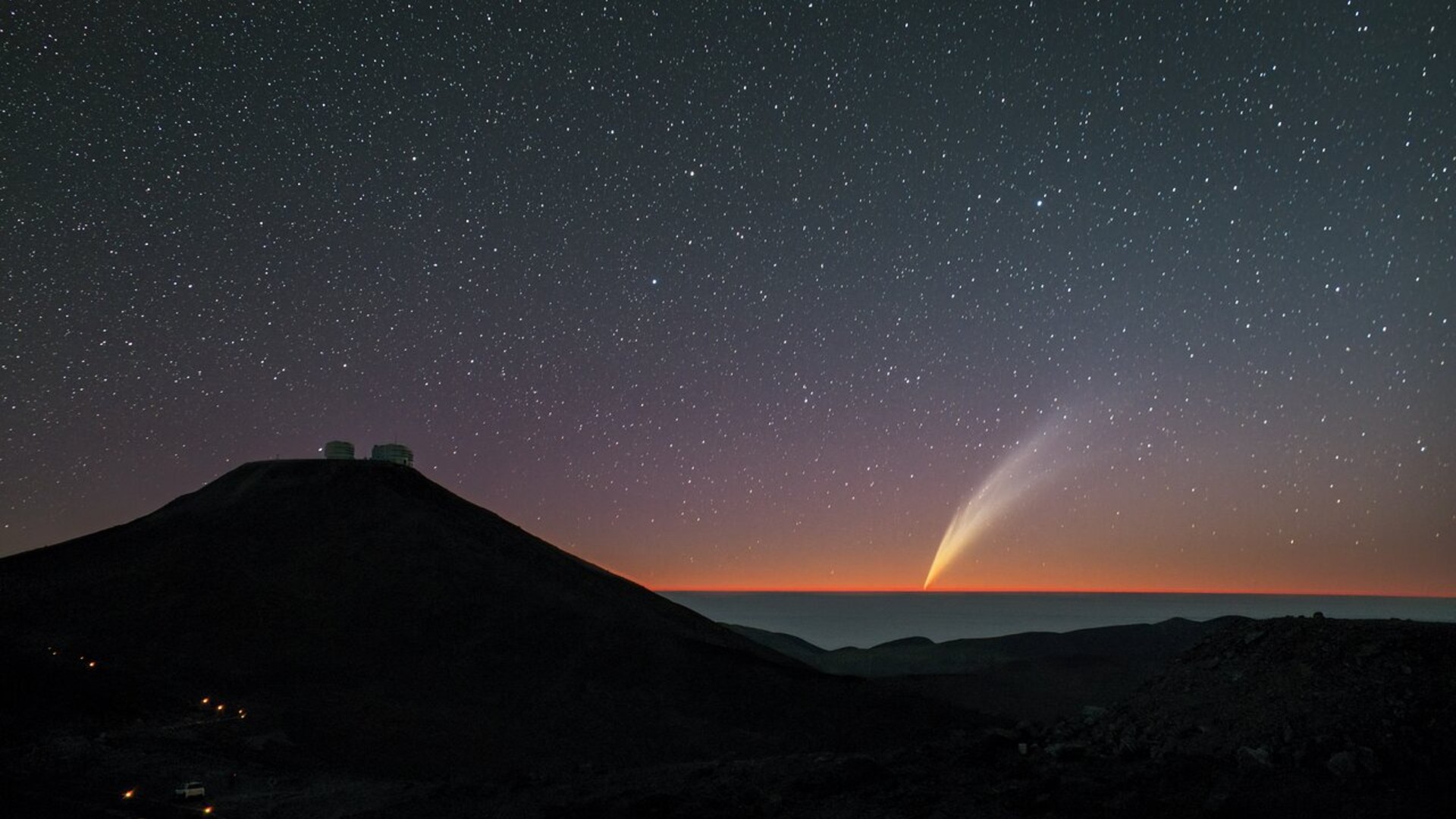

© Florentin Millour/ESO


© Vertigo Releasing, Sony Pictures, and Fantastic Films
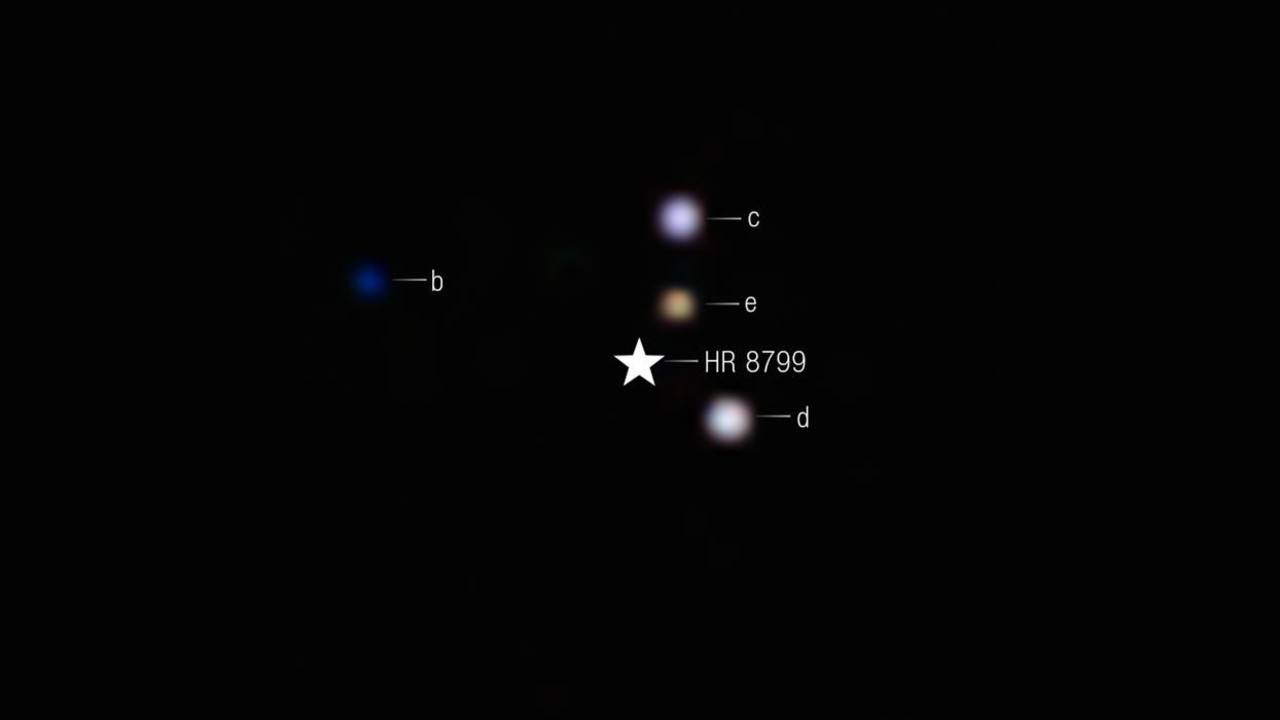

© NASA, ESA, CSA, STScI, W. Balmer (JHU), L. Pueyo (STScI), M. Perrin (STScI)

You know, after decades of pointing optics toward the sky, I consider myself a knowledgeable observer. But while researching the Pleiades a few months back, I was surprised to learn that it wasn’t the brightest star cluster. And there were other surprises when I started comparing overall brightnesses of deep-sky objects. For instance, you mightContinue reading "Observe the brightest deep-sky objects"
The post Observe the brightest deep-sky objects appeared first on Astronomy Magazine.

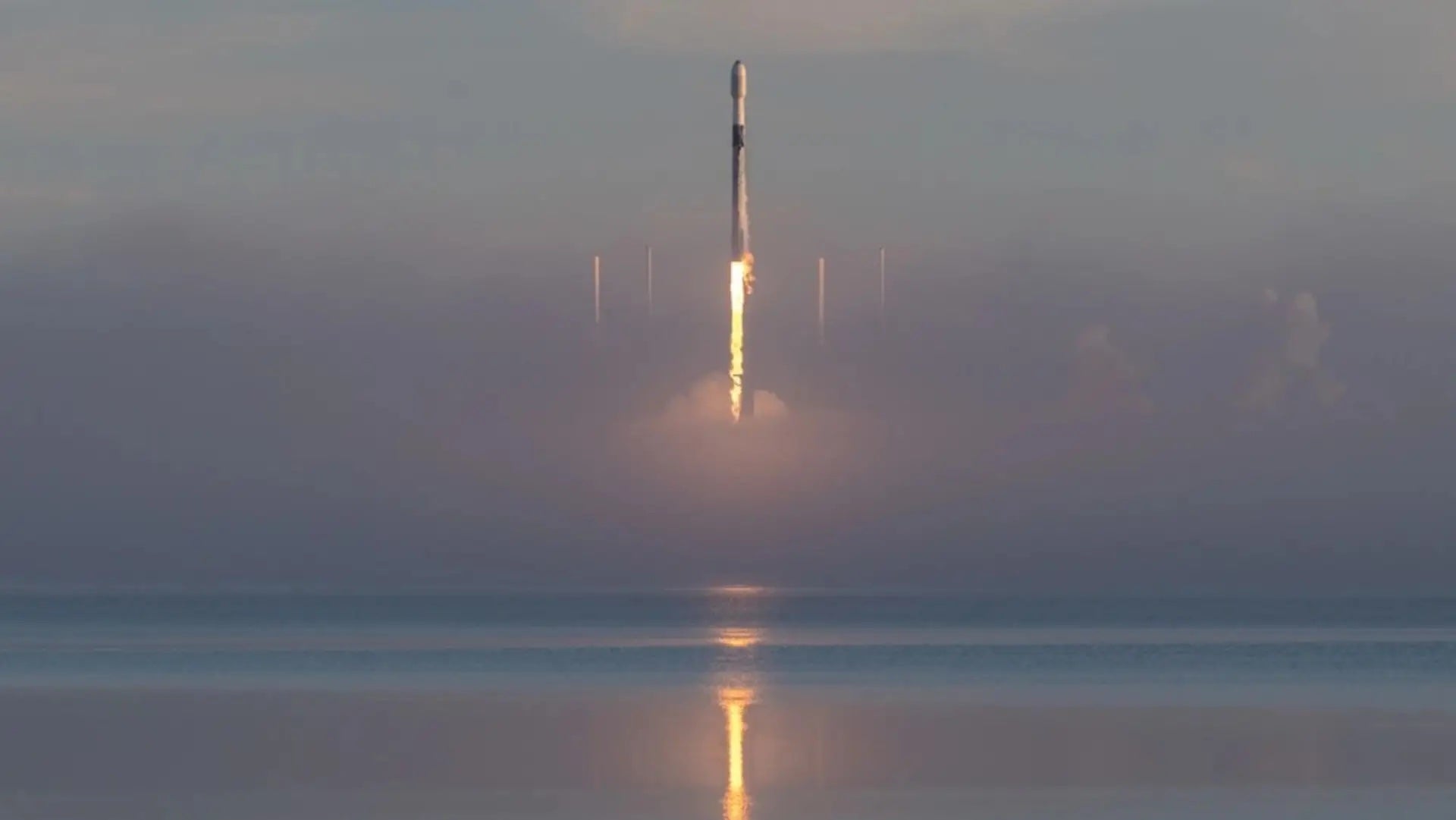
SpaceX, the world’s dominant commercial space launch provider, is looking to ramp up the activity of its workhorse rocket. The FAA on Friday released a draft environmental assessment (EA) analyzing the company’s proposal to more than double the number of Falcon 9 launches from Space Launch Complex 40 (SLC-40) at Cape Canaveral Space Force StationContinue reading "SpaceX proposal would more than double Falcon 9 launches at Cape Canaveral"
The post SpaceX proposal would more than double Falcon 9 launches at Cape Canaveral appeared first on Astronomy Magazine.


In this episode, Astronomy magazine Editor Dave Eicher invites you to head out soon and look at the planets in the evening sky. The highest is Mars, the so-called Red Planet. The giant planet Jupiter is a bit lower but much brighter. Brightest of all is Venus, low in the west. If you want to see thatContinue reading "This Week in Astronomy with Dave Eicher: The Planets Align"
The post This Week in Astronomy with Dave Eicher: The Planets Align appeared first on Astronomy Magazine.



© Celestron